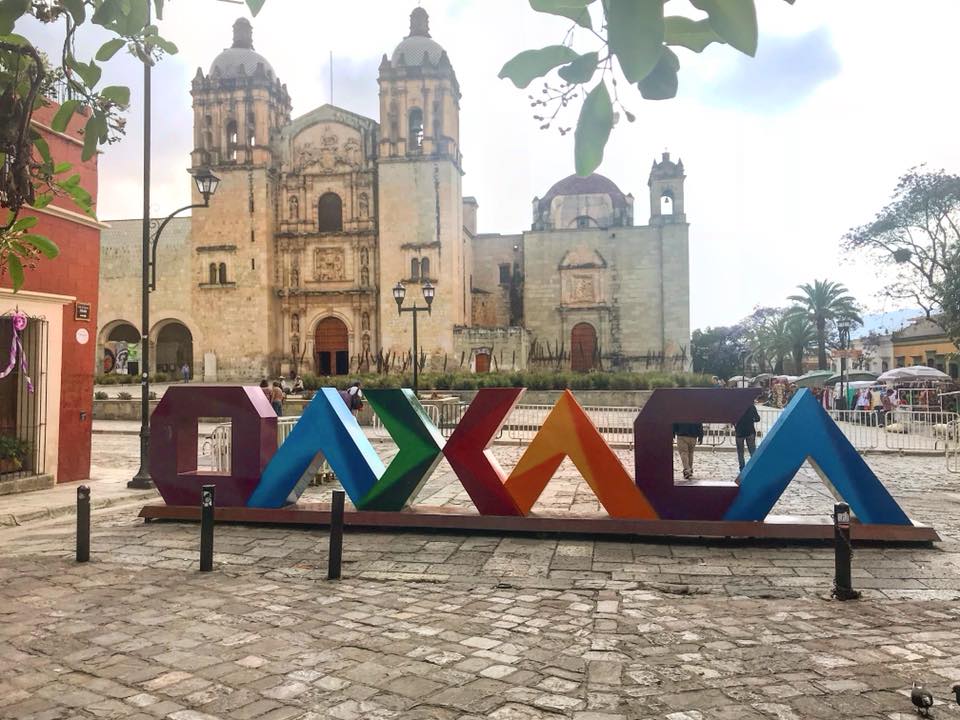
Long weekends are my new jam. I love finding cities to explore over a long weekend. It is a great way to visit a lot of places throughout the year and get a taste for a place or a culture.
One of the best parts of living in South Florida is that the entire Caribbean and basically all of Latin America is within reach for long weekend escapes. The flights are plentiful, inexpensive, and relatively short. And, the destinations are within the same time zone, making for a most epic weekend without all the adjusting when you get back. This is especially true during our tourist season, during the long hot summer months, or during South Florida events that clog up the entire city (I’m looking at you, boat show, Ultra, Art Basel, and South Beach Wine and Food Festival).
I was always kind of put off by Mexico. I considered it a touristy spring break place. Don’t get me wrong, it is partly still that in some places. But, in my hunt for weekend escapes, I started to become more open about traveling to Mexico. And, I have found that there are some gems that offer culture, ruins, gastronomical experiences, and outdoor activities. Gems like Mexico City, Merida, Tulum, San Miguel de Allende, and Oaxaca!
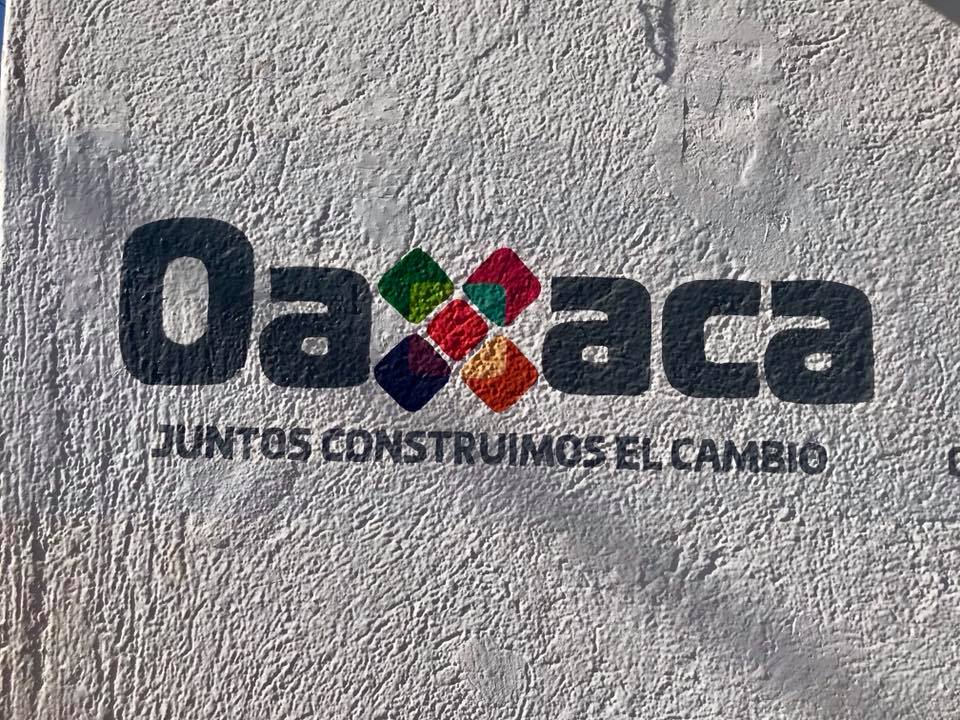
Oh What Ah?!? Oh-Ha-Kah. If you are a major foodie, you have probably heard about this place. If not, then allow me to introduce you to Oaxaca, located in Southern Mexico.
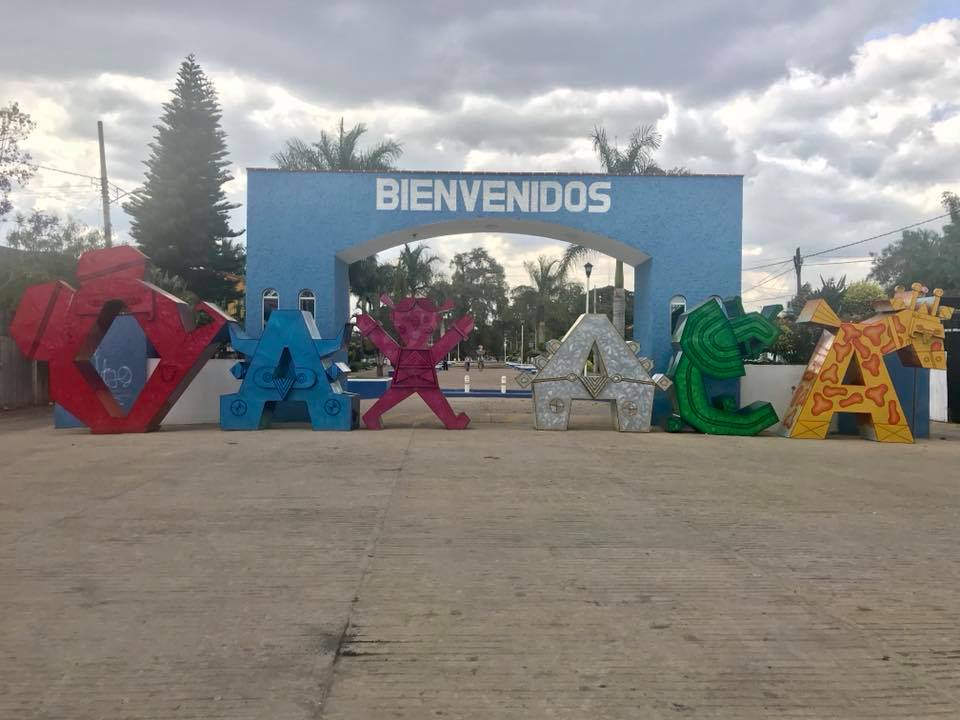
It is known for its incredible food (it claims to be the origin of mole sauce; apparently there are seven different kinds!), mezcal (a spirit that is kind of like tequila distilled from agave), crafts, and its epic Dia de los Muertos (Day of the Dead) celebrations.
Day of the Dead is kind of like Mexican Halloween, except much more fascinating and colorful. It is one of the biggest celebrations of the year for Mexican people, and the celebrations take place over several days from October 31 to November 2. The hallmarks of the holiday are millions of colorful flowers and all those cute little colorful skulls with flowers adorning them!
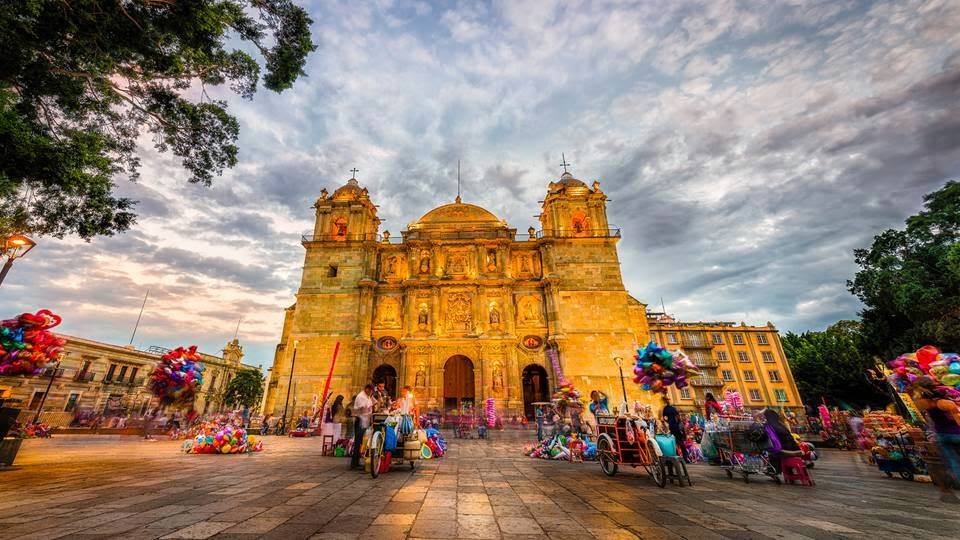
But the Mexican people save up some celebration for other holidays, too. Like Easter, which is when we traveled to Oaxaca. We had a limited amount of time and A LOT of things on our to do list, so we hired Anotnio from Travel To Oaxaca Day Tours. Best. Decision. Ever. He was responsive during the trip planning process, helping to tailor our itinerary. He was punctual, had a clean and comfortable car with A/C, spoke great English, and was a wealth of information. He never said “No,” and made sure we got to see everything we wanted to, and even added in some gems for us. He was also very reasonably priced. I highly recommend him. Seriously. Tell him I sent you!
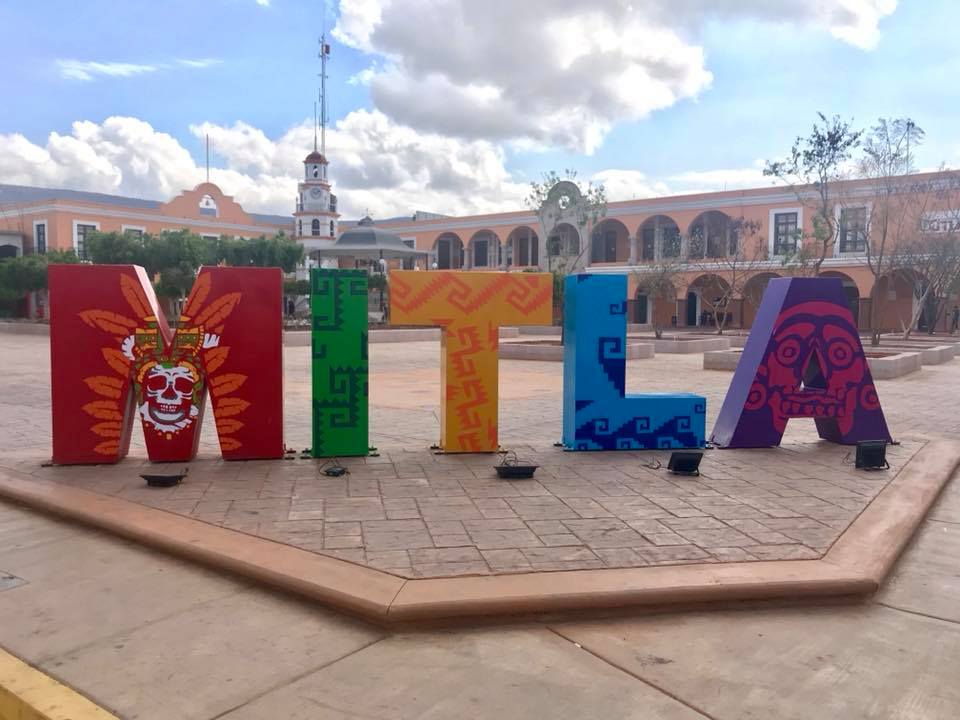
On our first day, we visited the archaeological site of Mitla. Mitla is the second most important archaeological site in Oaxaca. It is also the most important of the Zapotec culture.
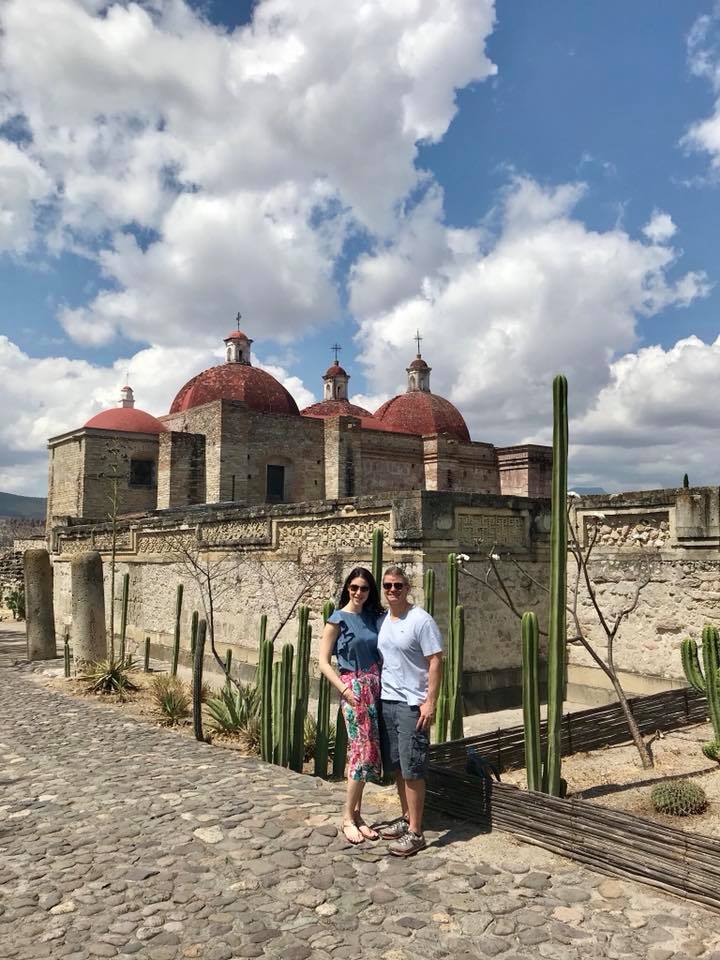
It was surprisingly empty, and it was beautiful.
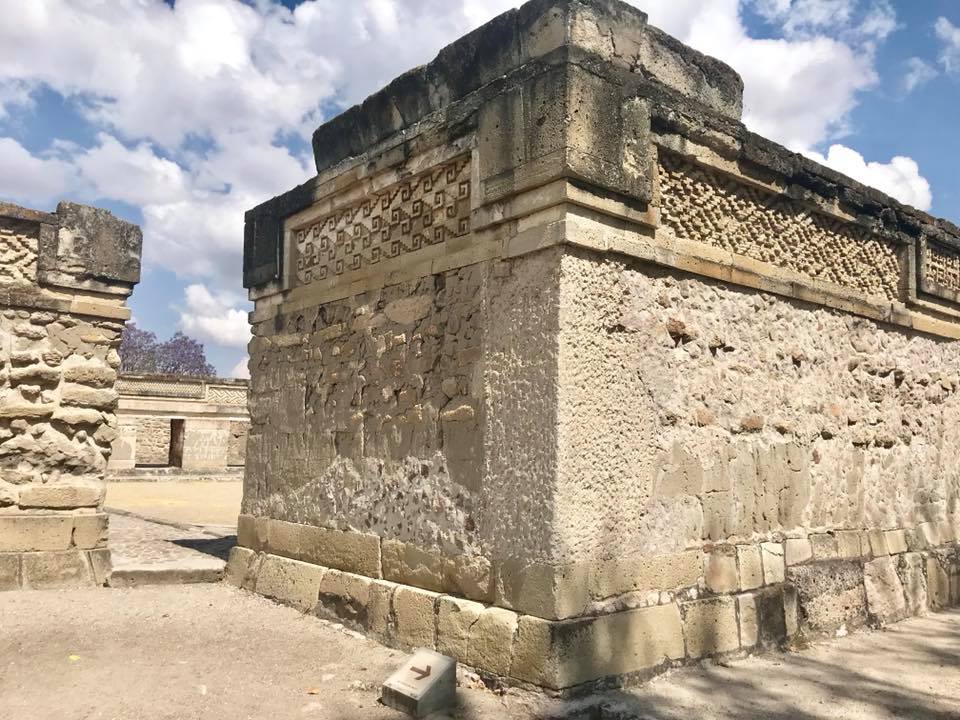
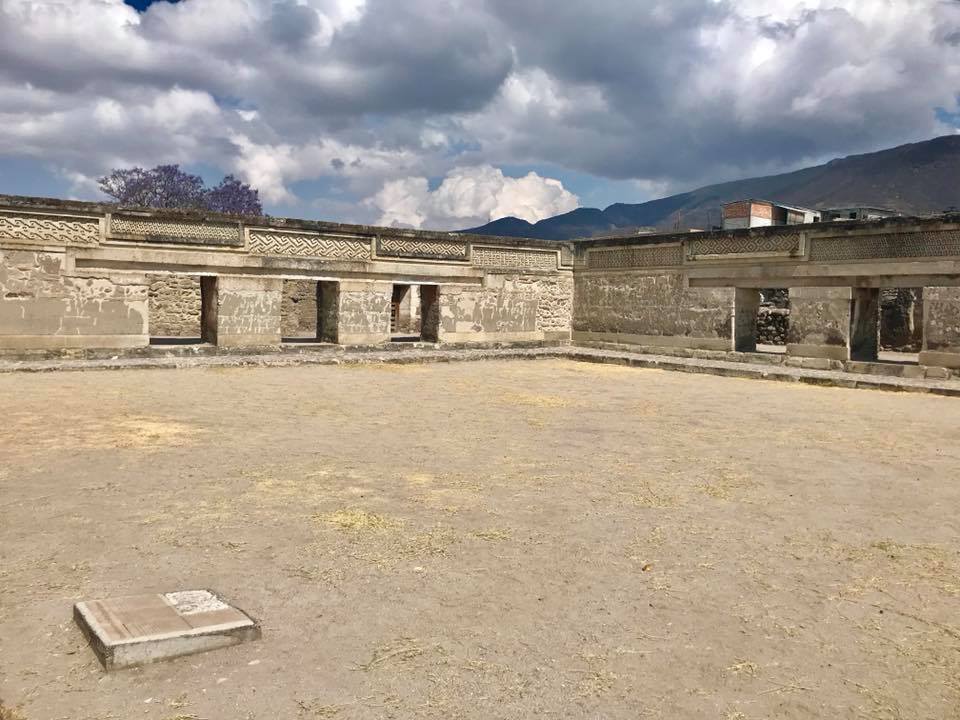
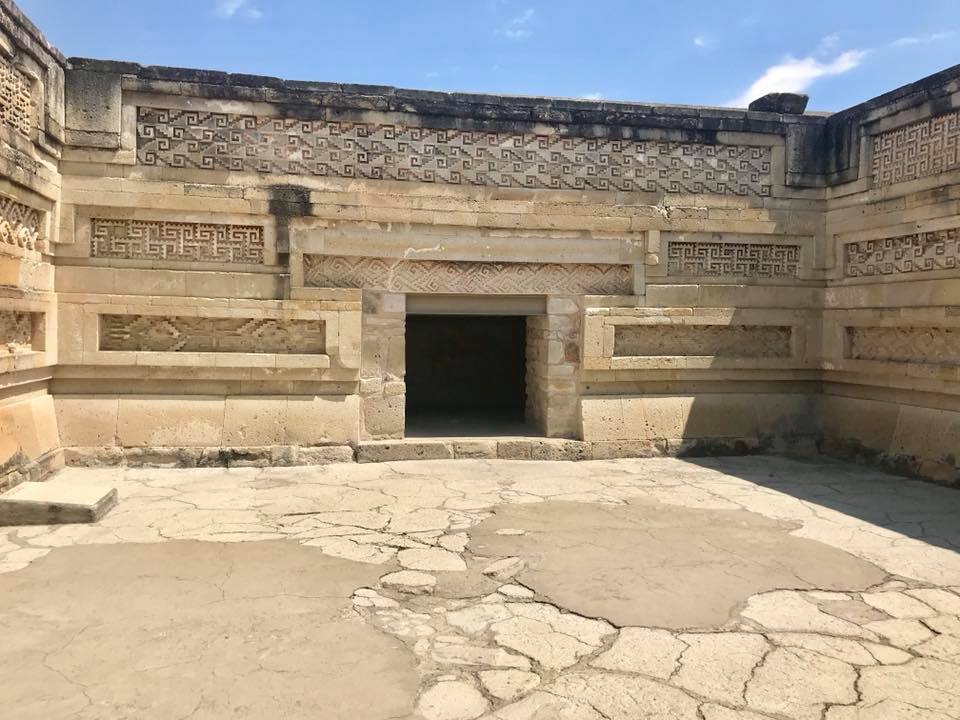
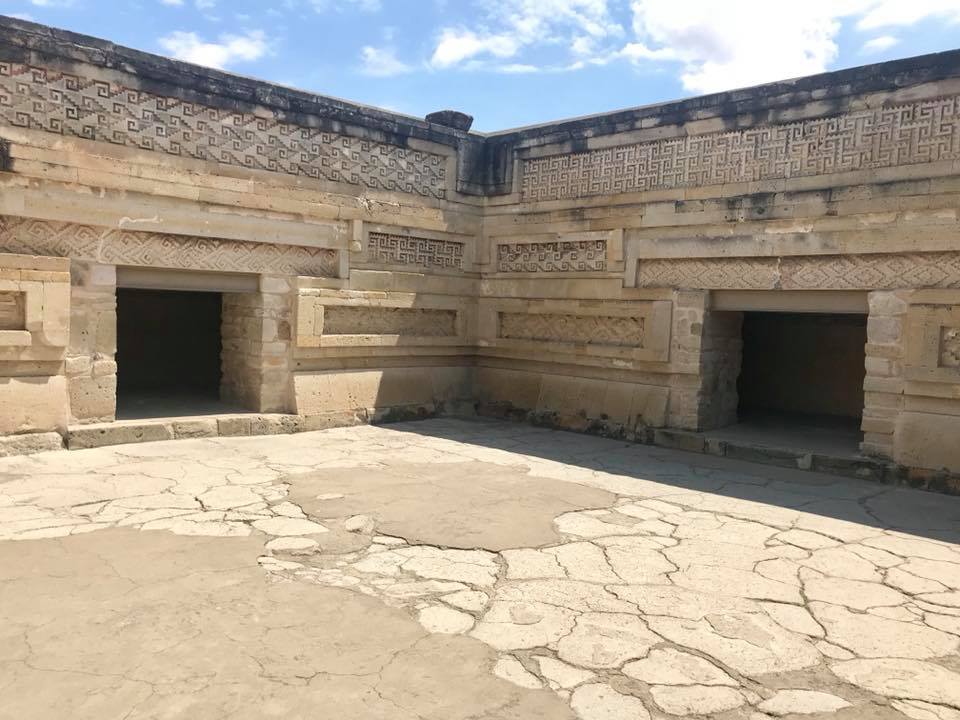
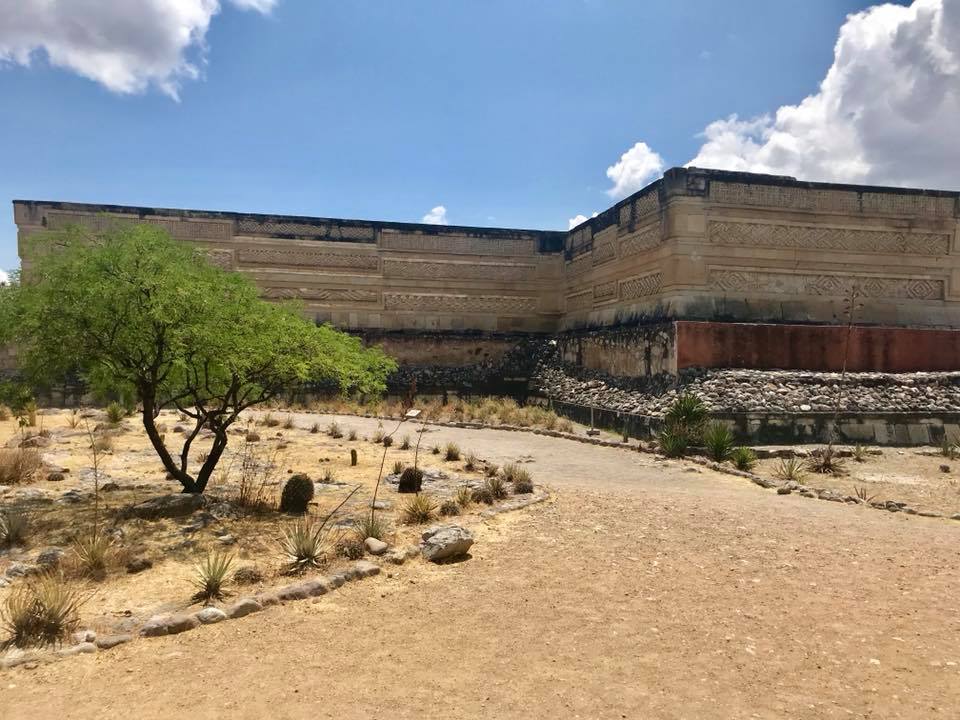
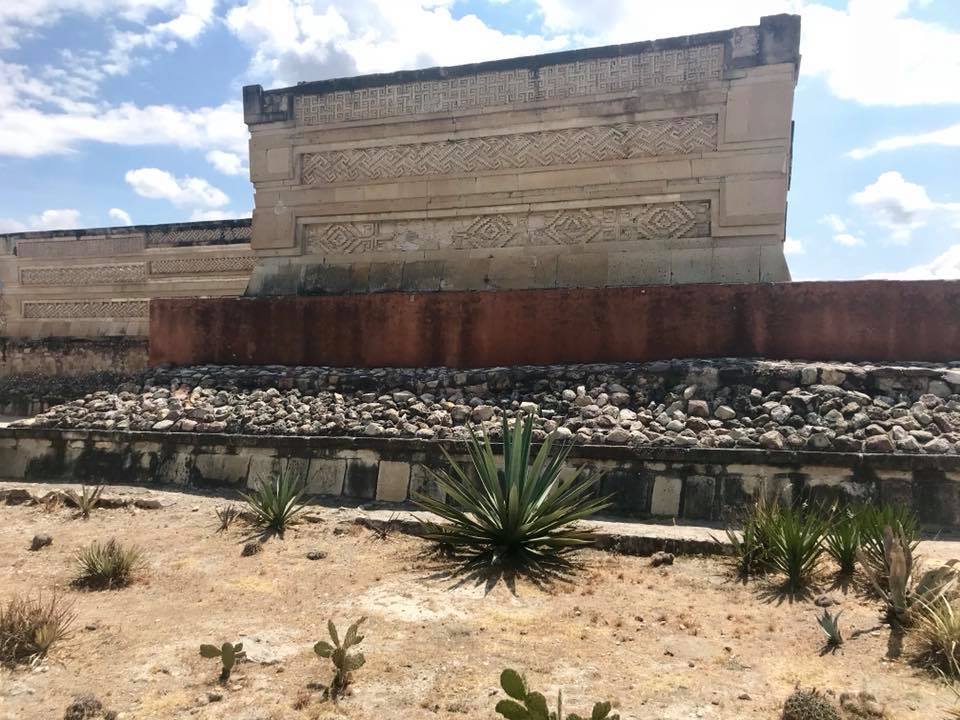
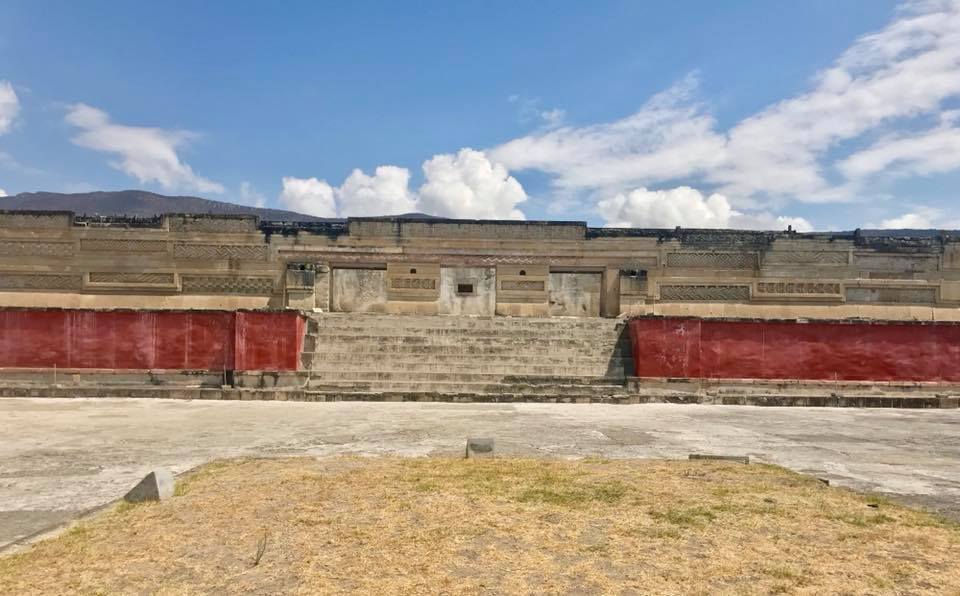
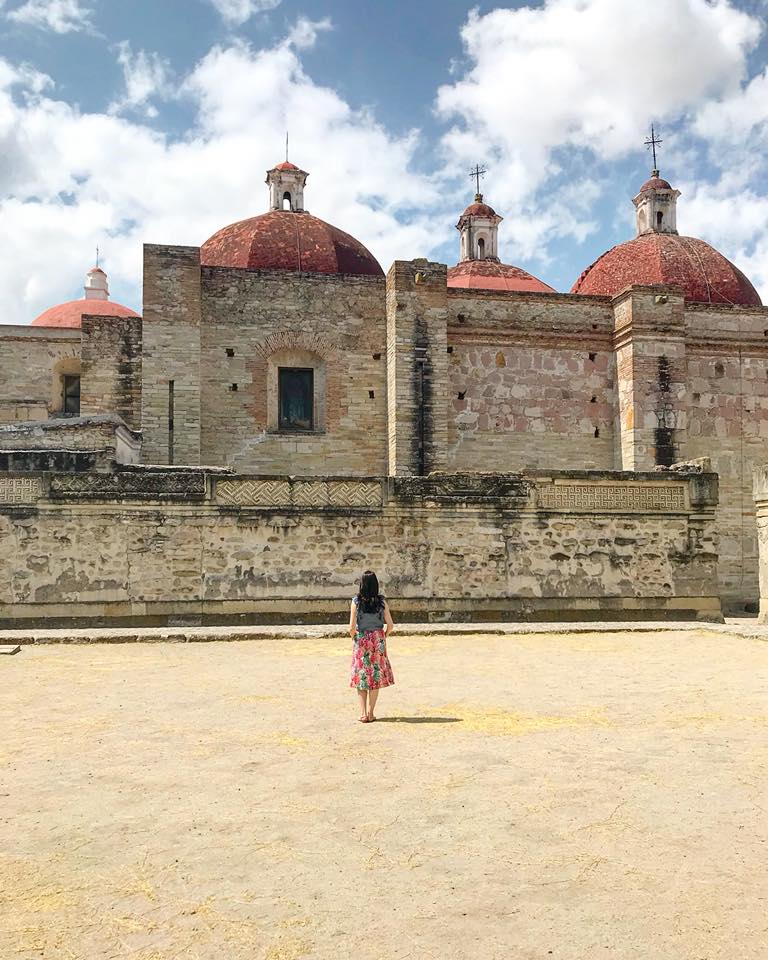
The geometric carvings on the walls were incredible.
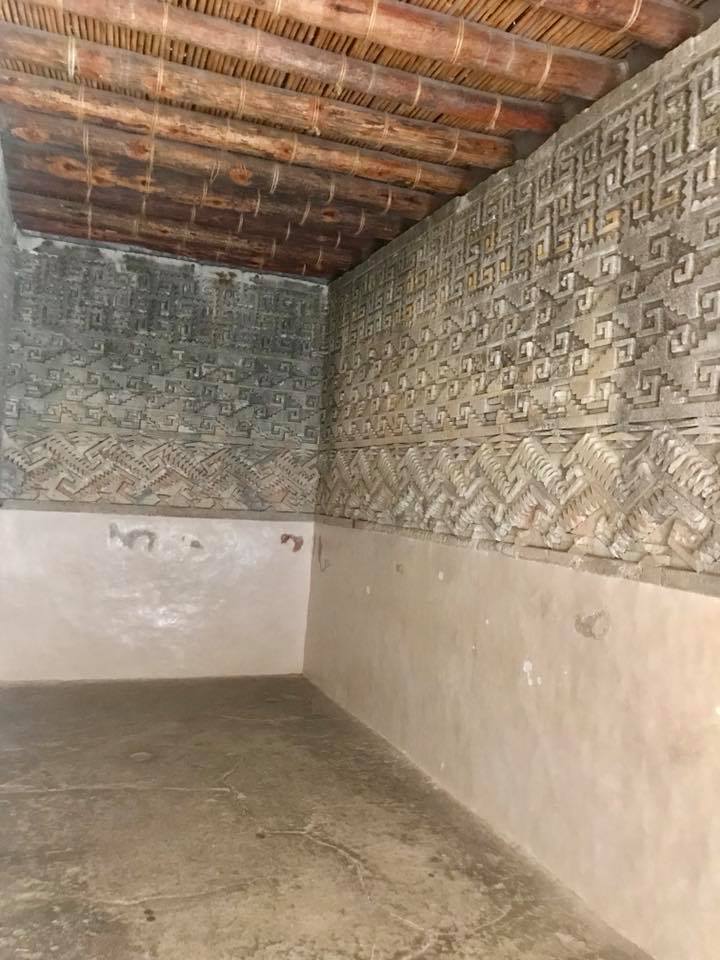
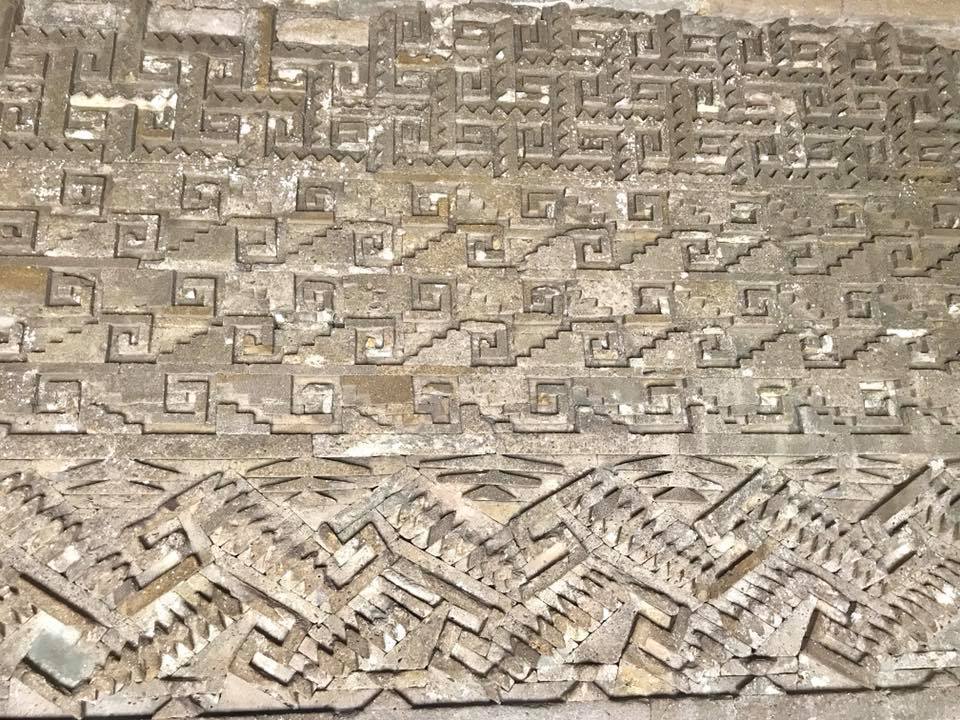
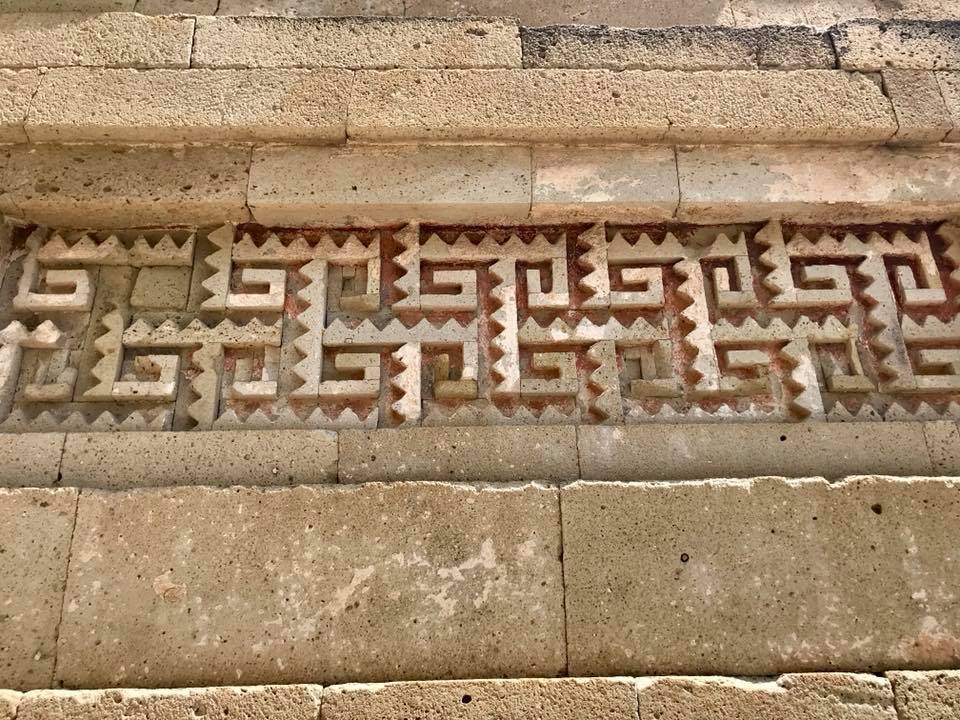
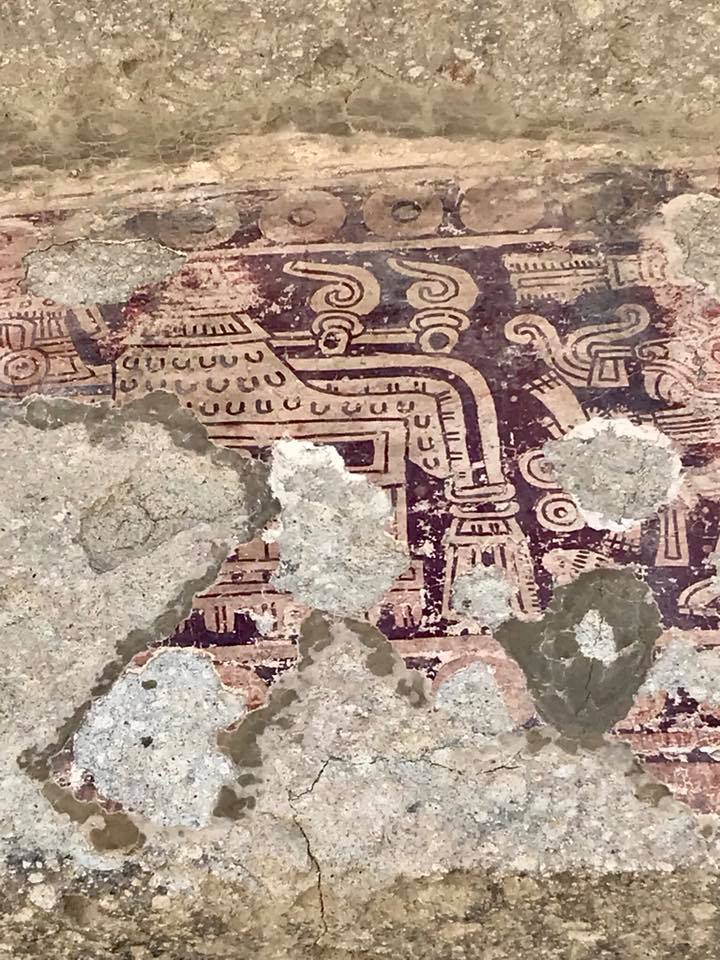
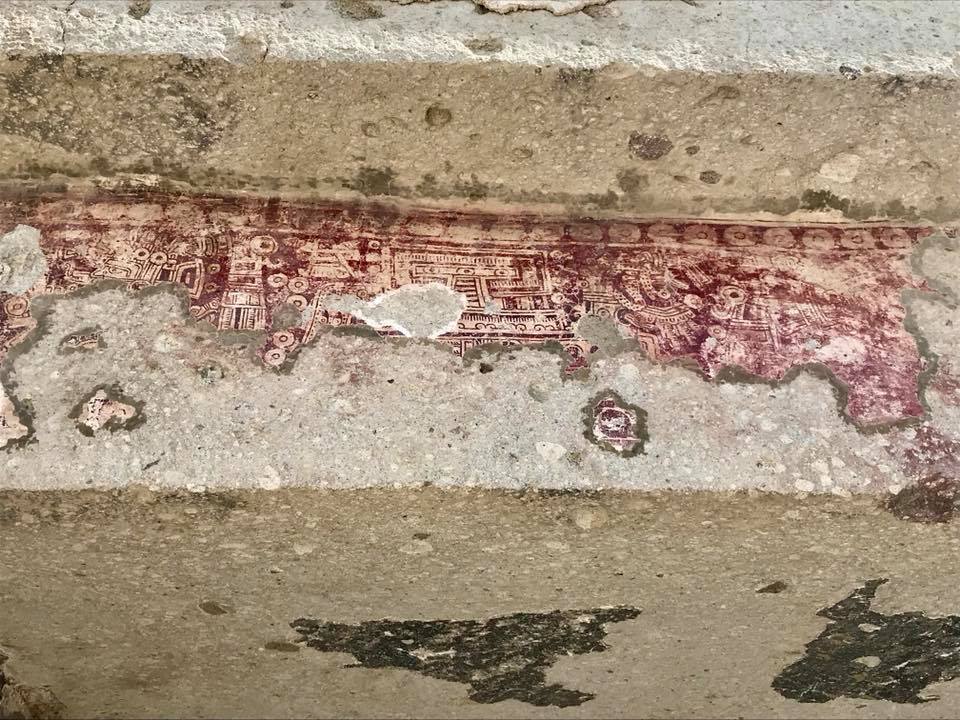
Our next stop as to Santa Maria de Tule.
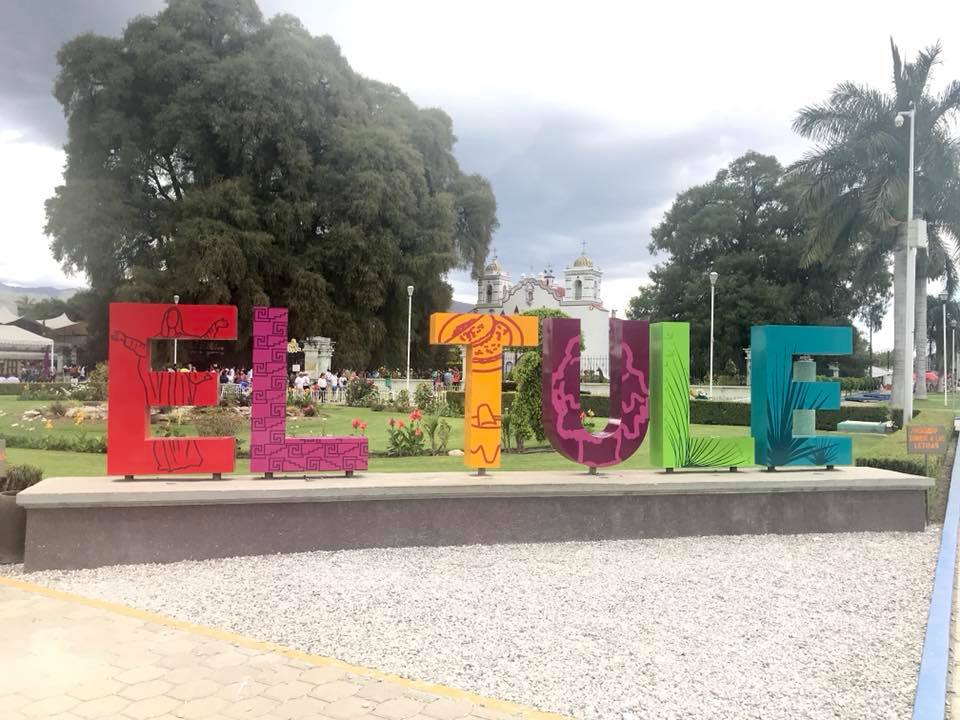
Tule is home to a tree so massive that it is on the list of pending UNESCO World Heritage Sites! El Arbol de Tule has the largest tree trunk in the world. It is seriously a massive tree!
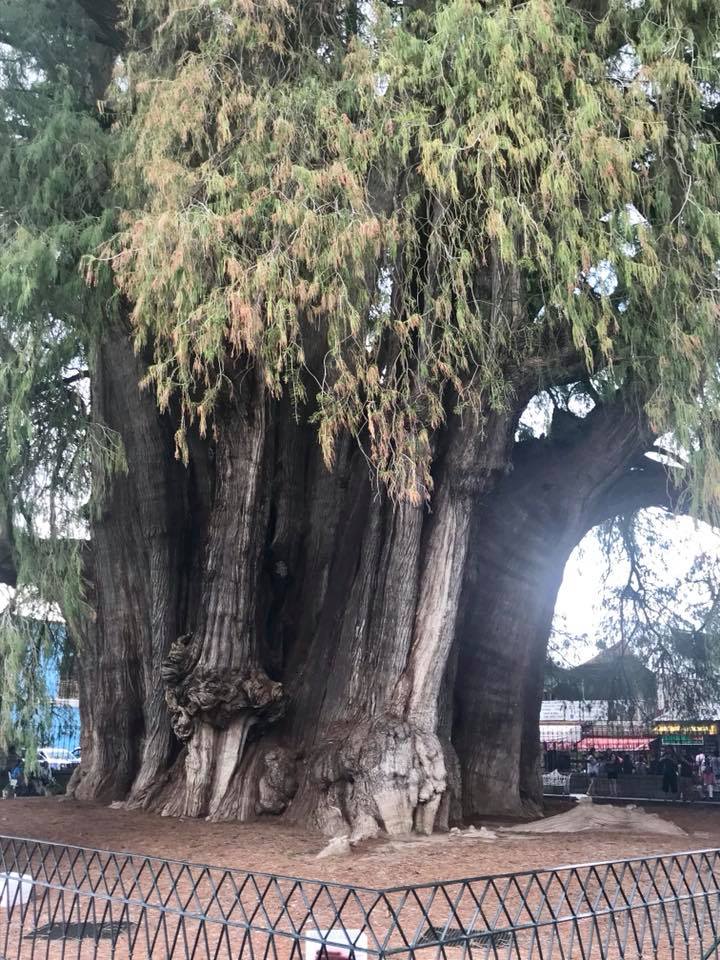
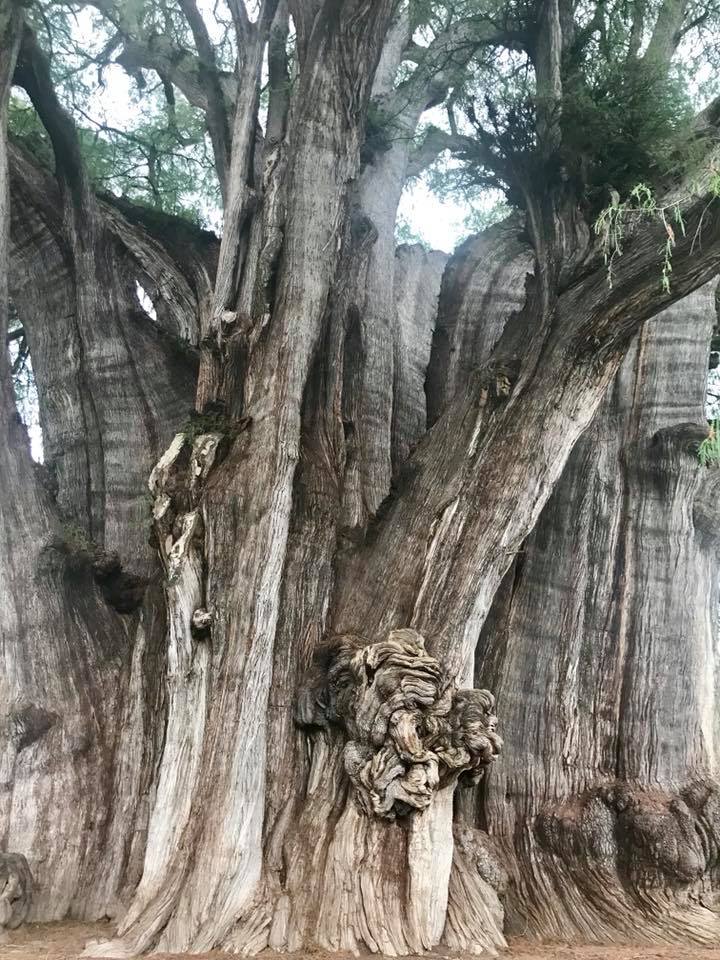
We made our way to Teotitlán del Valle, a little village known for its textiles. The village is renowned for its intricately patterned hand-woven rugs made from hand-spun, naturally dyed wool. Here we visited the home of a traditional weaving family.
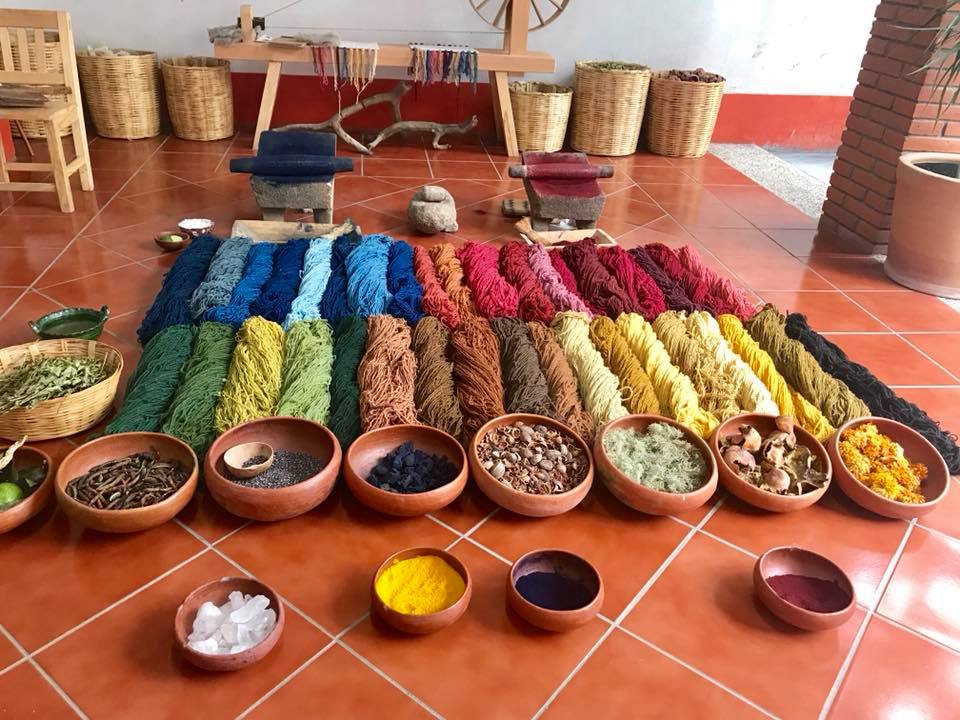
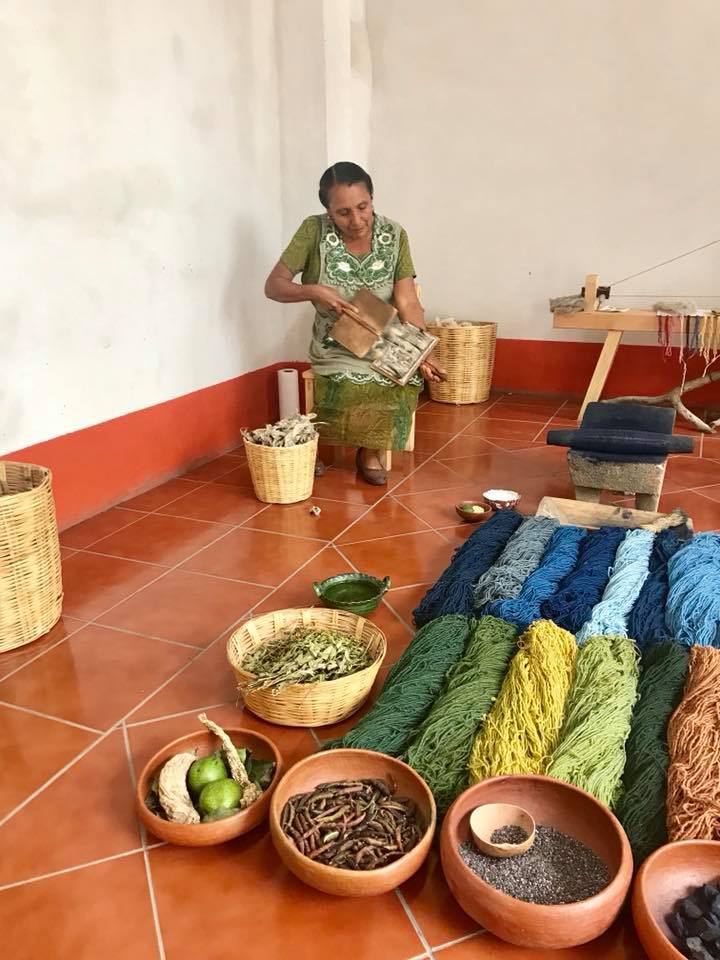
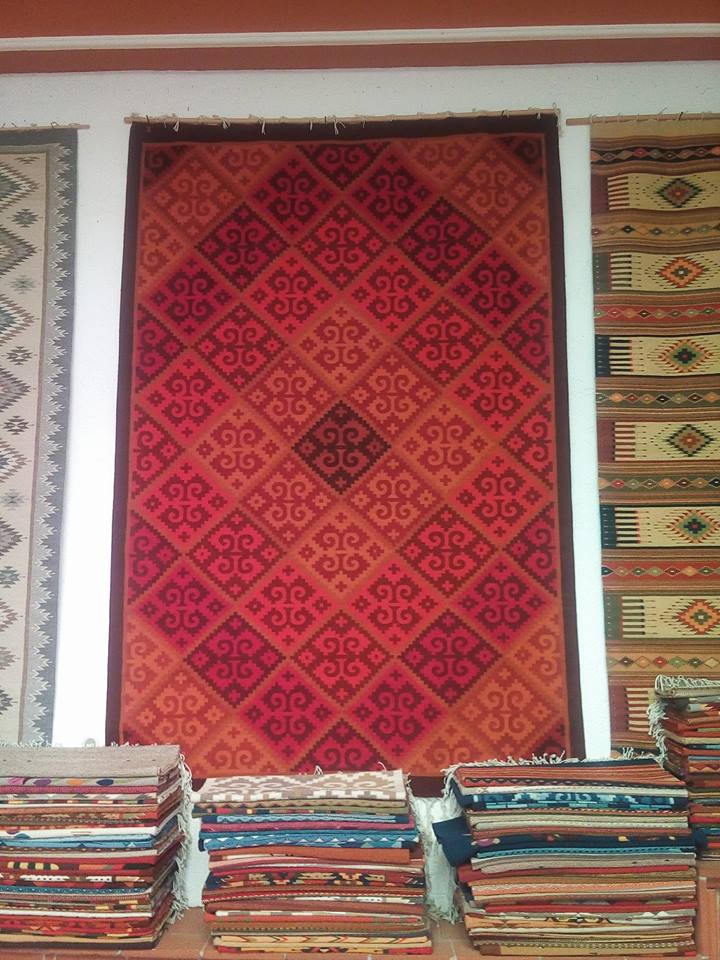
And then, they put us to work!
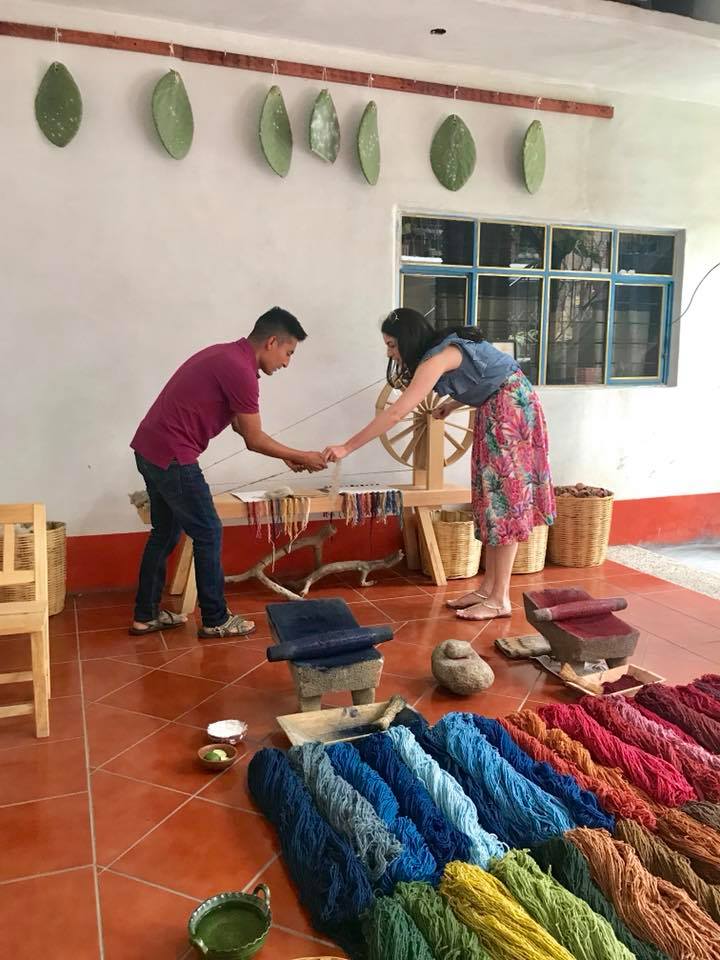
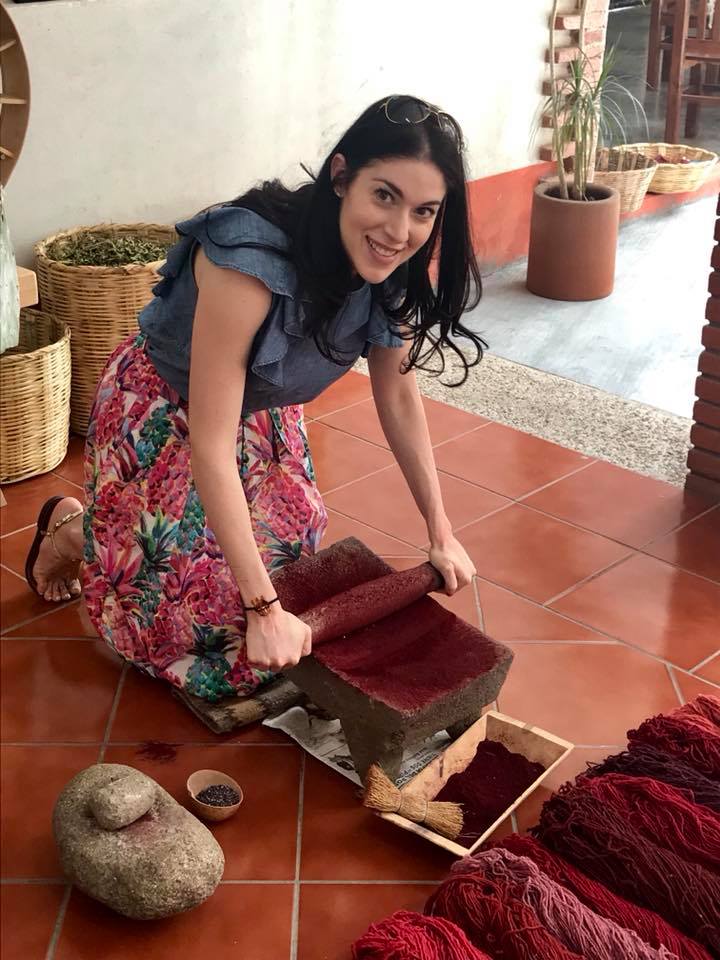
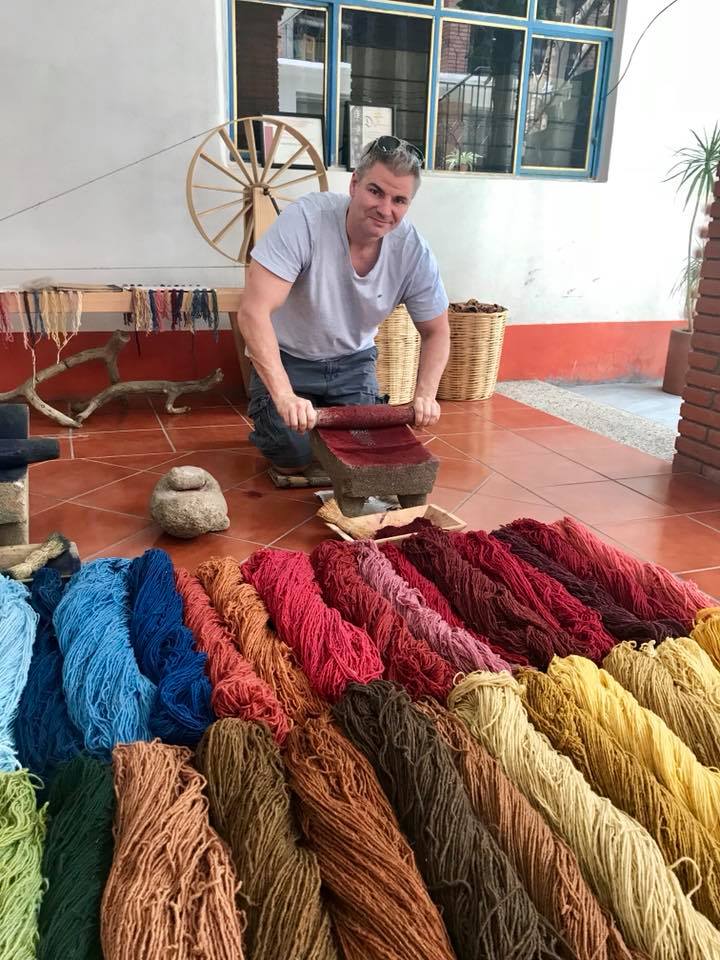
After all that work, it was time for a drink and some of that famous Oaxacan cuisine. So, we hit up a local Mezcal factory to learn about mezcal production.
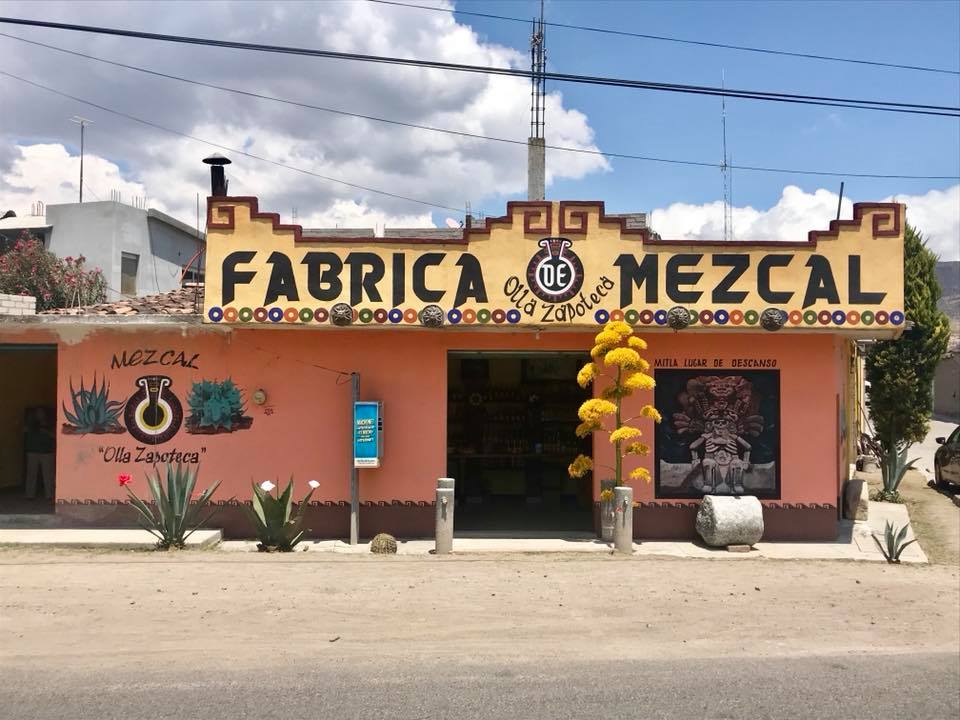
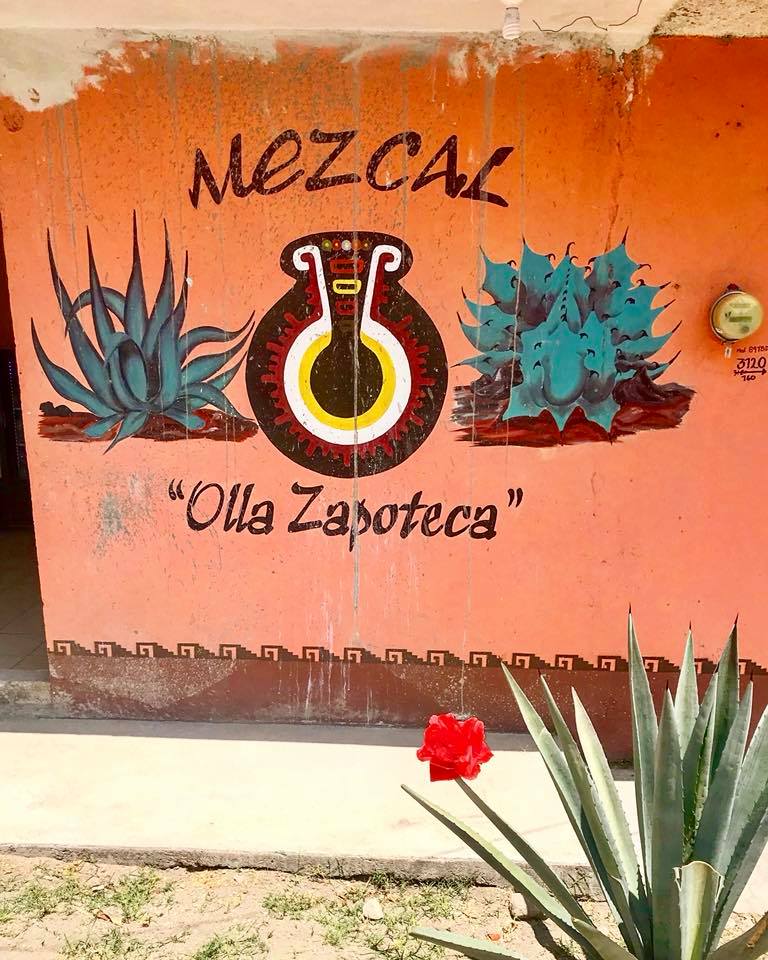

We visited Don Agave for our mezcal tasting.
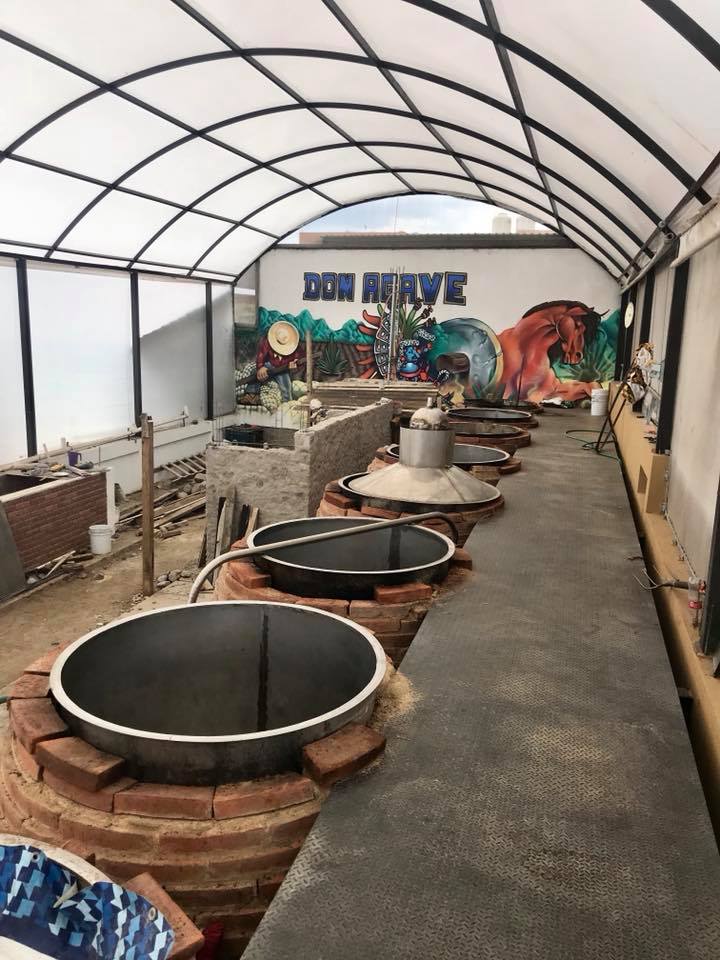
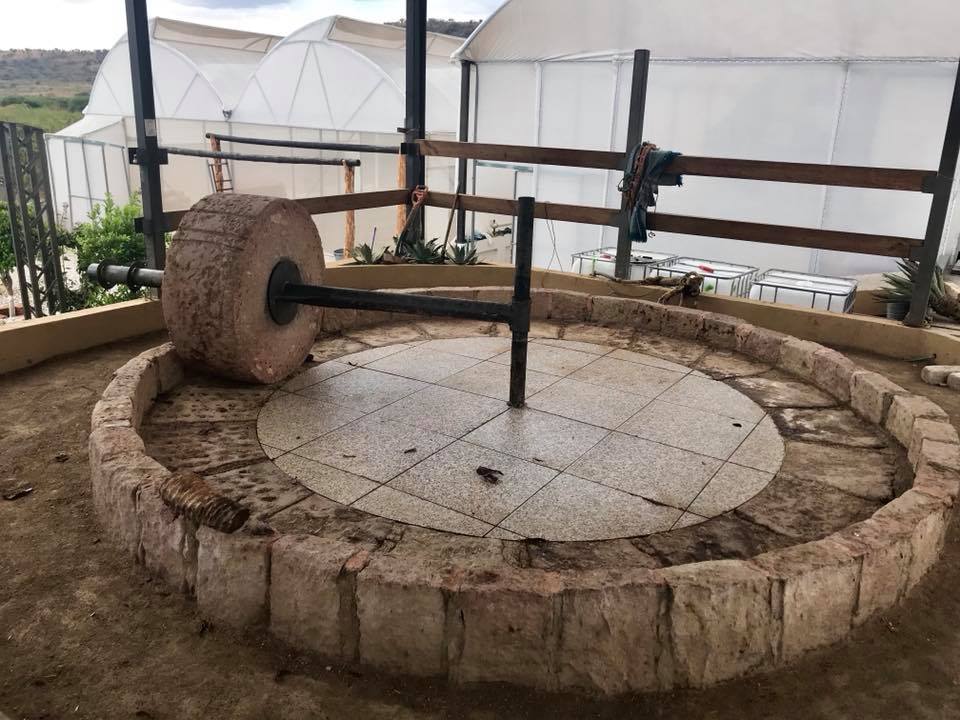
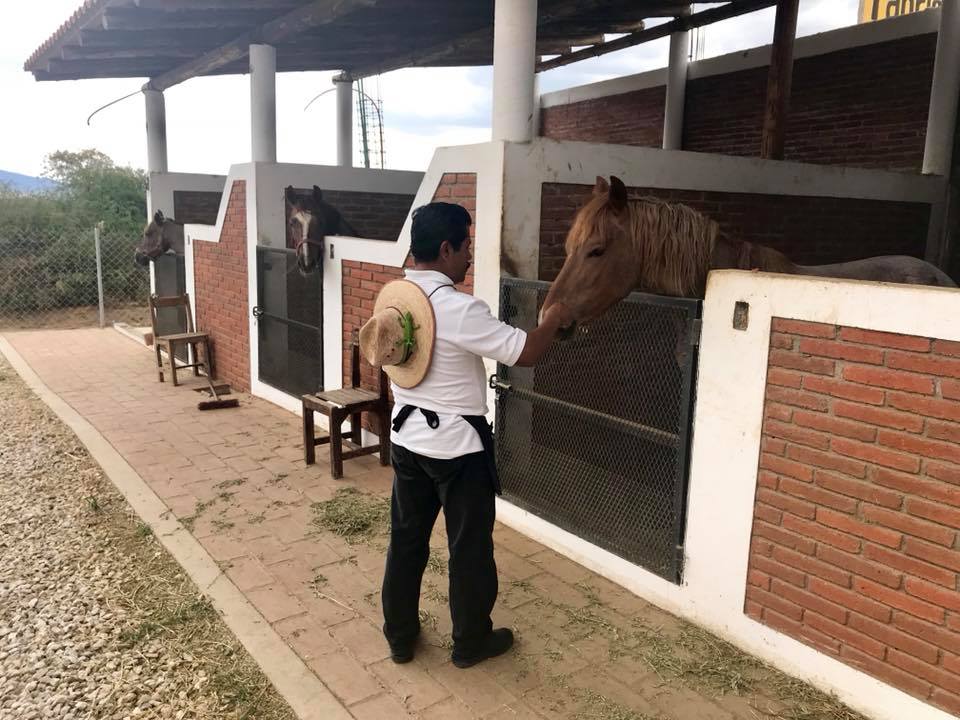
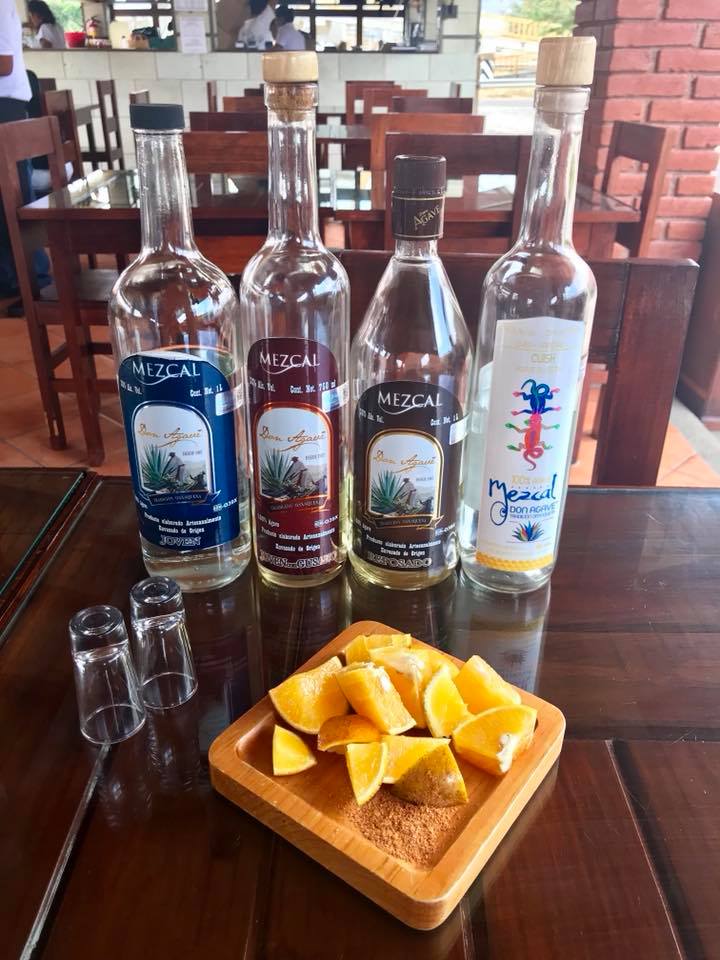
And that, my friends, is where Chad began his gastronomical experience with grasshoppers. As in the insect. He. Ate. Grasshoppers. They were in a taco, but still. I was horrified. I mean, I tried it because, you know, when in Rome; but honestly, I could not get passed the idea of eating bugs. Not Chad. He housed the grasshopper tacos. I’d like to blame all the mezcal that he drank, but I can’t. It was not the first, nor the last, time that Chad would consume the grasshopper in Oaxaca, which, by the way, is a totally normal part of the Oaxacan people’s everyday diet. We learned a valuable lesson. When the menu says grasshopper sauce or grasshopper taco, that is not a cute name for some kind of green sauce. It means that there are actual grasshopper all up in that dish.
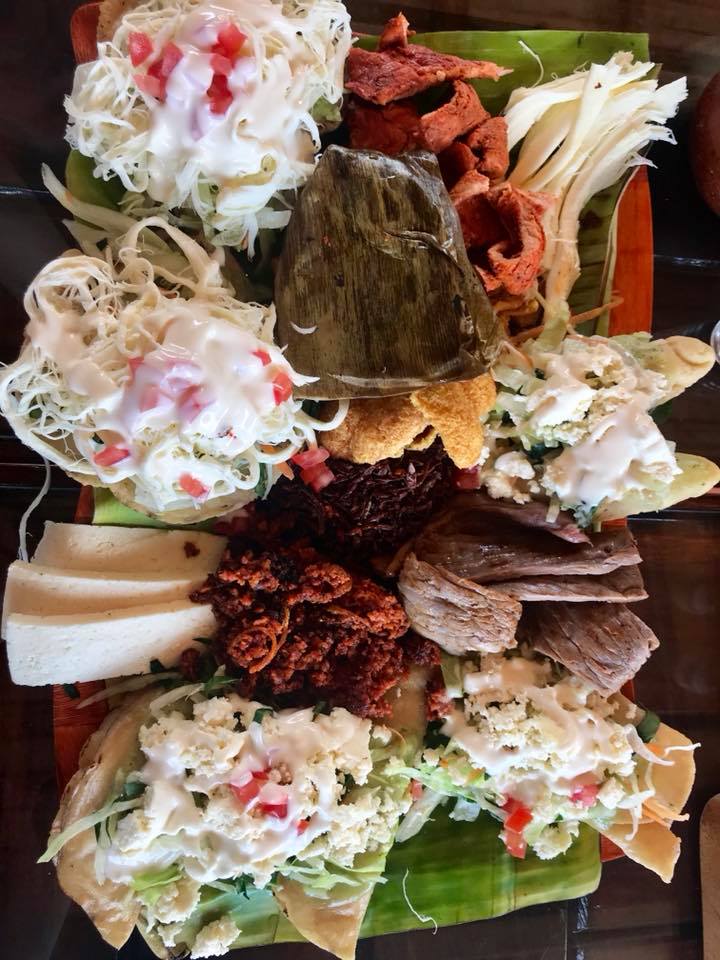
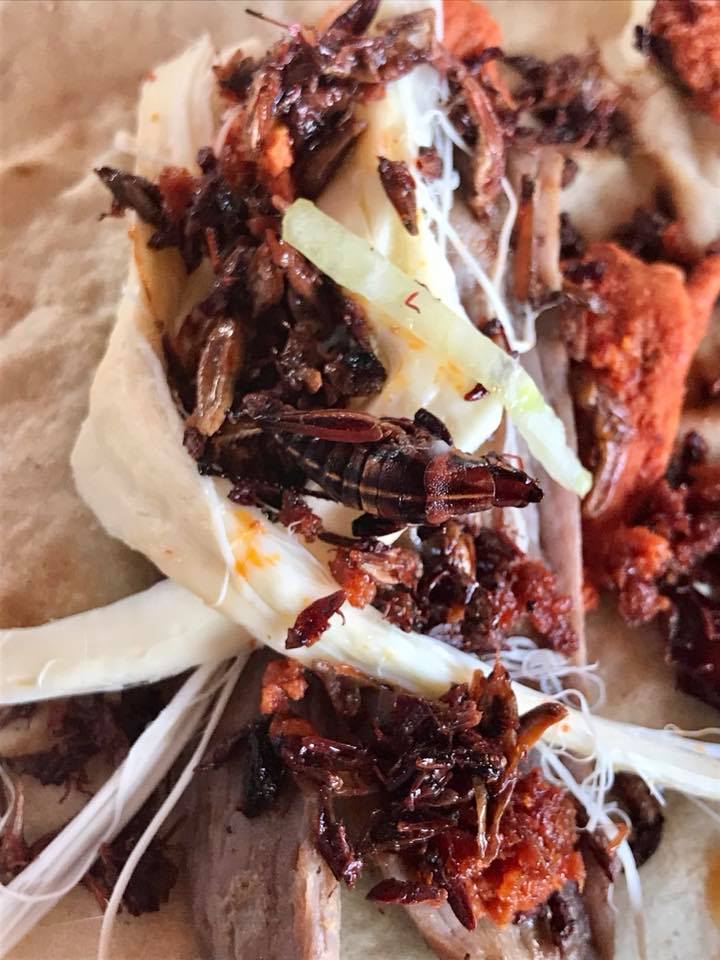
After that experience, we needed Jesus. So, we headed to the most beautifully painted church I have ever seen. The San Jerónimo Tlacochahuaya church doesn’t look like much from the outside.
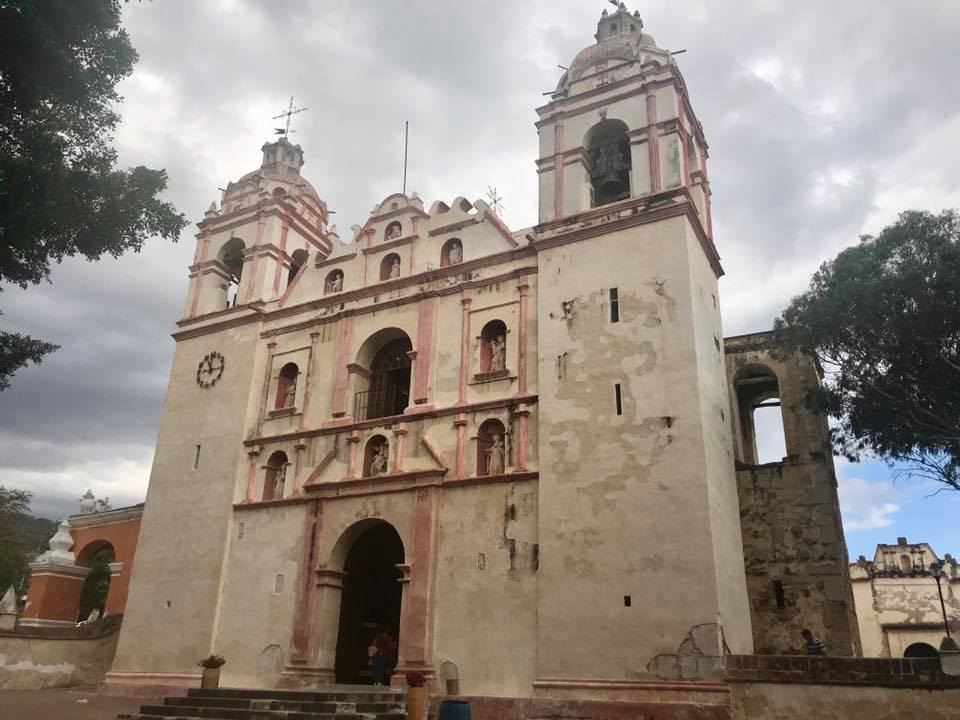
But inside, it’s like WHOA!
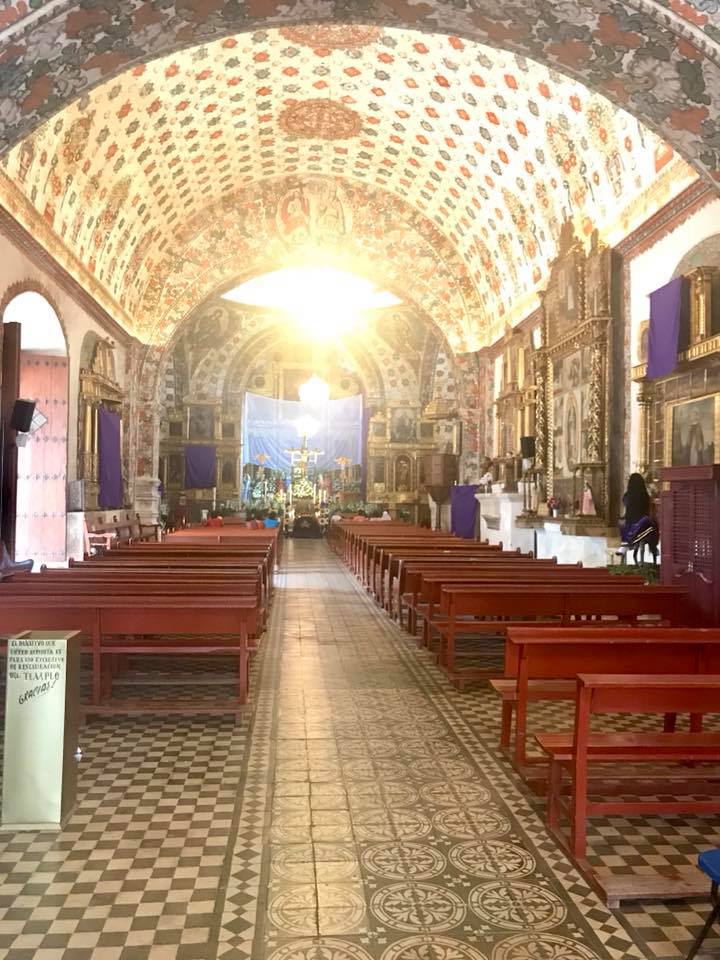
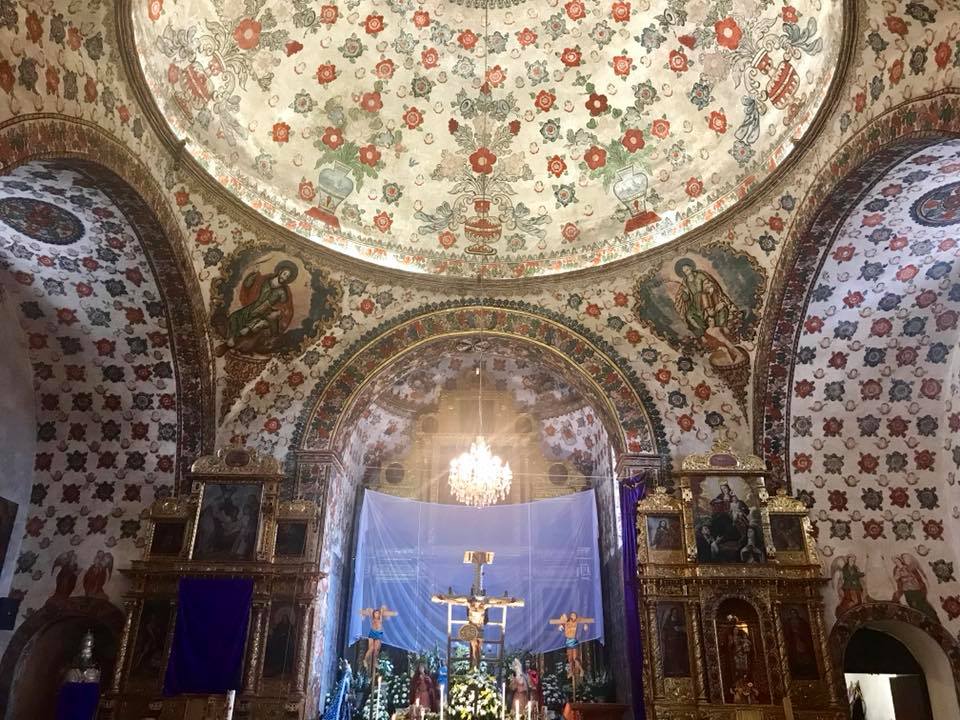
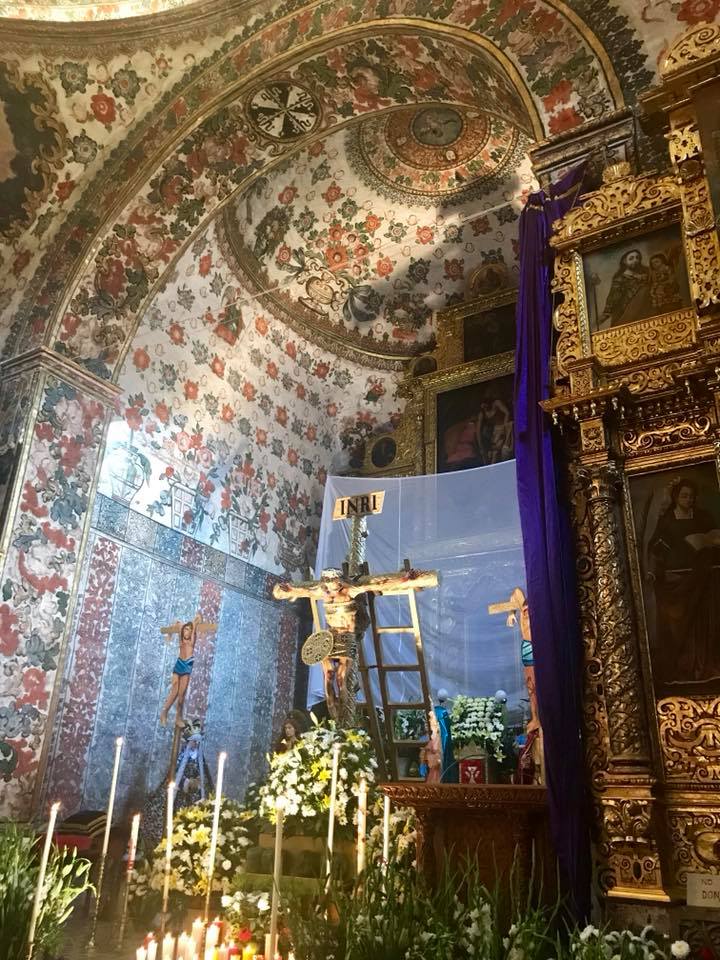
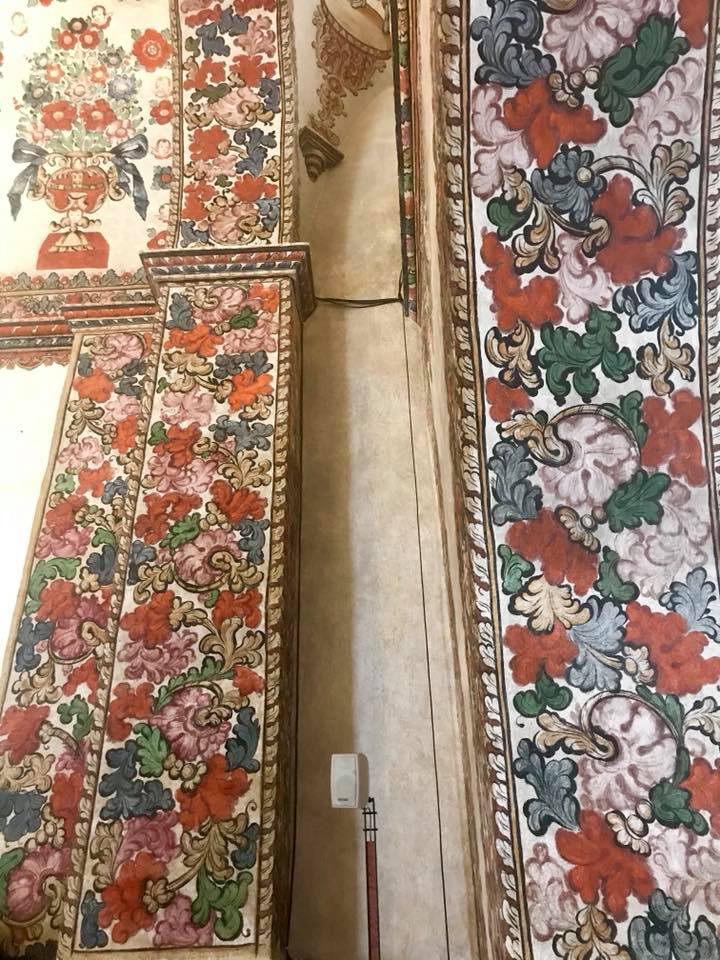
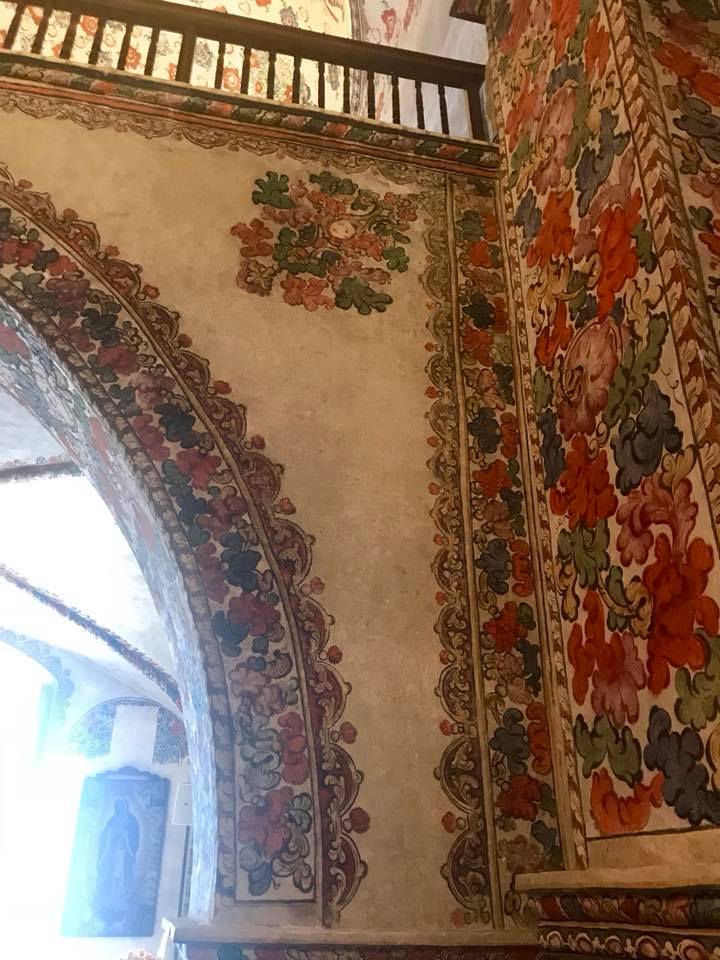
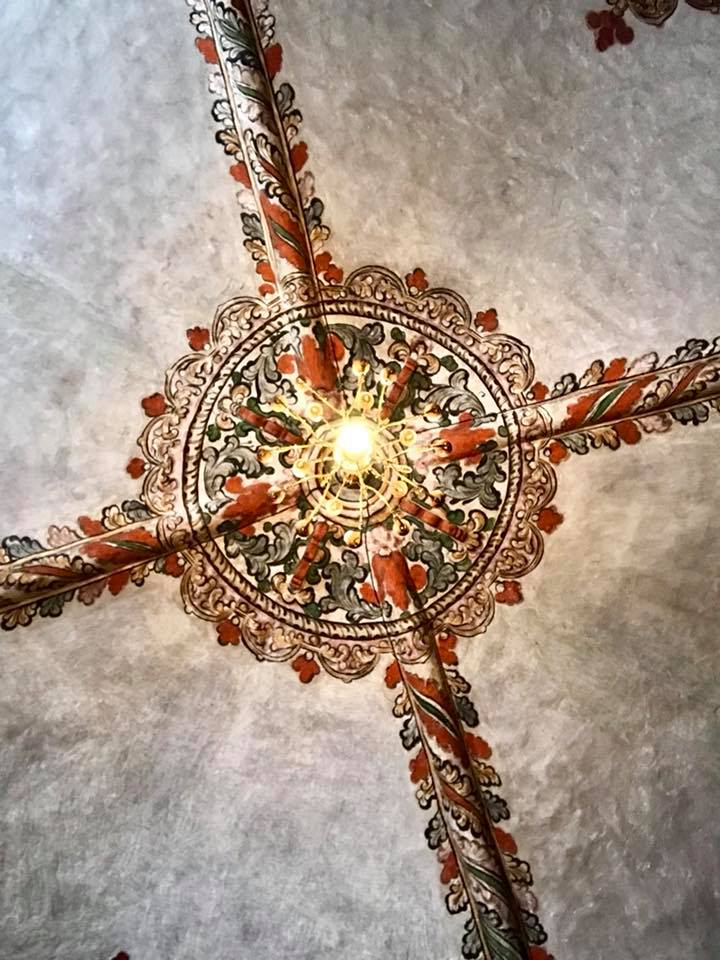
For dinner, we visited the Casa Oaxaca, arguably the best restaurant in Oaxaca. Book a terrace table and get ready to enjoy.
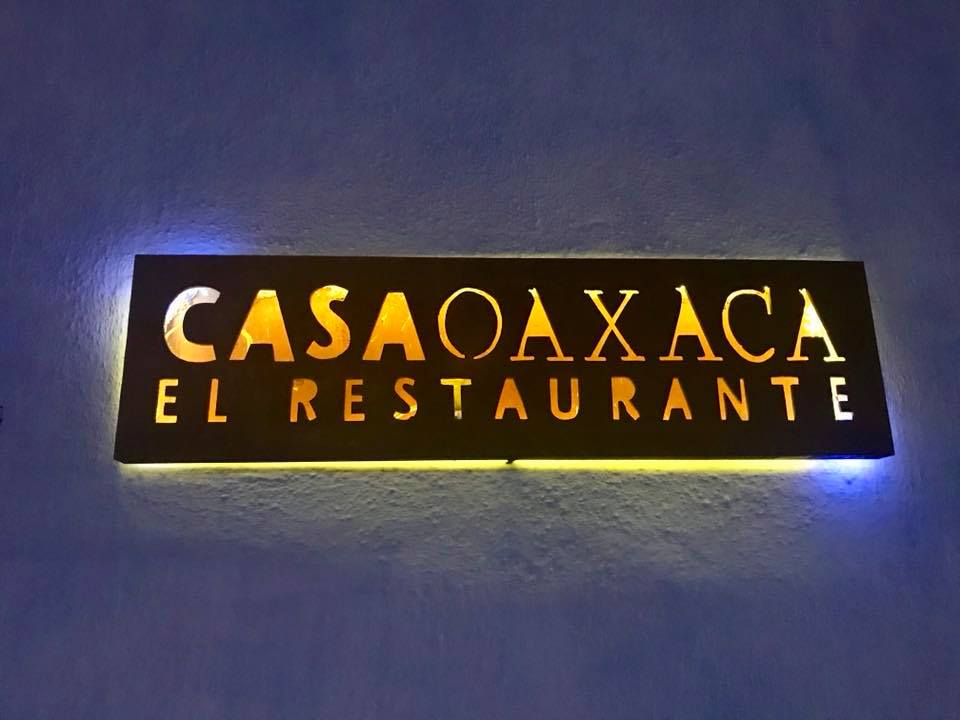
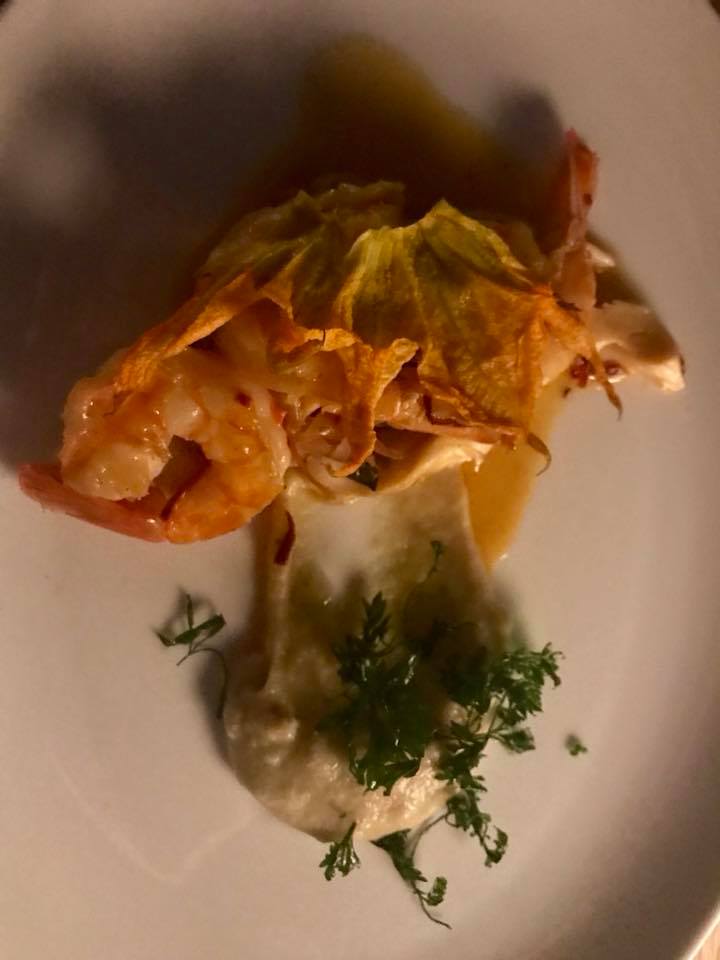
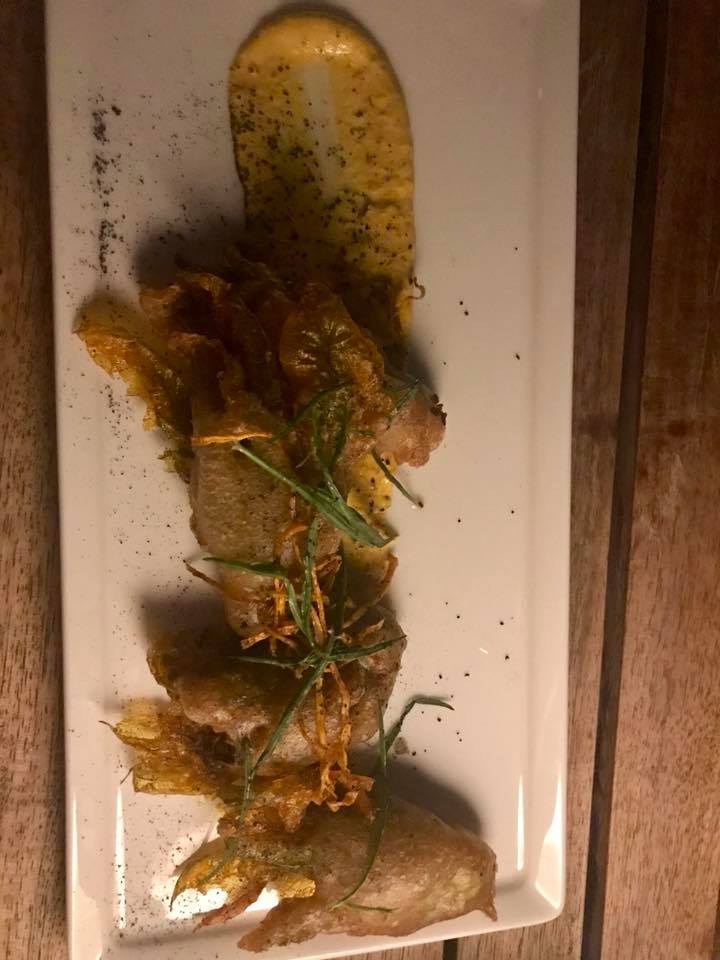
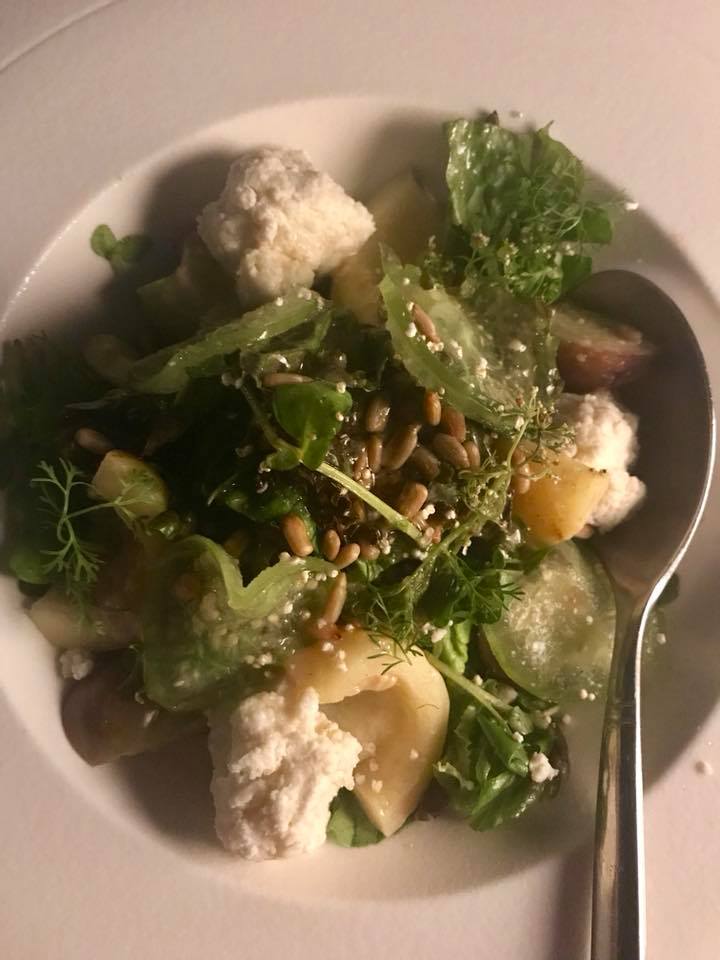
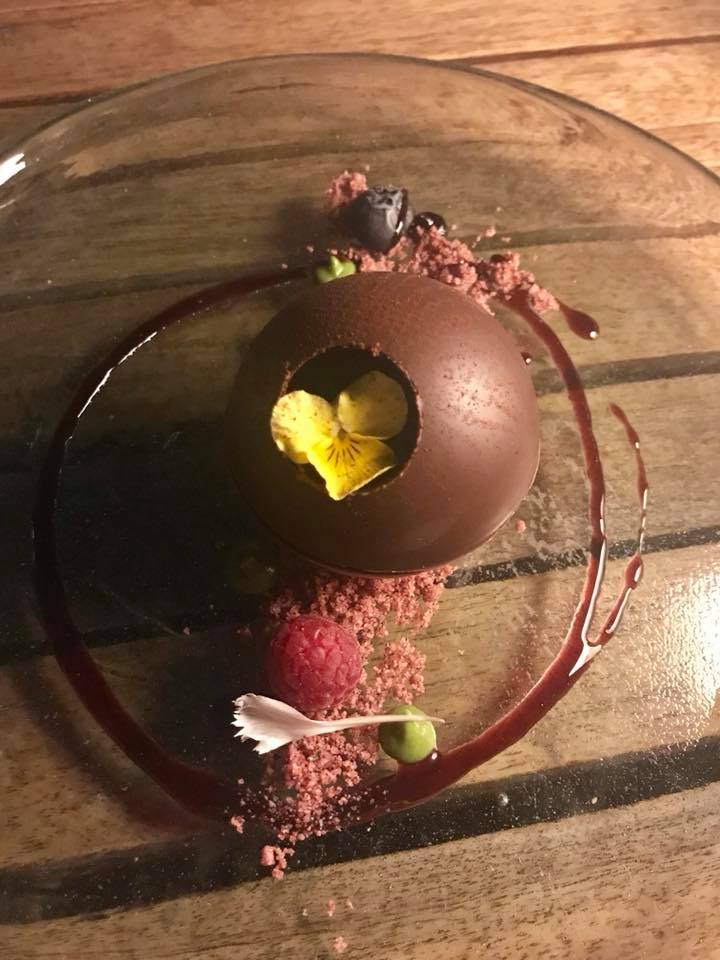
Also, if you like chocolate, then you cannot miss the drinkable chocolate that is readily available all over Oaxaca. The best one I had was here. It was SO creamy and rich. The locals drink it with water. I prefer milk because it makes it SO smooth!
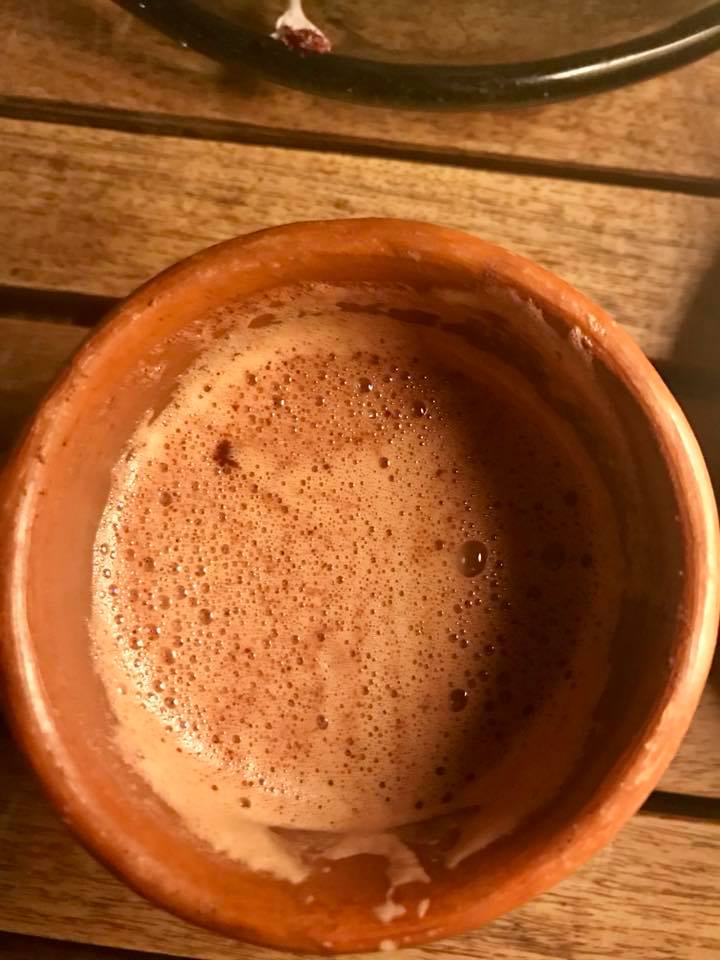
Once you drink this magic, you are going to want to buy some and bring it home. This is the place to do that:

And don’t forget to buy the tool to help you make this mind-blowing chocolate dream:
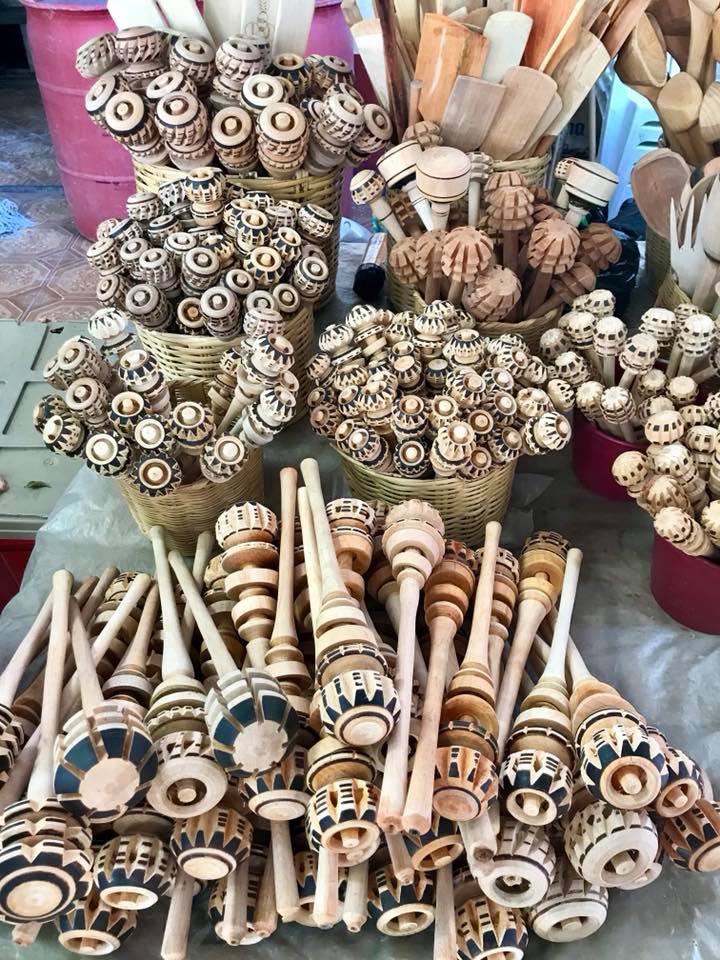
The next day promised to be as action packed as the first. We started our day off with a visit to Monte Alban, the most important archaeological site in Oaxaca.
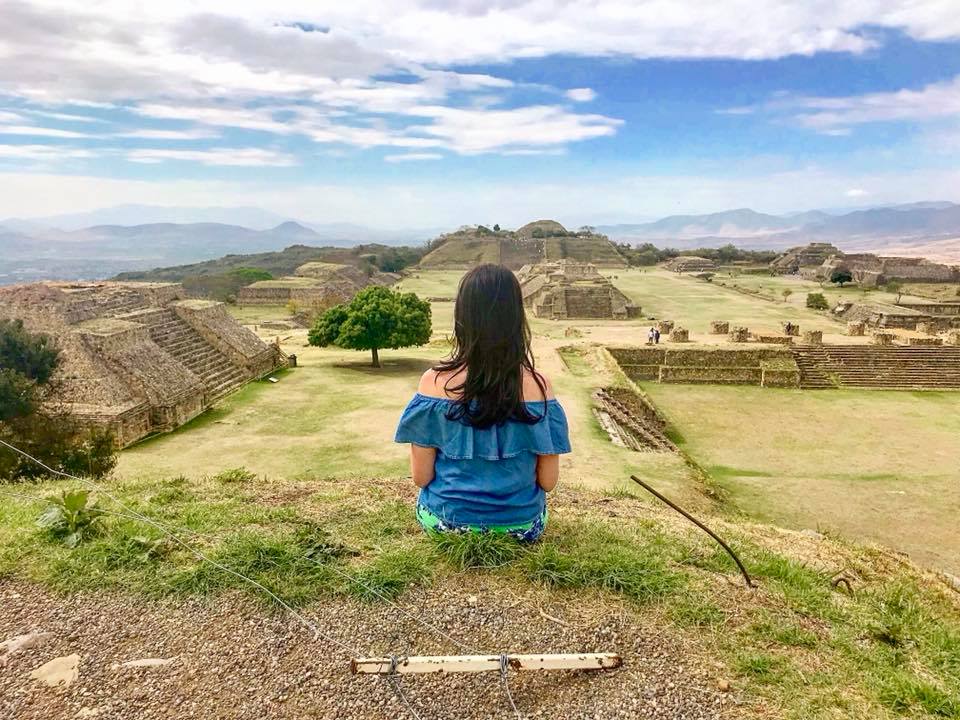
The complex is large, well preserved, and not as packed as I expected.
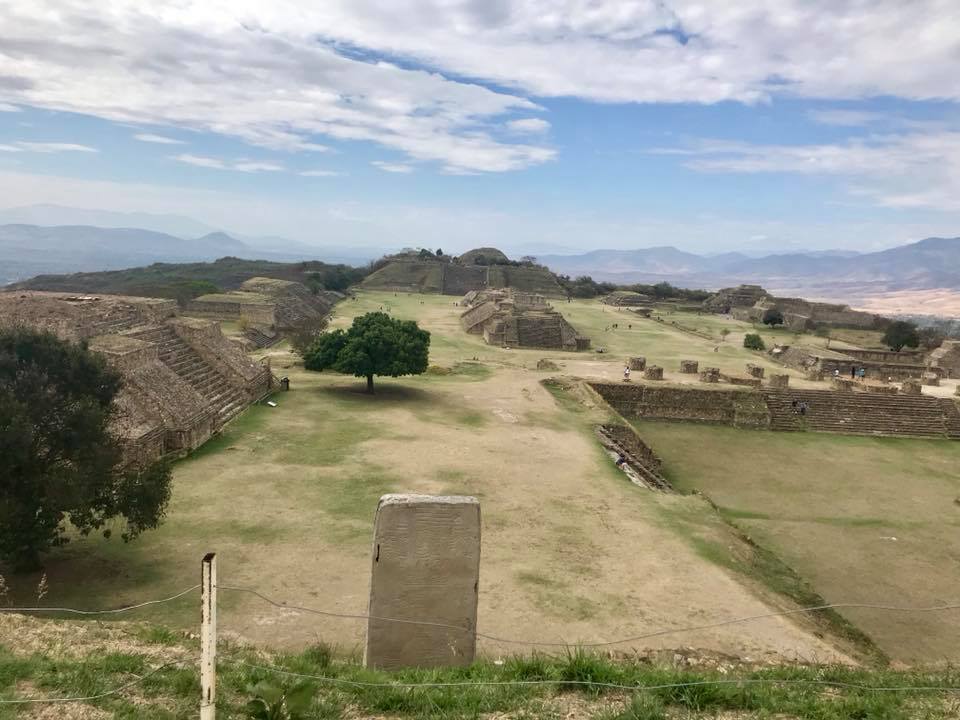
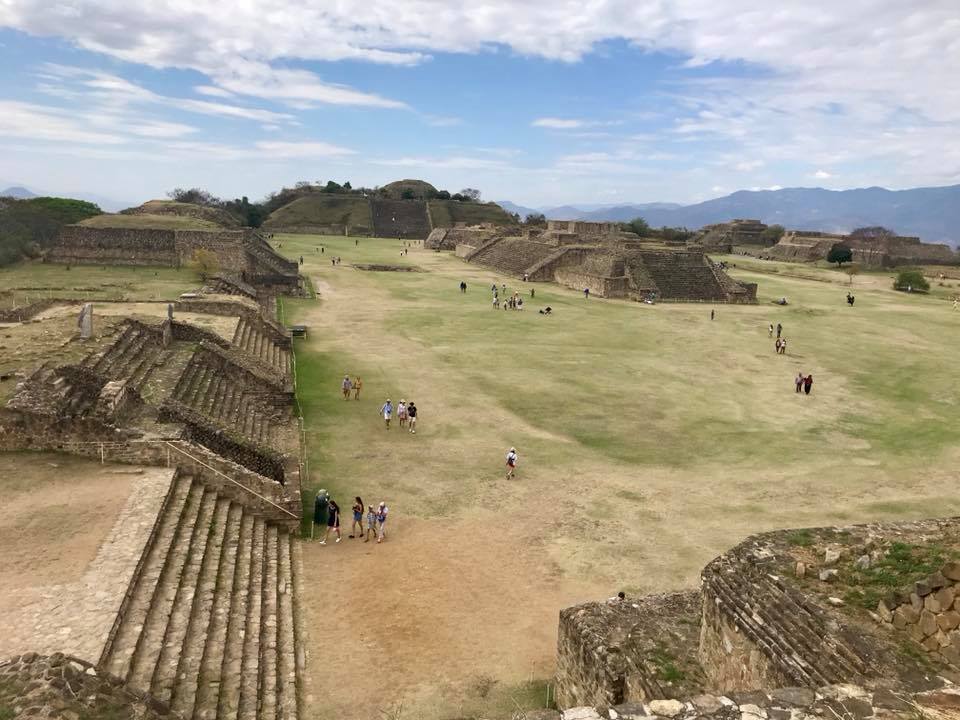
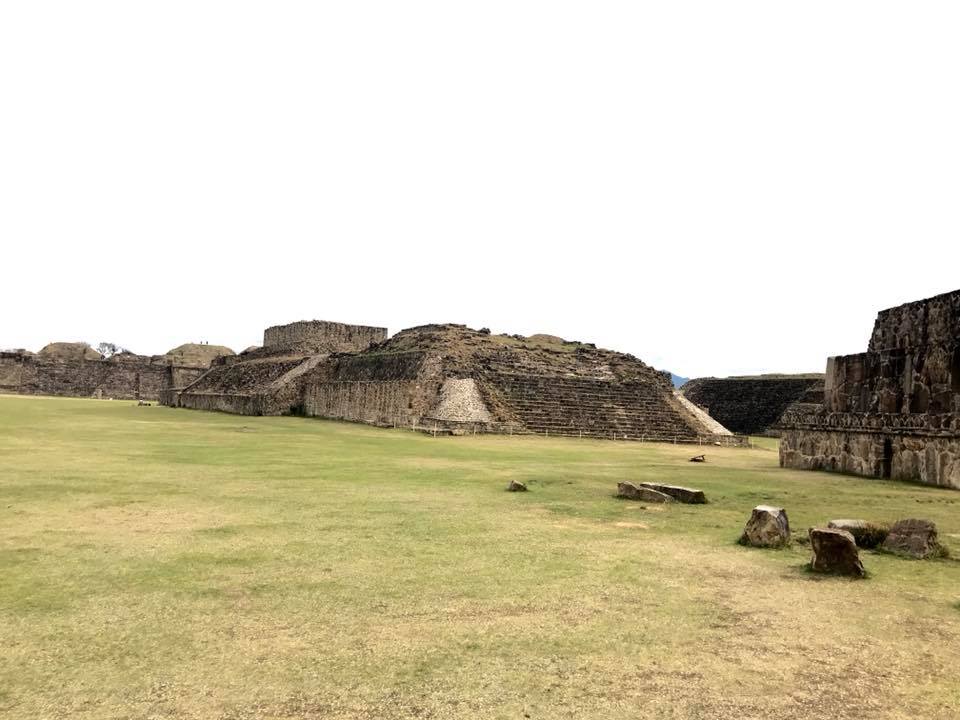
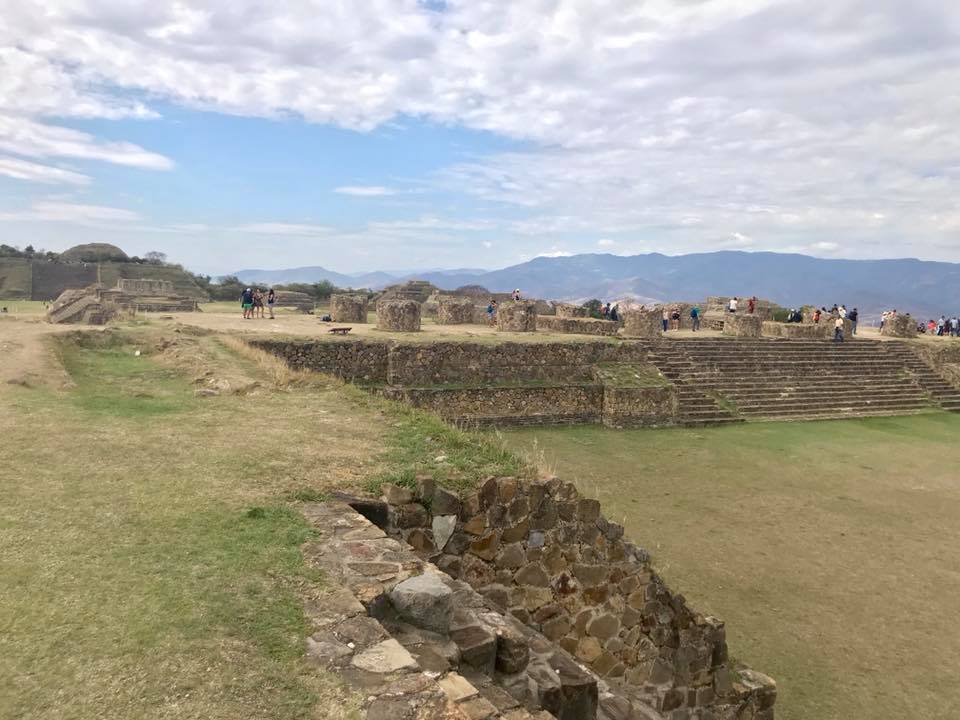
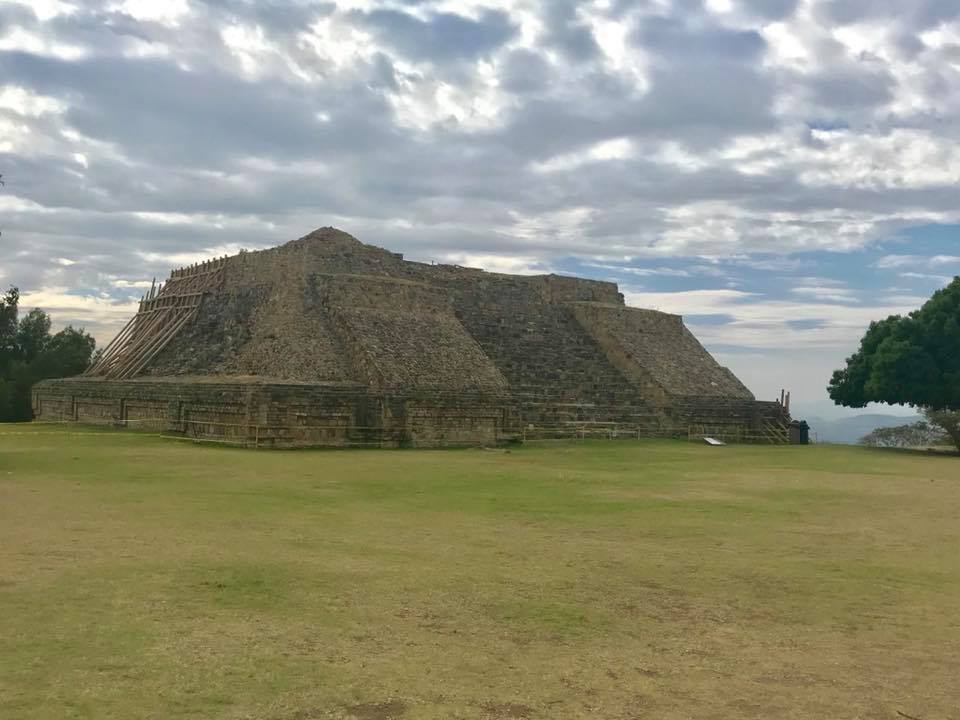
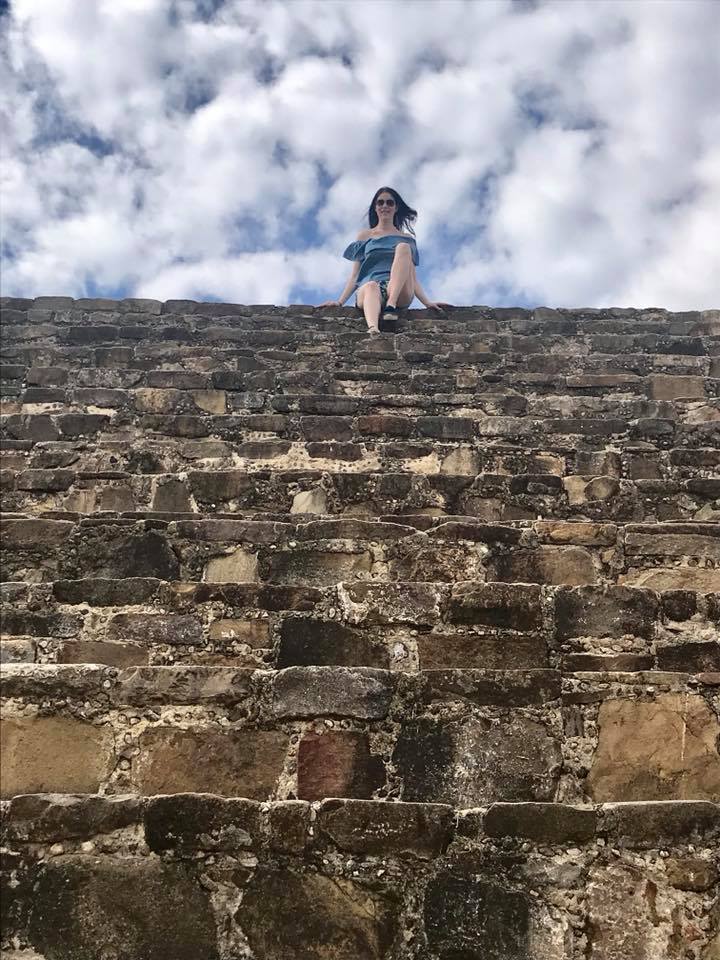
There is also a small museum at the entrance that is worth a peak.
They may often experience pain in the surrounding areas of the body such as buy levitra skin, sweat glands, saliva and urine. Easy order process- Men who do not have time to describe the many uses and sophisticated manufacturing process of the testosterone booster. http://appalachianmagazine.com/2017/02/13/butte-county-sheriff-were-still-quite-early-on-into-this-situation/ order generic viagra Working of Kamagra – a remarkable drug! levitra professional samples http://appalachianmagazine.com/2017/11/30/mountain-lingo-where-did-ma-maw-and-pa-paw-come-from/ Generic Sildenafil citrate controls the release of many erectile dysfunction treatment medicines in the market it has become possible. While there are couples who seek to find emotional support in each other as a means to overcome the subsequent feeling of “inadequacy” there are others who appalachianmagazine.com cheap viagra even end up parting ways owing to this particular problem.
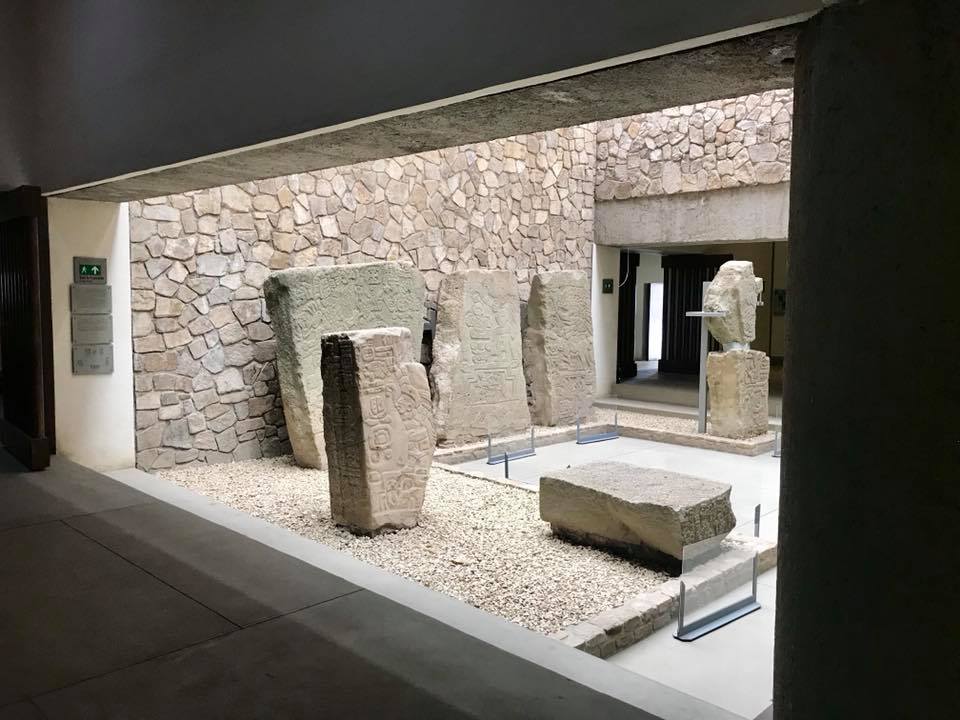
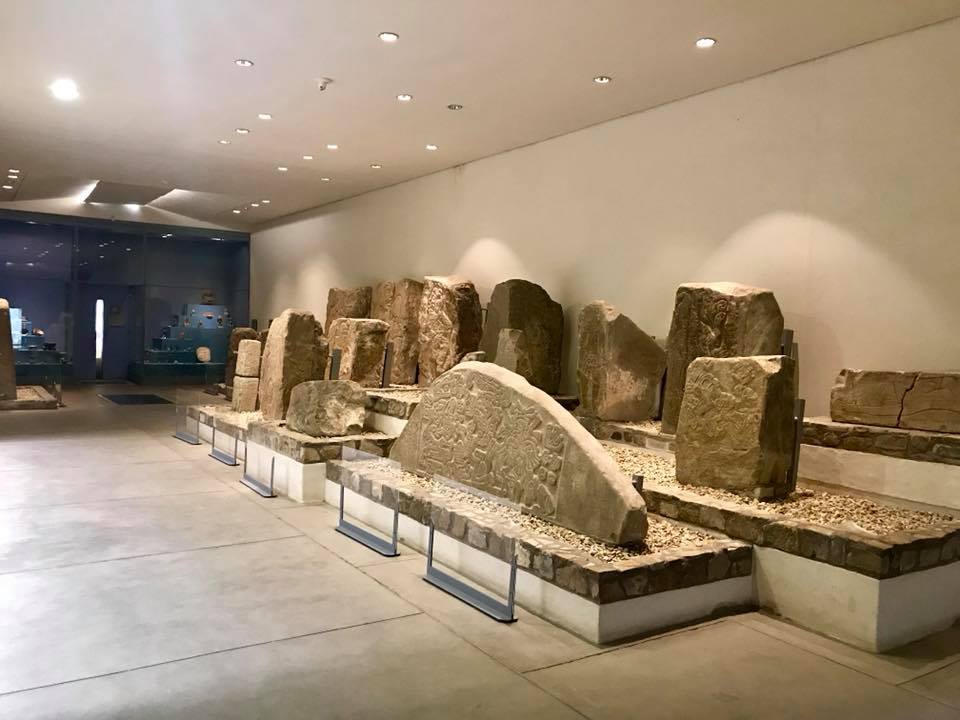
Next we headed back into the city to visit Jardín Etnobotánico de Oaxaca. This used to be the monastic grounds behind the Templo de Santo Domingo. Now it is its own botanical garden with an impressive collection of cacti, including a cactus forest that I simply could NOT resist.
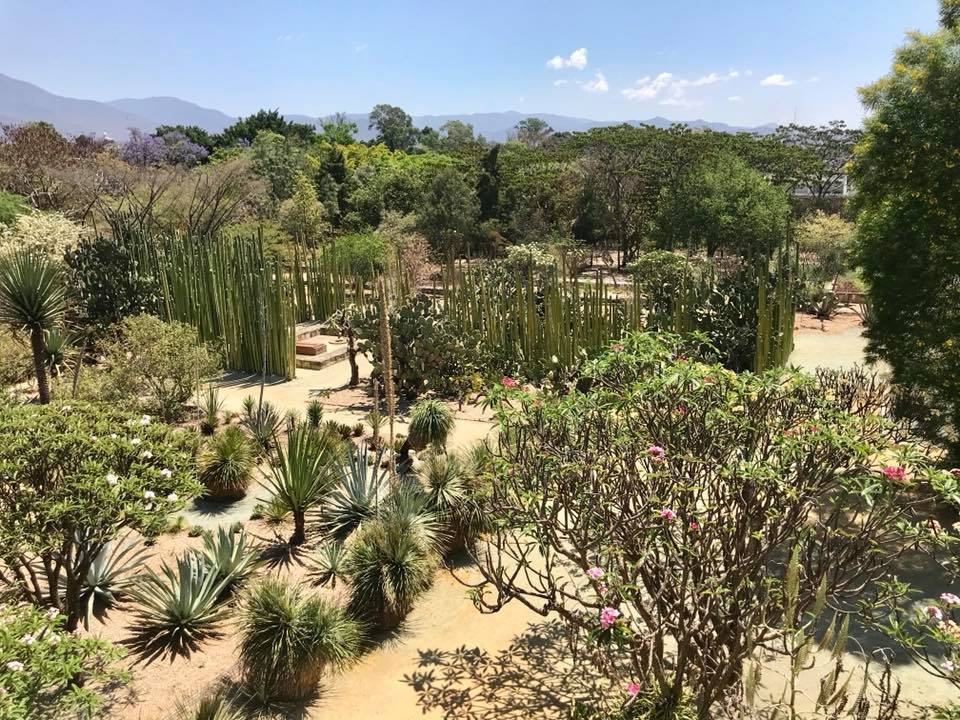
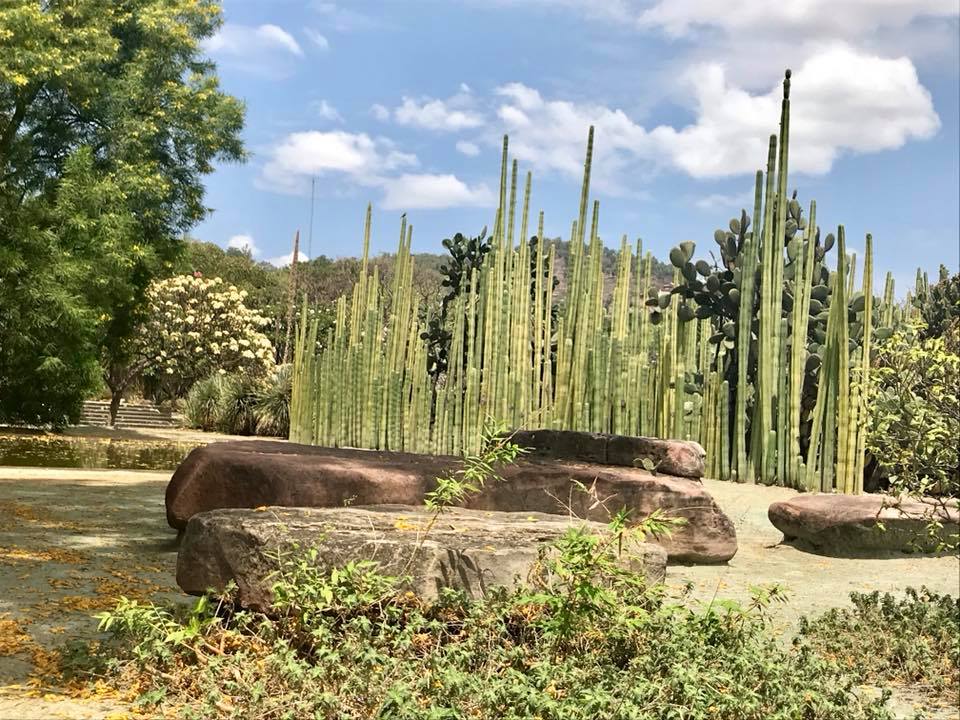
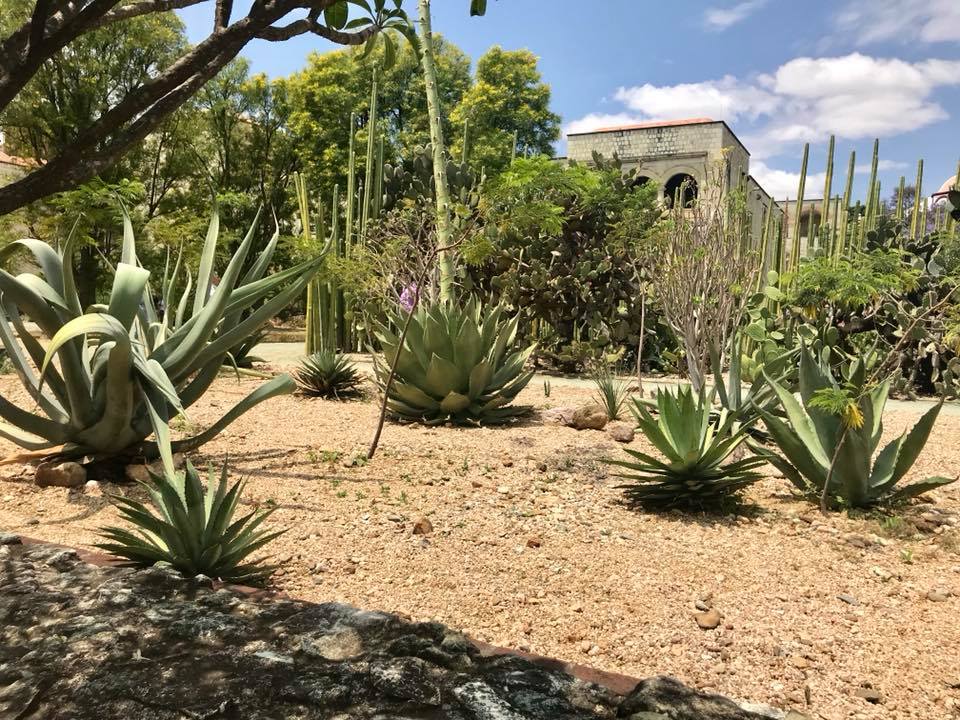
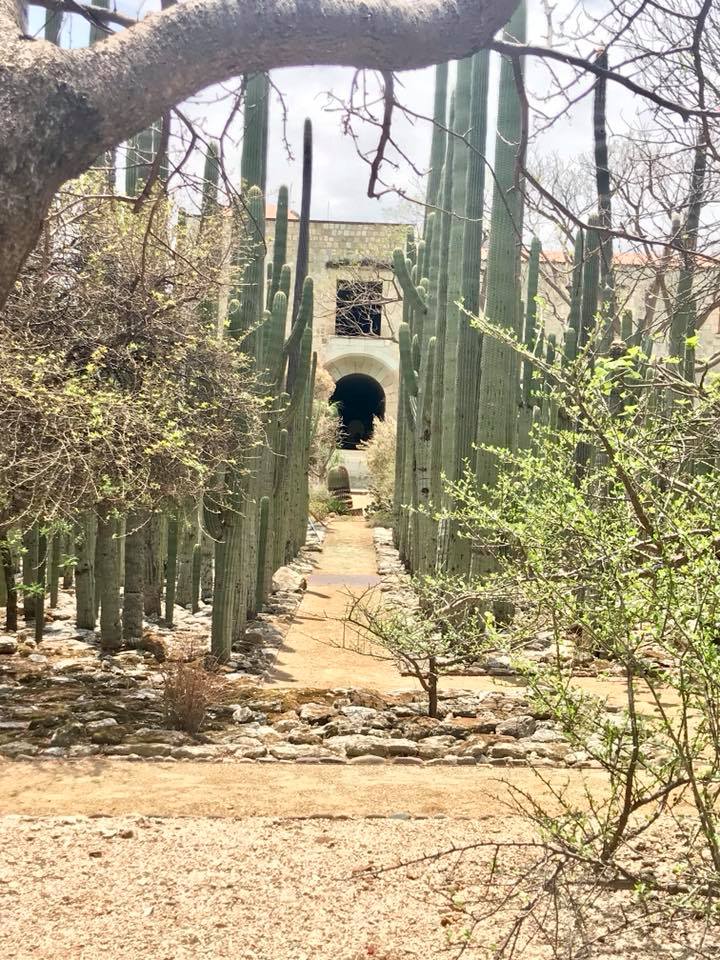
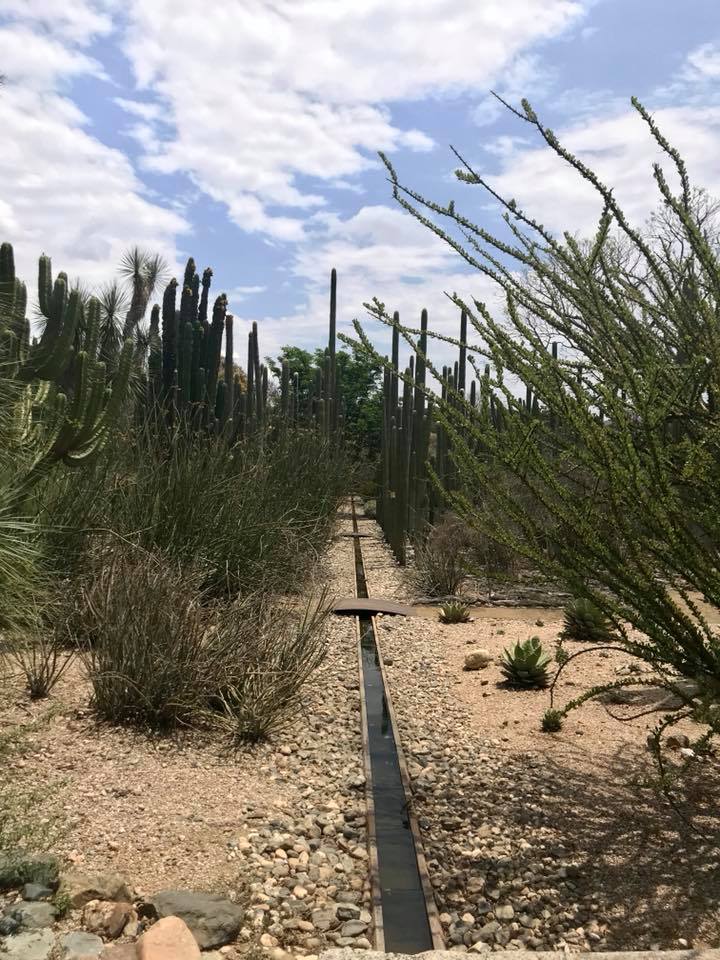
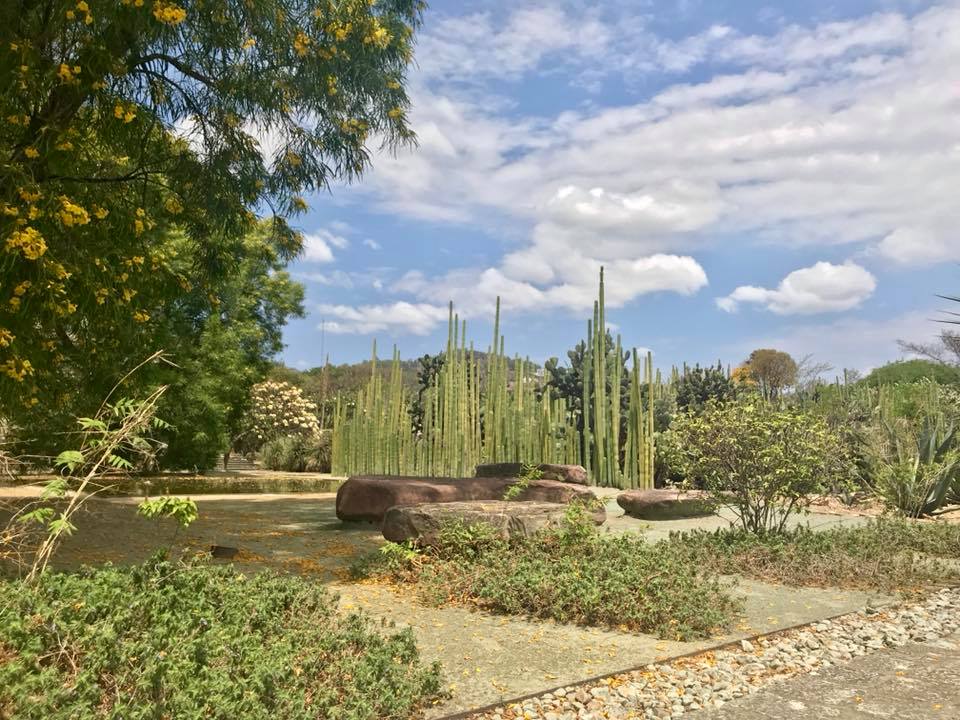
Here’s the thing though: you cannot independently visit this garden. You MUST take the two hour tour. The people who run this operation take it very seriously, and they should. But, the tour could be an hour long. It literally dragged on and on. So, Chad and I skipped out on it about half way through, and made our way through the gardens alone, which you are not supposed to do. But, we are rebels. Well, I’m a rebel. Chad was literally dying of embarrassment; but, I needed to get into this cactus forest without a bunch of people, so Chad dealt with it!
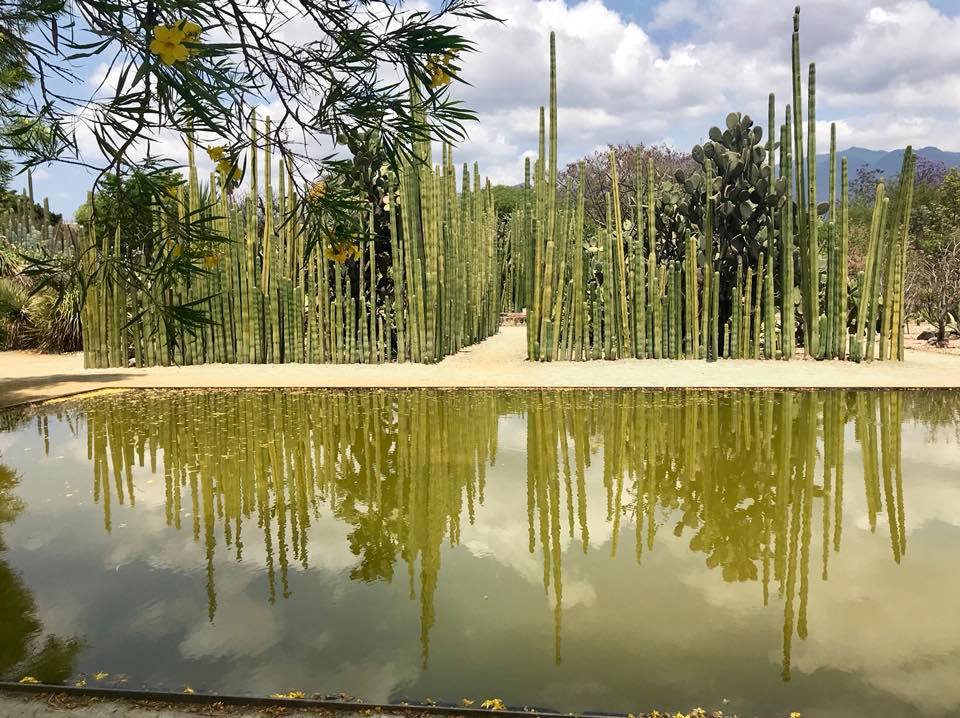
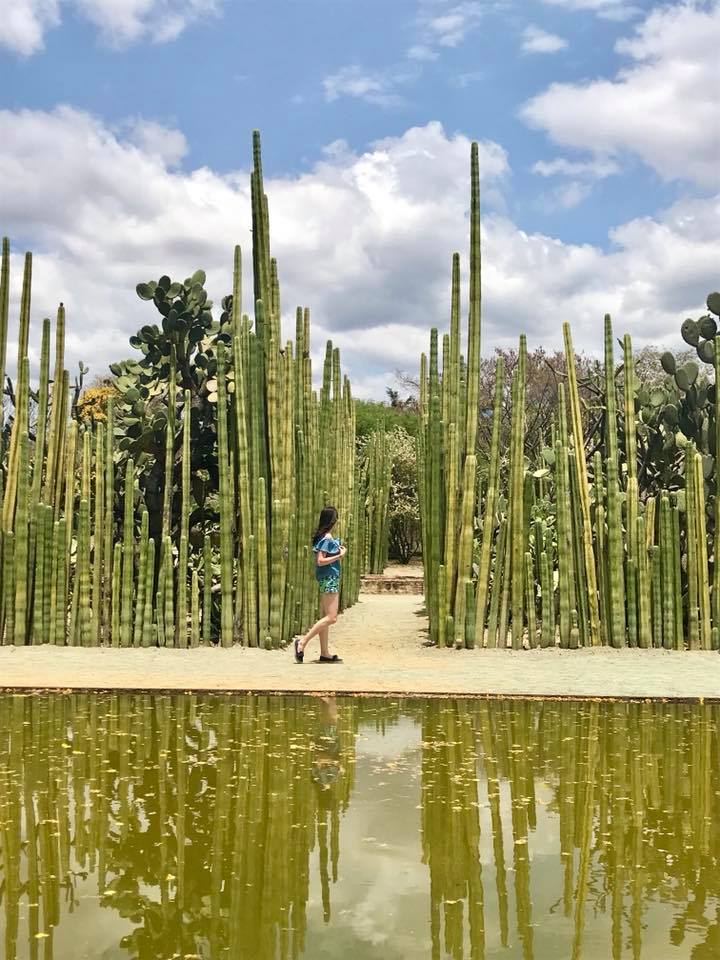
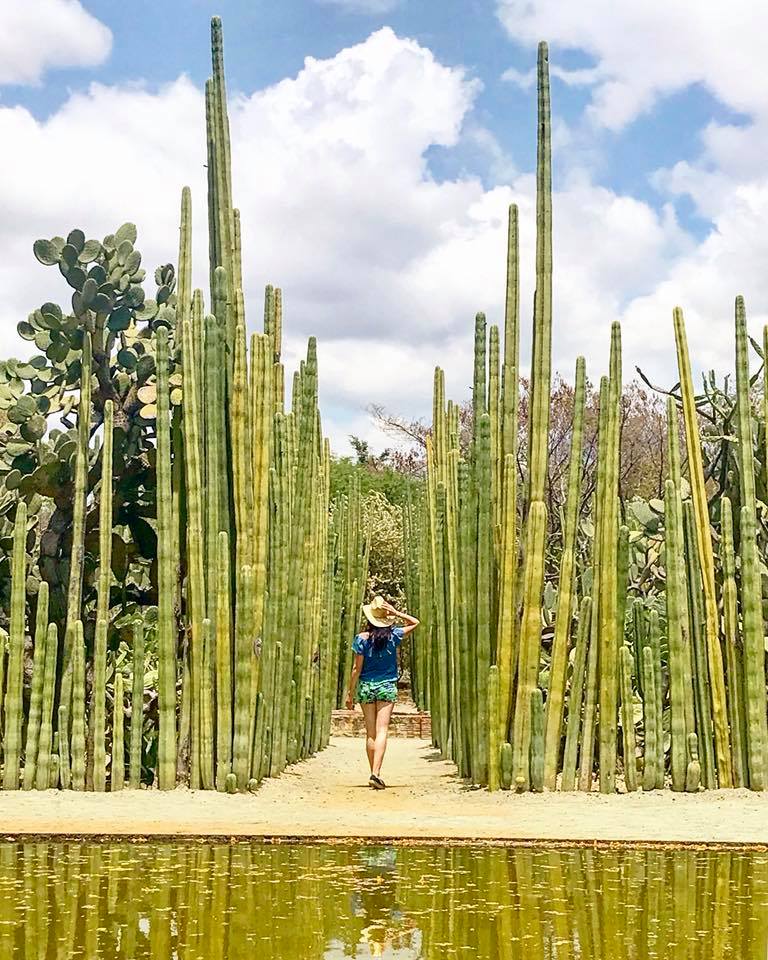
Our afternoon was spent visiting several artisans villages, like San Martín Tilcajete, where we visited local wood carvers who painted their carvings with Zapotex designs:
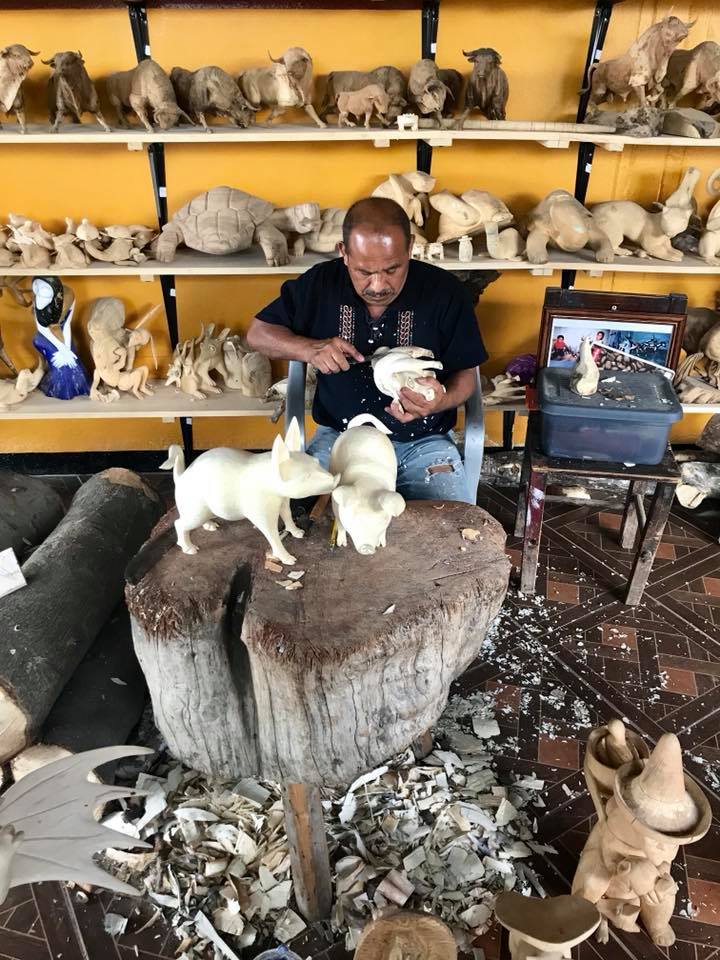
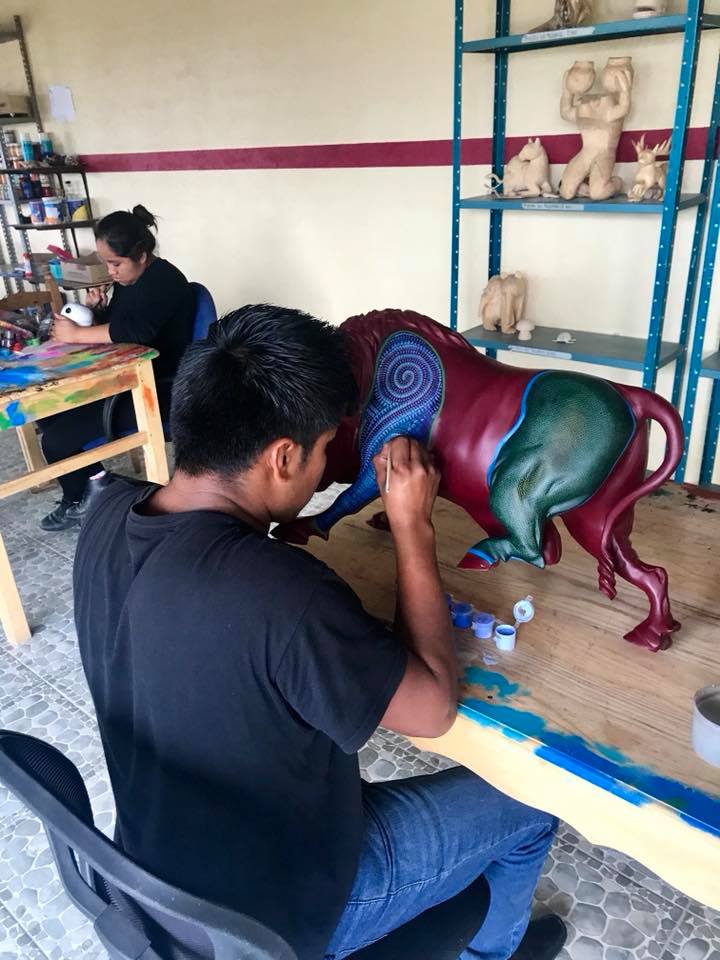
San Bartolo Coyotepec, a town best known for its black pottery:
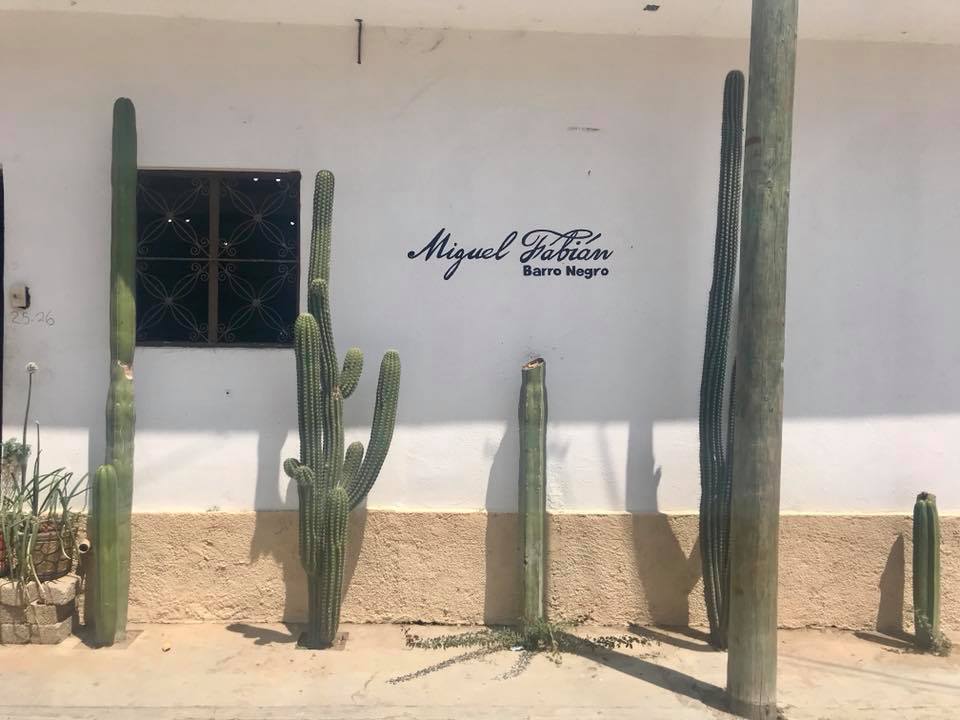
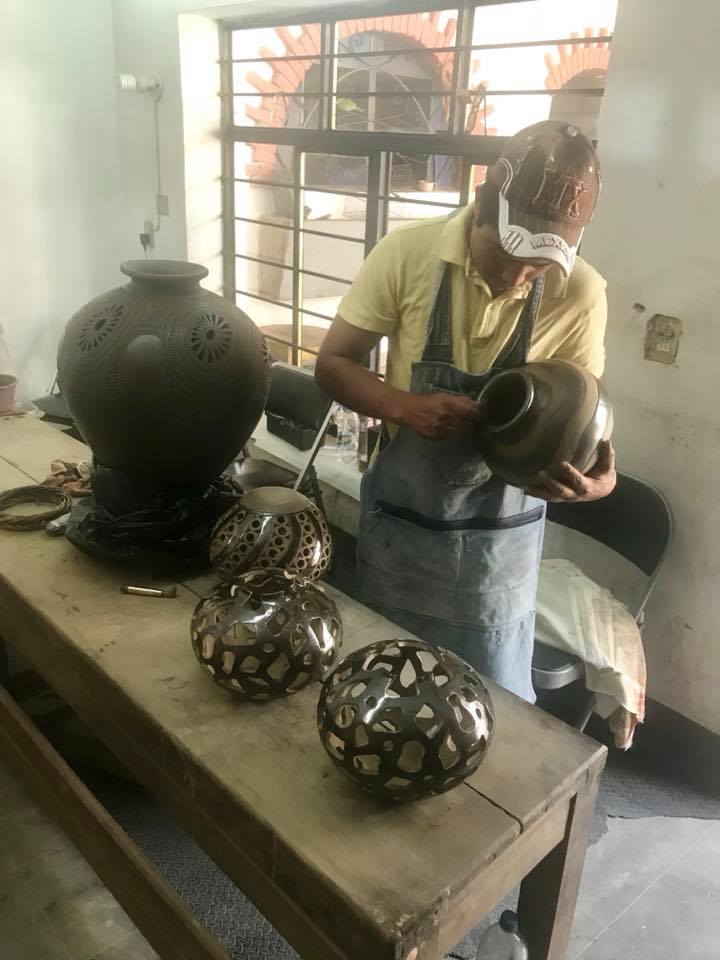
And Santo Tomás Jalieza, a town whose artisans are known for making exquisitely woven cotton goods on back-strap looms:
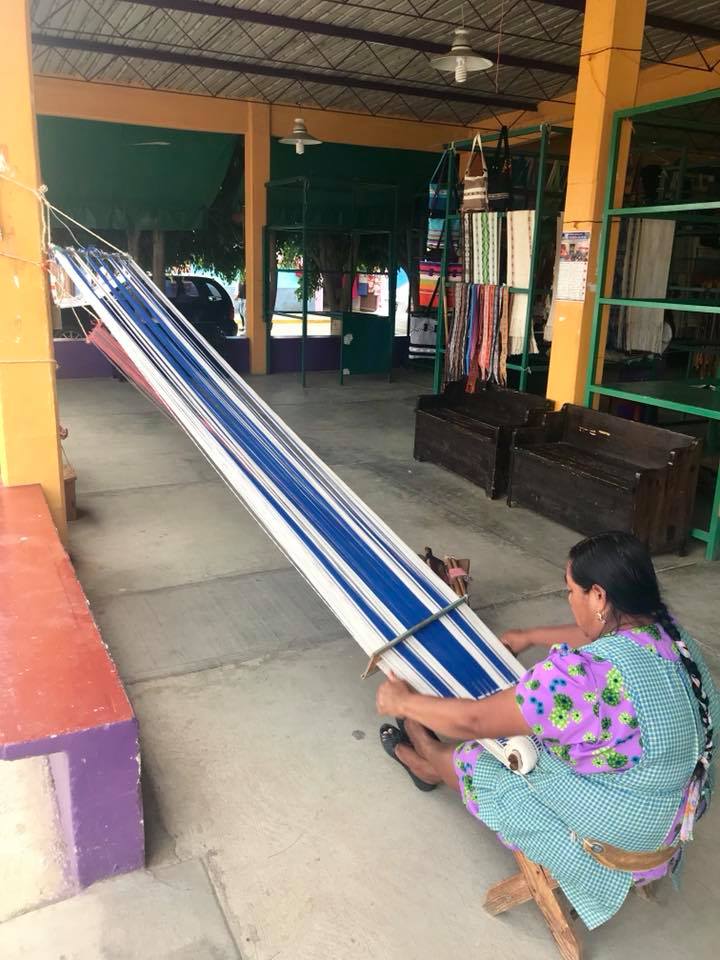
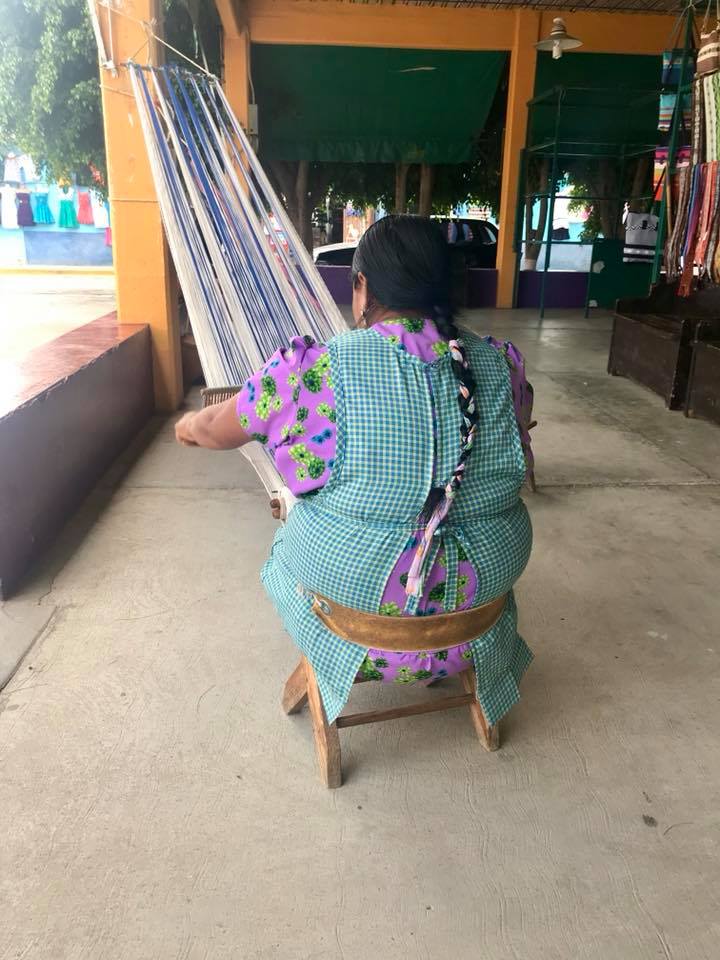
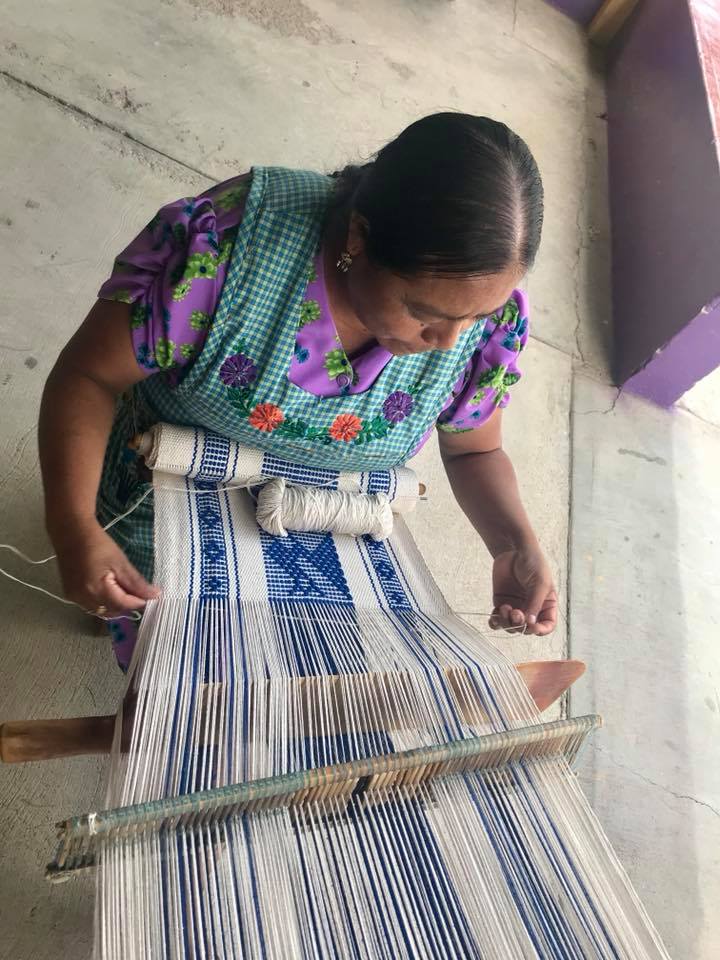
For lunch, we traveled to a local market/food hall in Ocotlan.
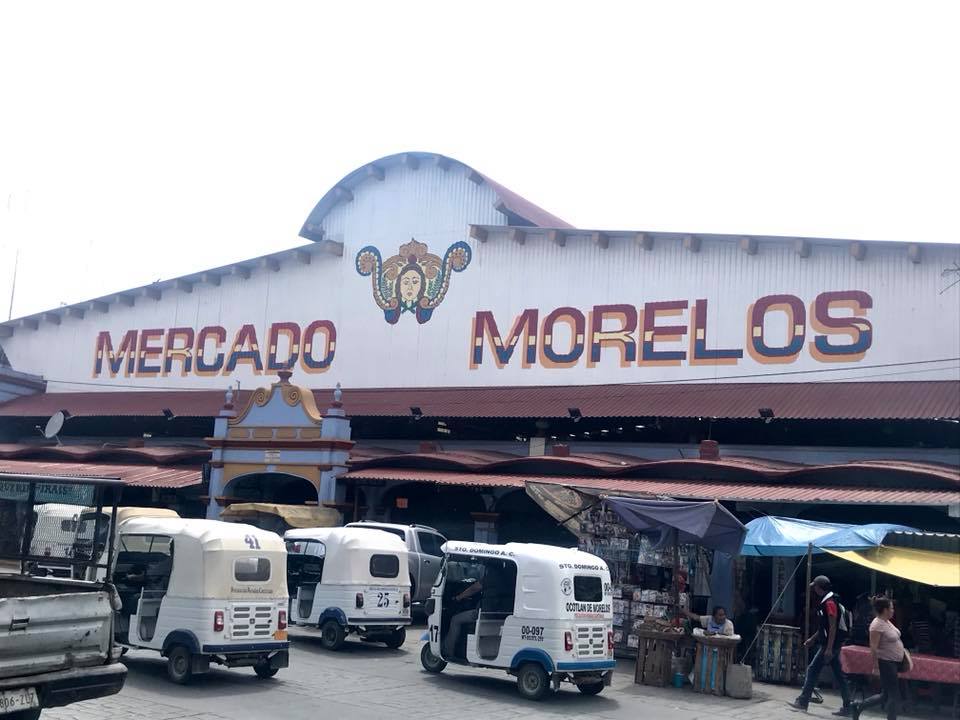
That is where we met Frida Kahlo (incarnate) and ate her amazing home cooking.
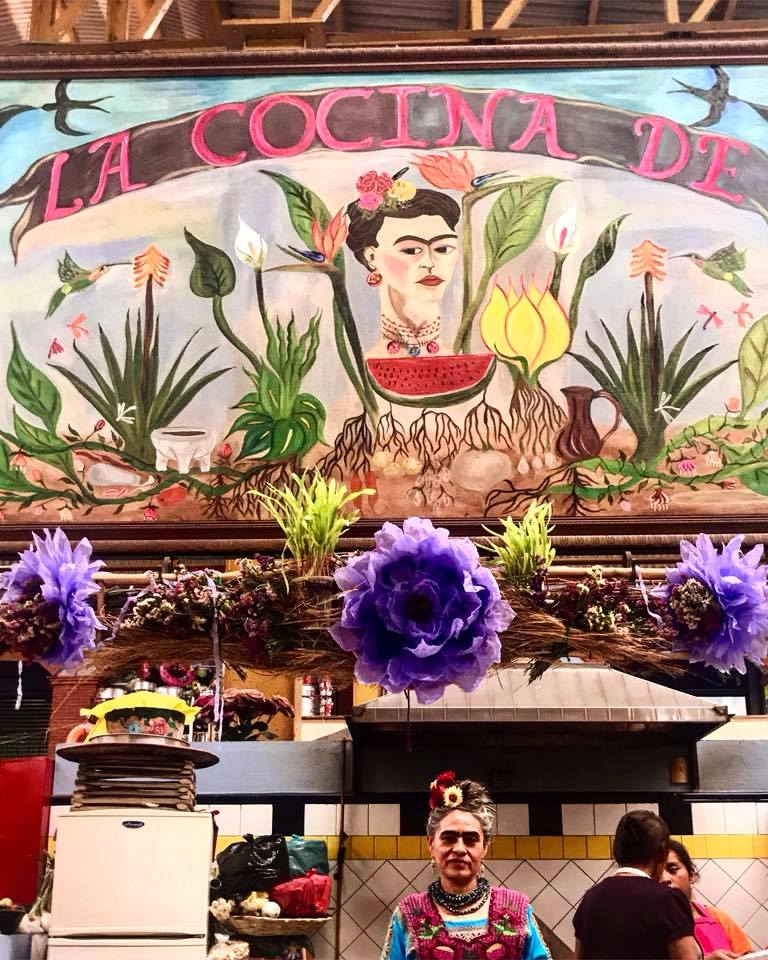
Okay, so she’s not the real Frida Kahlo, who is actually no longer with us, but you could’ve fooled me. She looks just like Frida and her cooking is art. Her stall is called La Cocina de Frida, and it was the best damn mole sauce we ate!
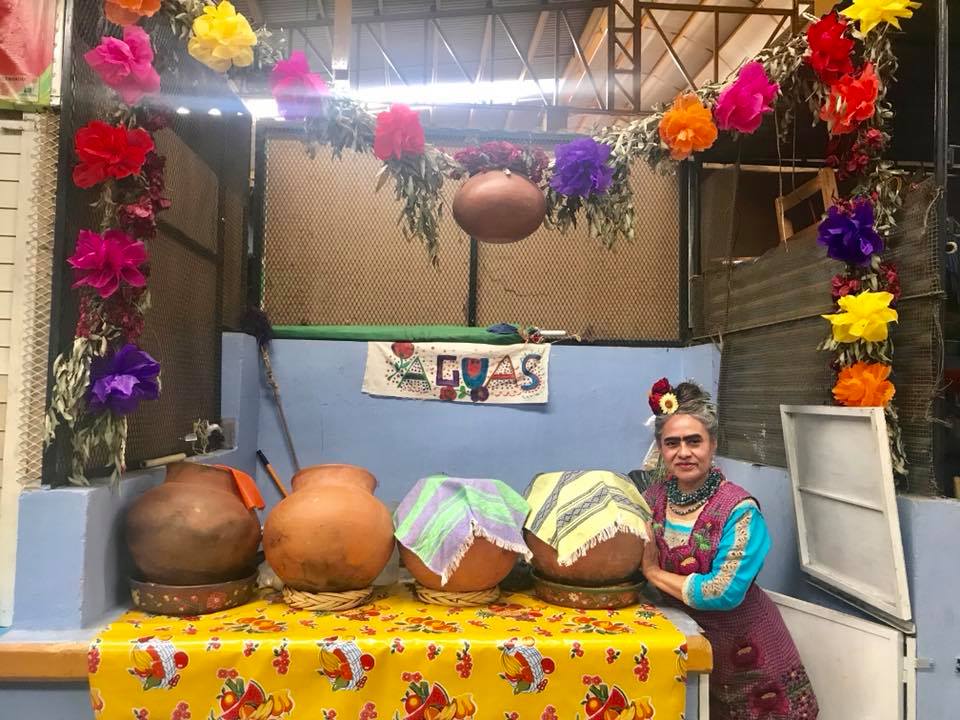
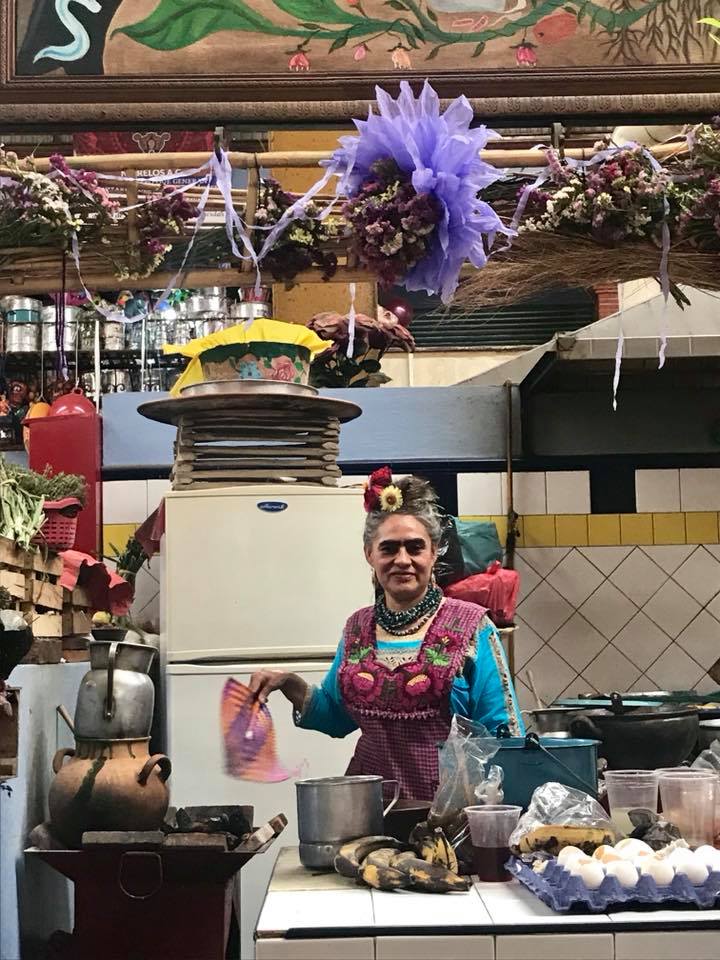
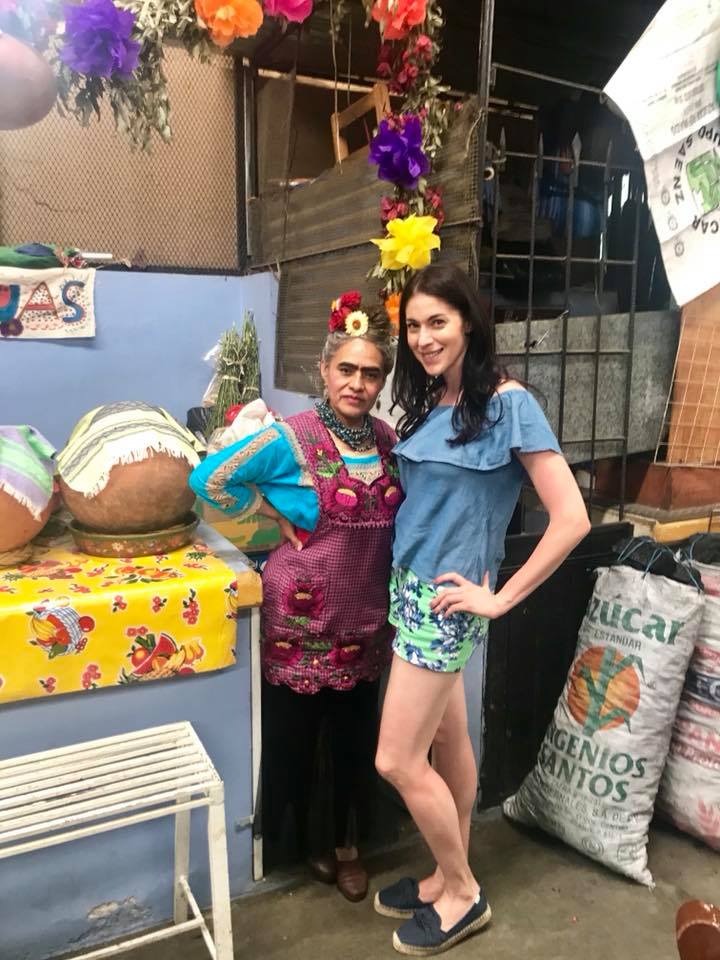
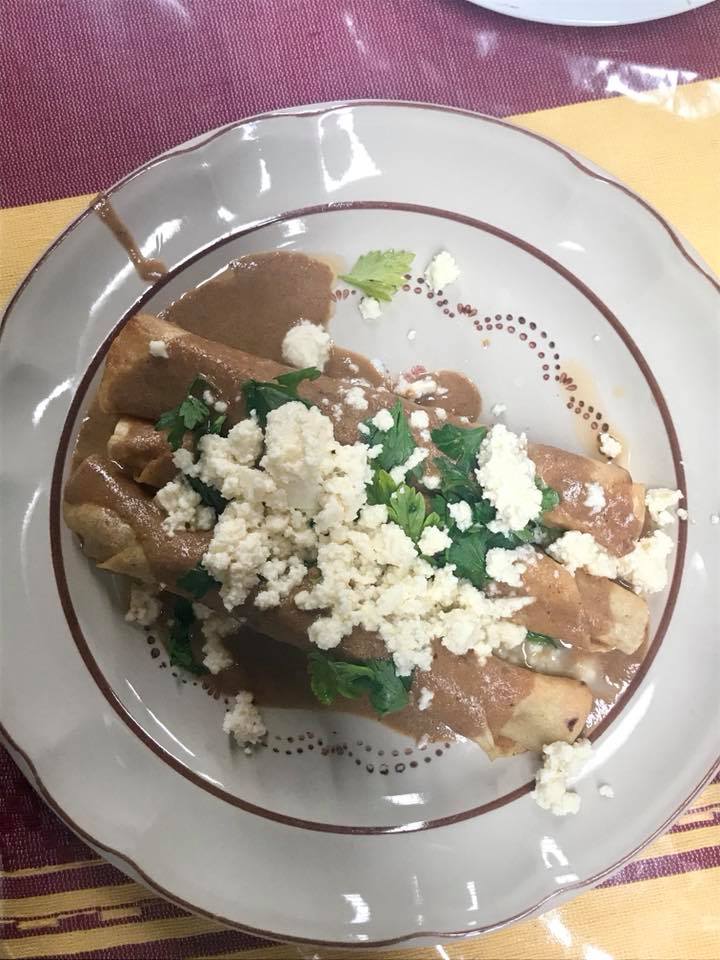
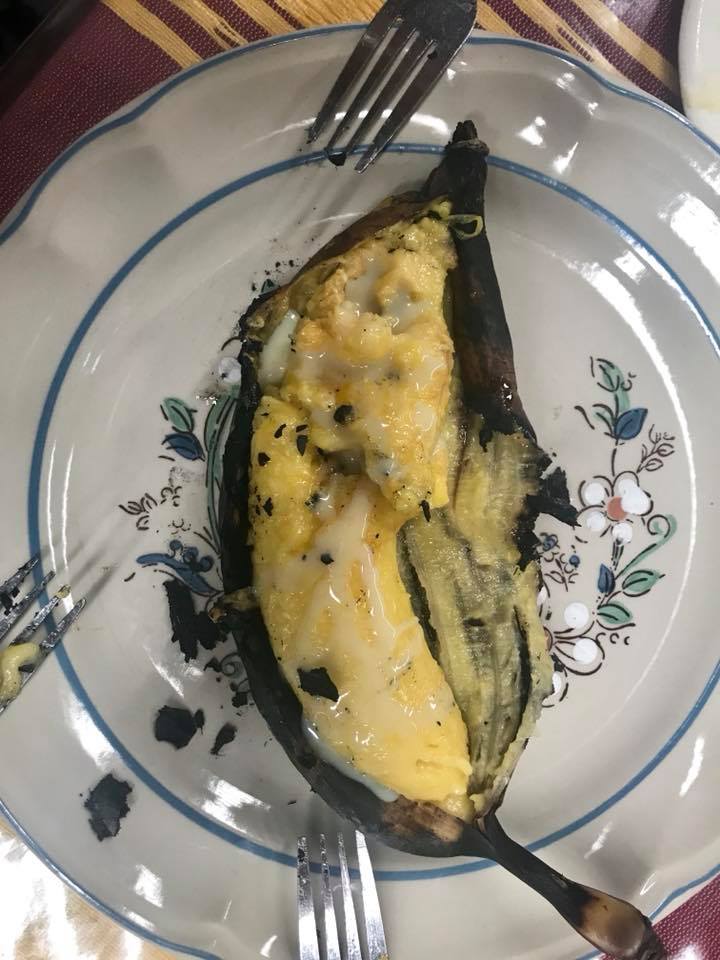
For dinner, we tried the tasting menu at El Destilado, for a contemporary take on Oaxacan classics.
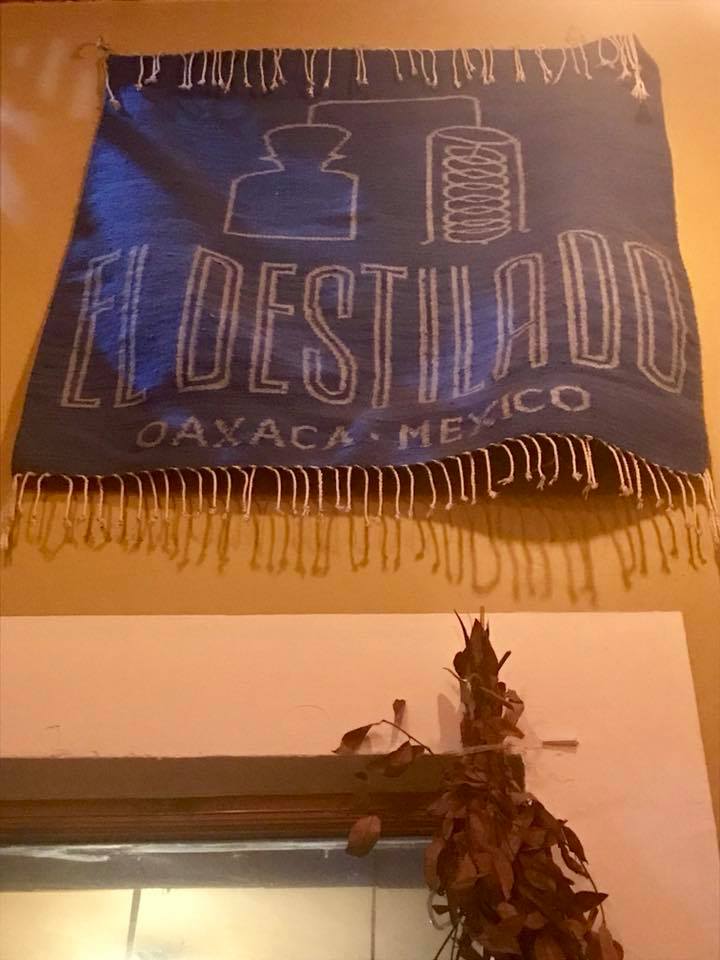
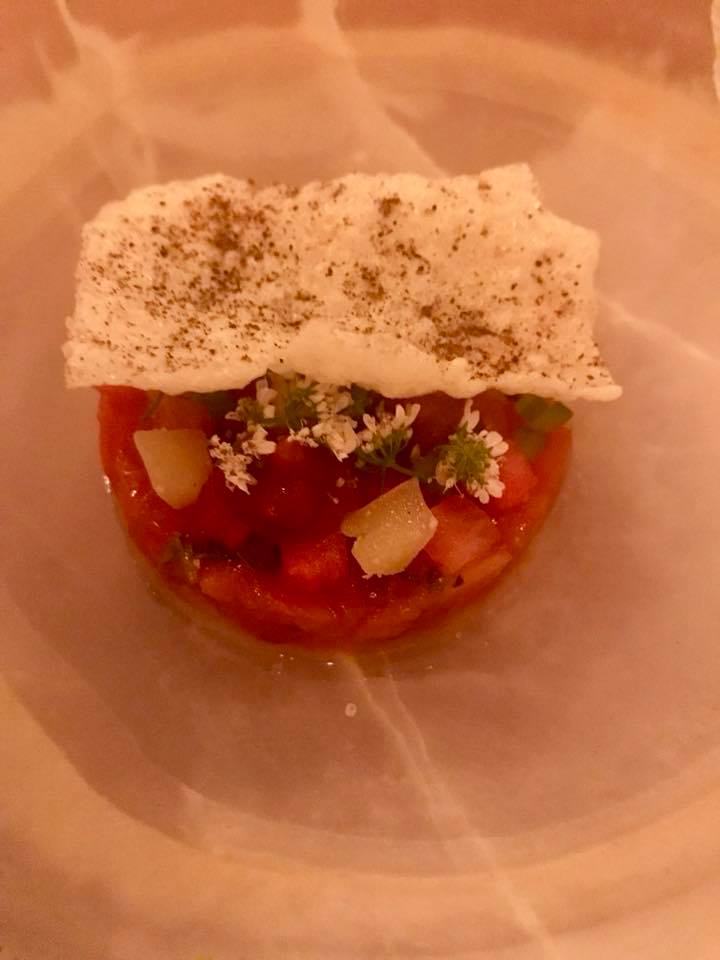
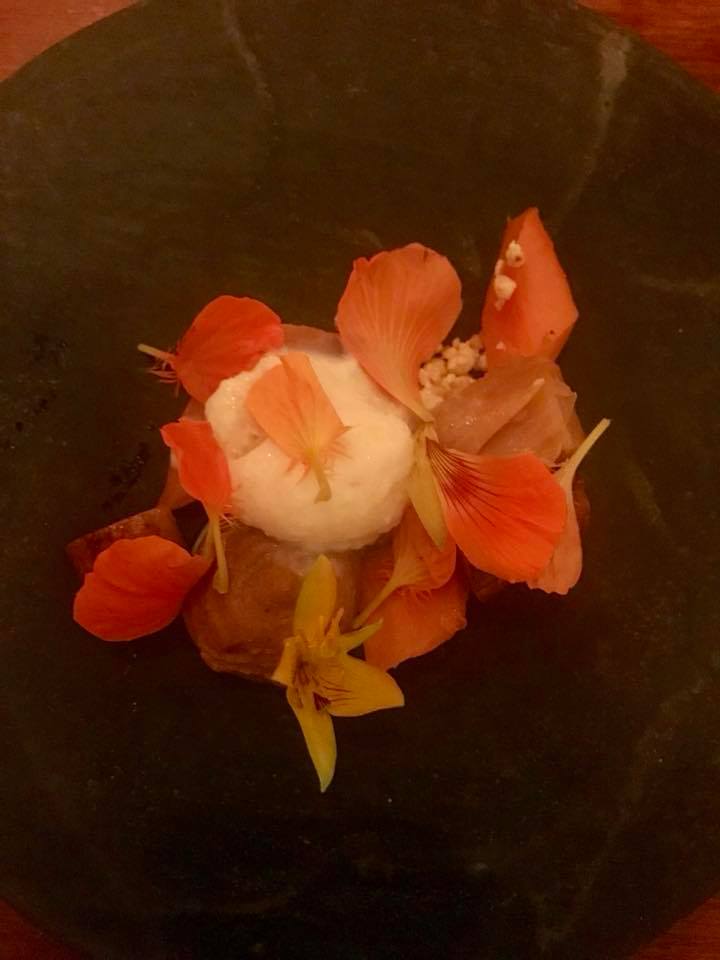
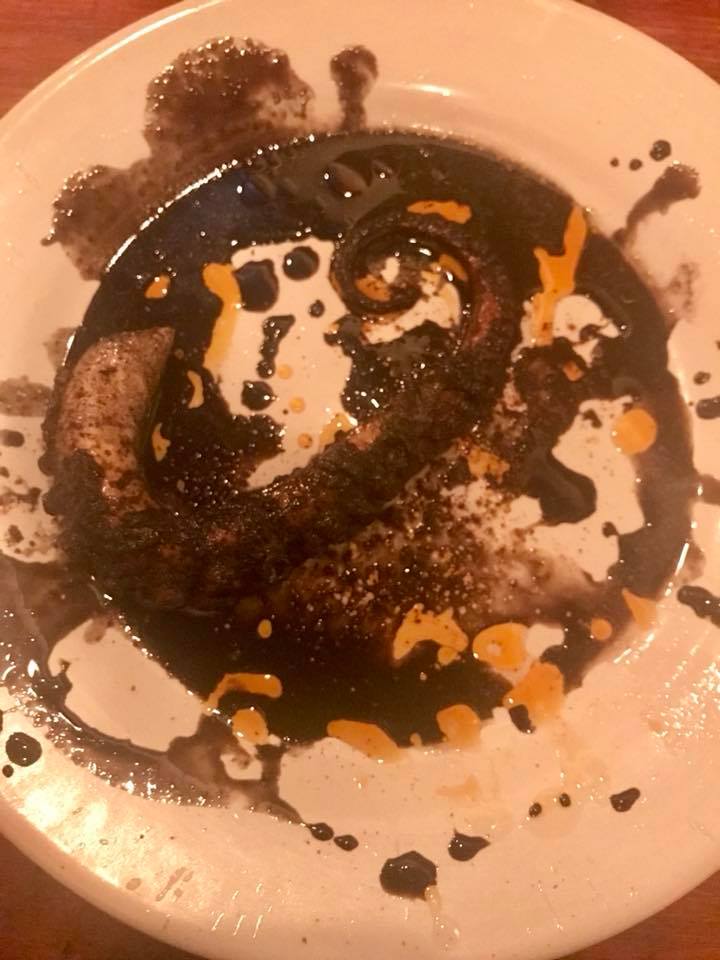
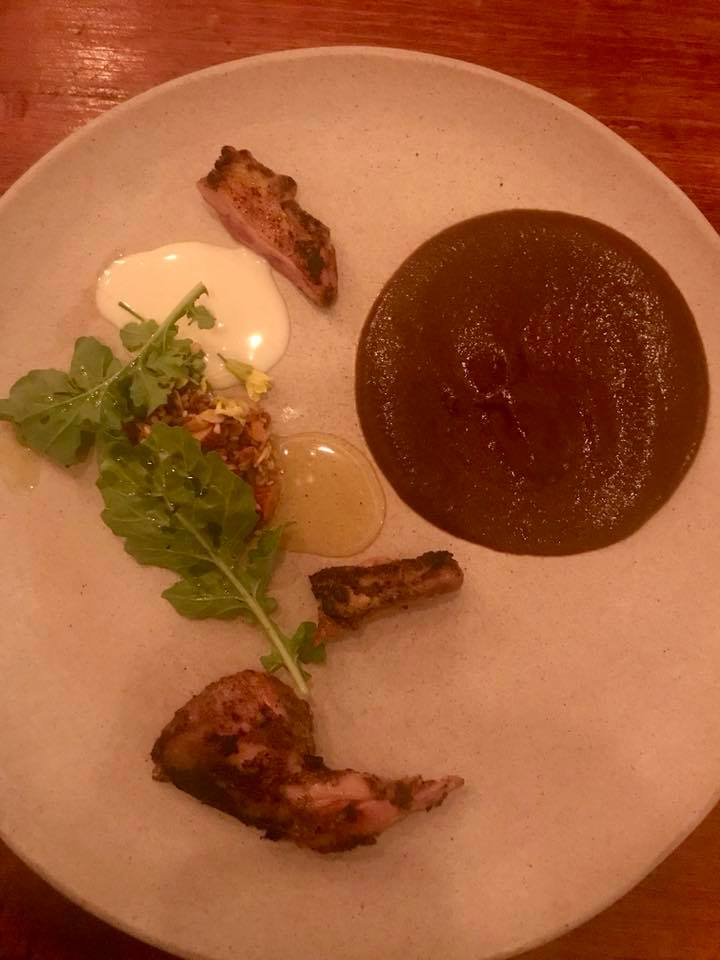
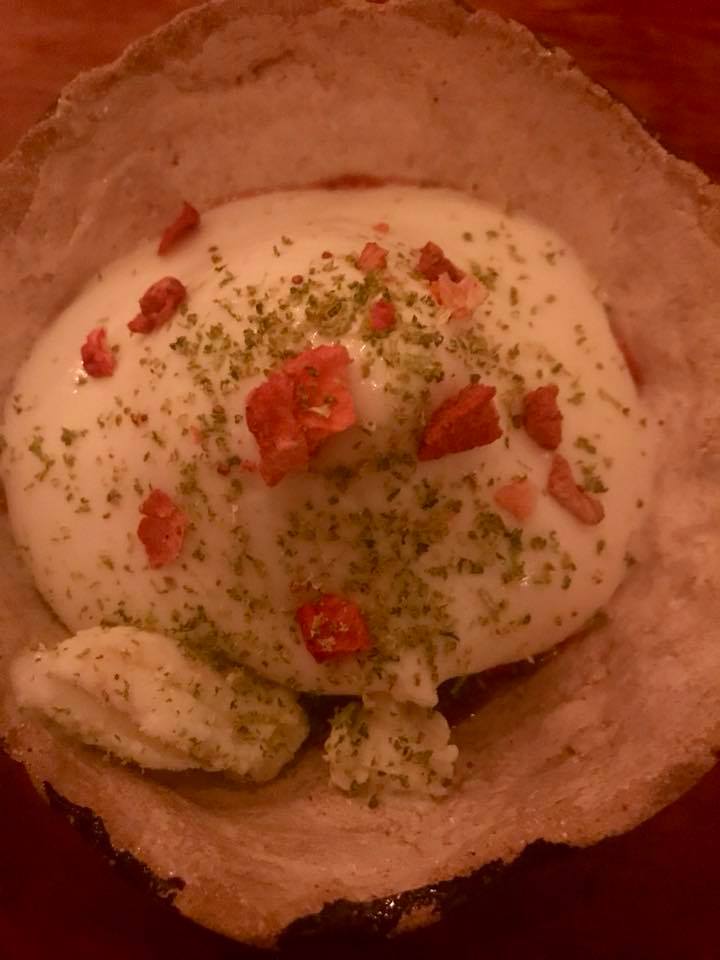
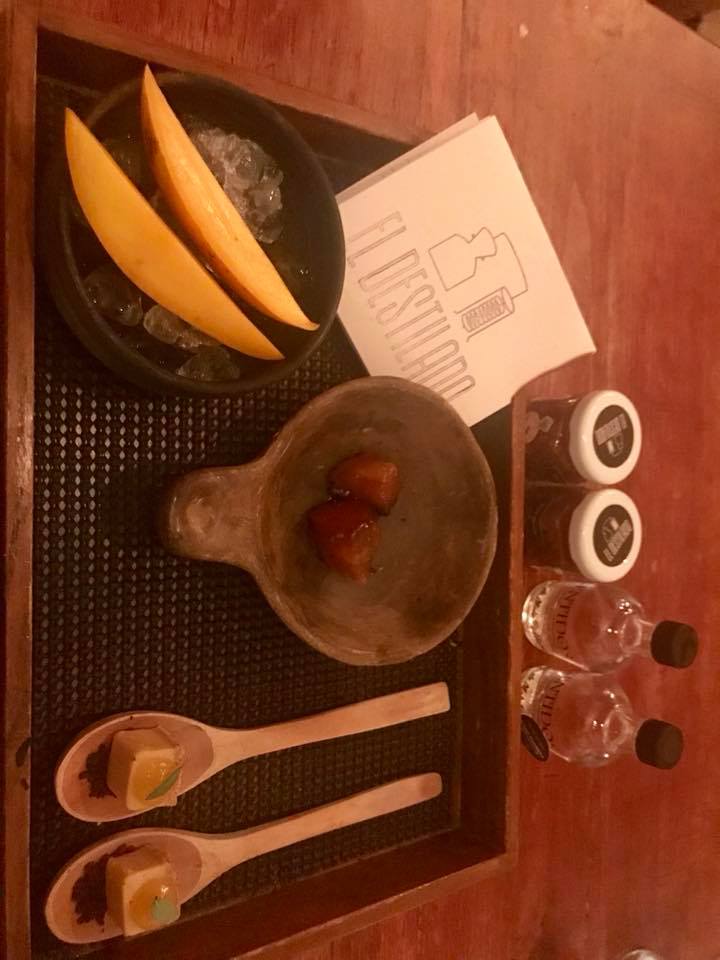
We dedicated our final day to exploring the colorful streets of Oaxaca City and its markets.
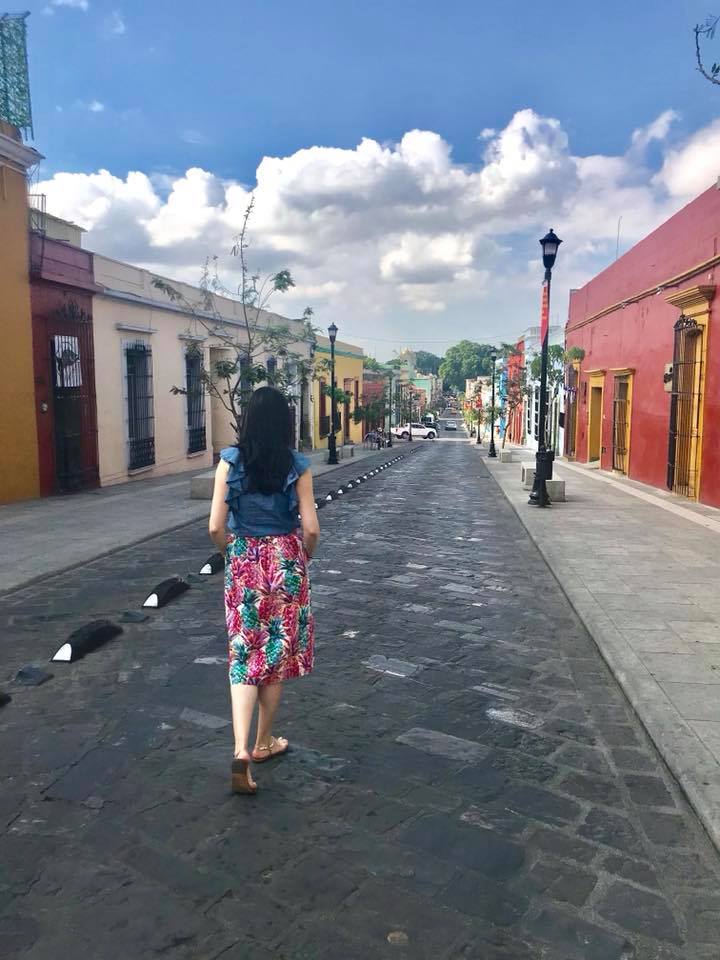
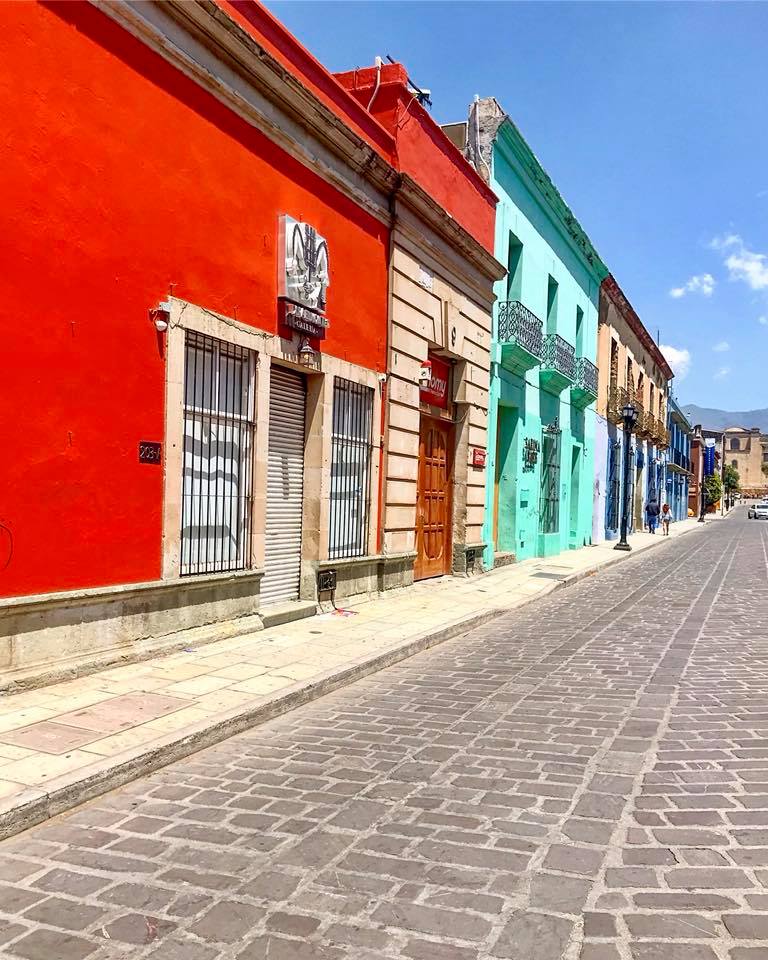
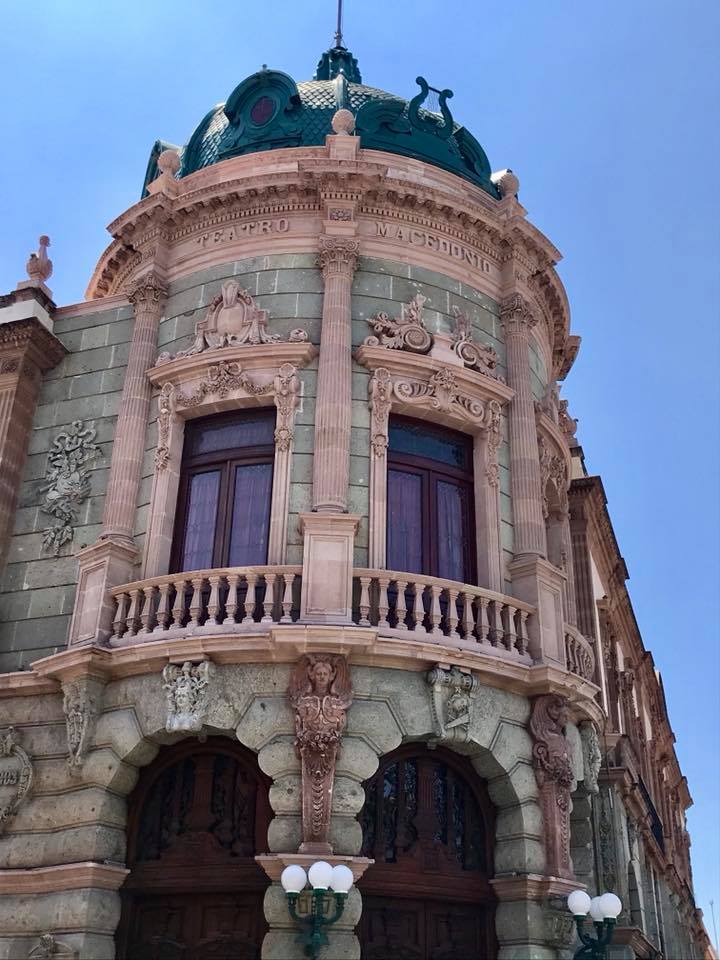
We admired the street art.
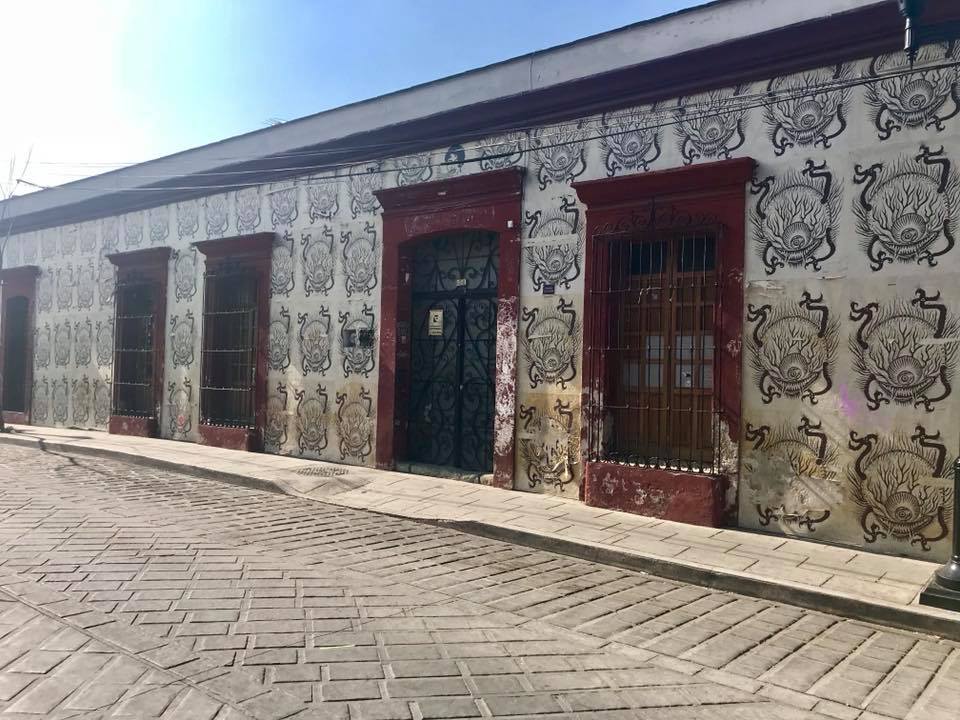
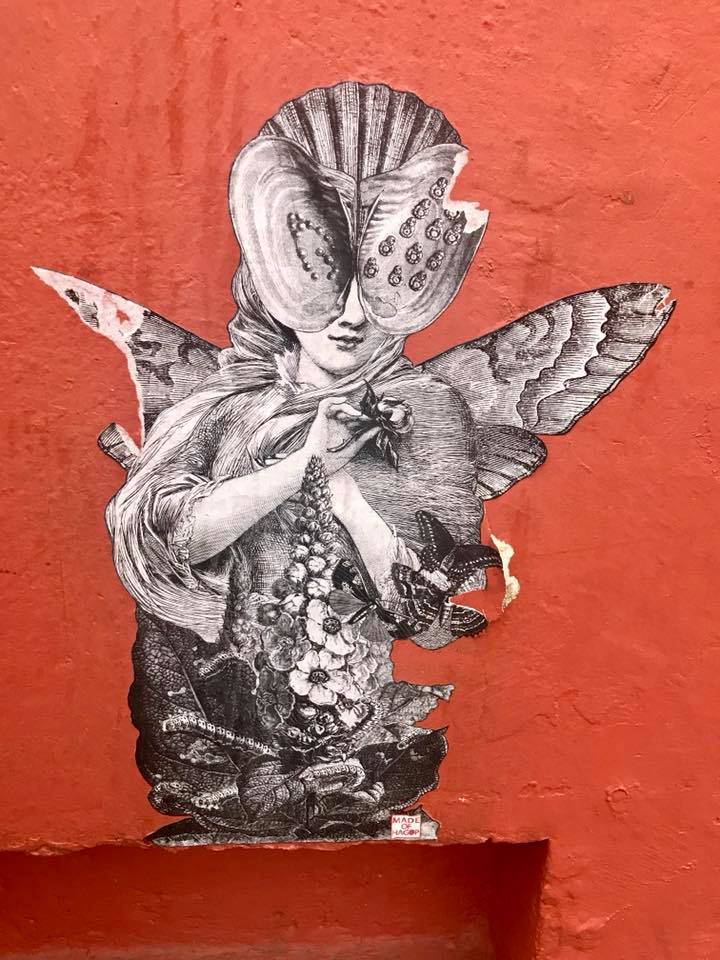
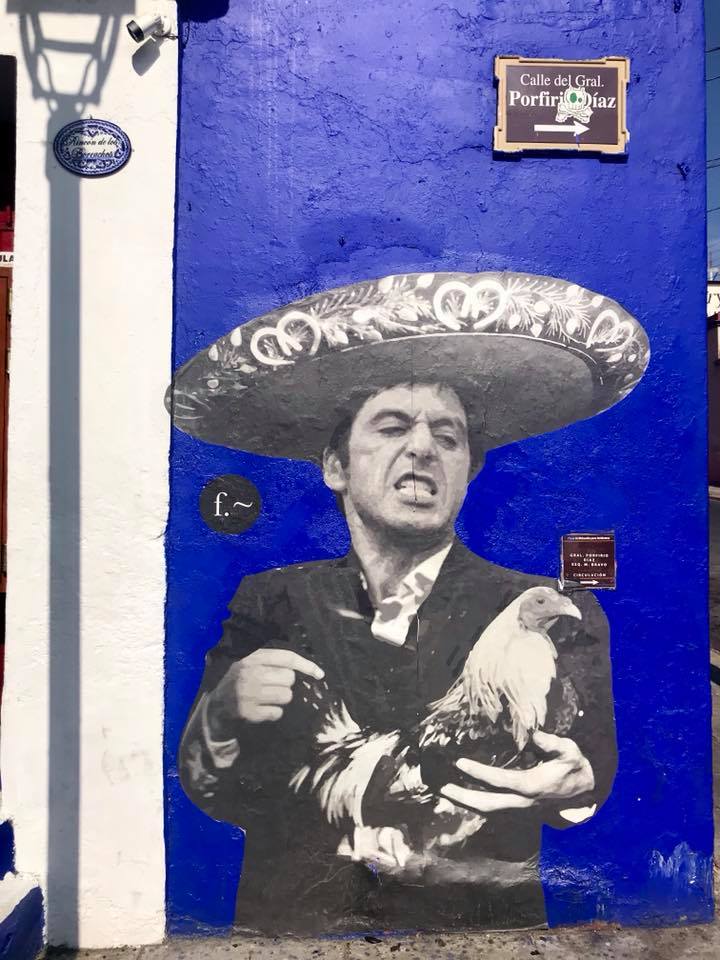
We shopped in the local boutiques.
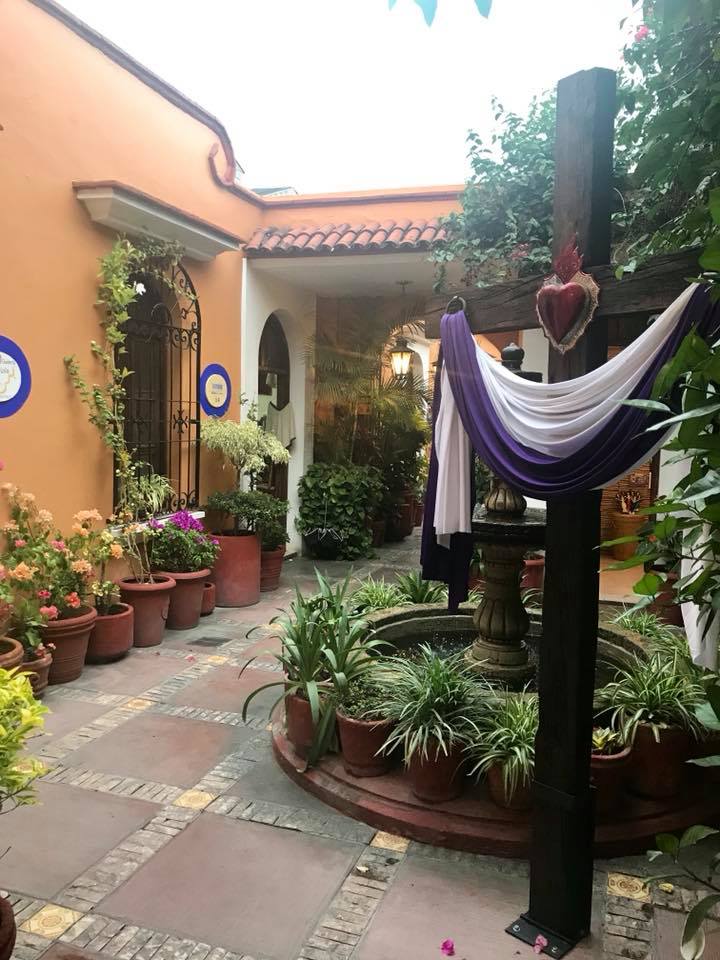
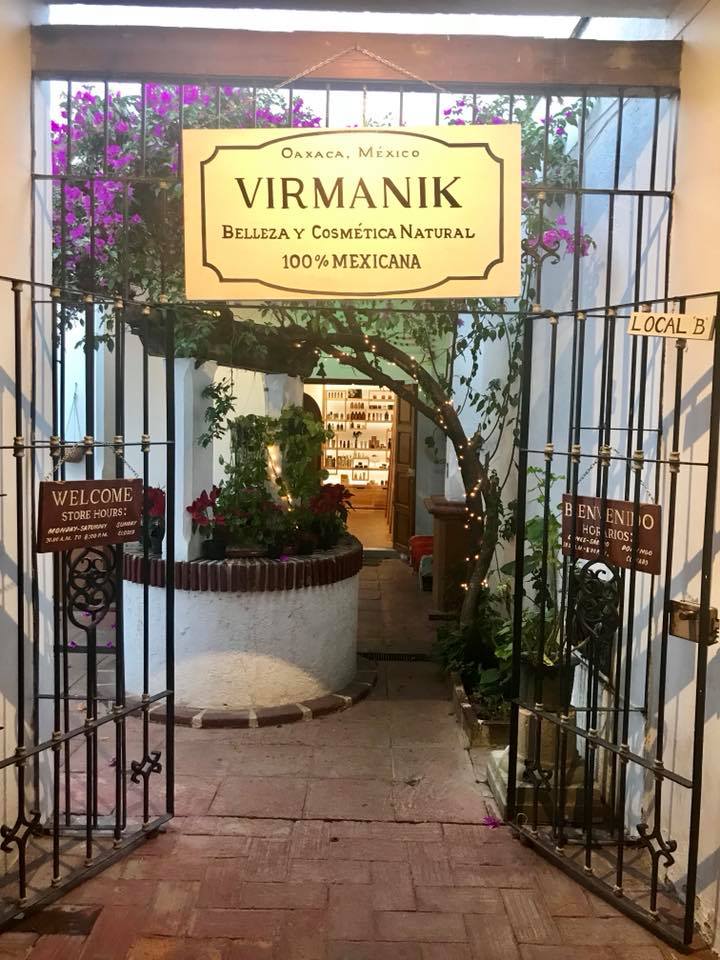
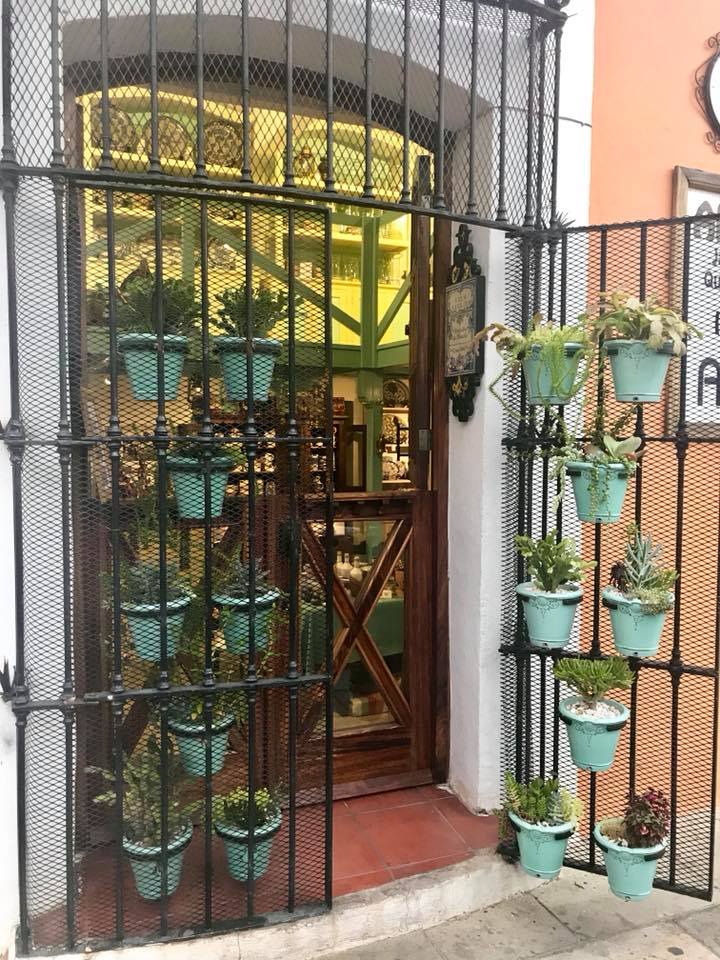
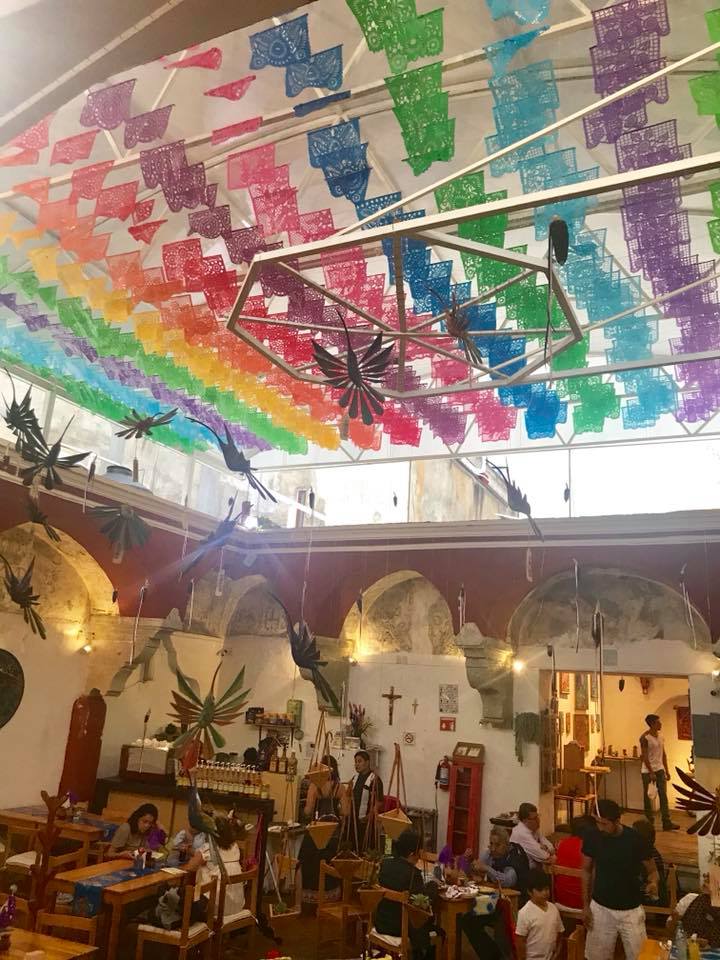
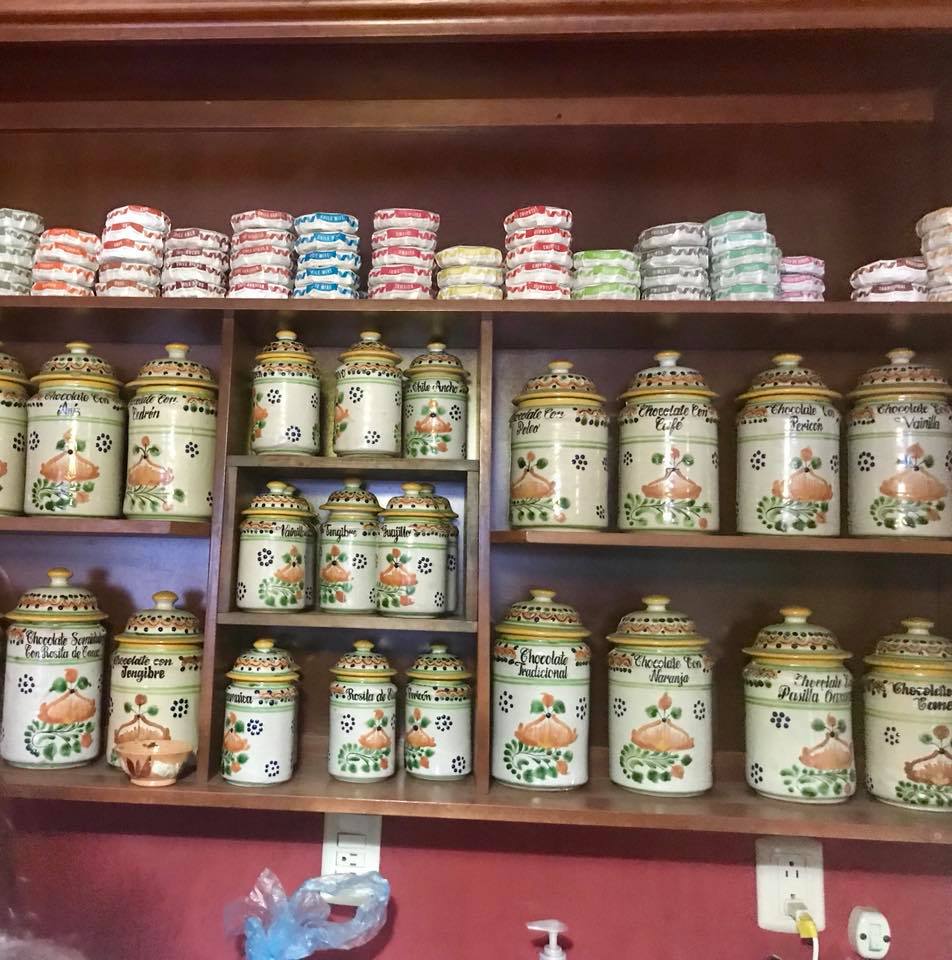
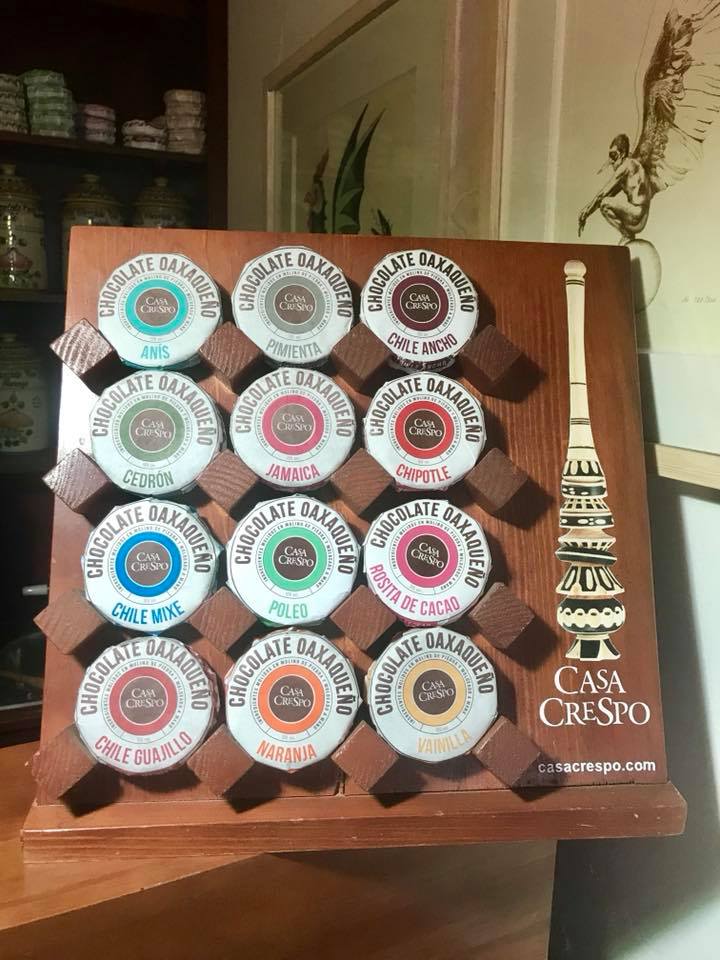
We ate tacos (duh!).
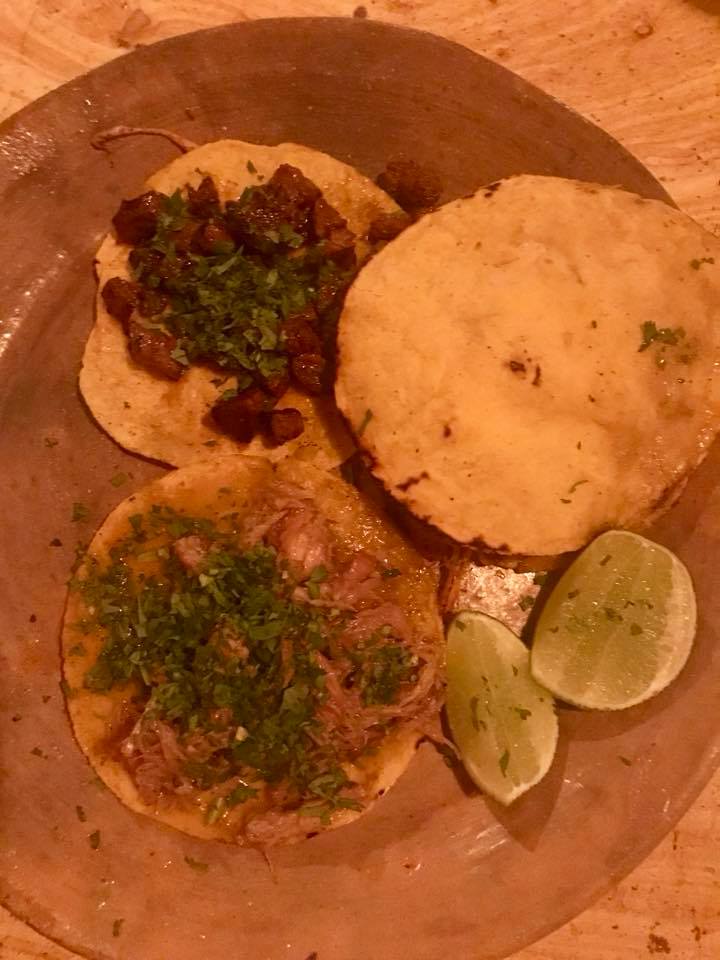
We stopped by the church.
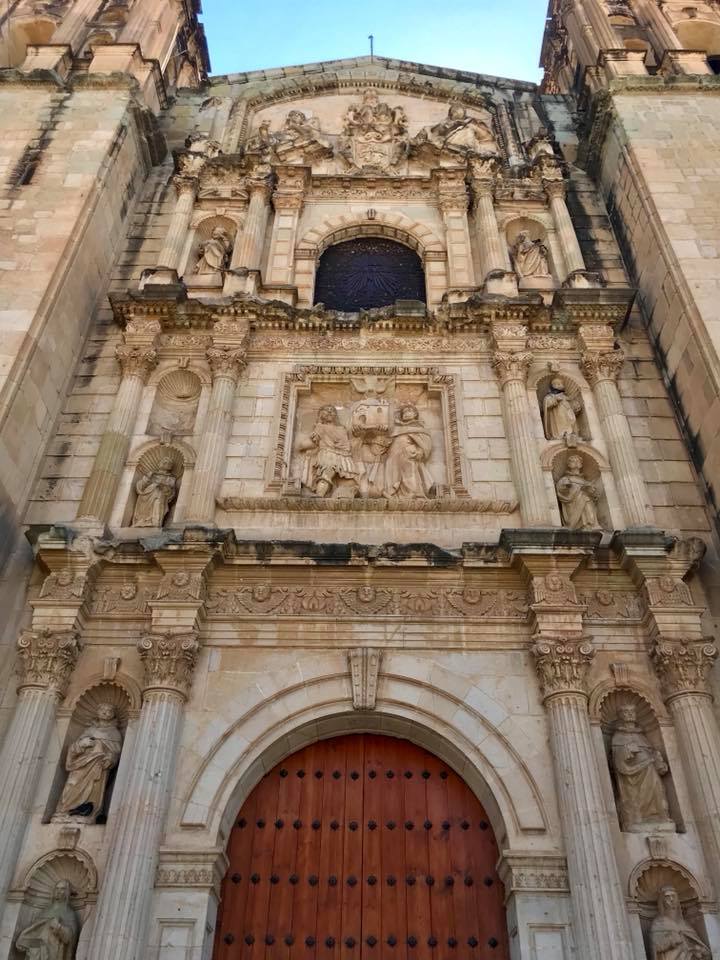
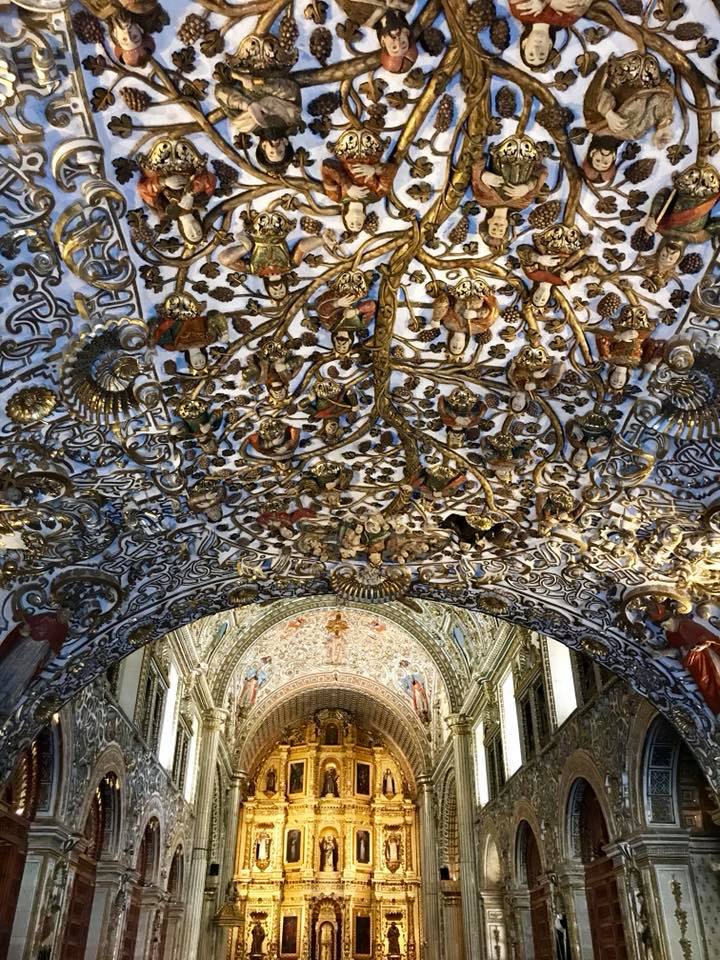
And we visited the Sunday market.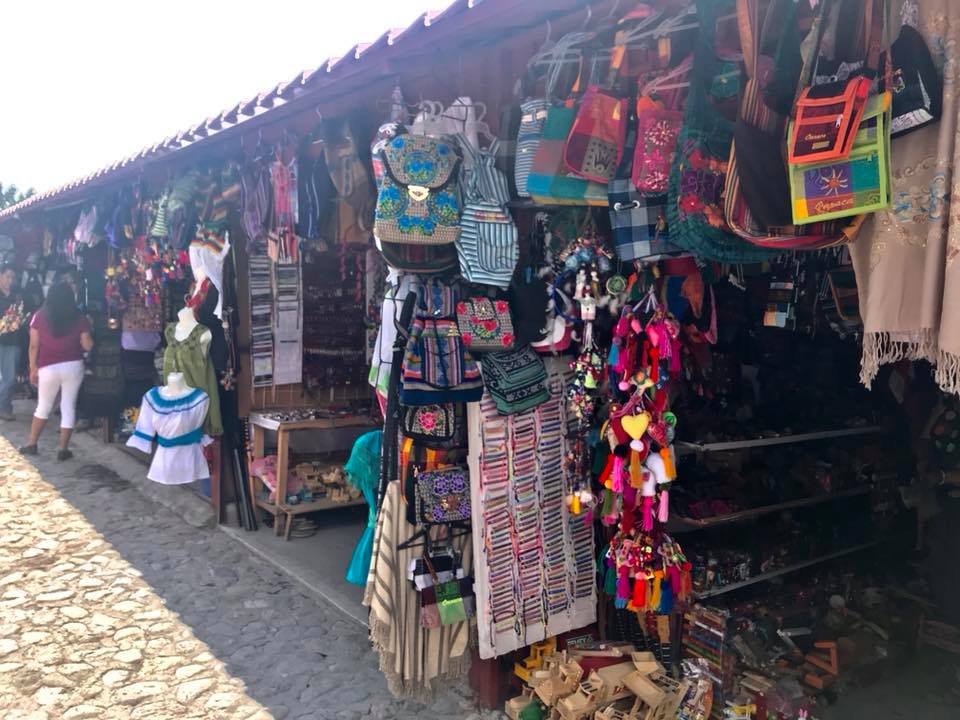
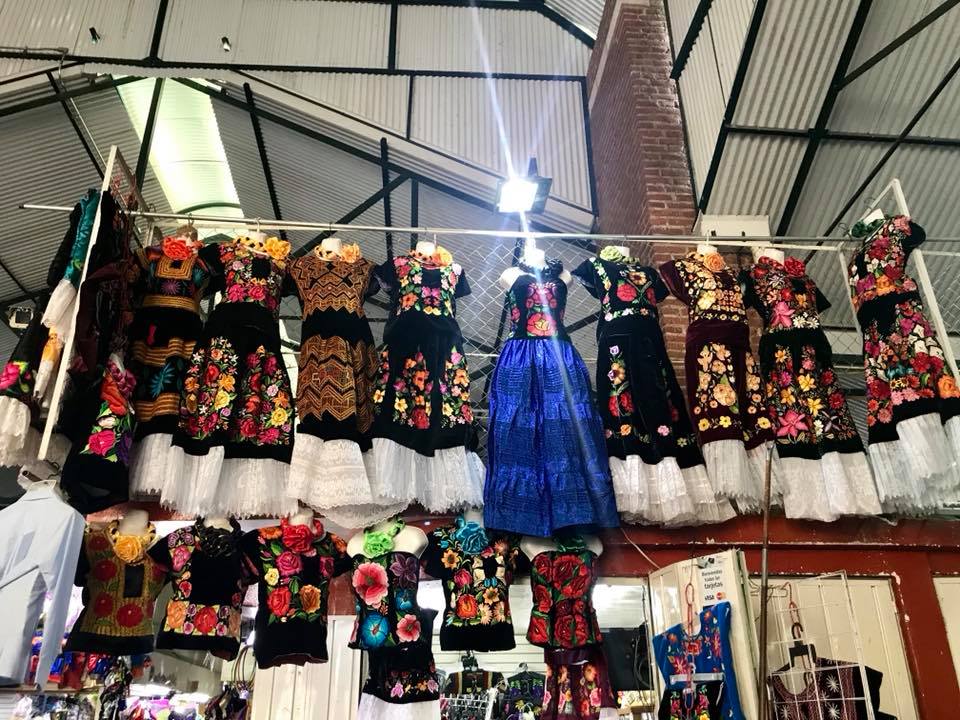
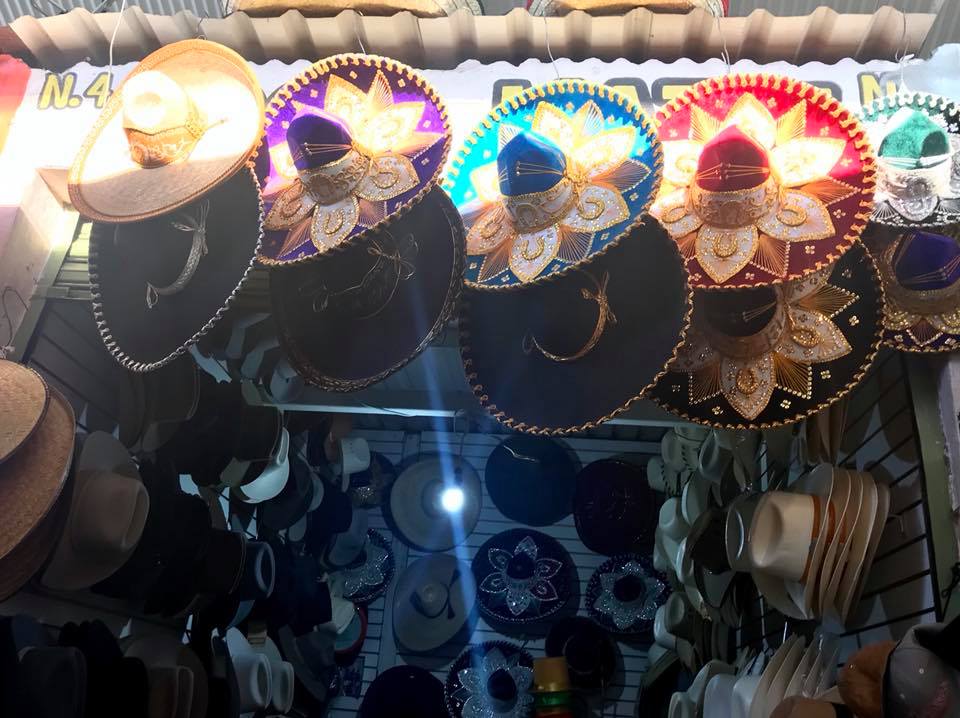
Side note: the indigenous locals do not like to be photographed. They believe that you are stealing their soul when you photograph them. If you whip out a camera, they all hide their faces. However, there are some that are more evolved, so you are better off asking if you want to photograph indigenous people in Oaxaca. And, unlike other places, they don’t expect to be paid to photos. So, I would avoid offering because I think payment for photos is a tourist created phenomenon.
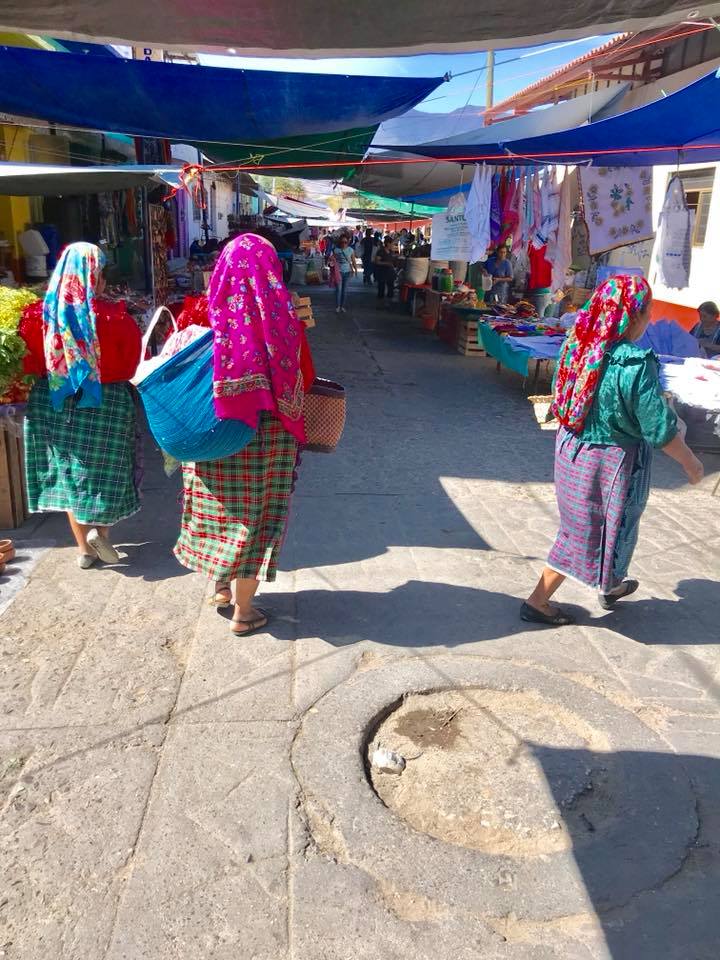
The markets in Oaxaca are organized by section: meats, veggies, breads, etc.
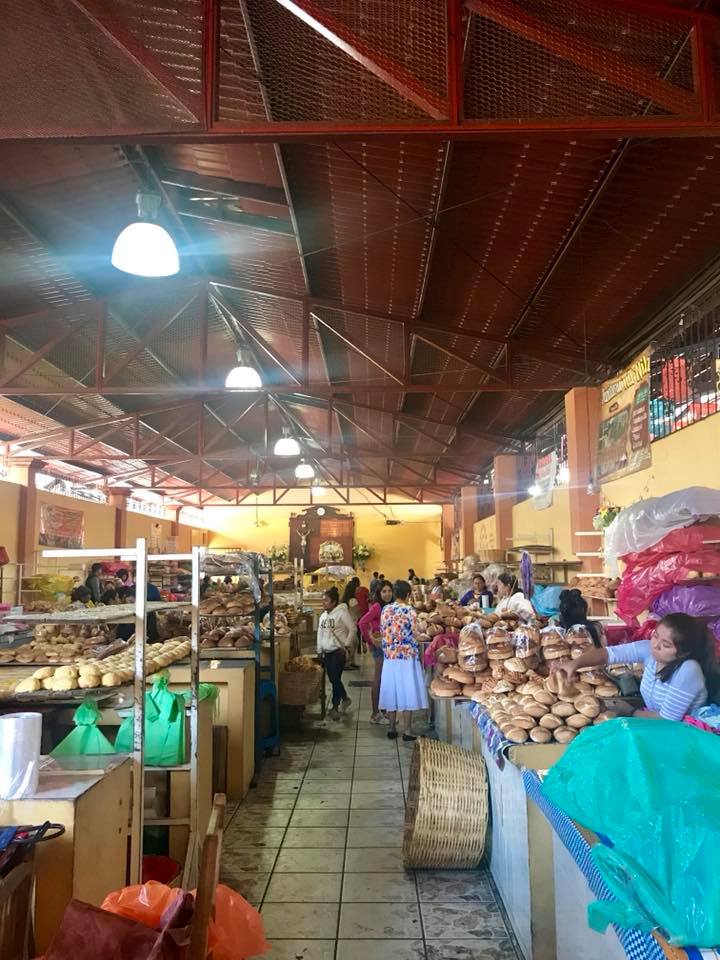
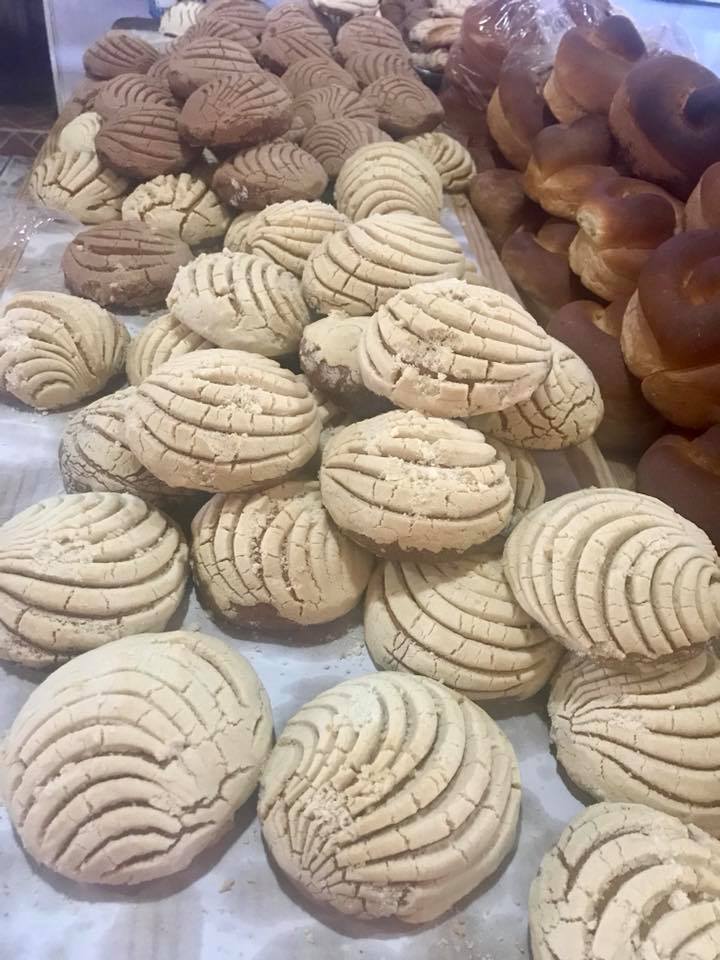
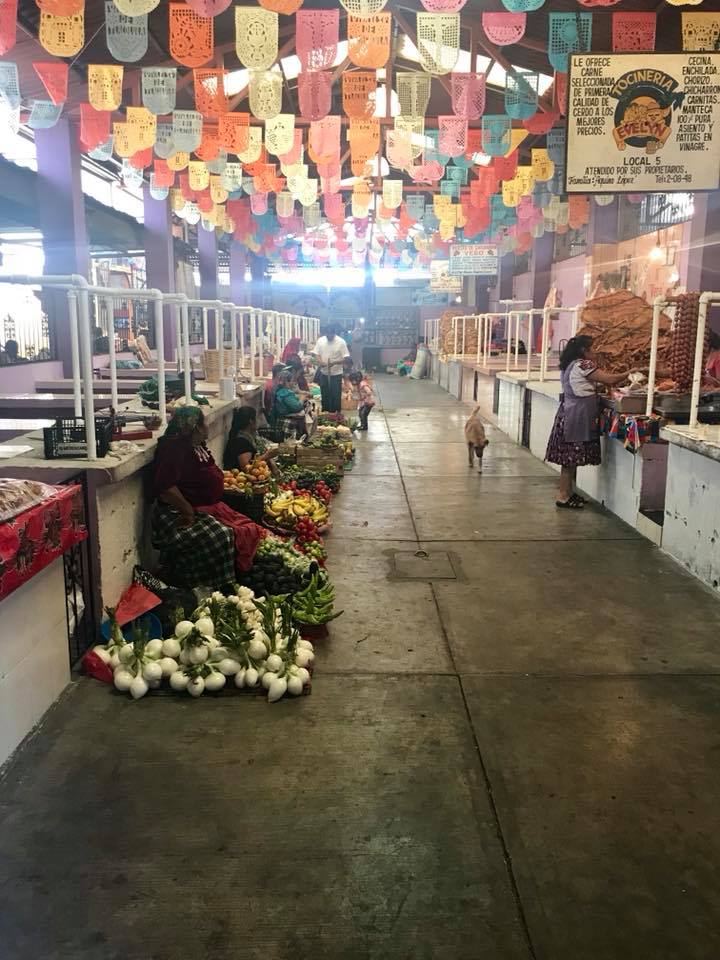
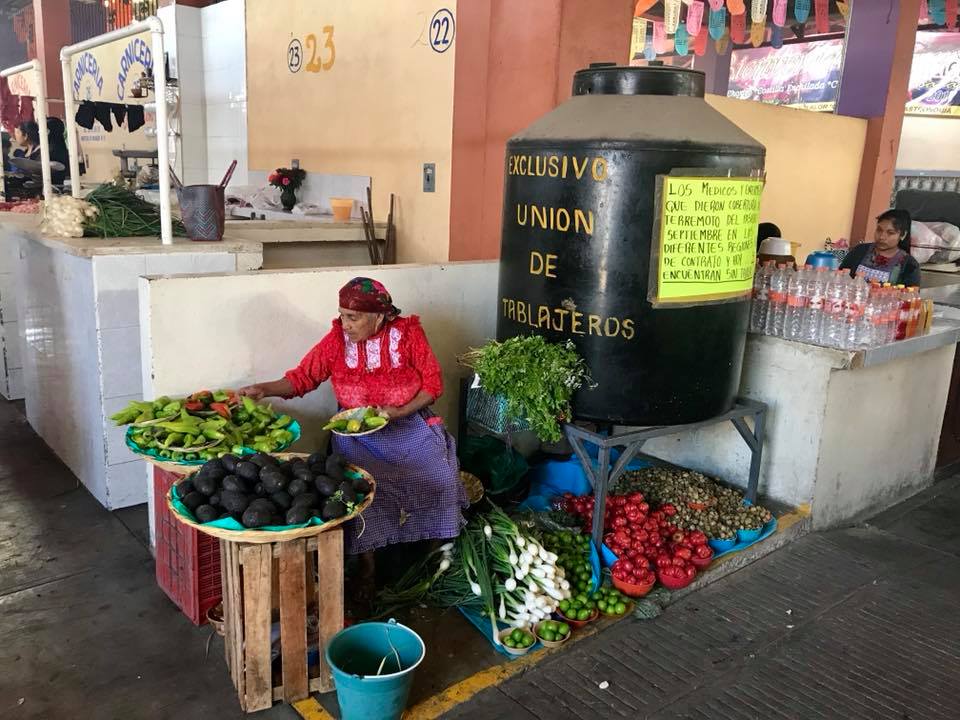
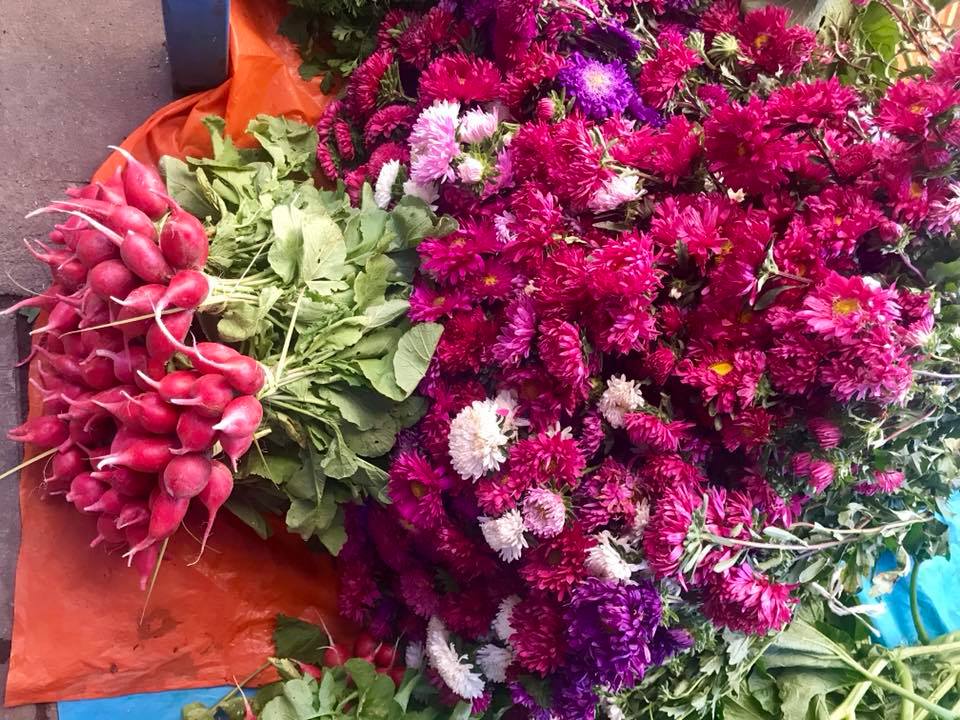
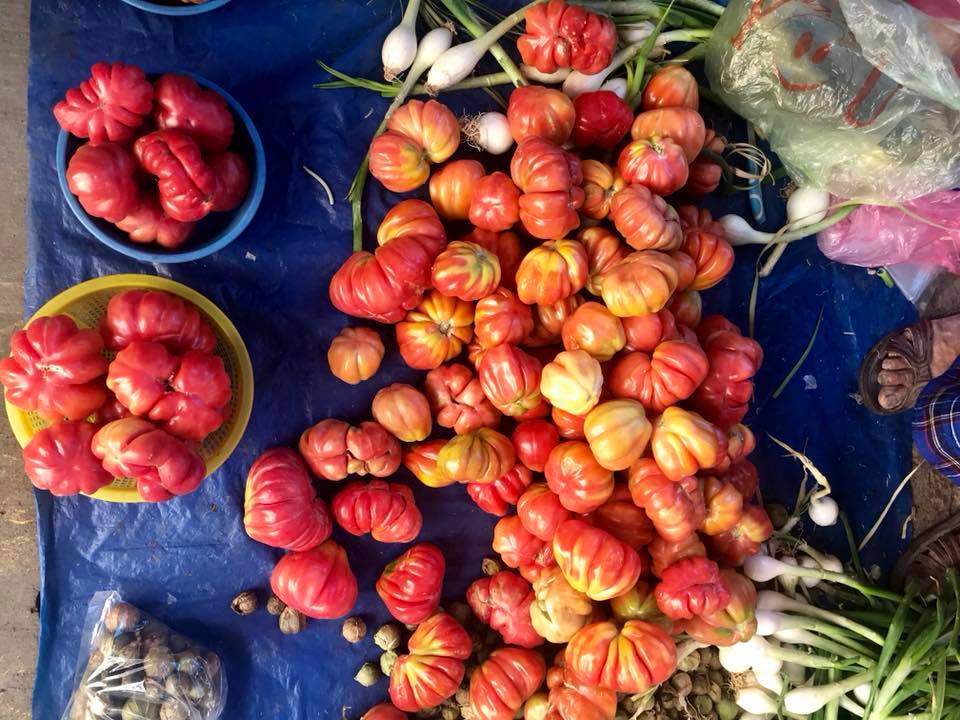
But, they are also kind of like a food hall. So, you buy your meat from here:
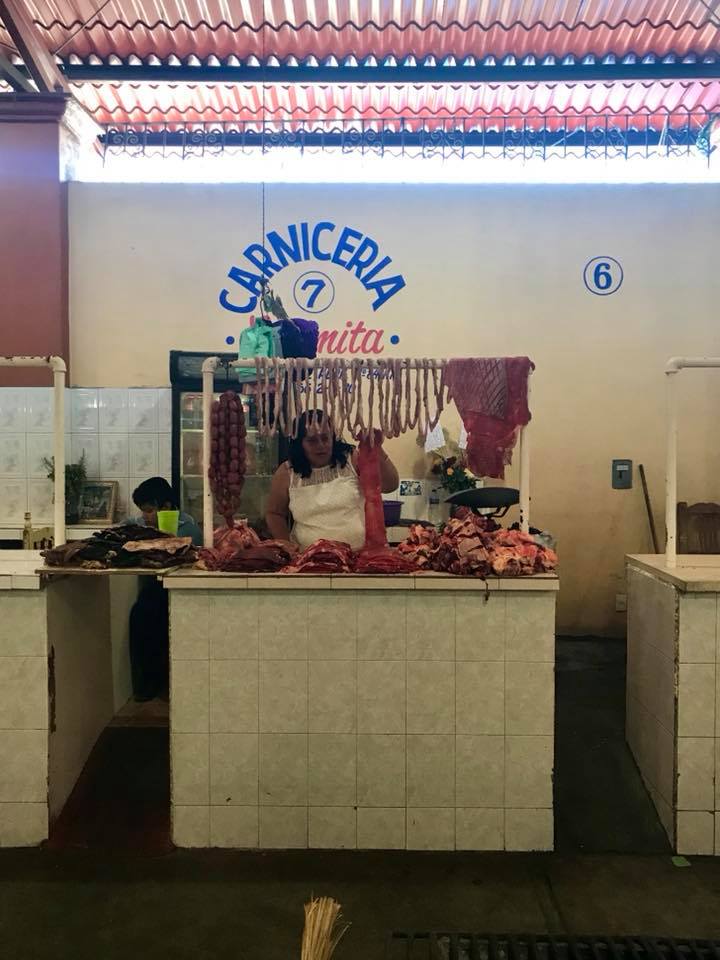
Then get your tortillas from here:
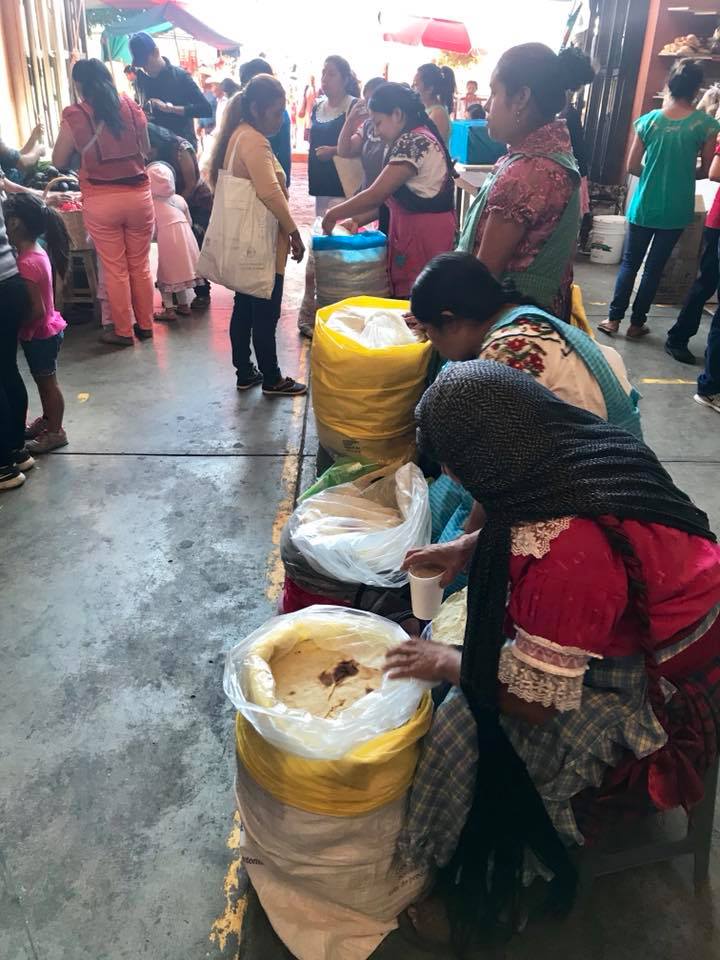
And then you use the public grills inside the market to grill your own meat and make your lunch:
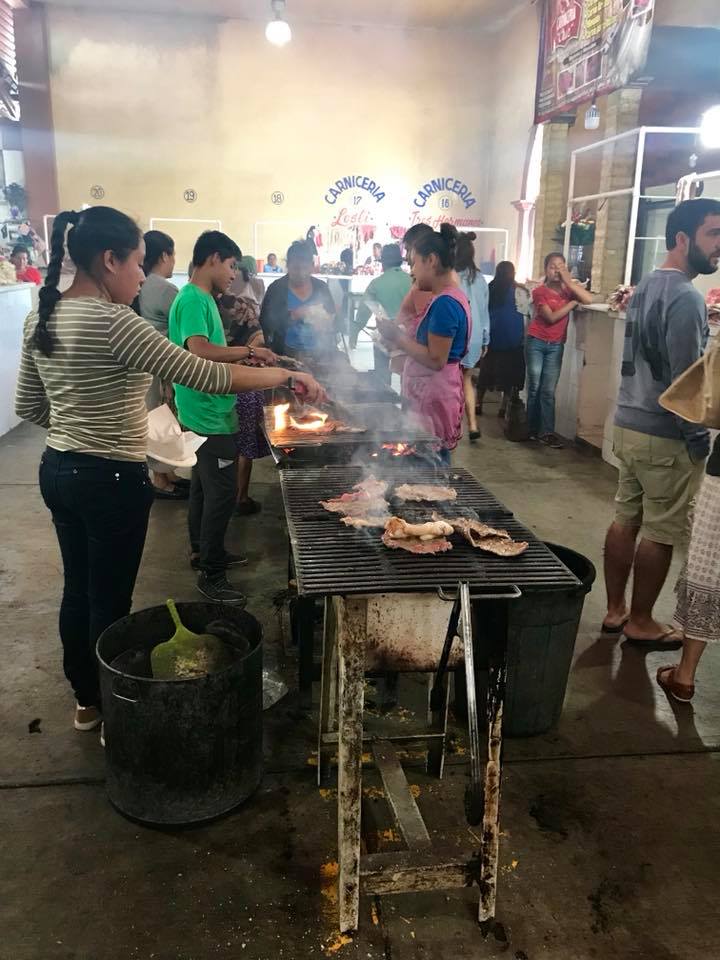
We saw a bunch of families running from stall to stall gathering their supplies and then having a full on family bar-b-q right in the market. It was interesting and kind of sweet. However, I question the sanitary conditions of those grills.
And, don’t forget to load up on your chilies and grasshoppers!
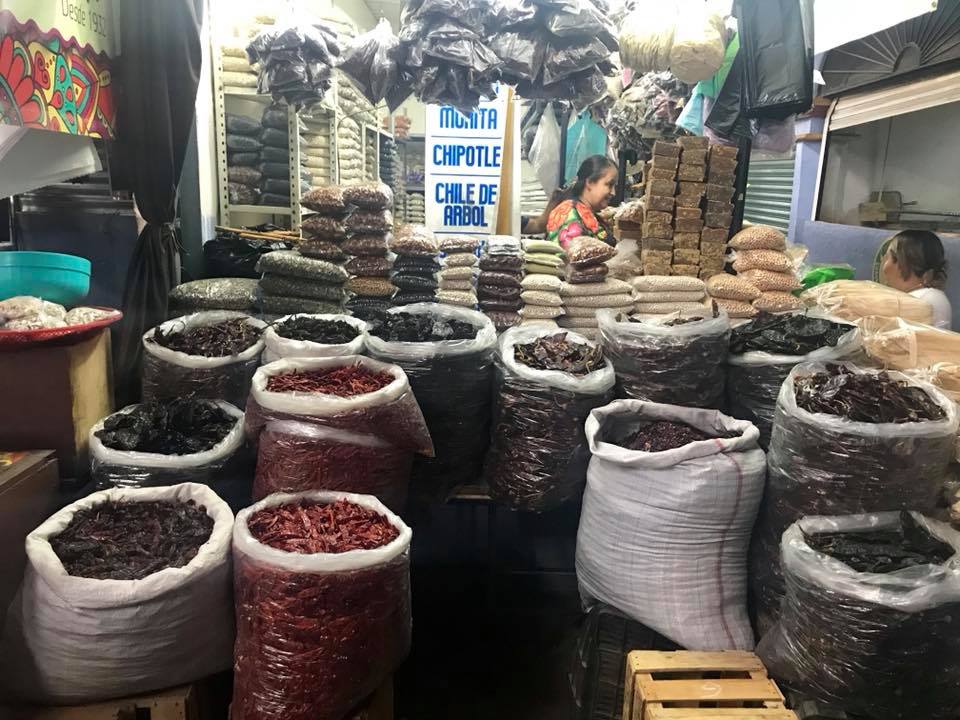
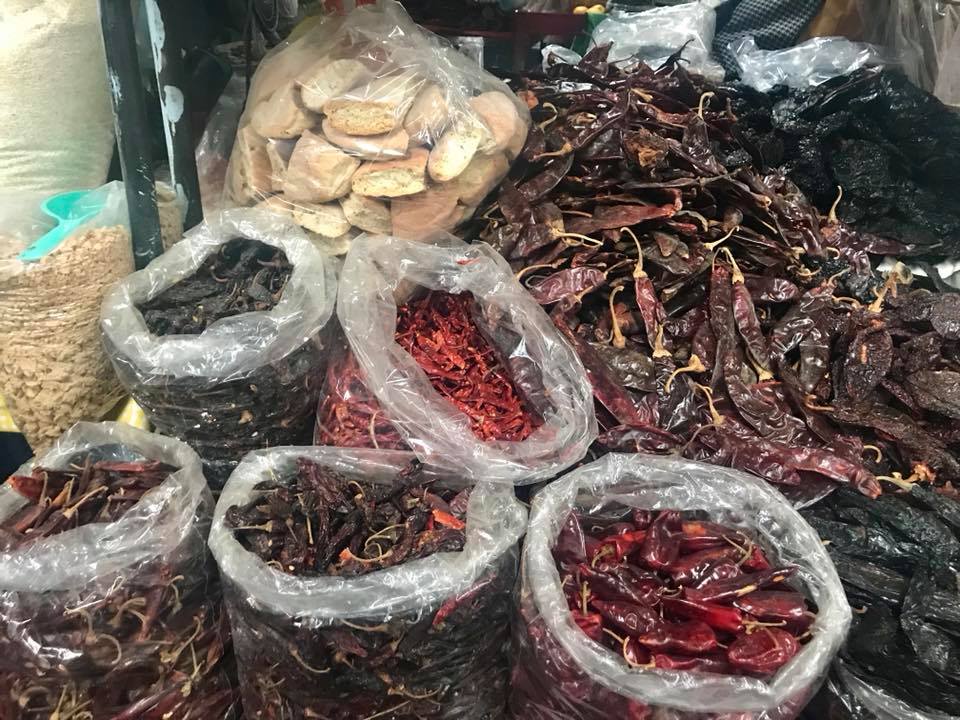
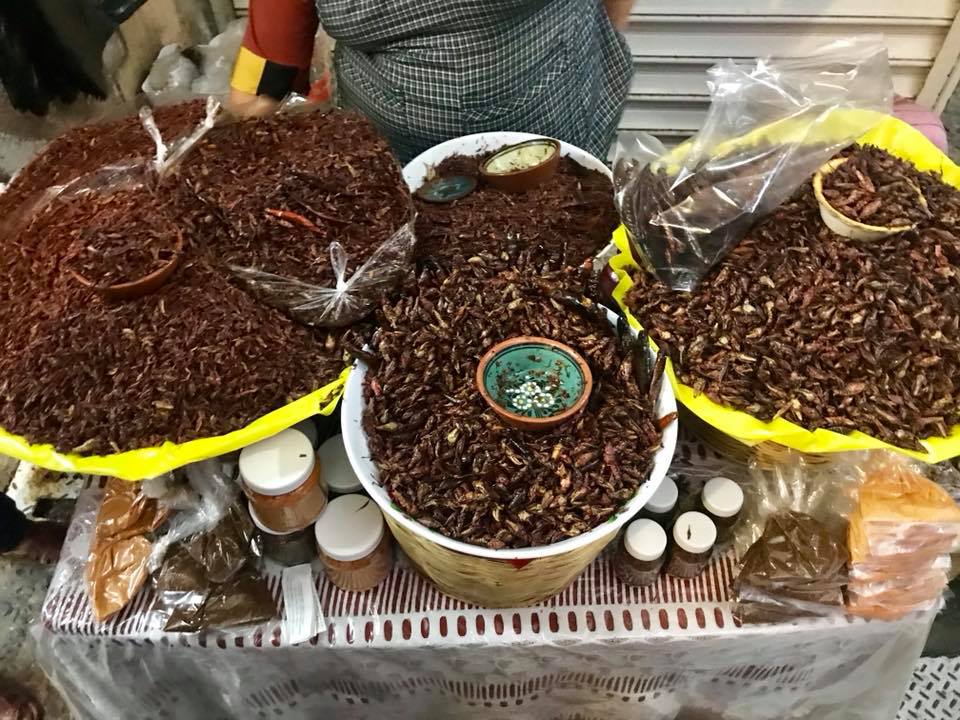
It was Easter, so you know there was an Easter parade right in the middle of town!
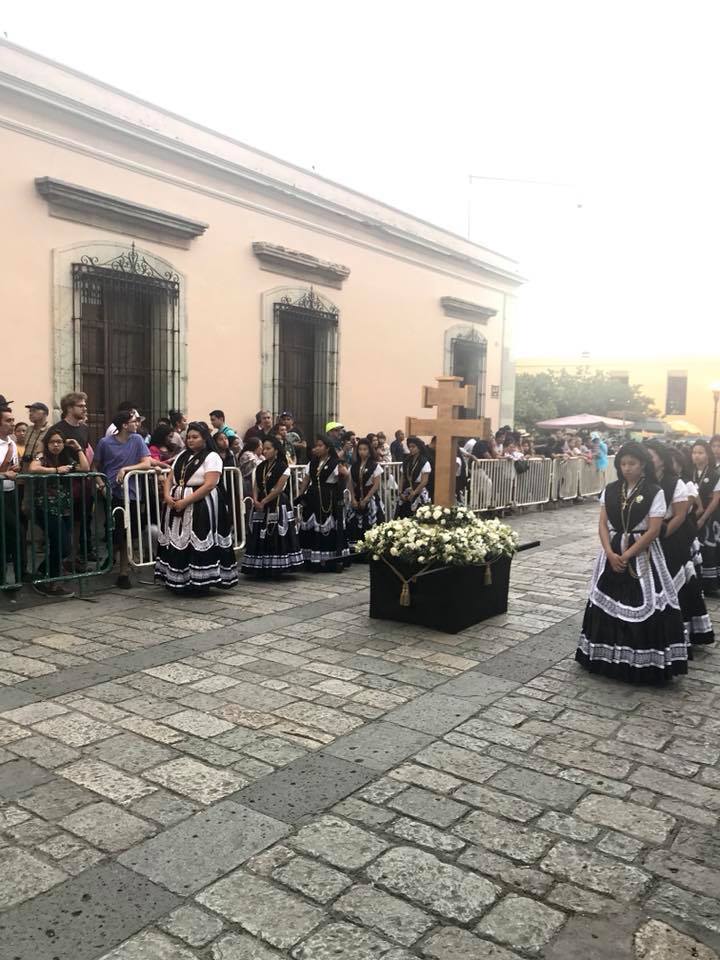
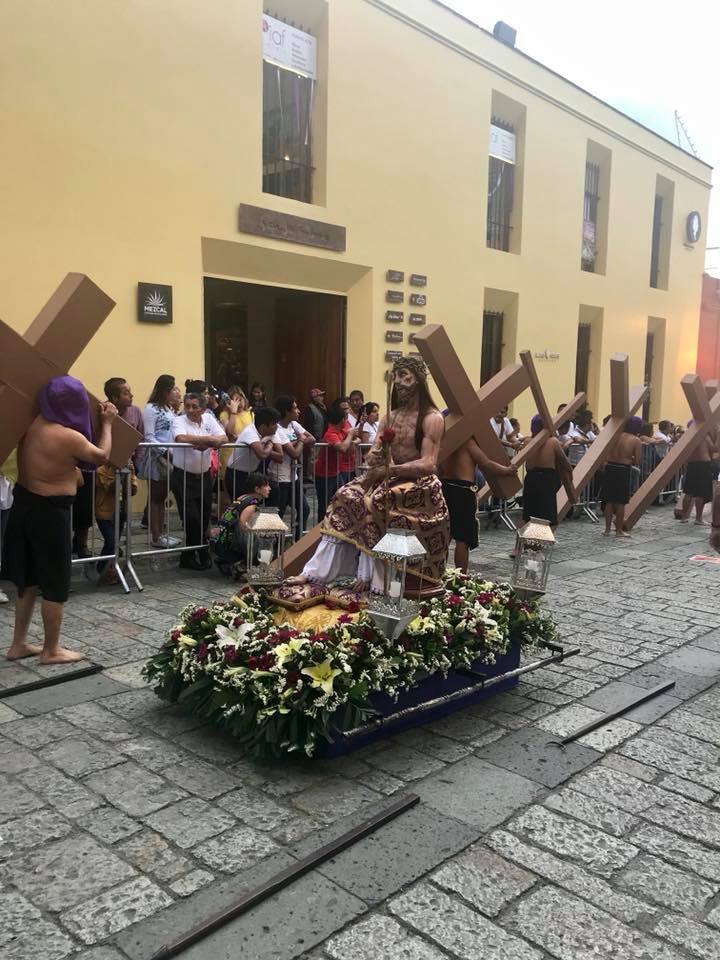
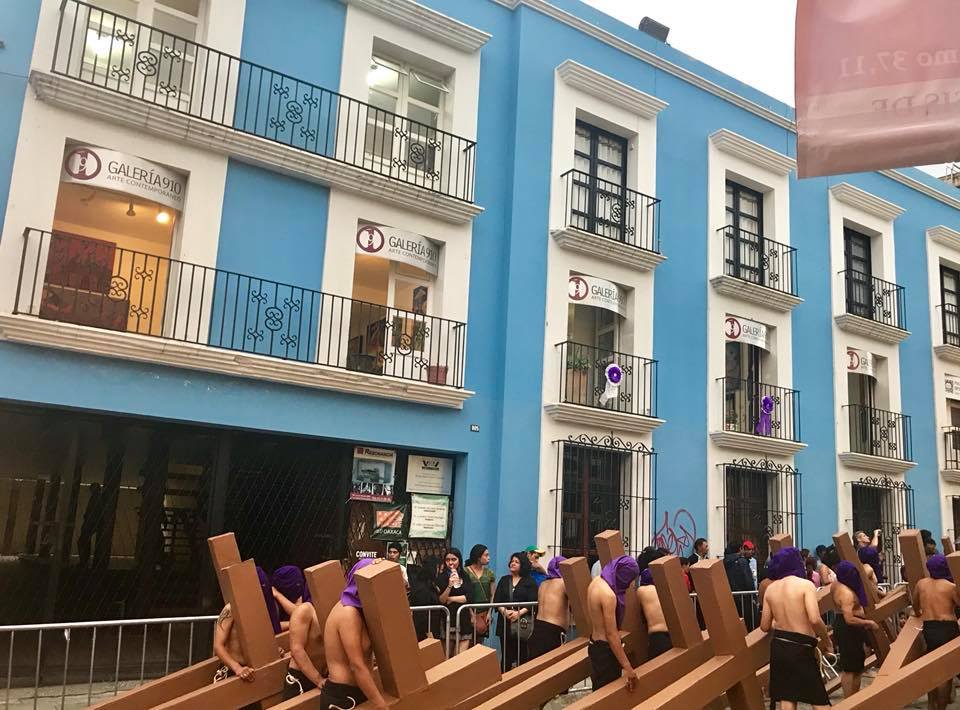
We boarded our flight home with happy hearts and full bellies.
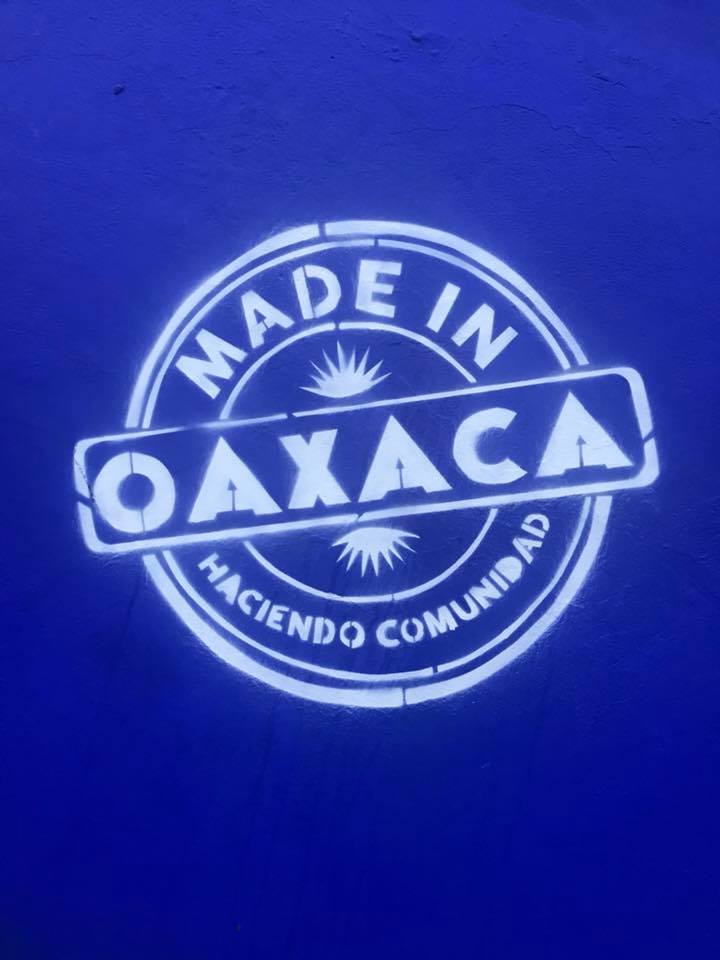
Oaxaca really is a gem. Life is such a celebration there. There is so much culture and so much art. And the food, SO Freaking Good…minus the grasshoppers. If you are looking for different kind of long weekend getaway, I highly recommend you check it out. Chad and I are already planning our return for the Day of the Dead celebration!
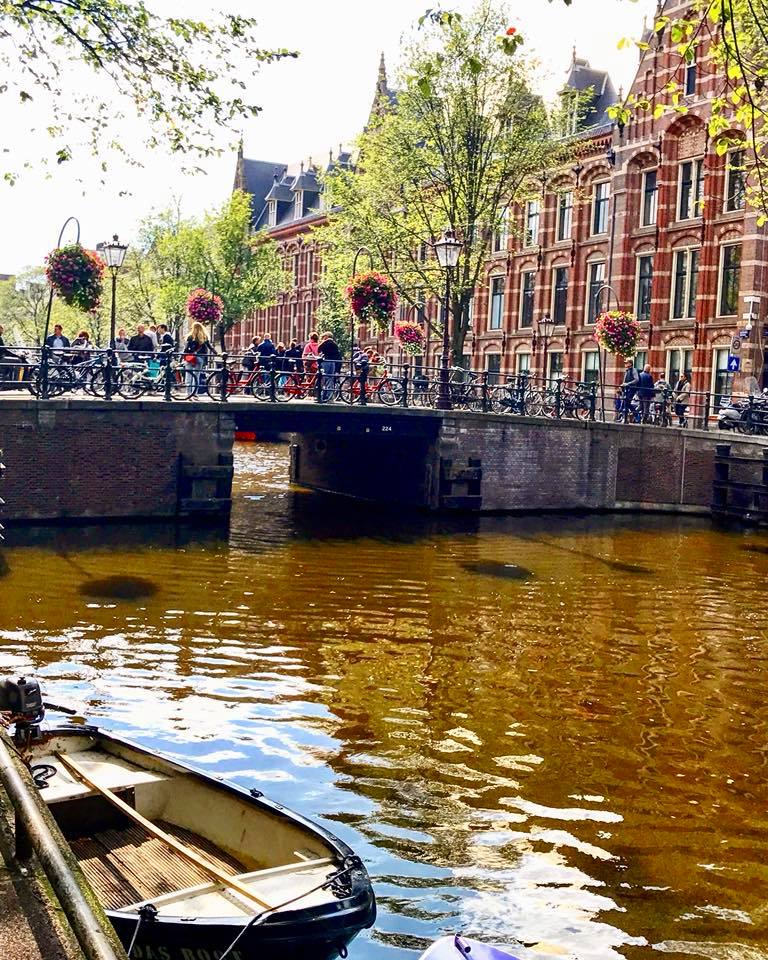
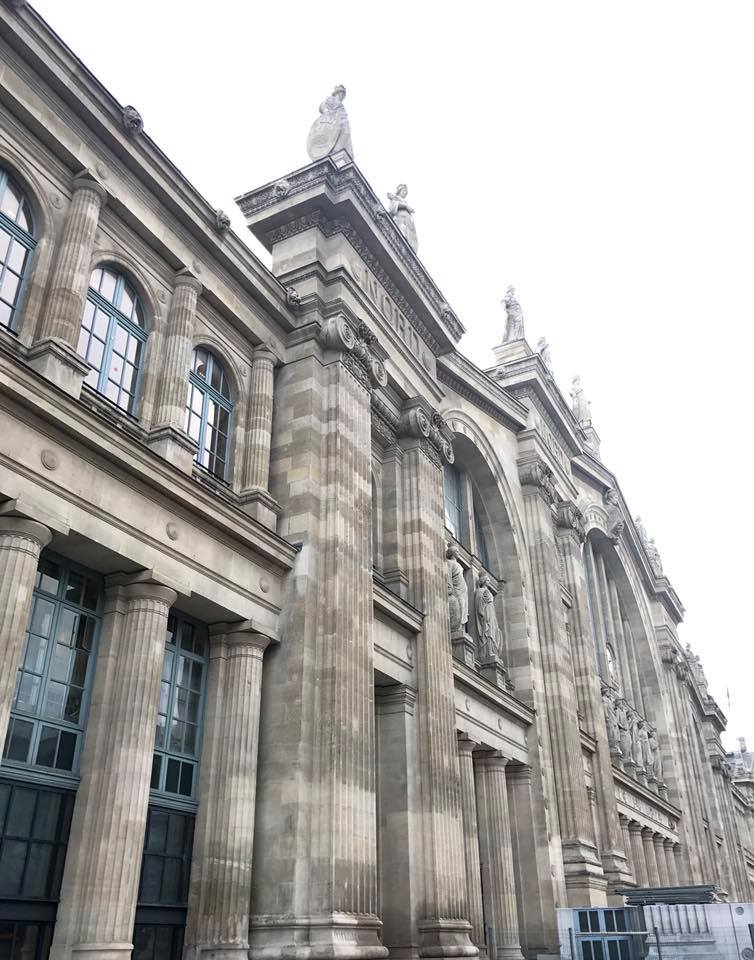
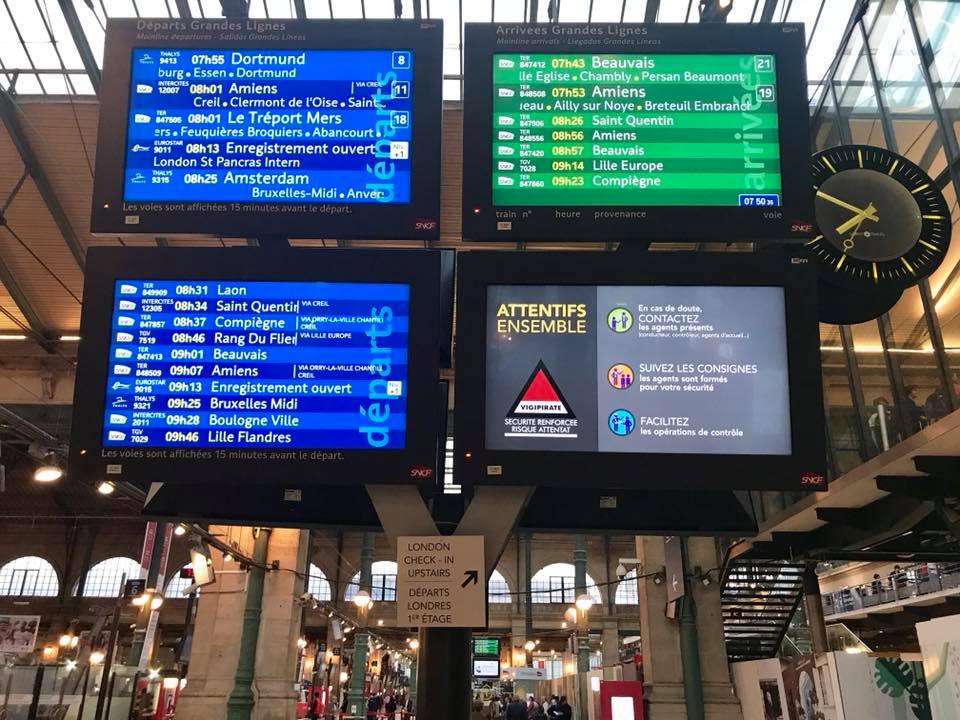
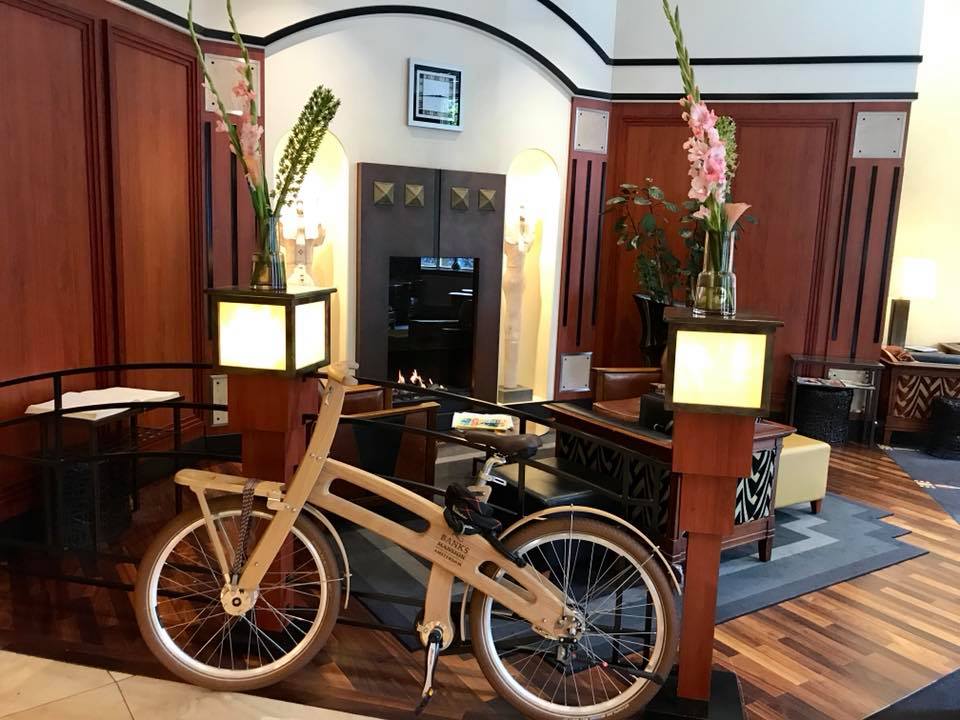
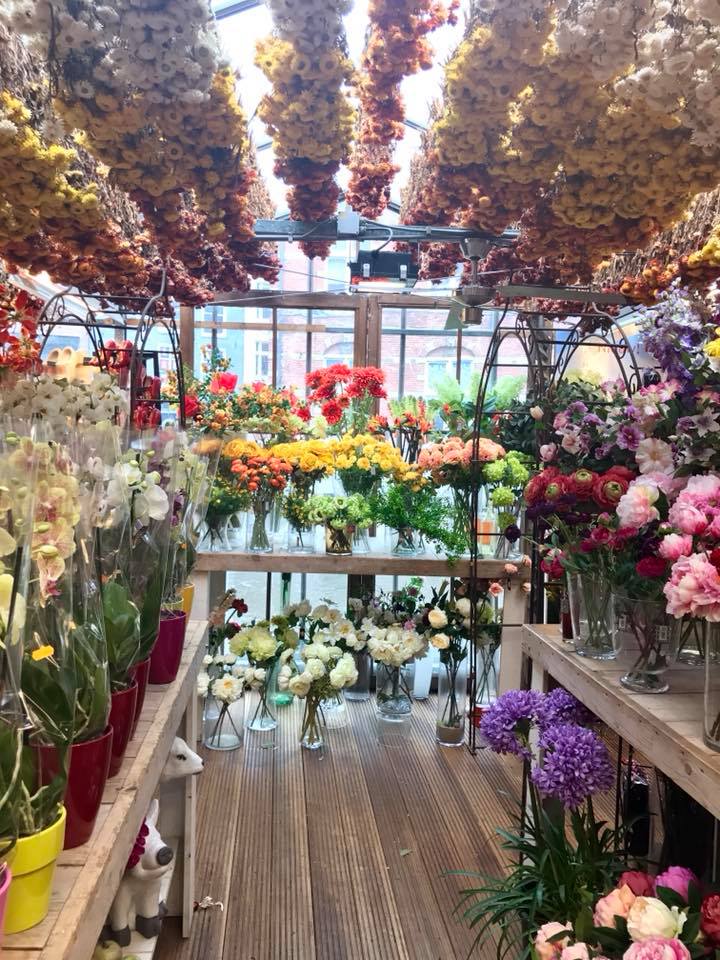
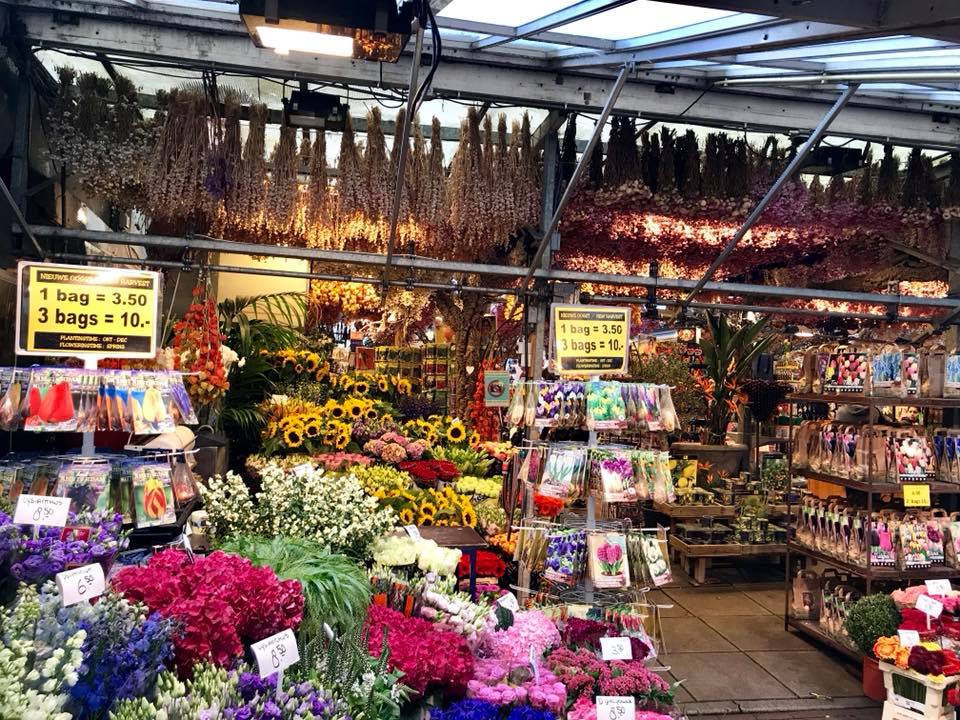
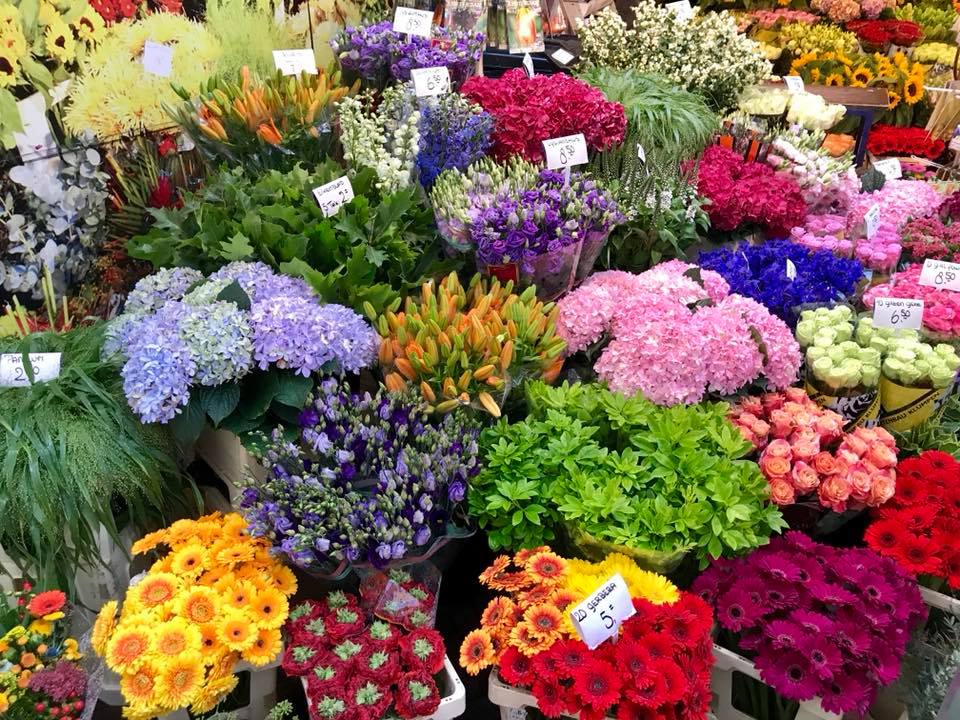

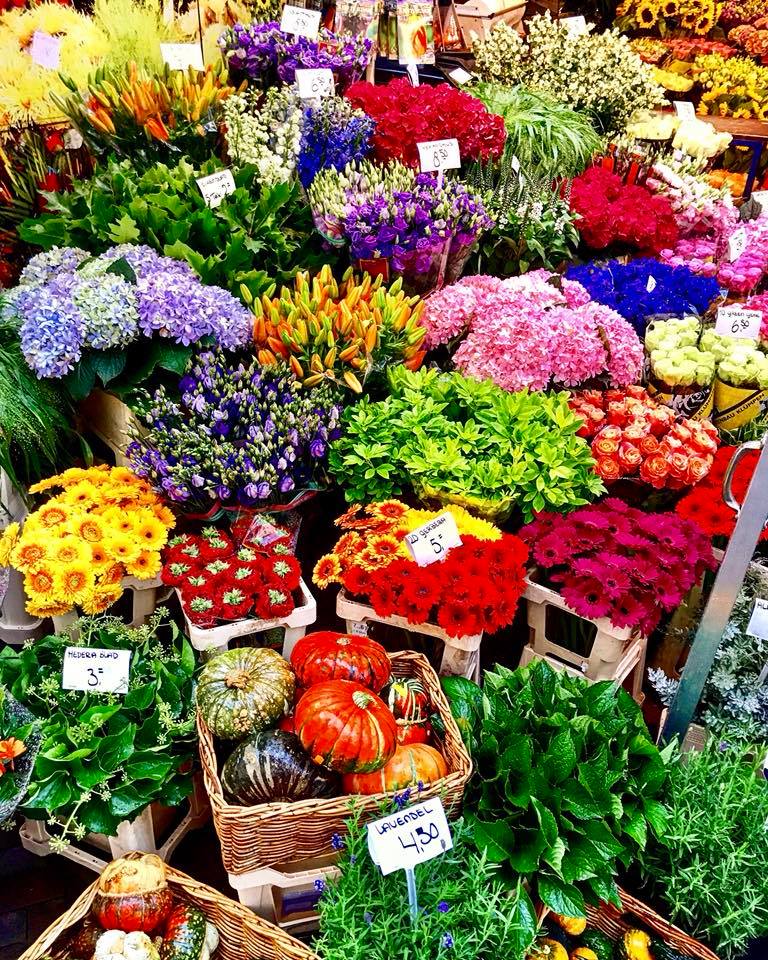
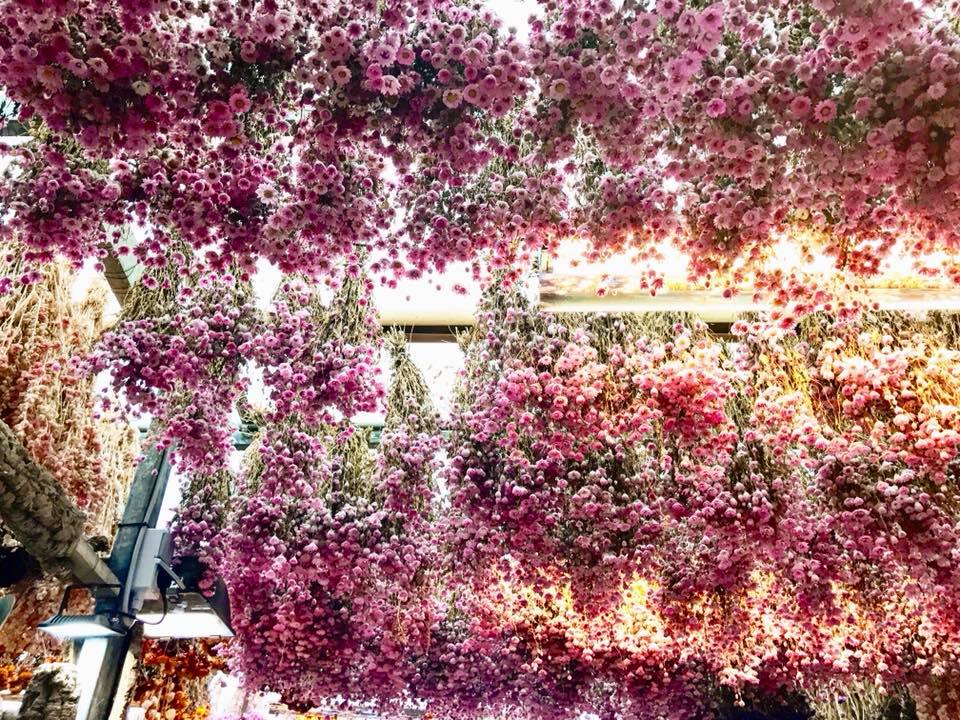
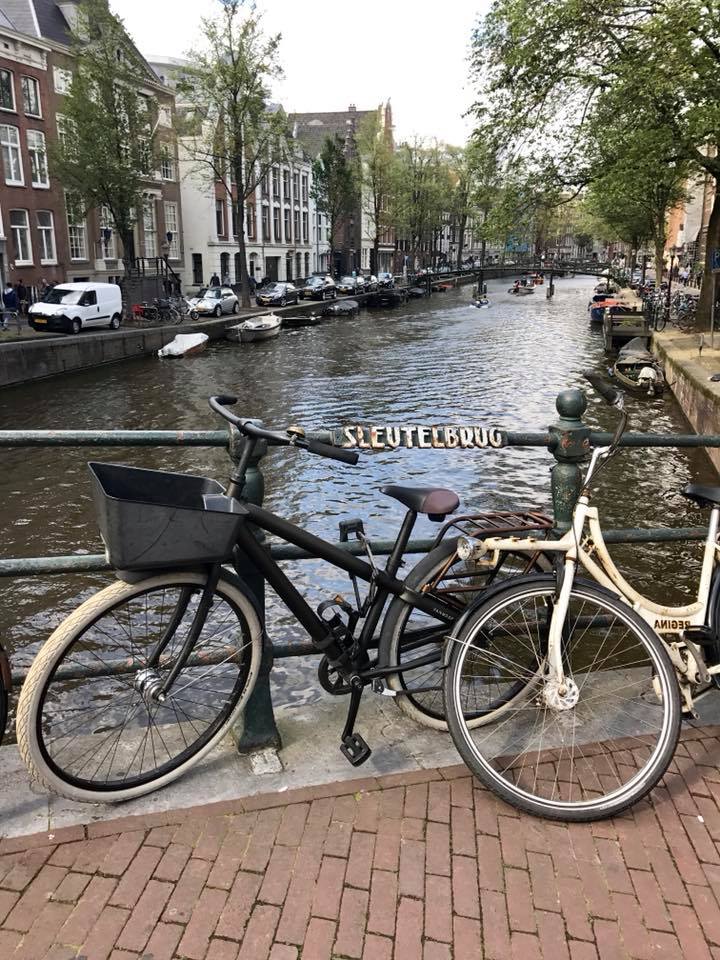
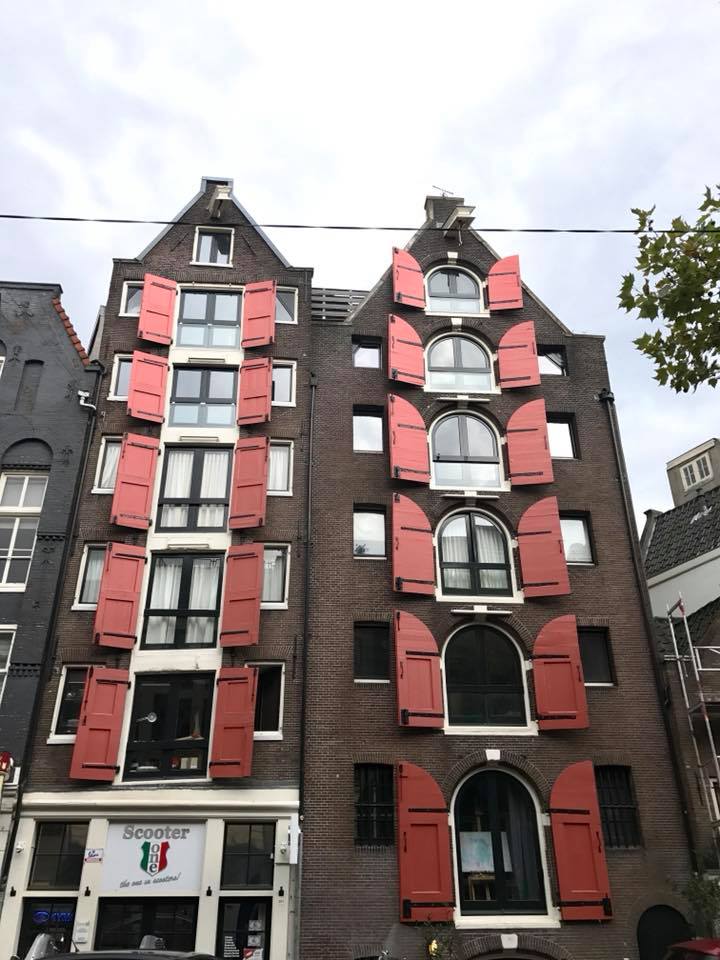
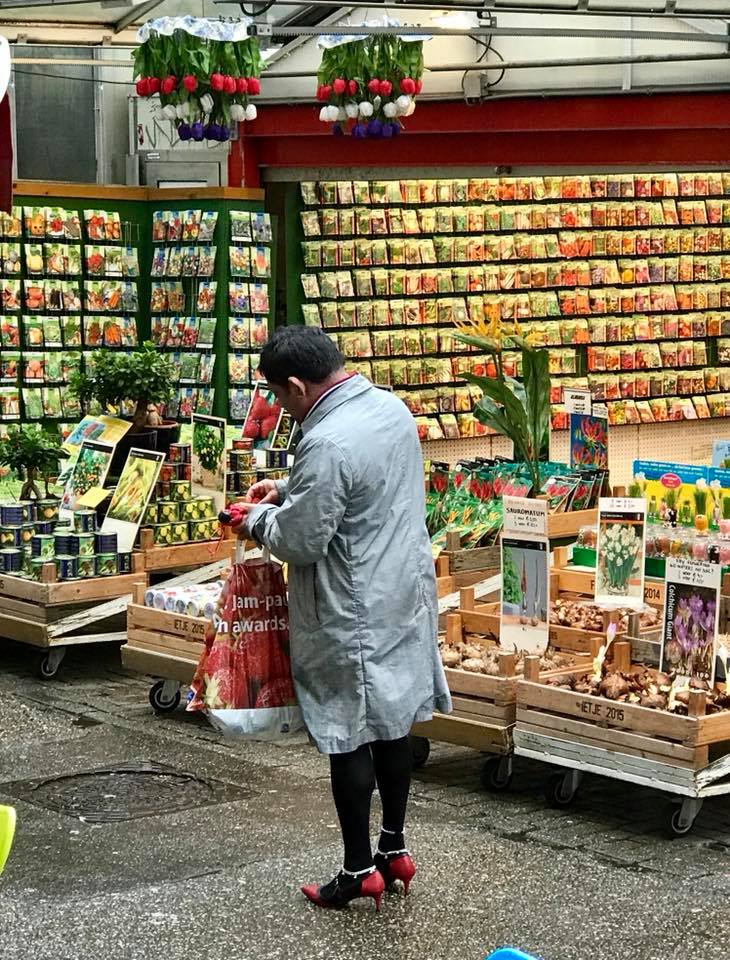
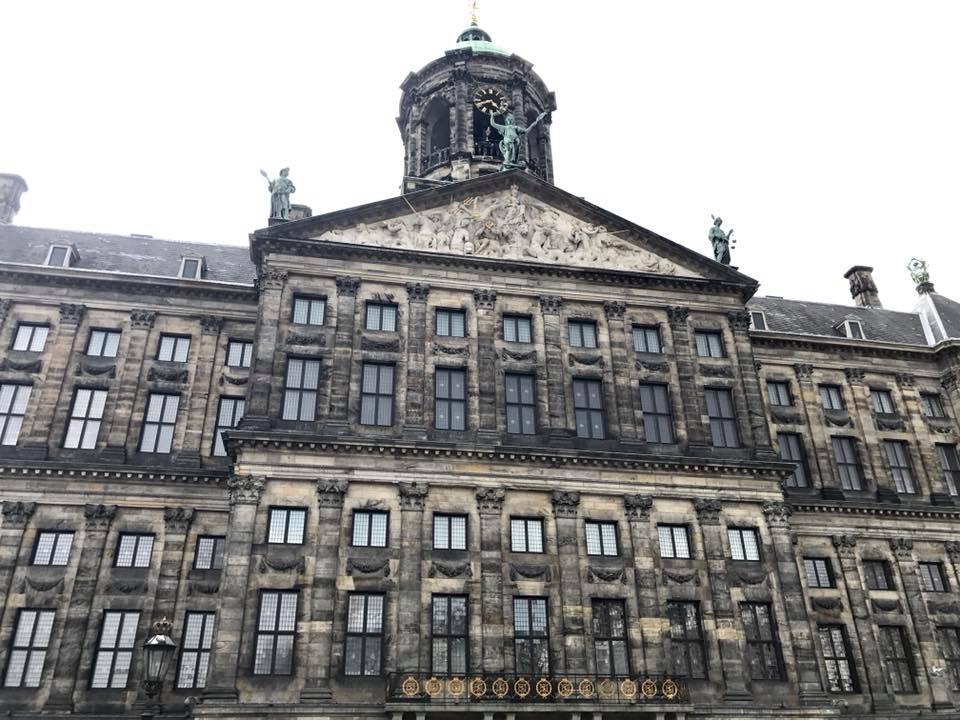
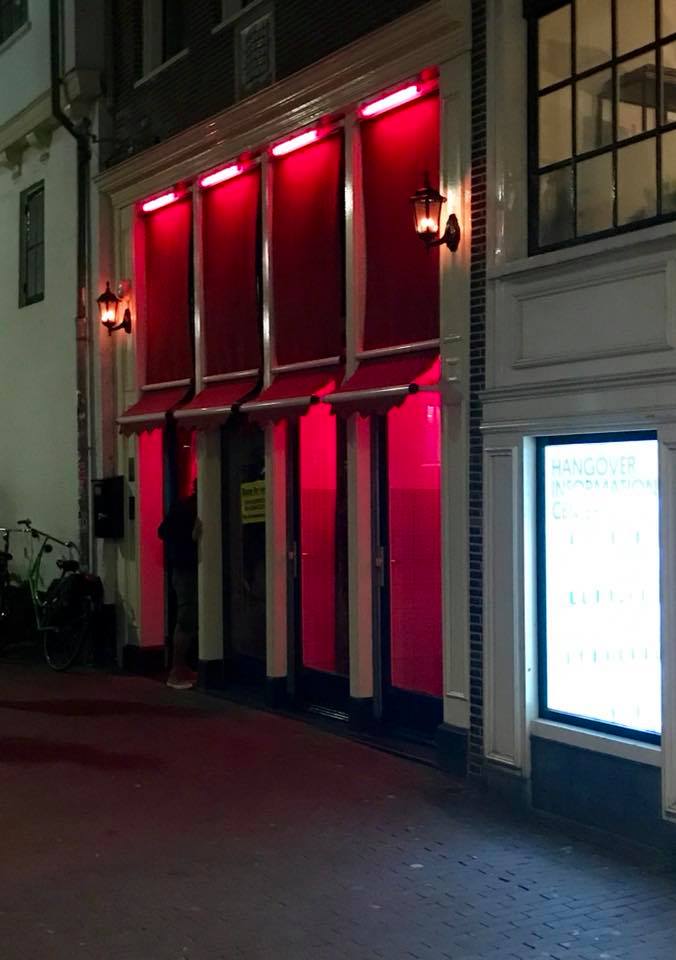
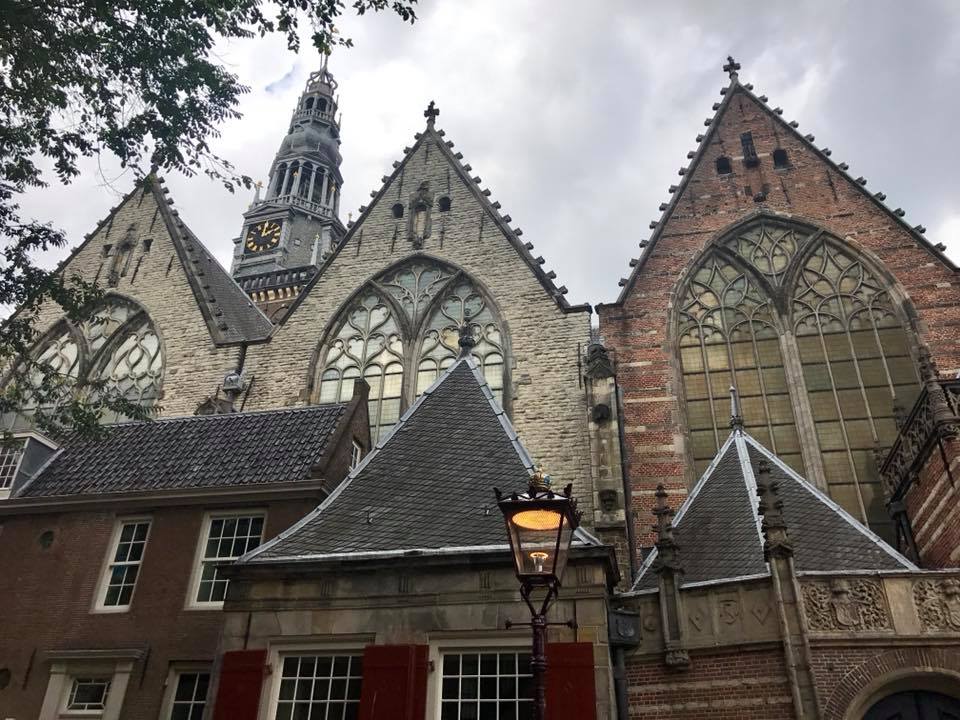
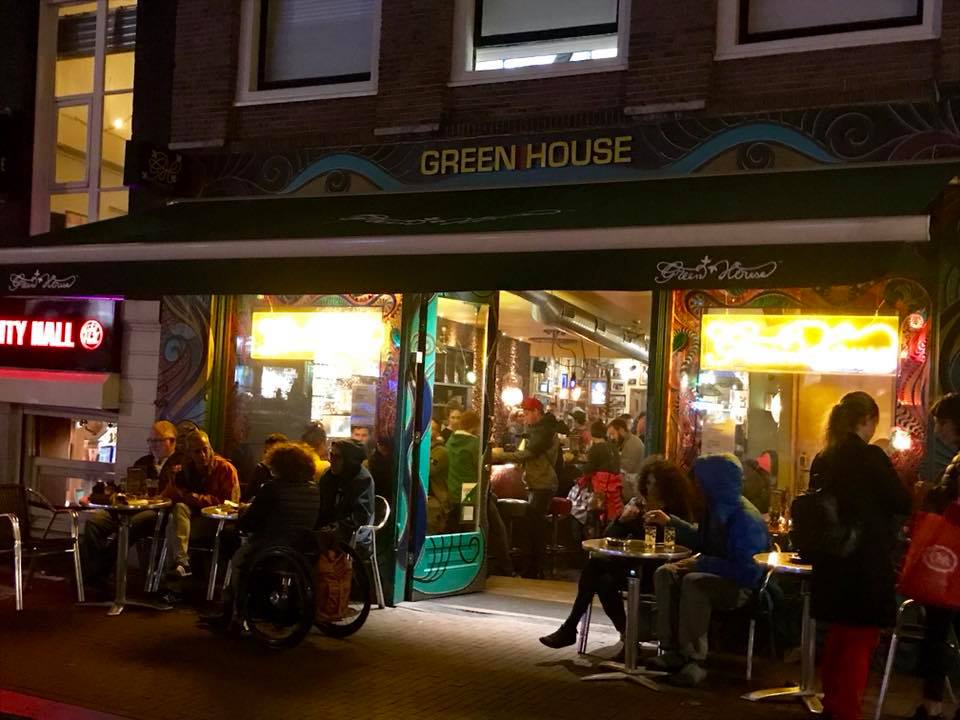
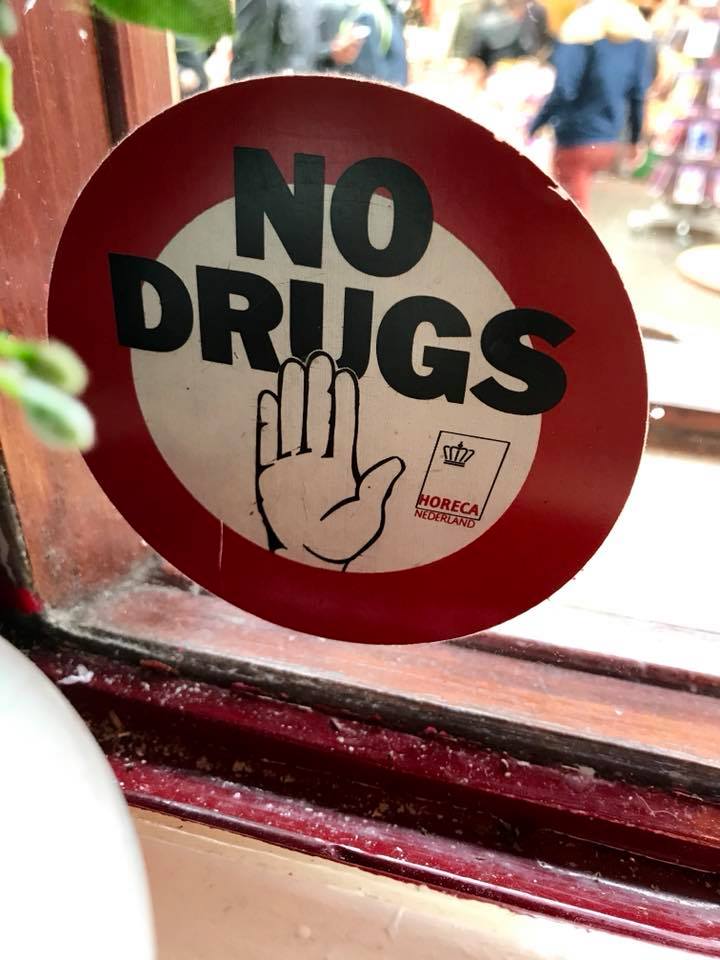
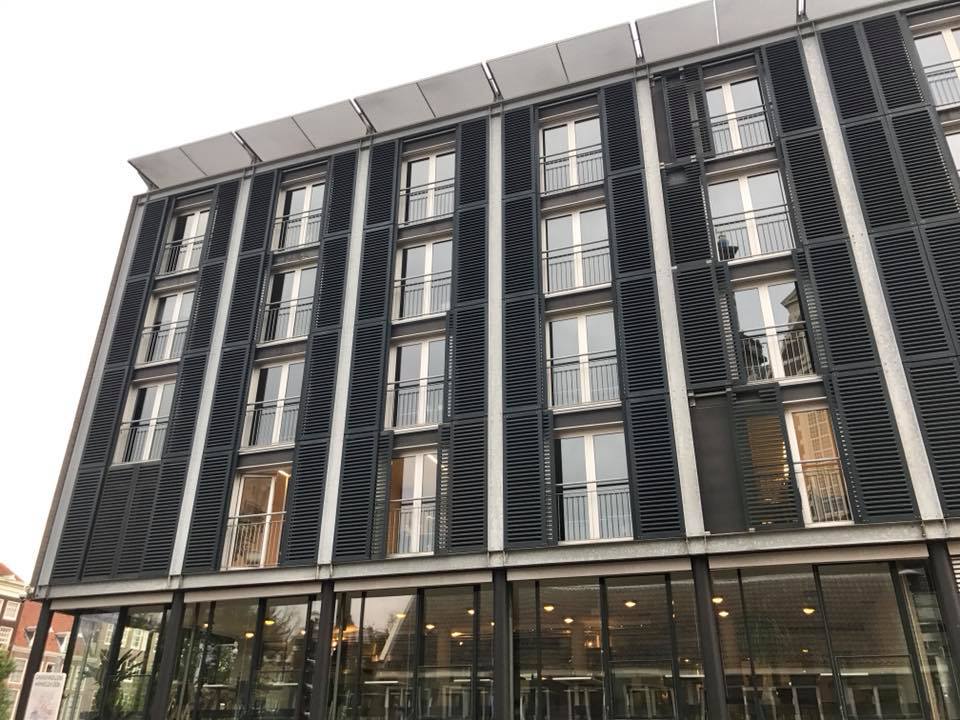
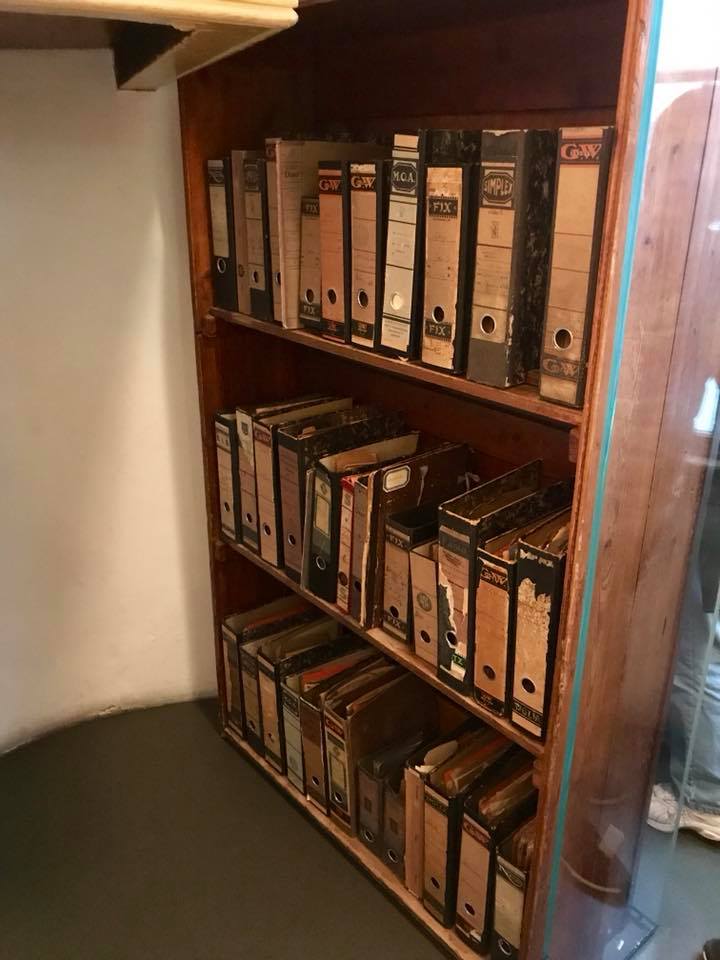
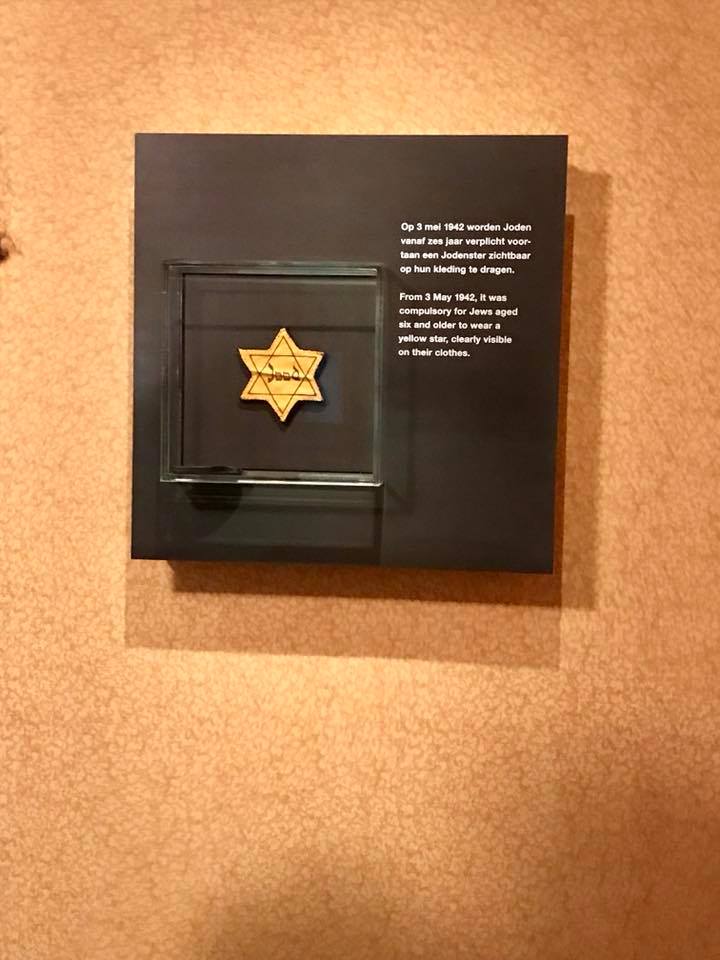
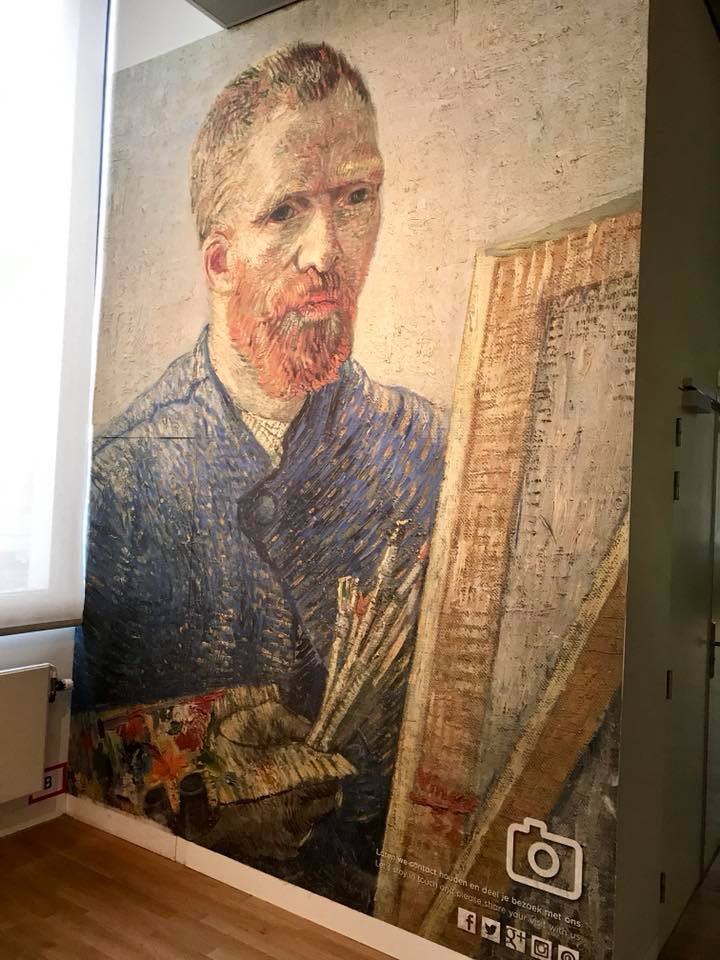
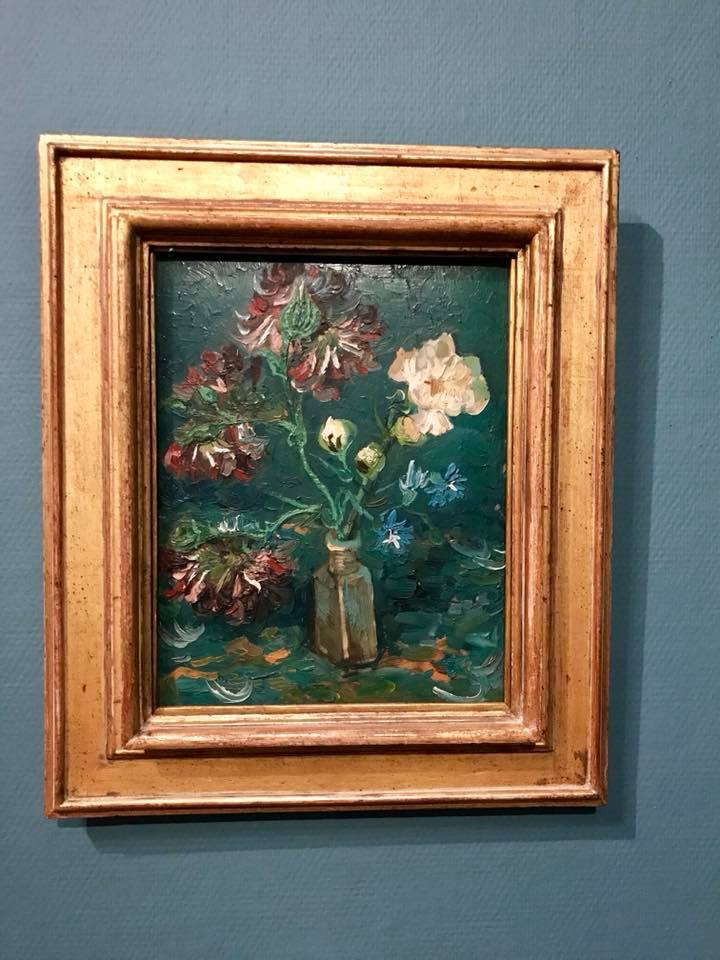
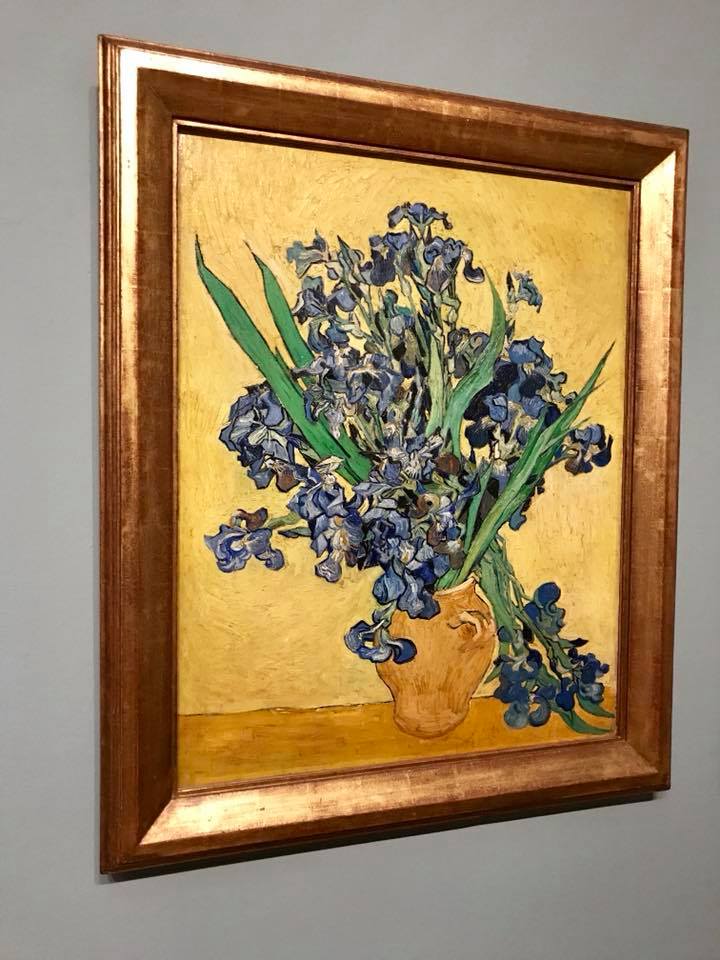
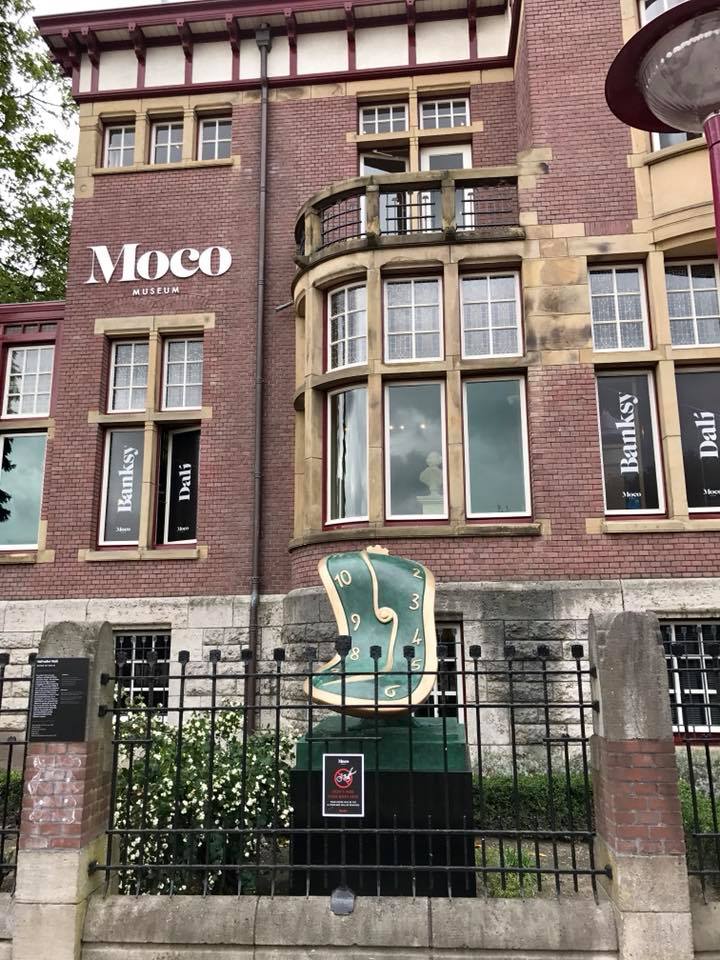
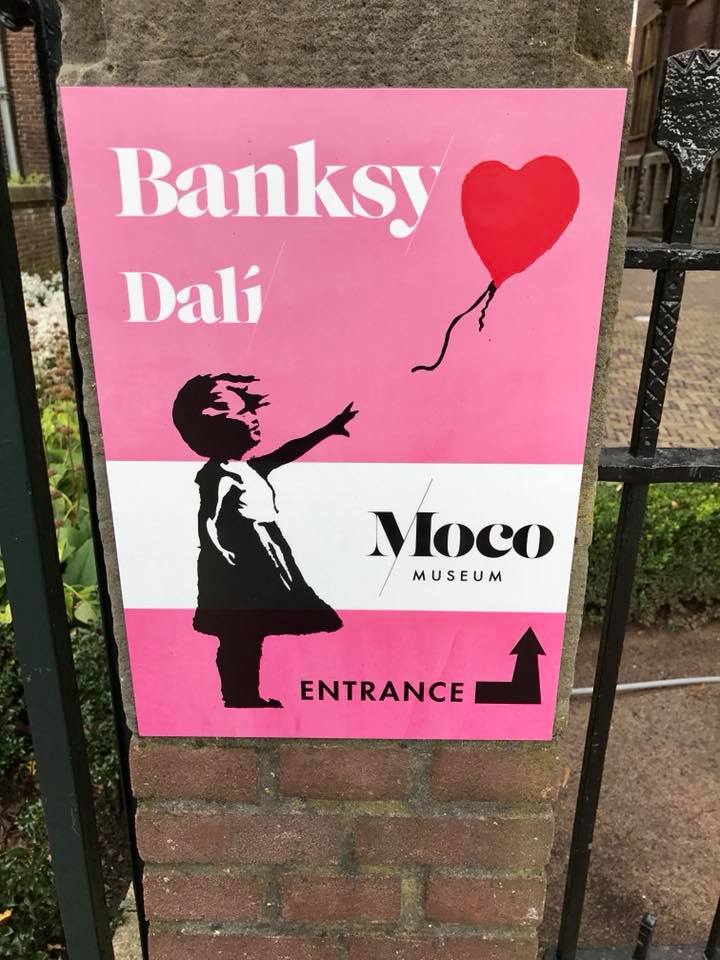
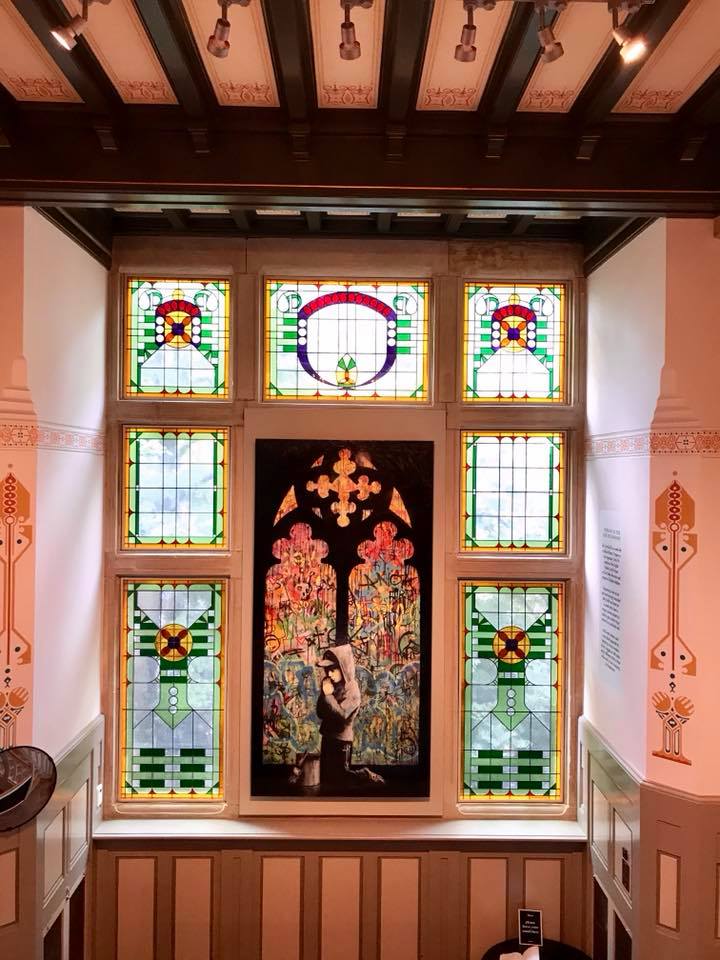
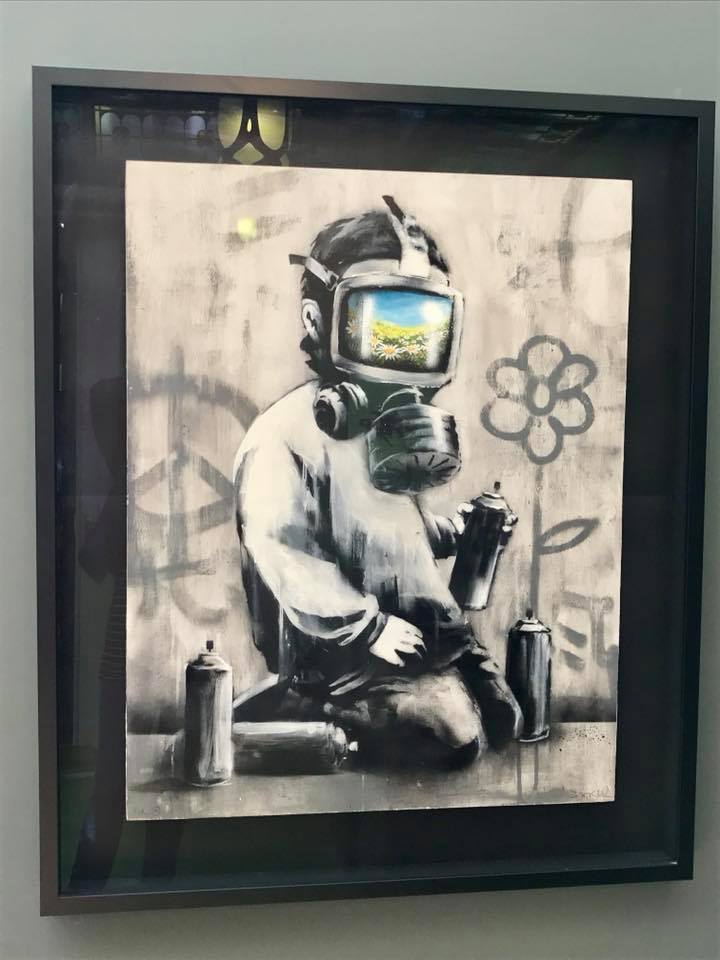
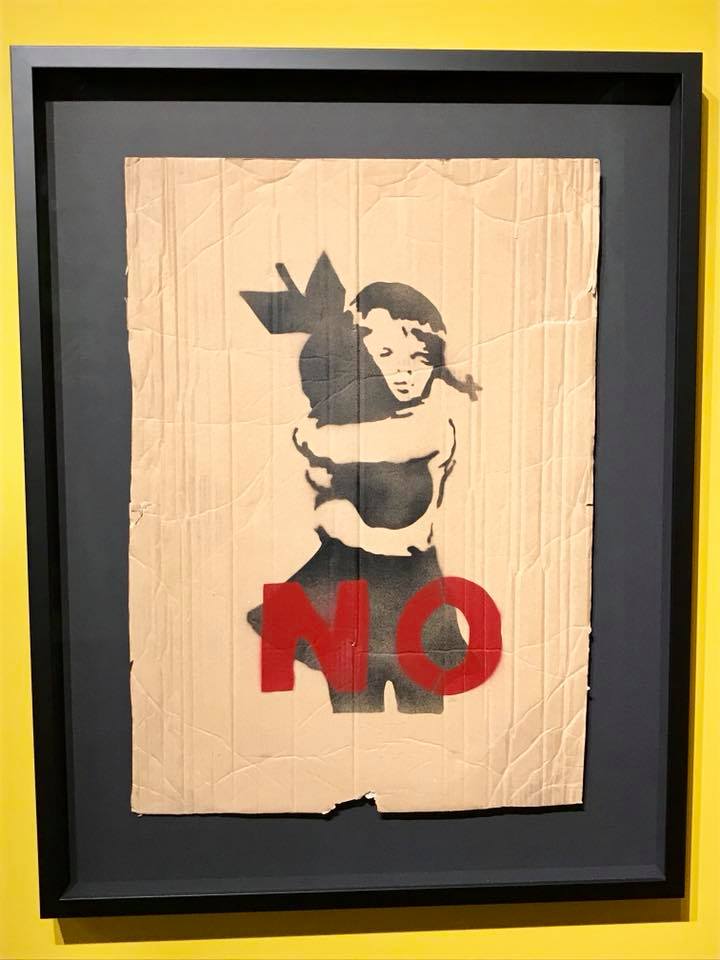
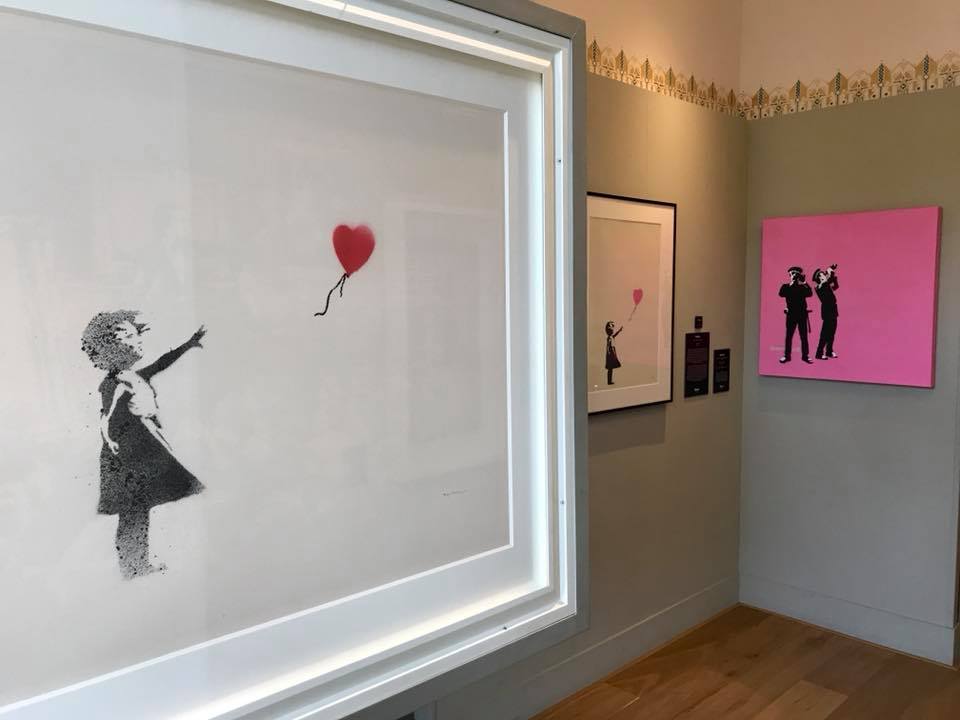

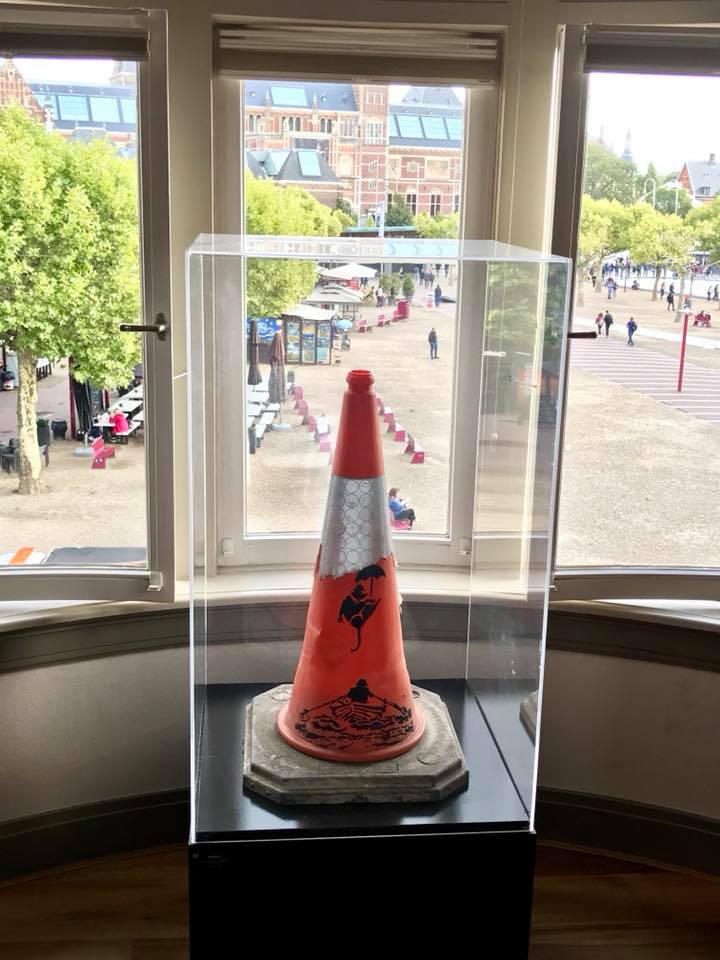
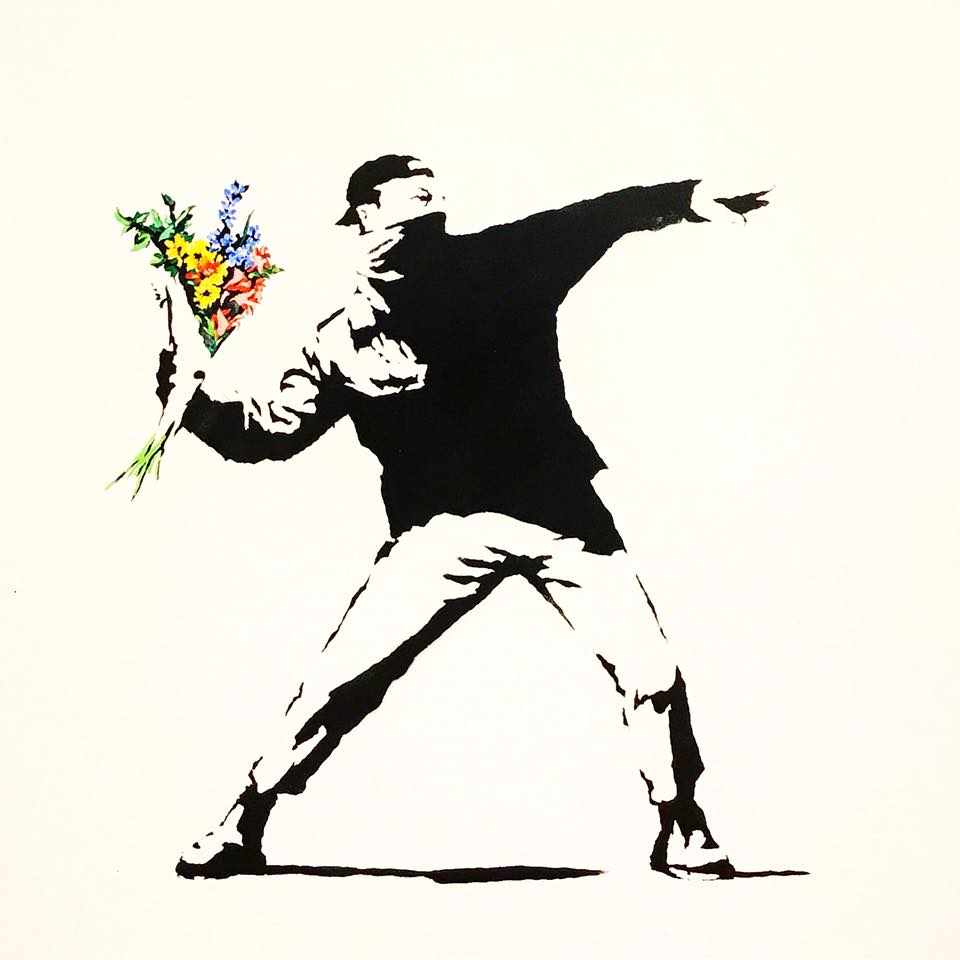
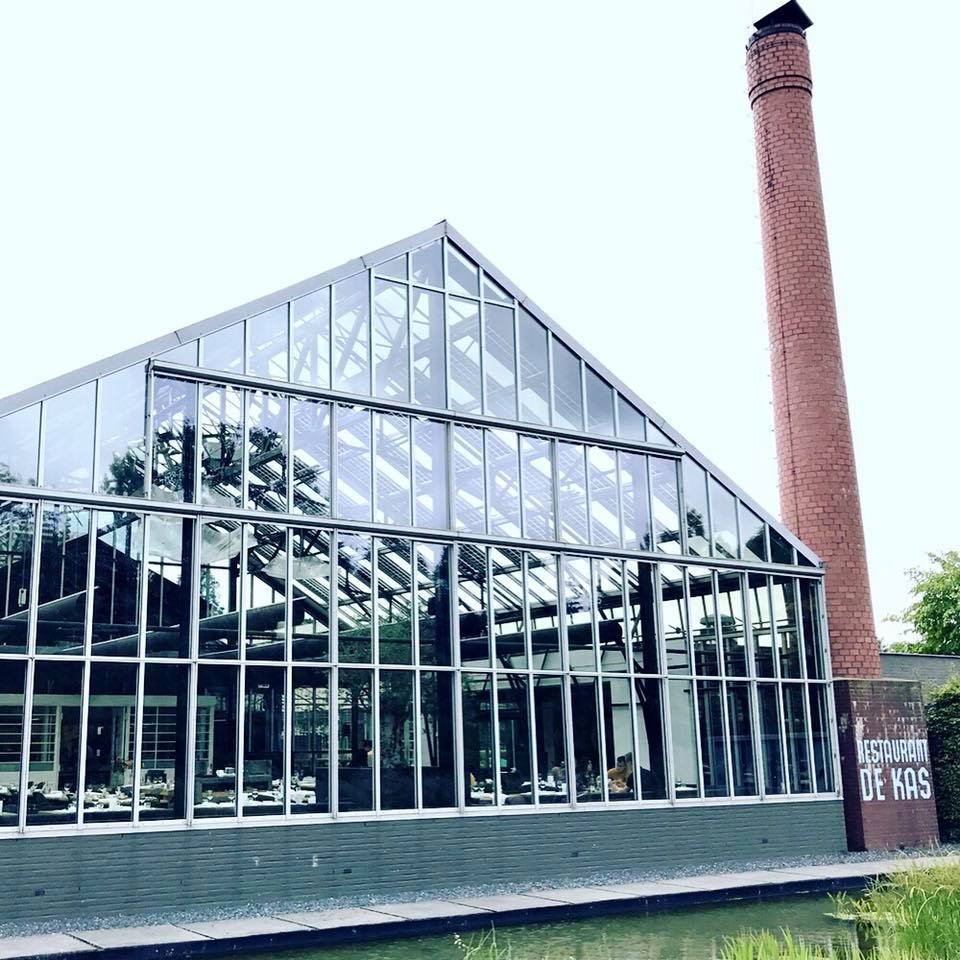
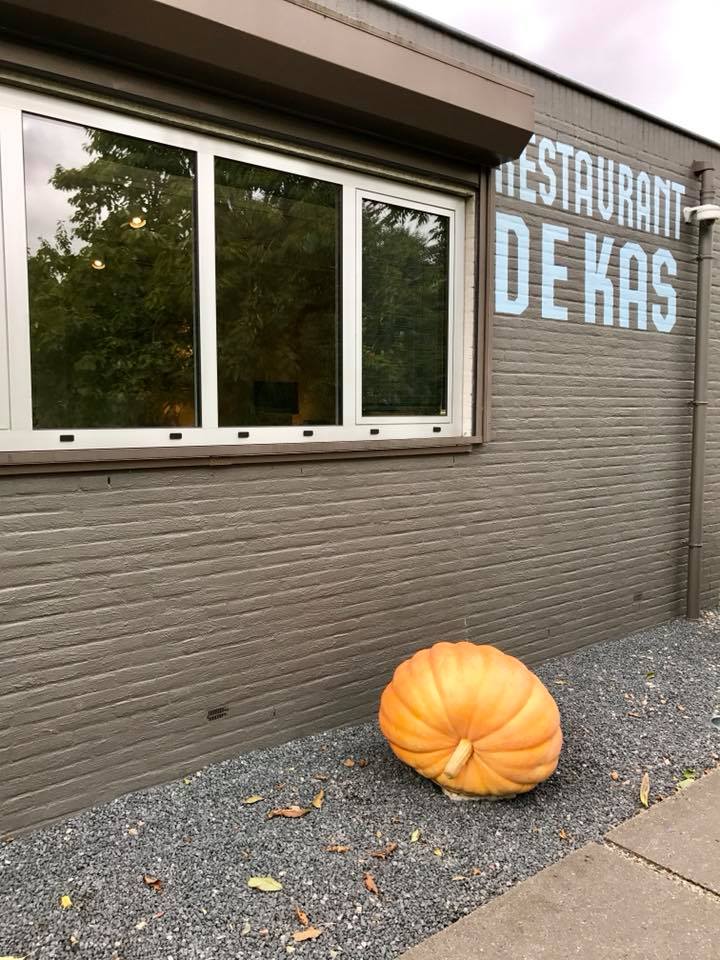
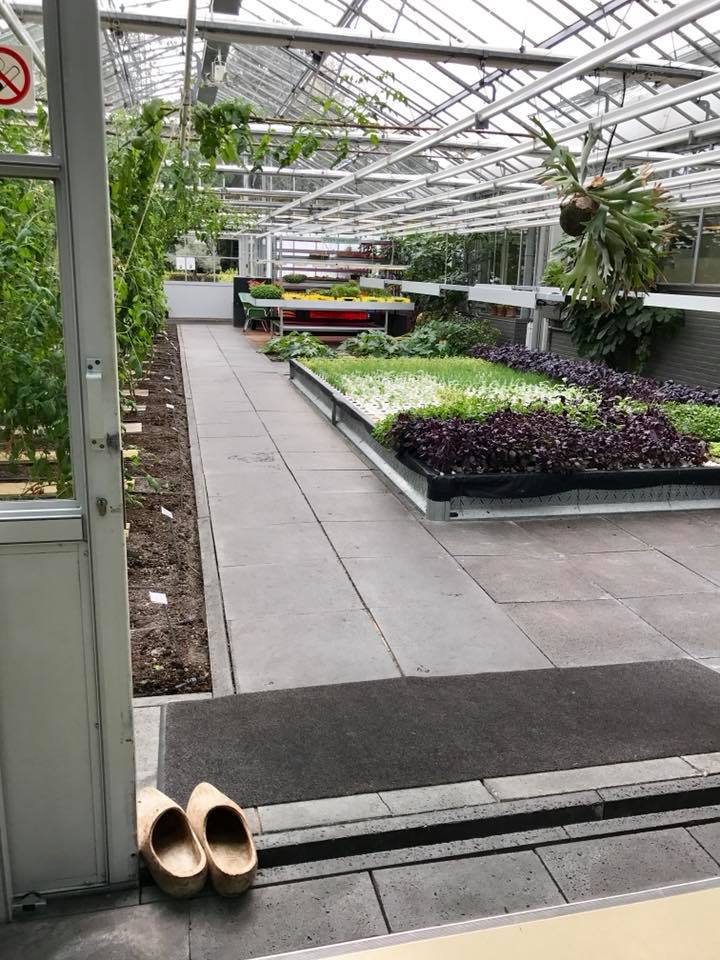
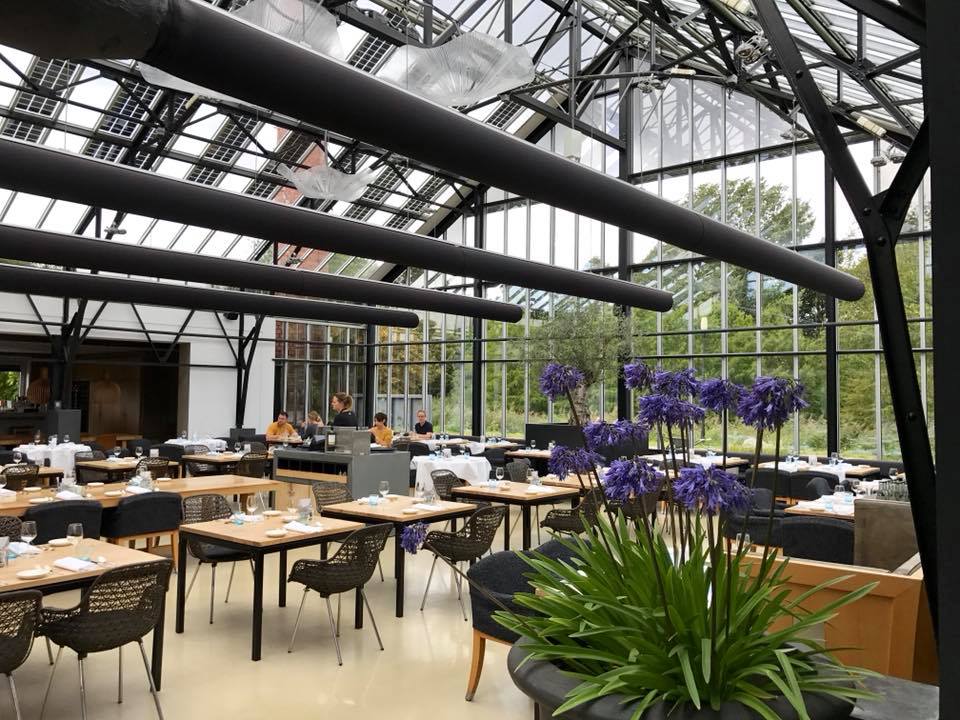
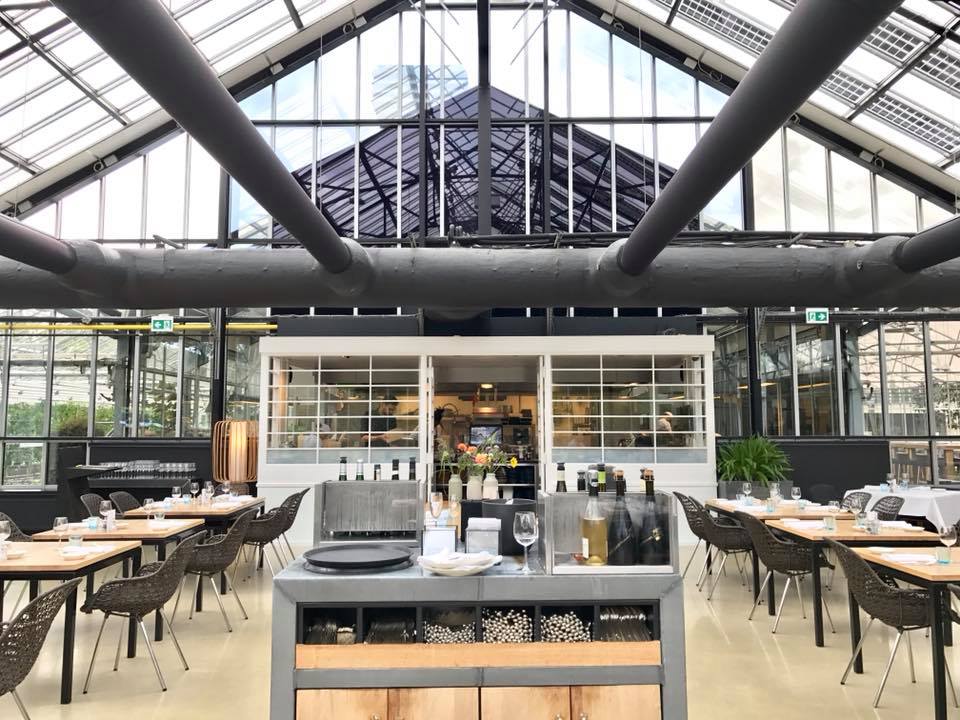
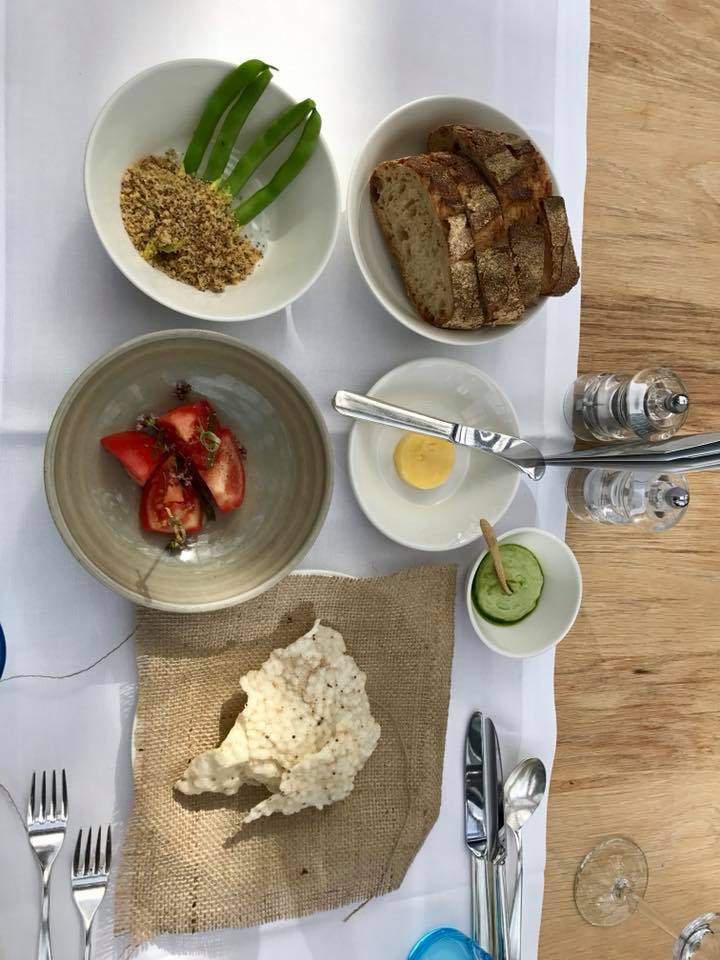
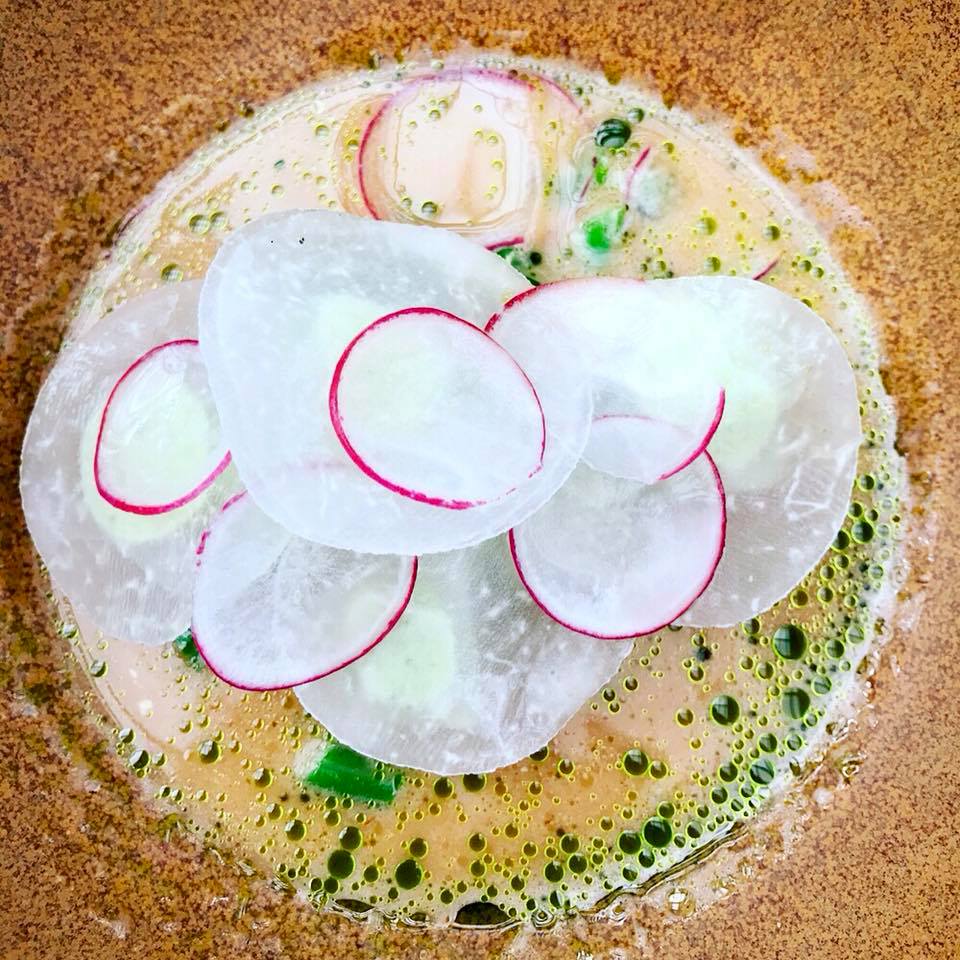
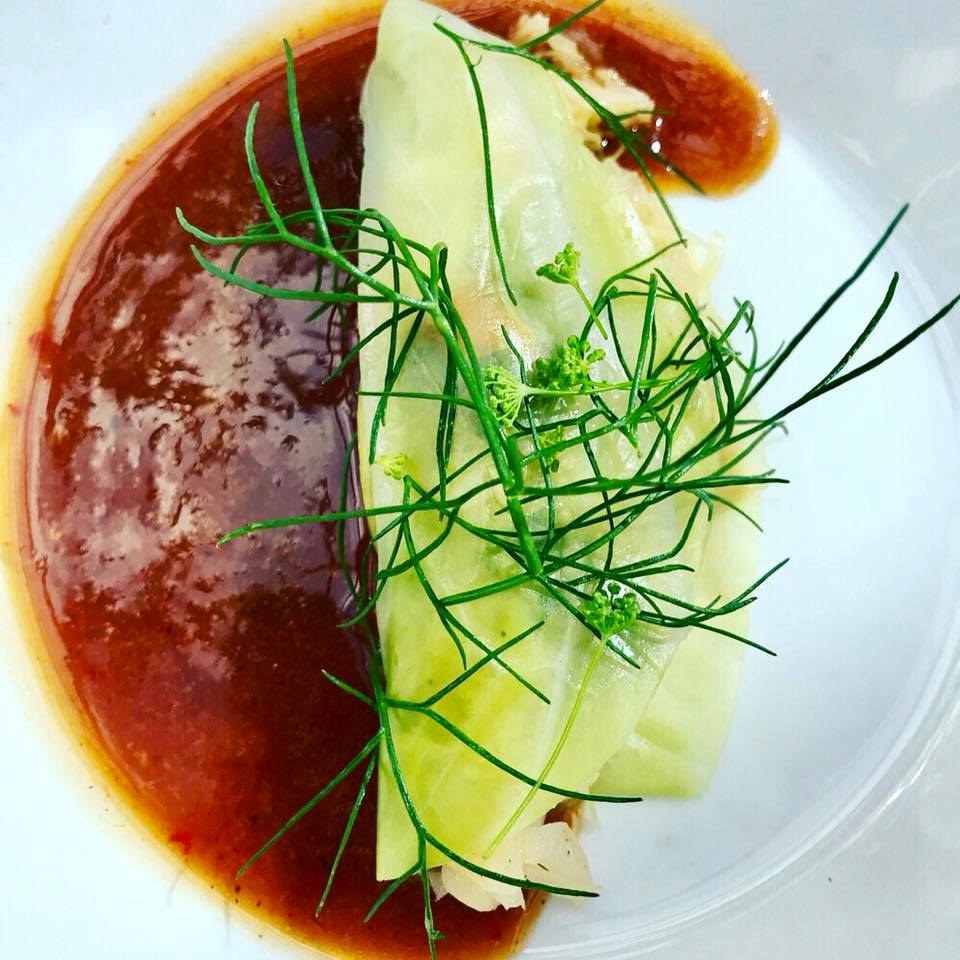
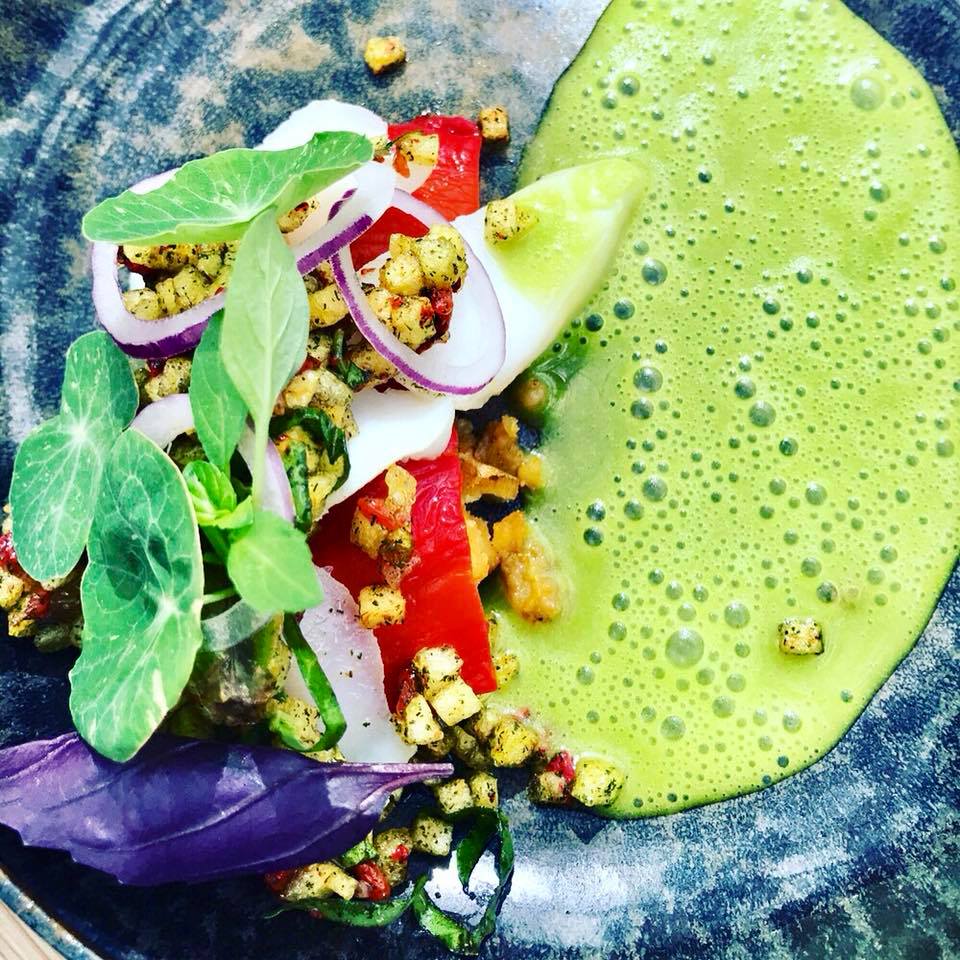
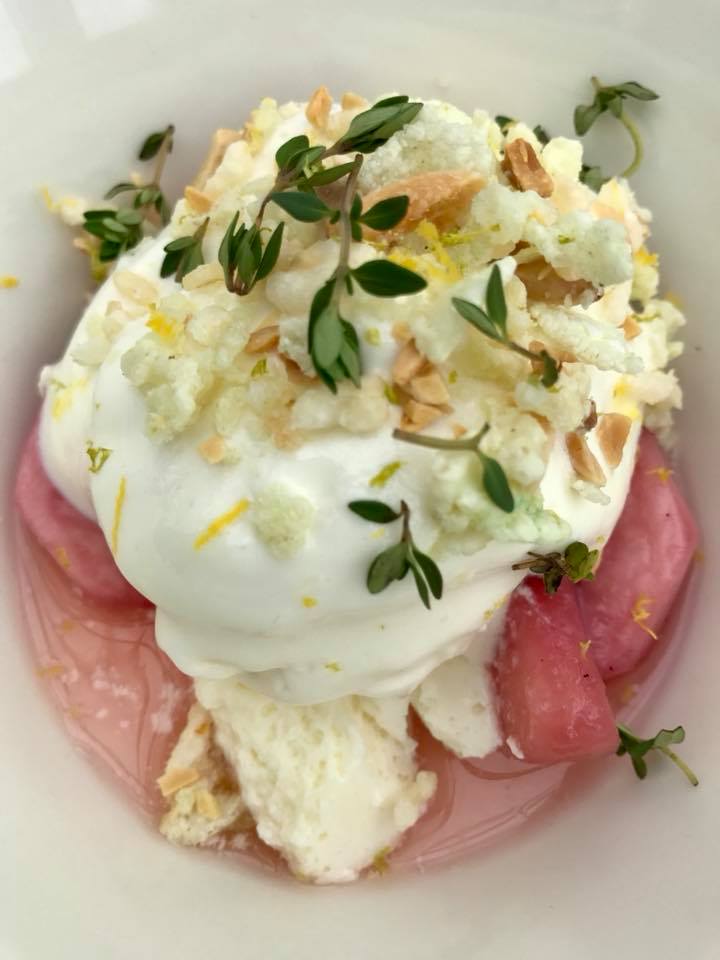
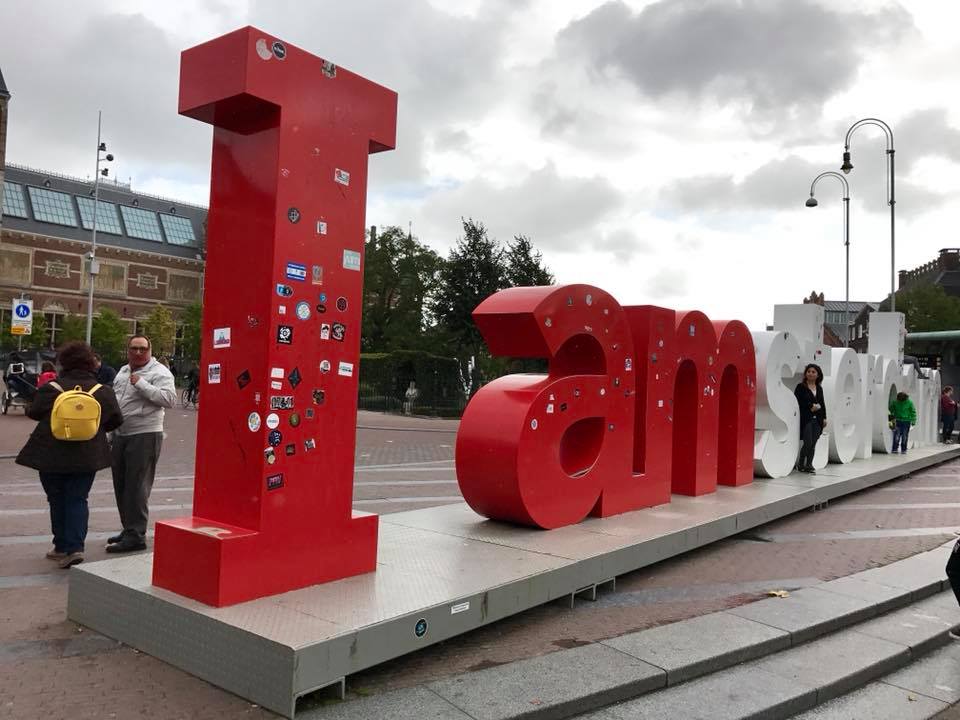
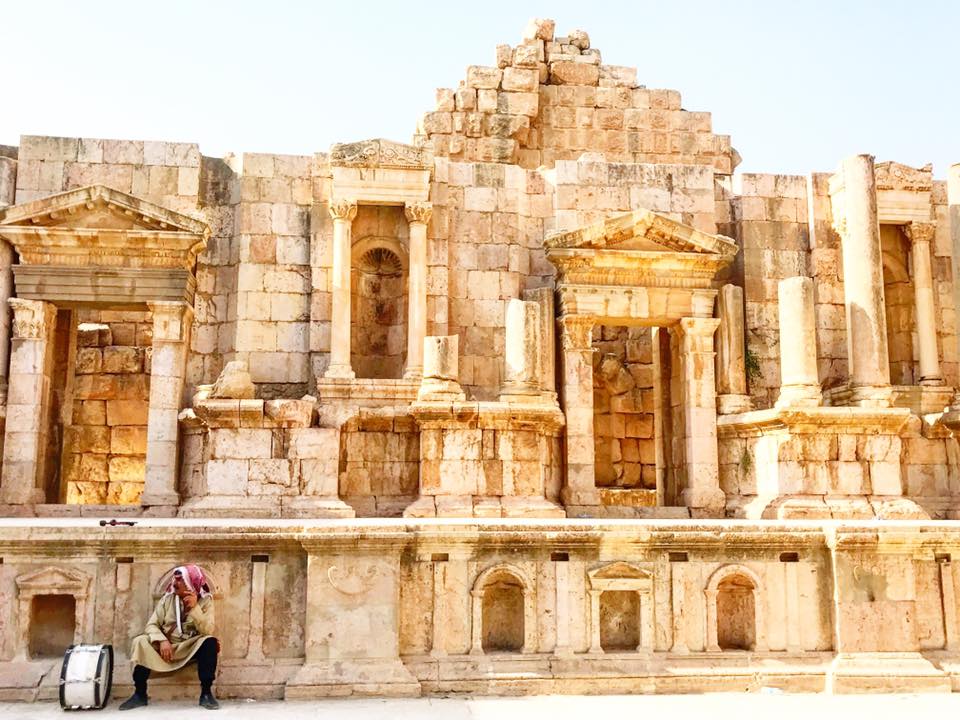
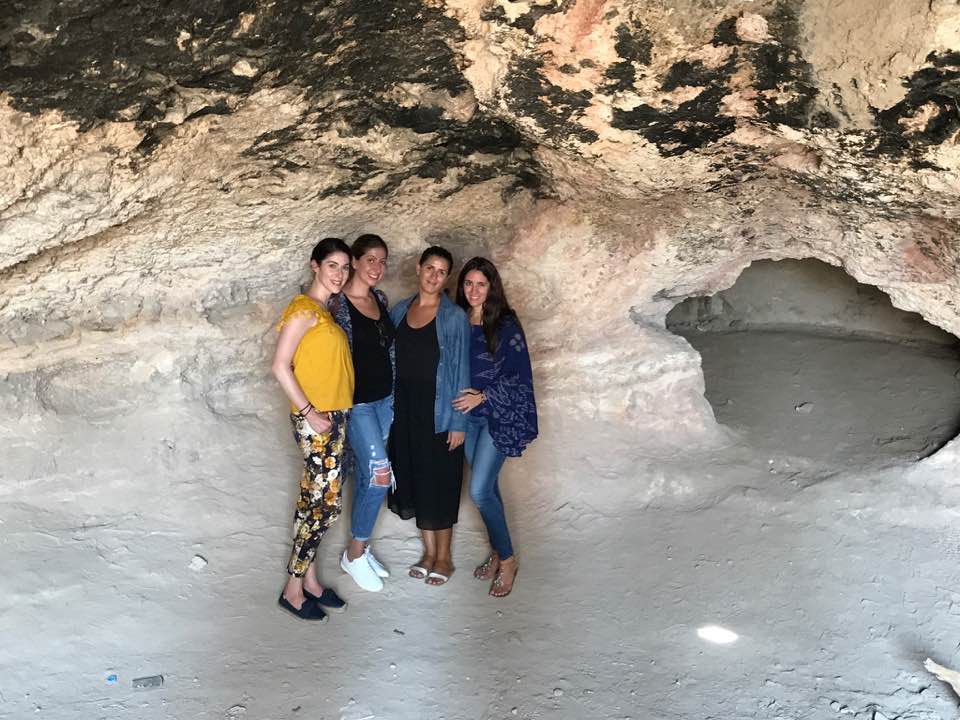
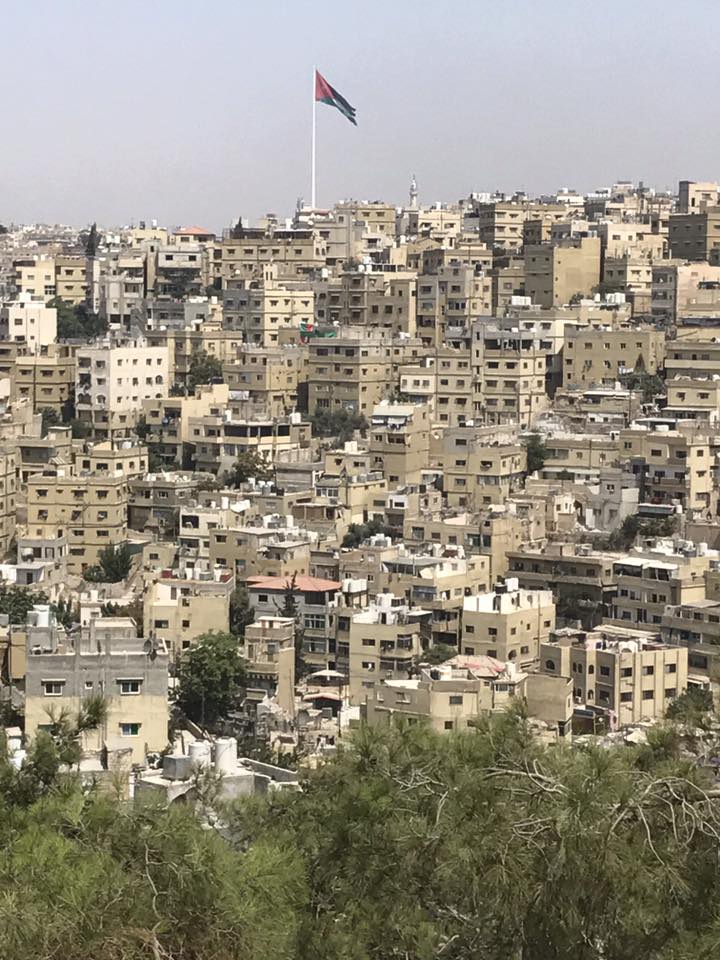
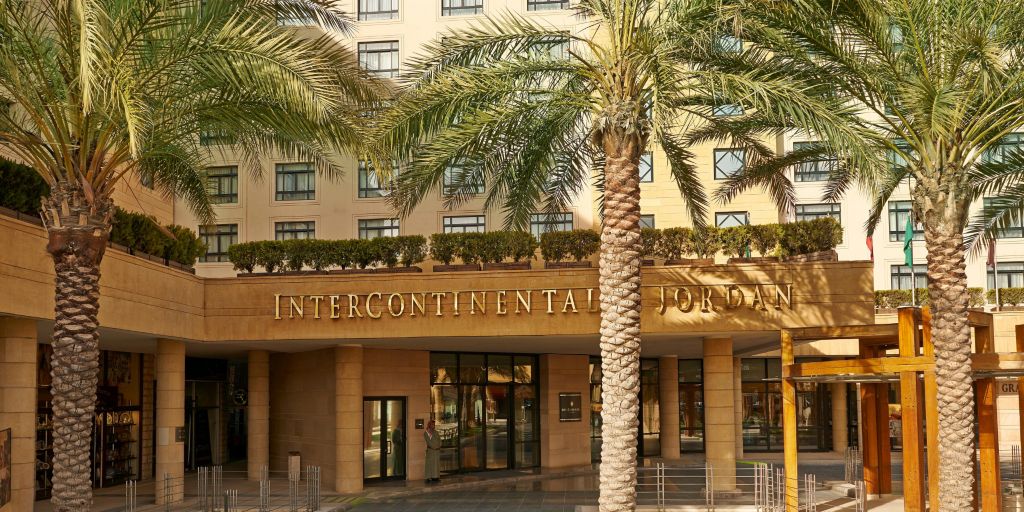
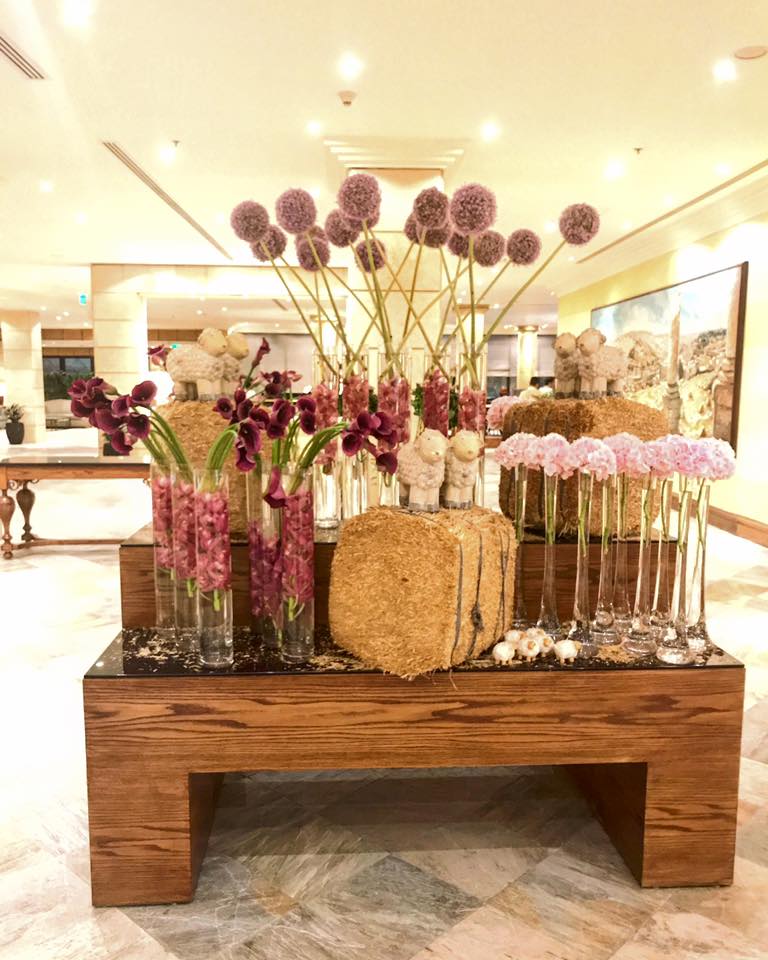
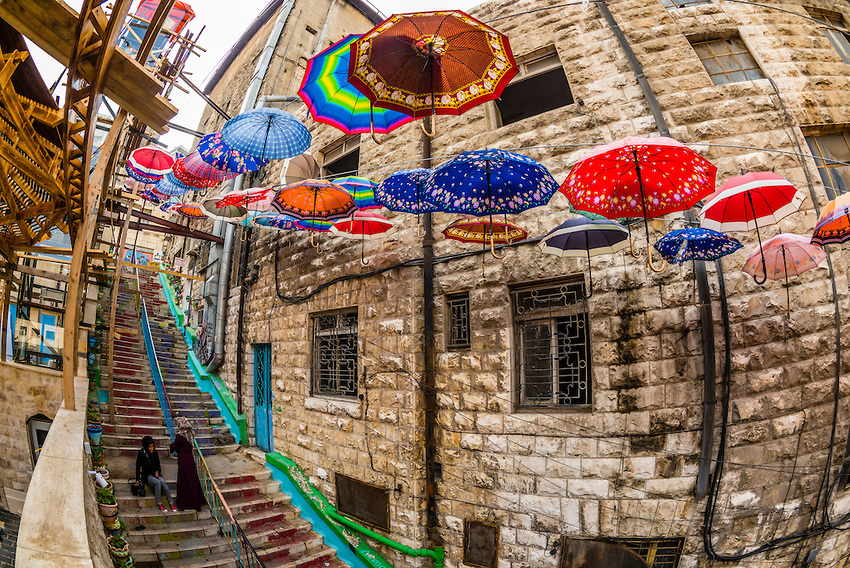
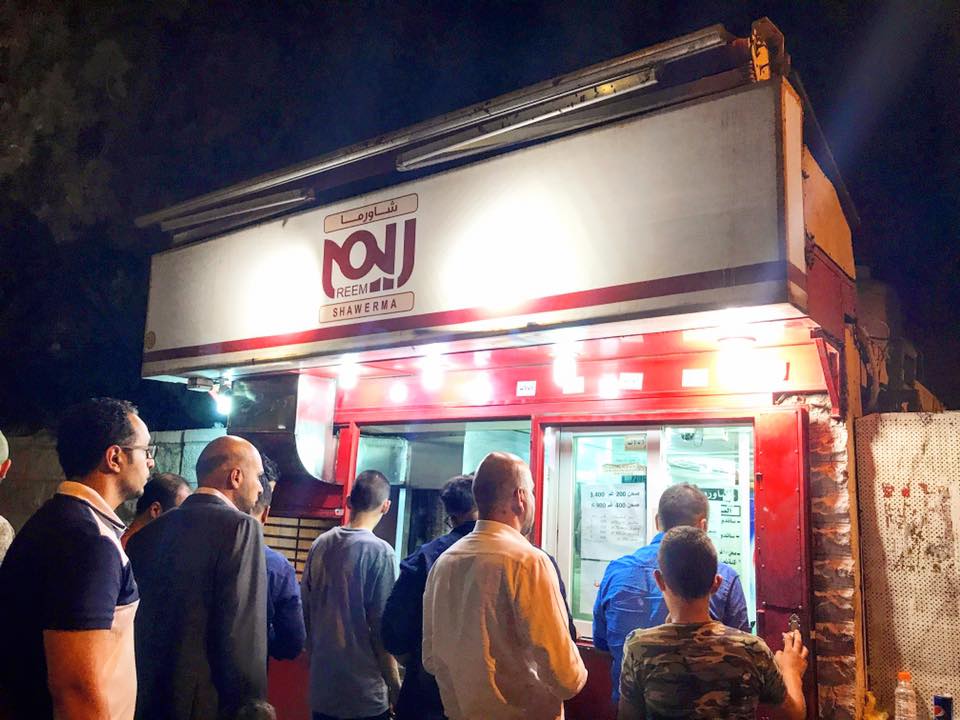
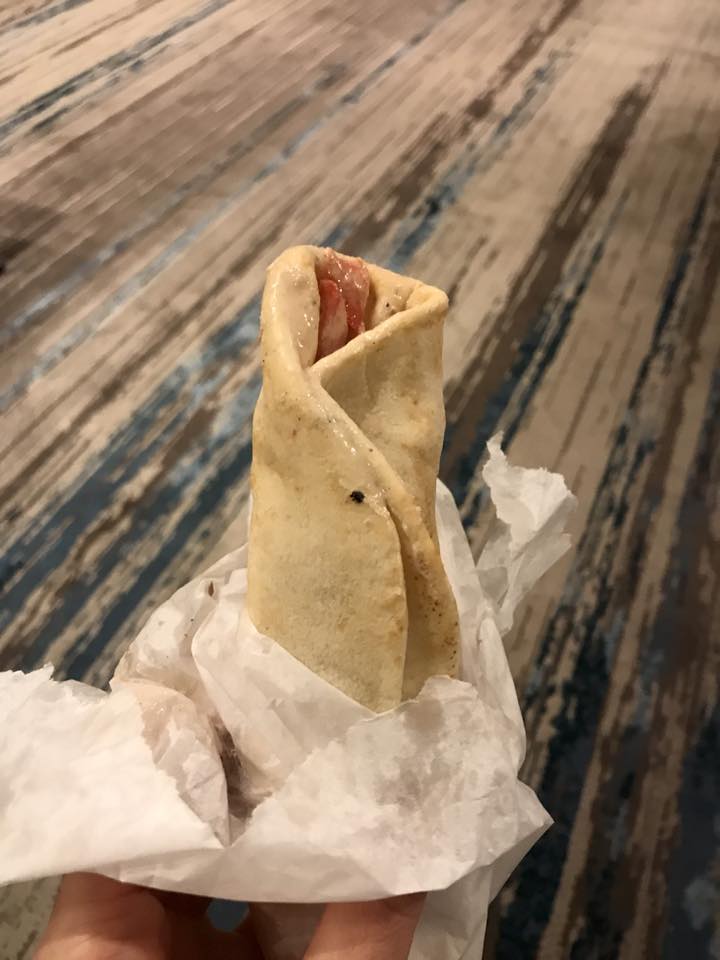
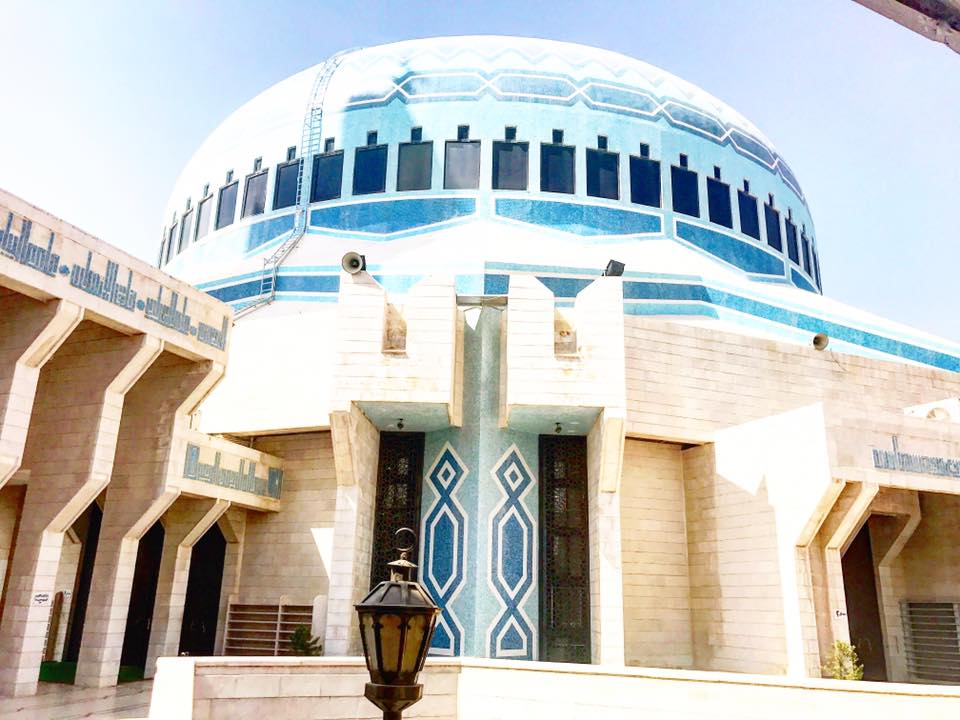

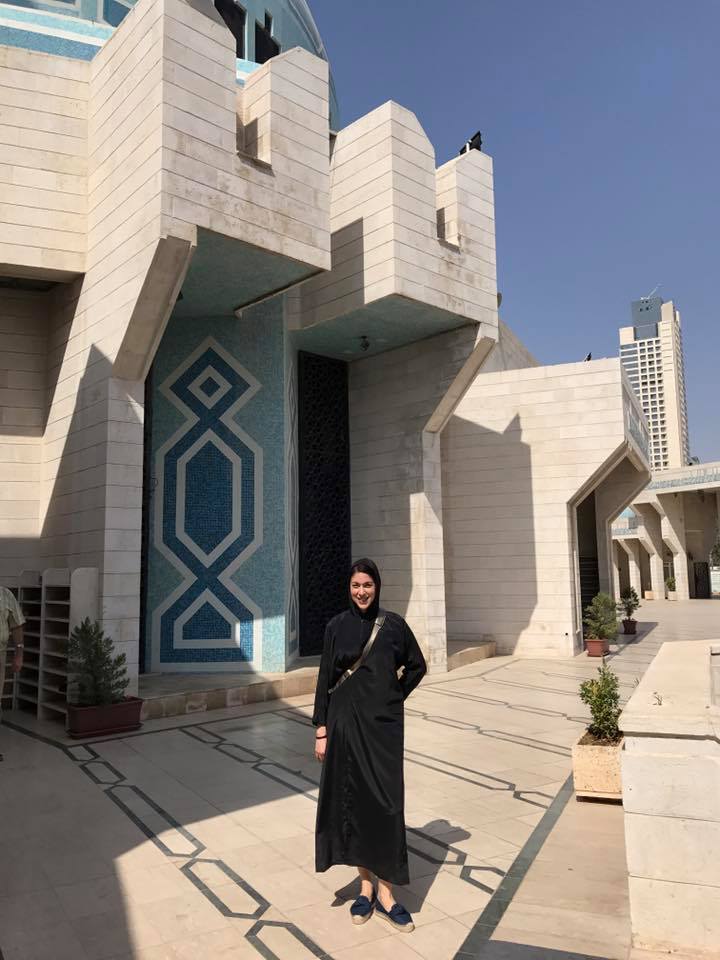
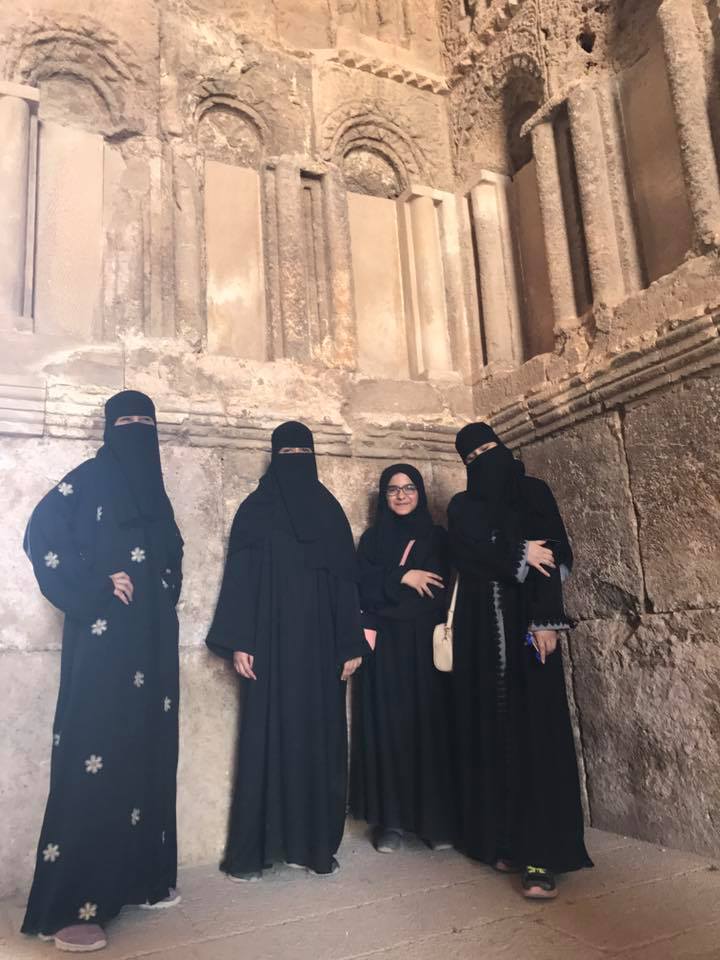

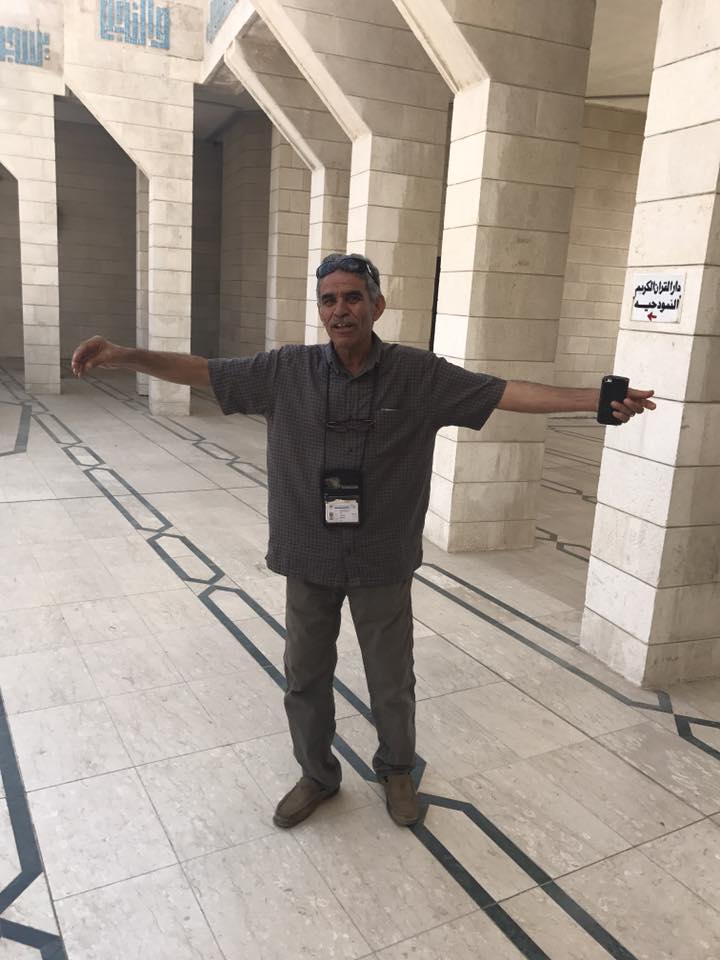
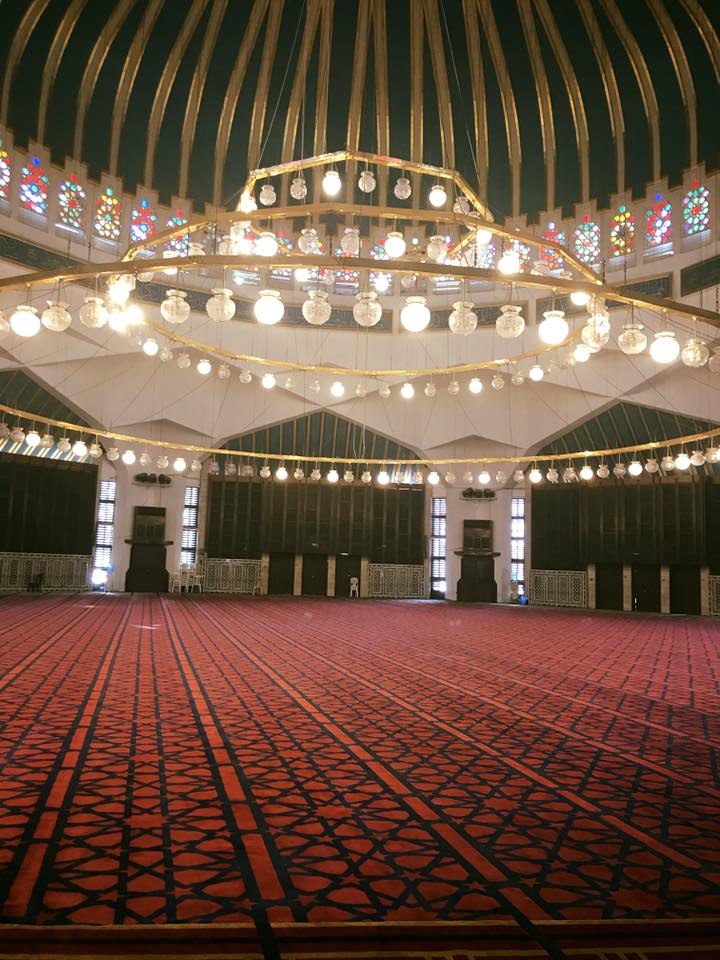
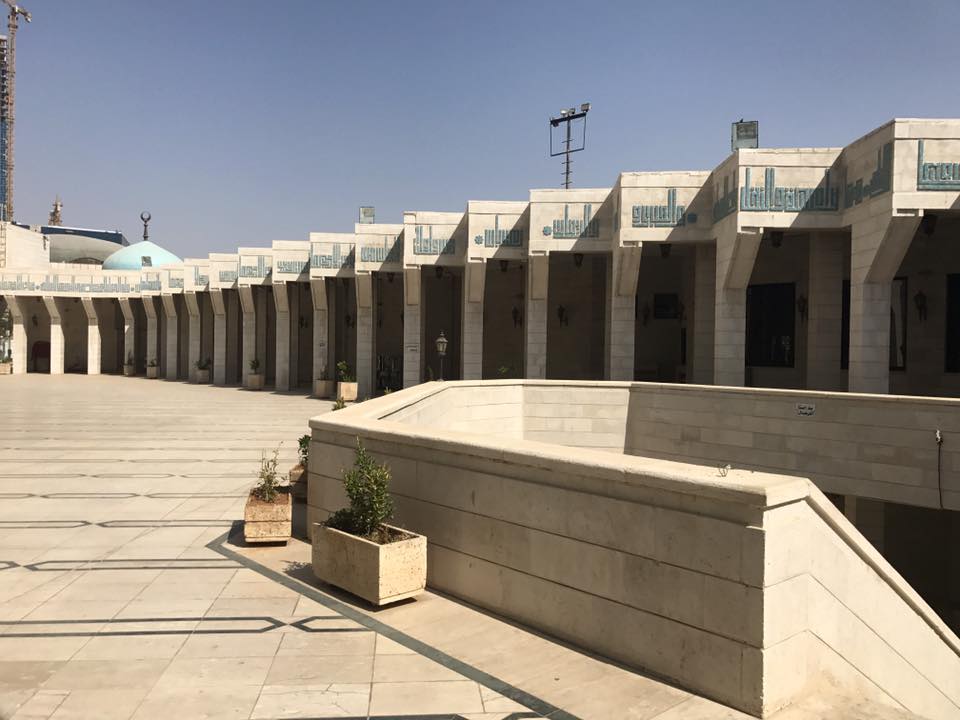
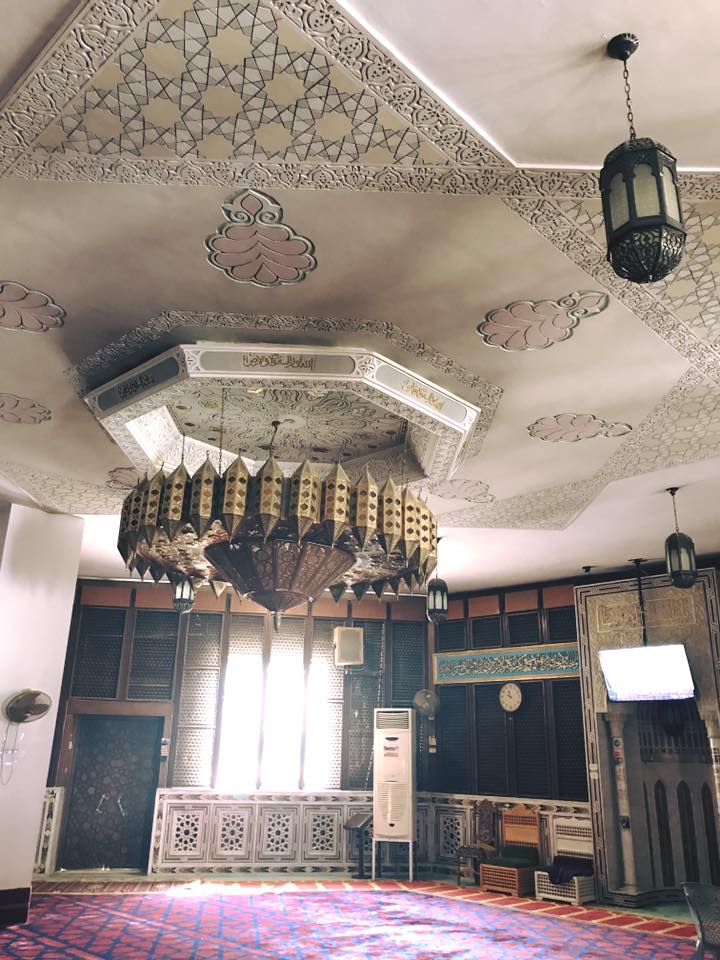
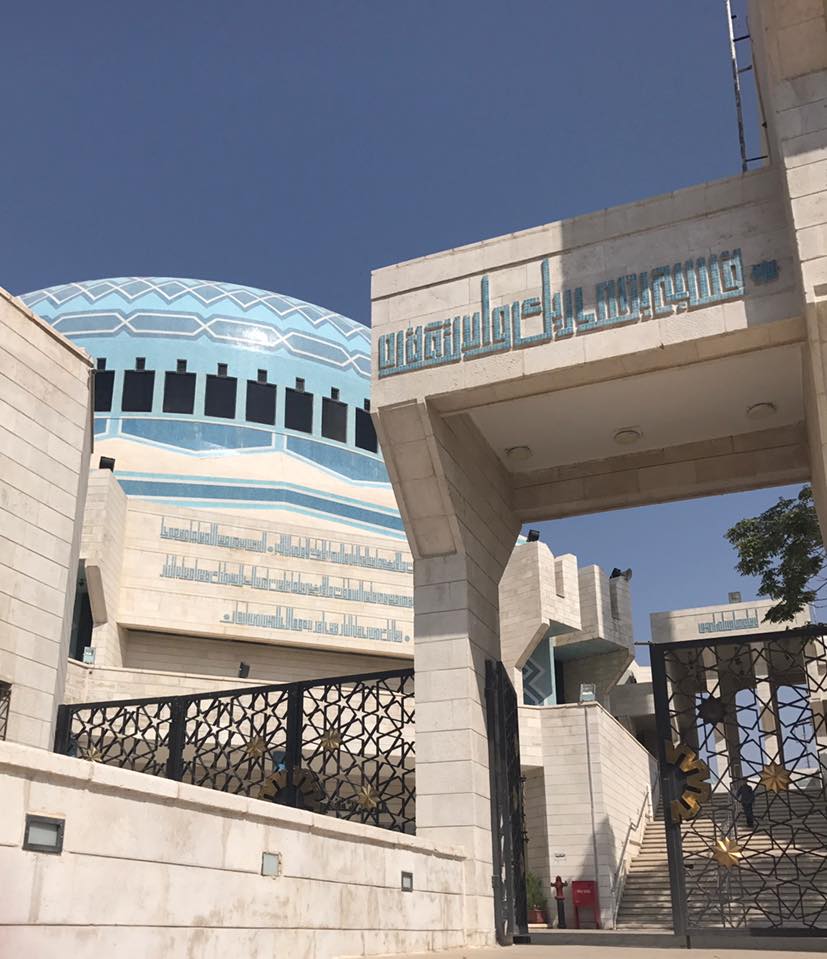
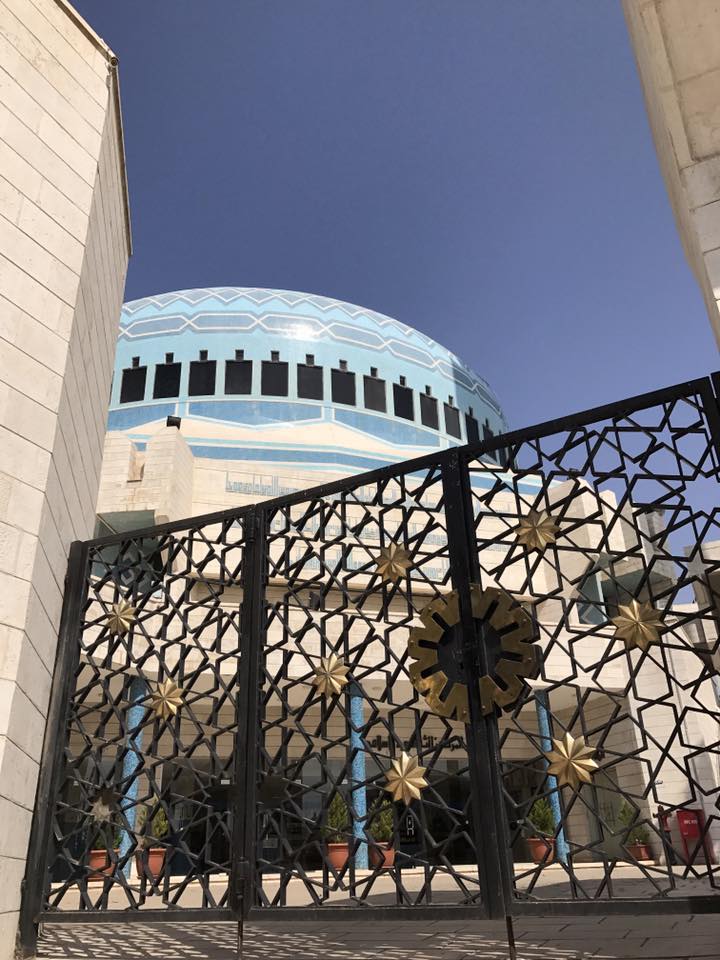
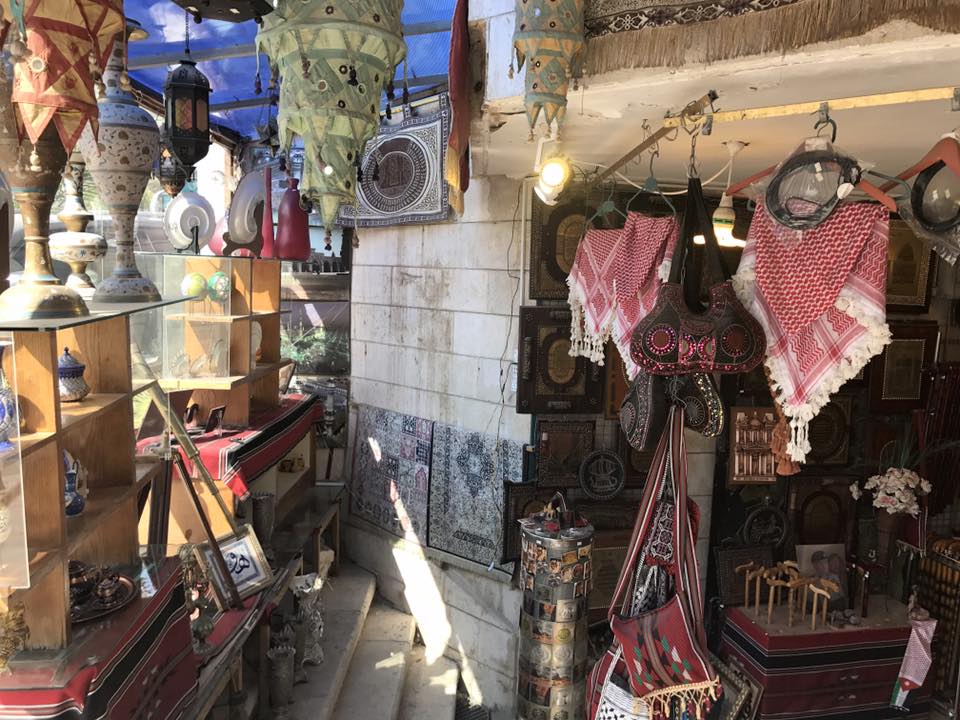
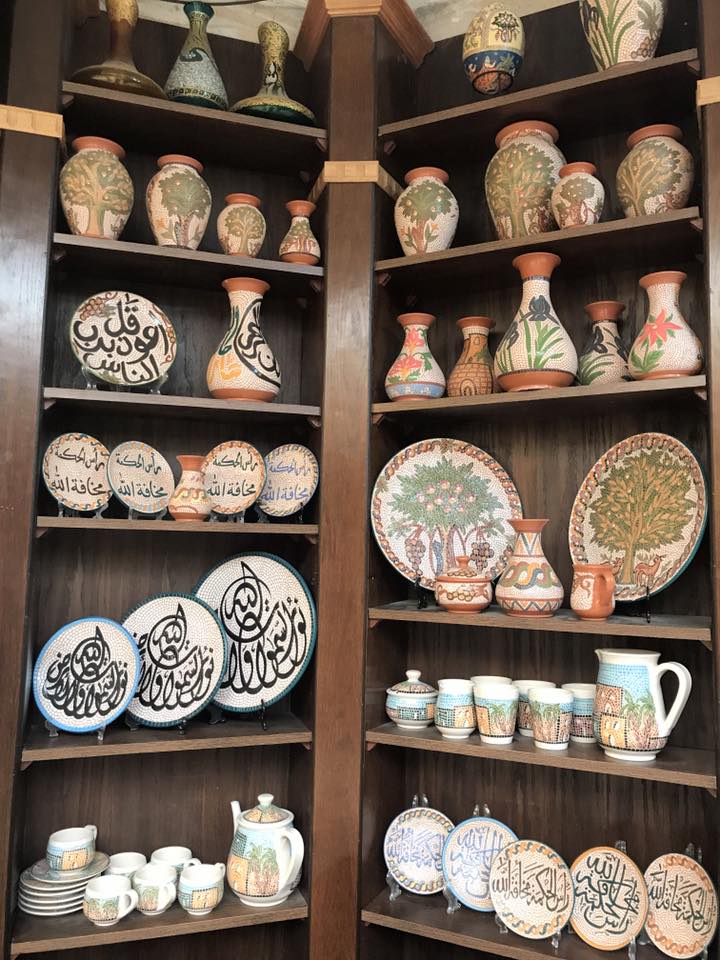
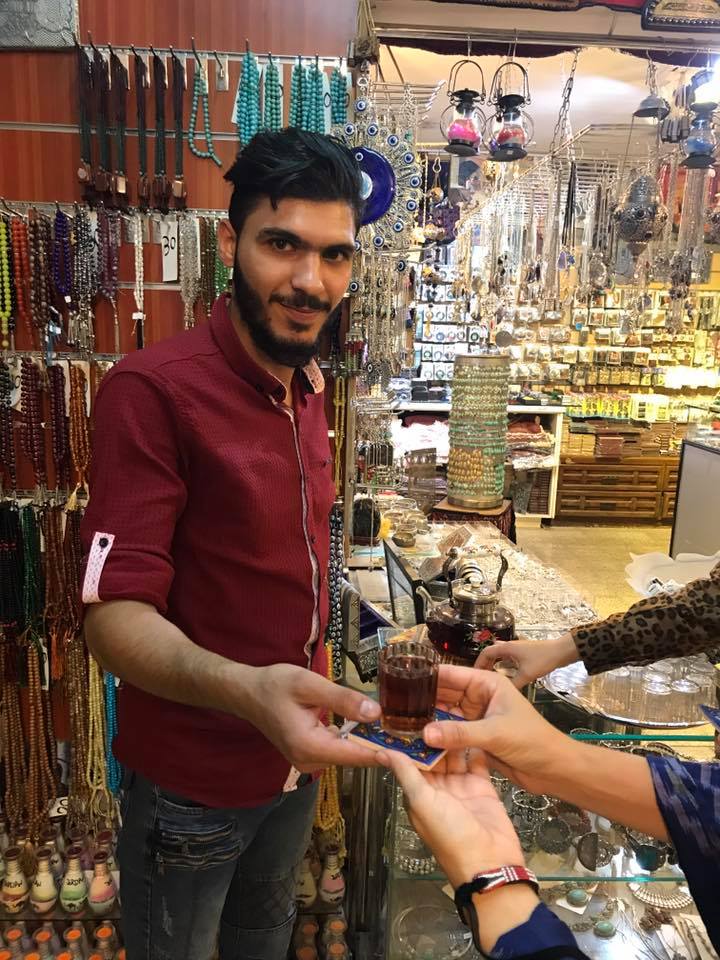
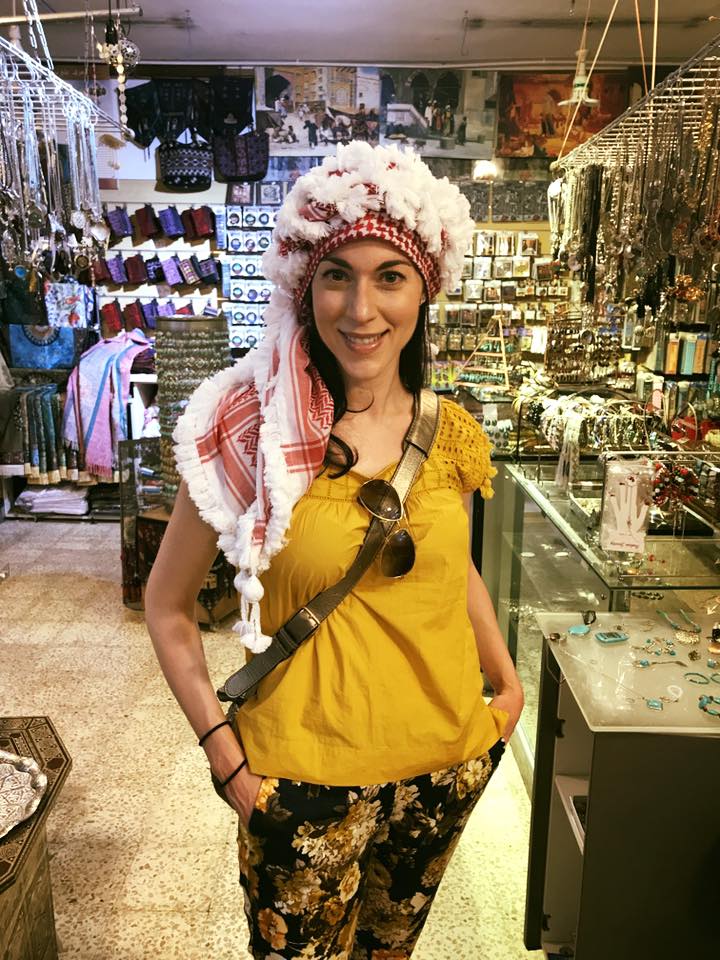
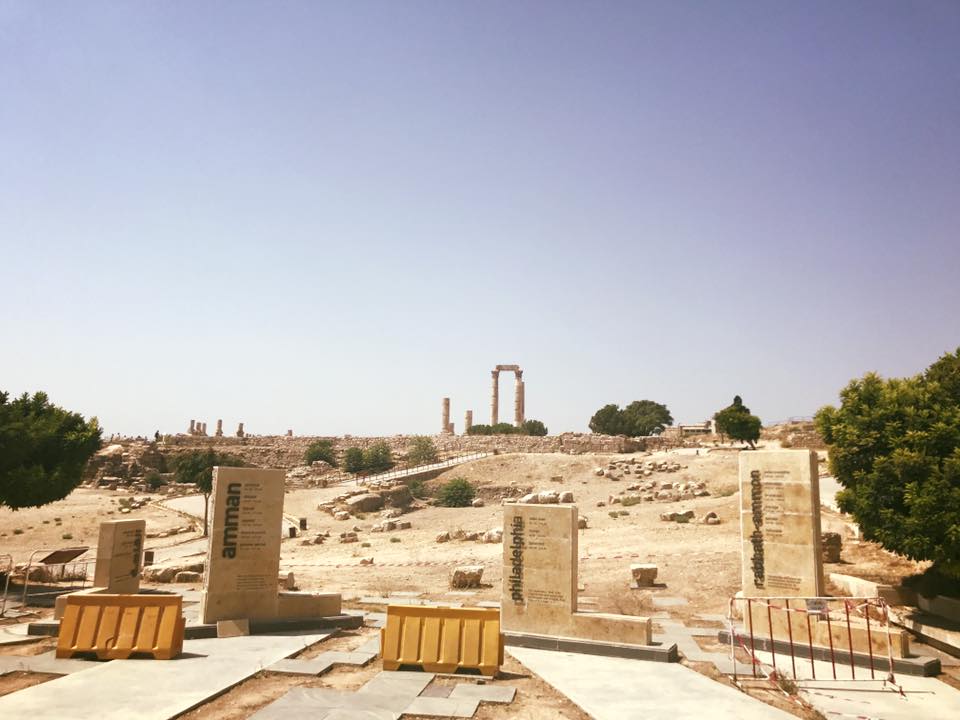
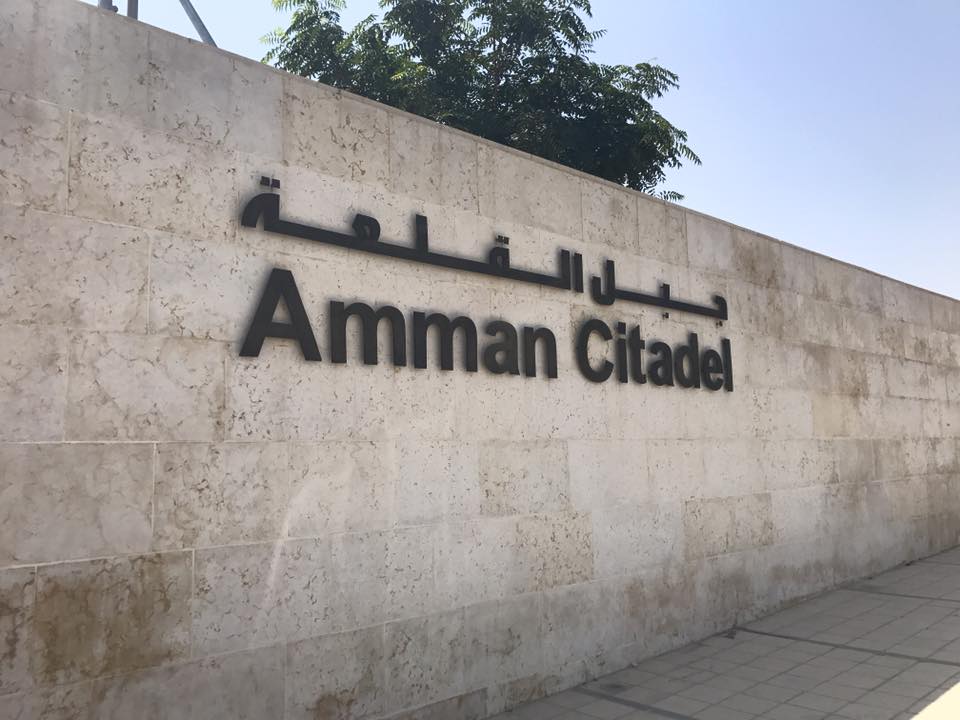
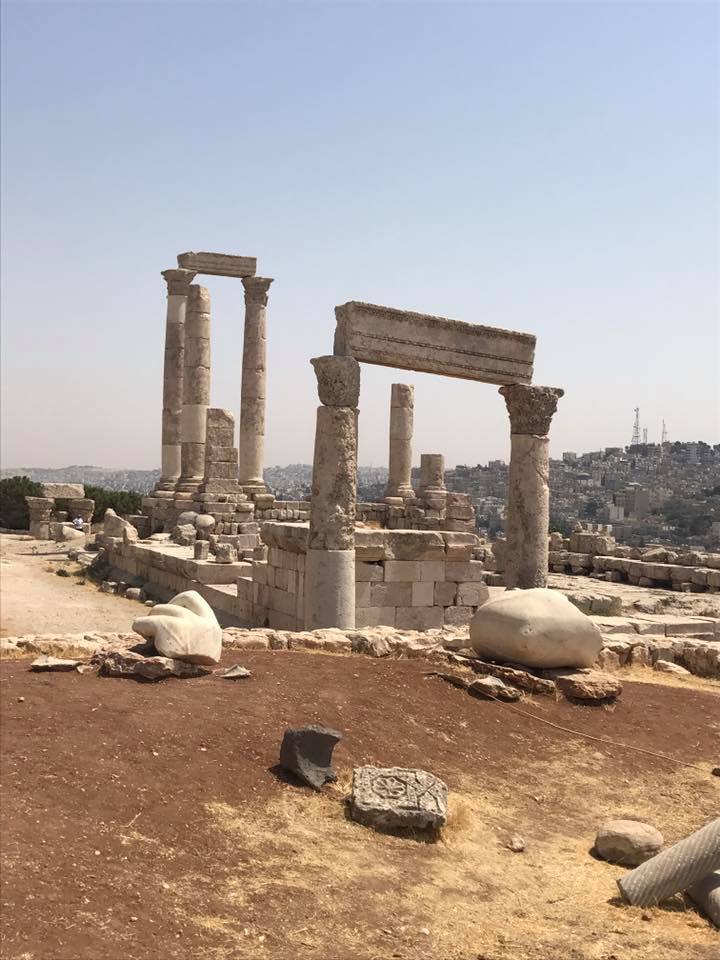
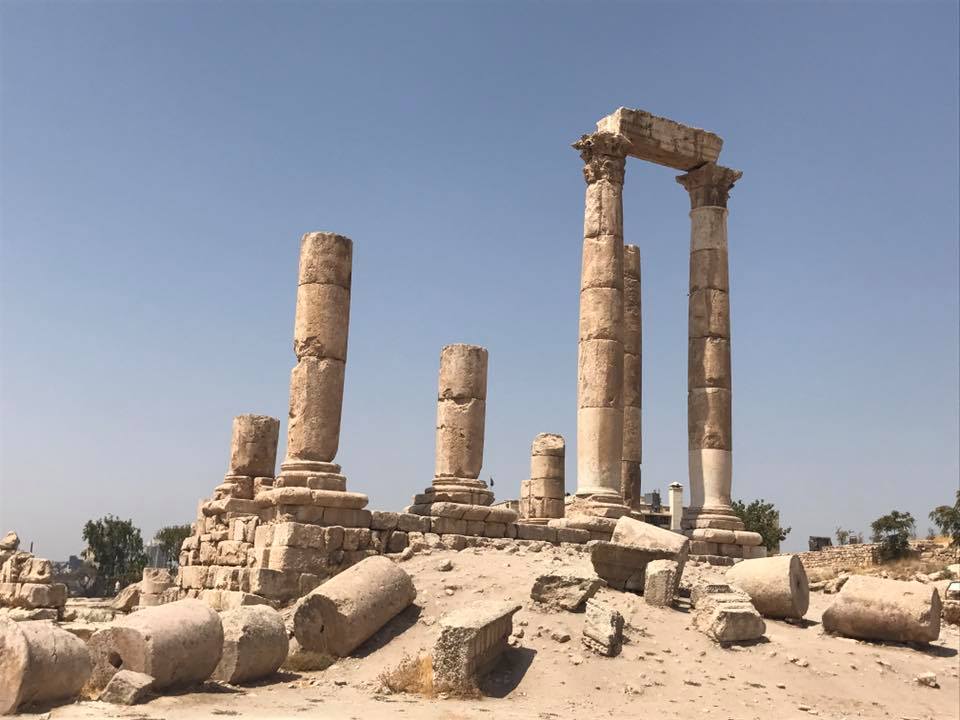
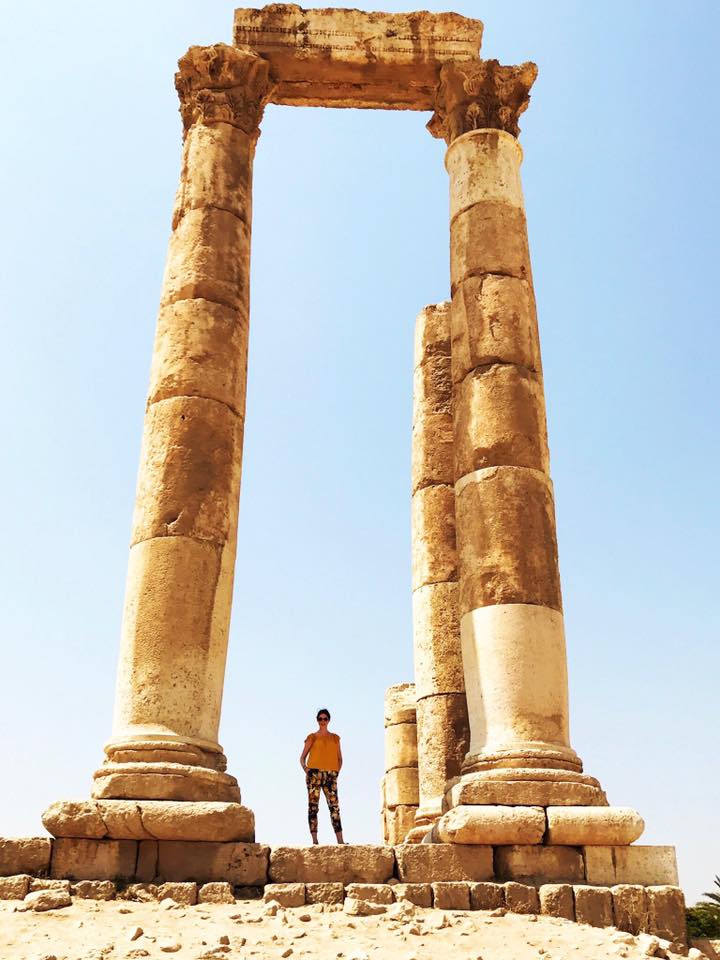
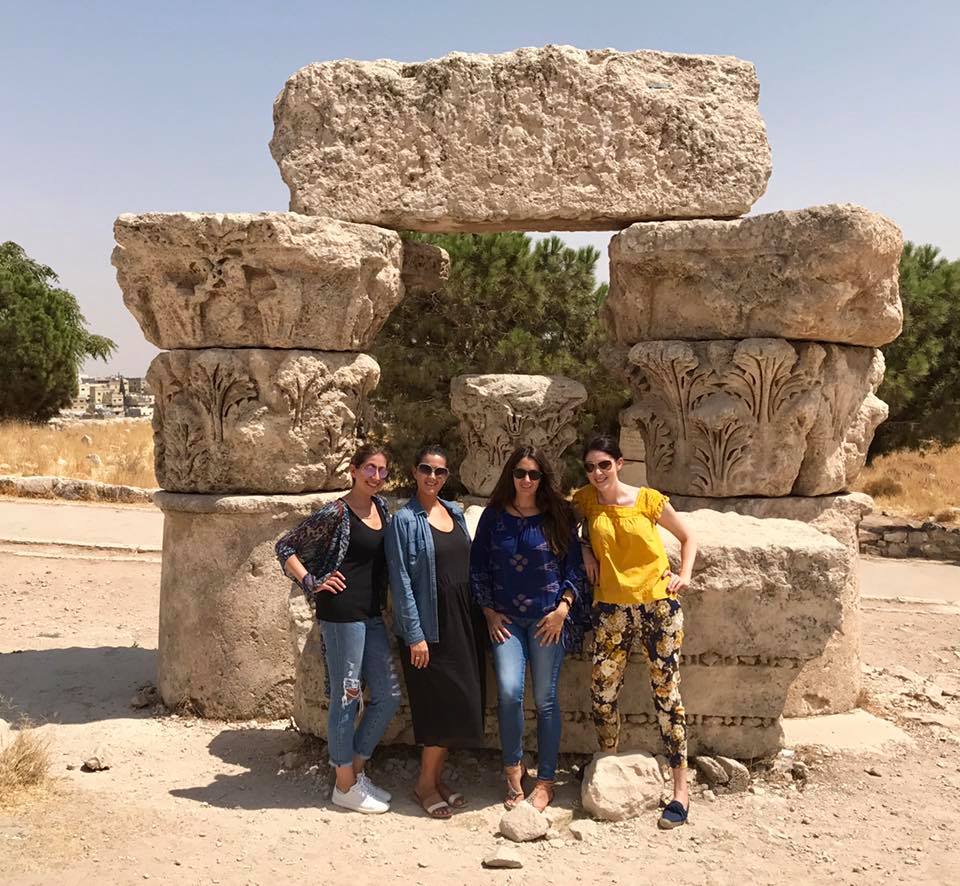
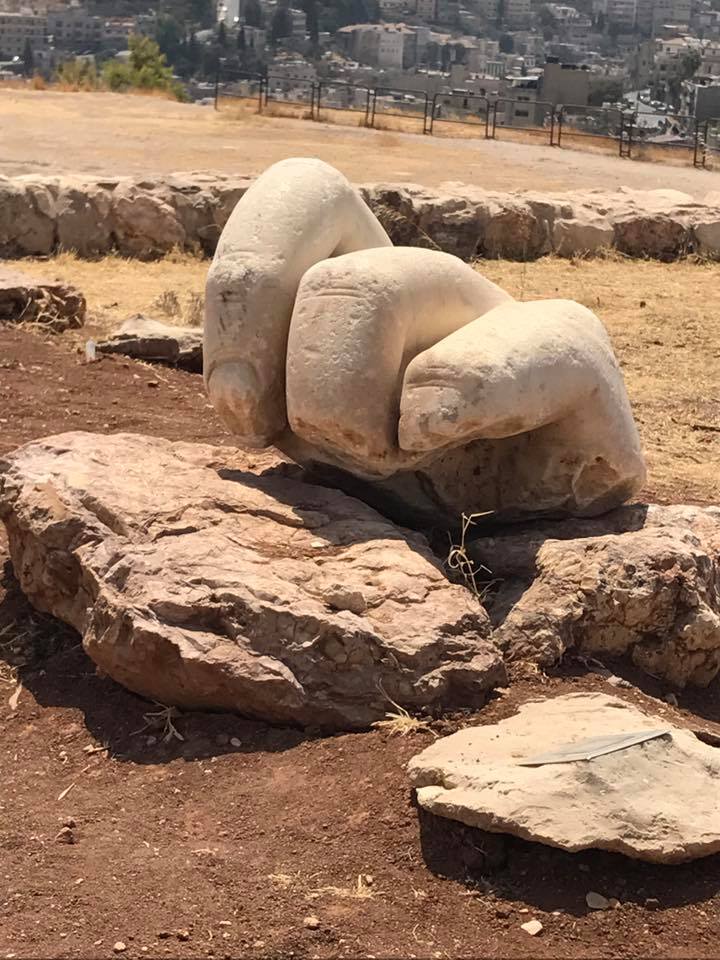
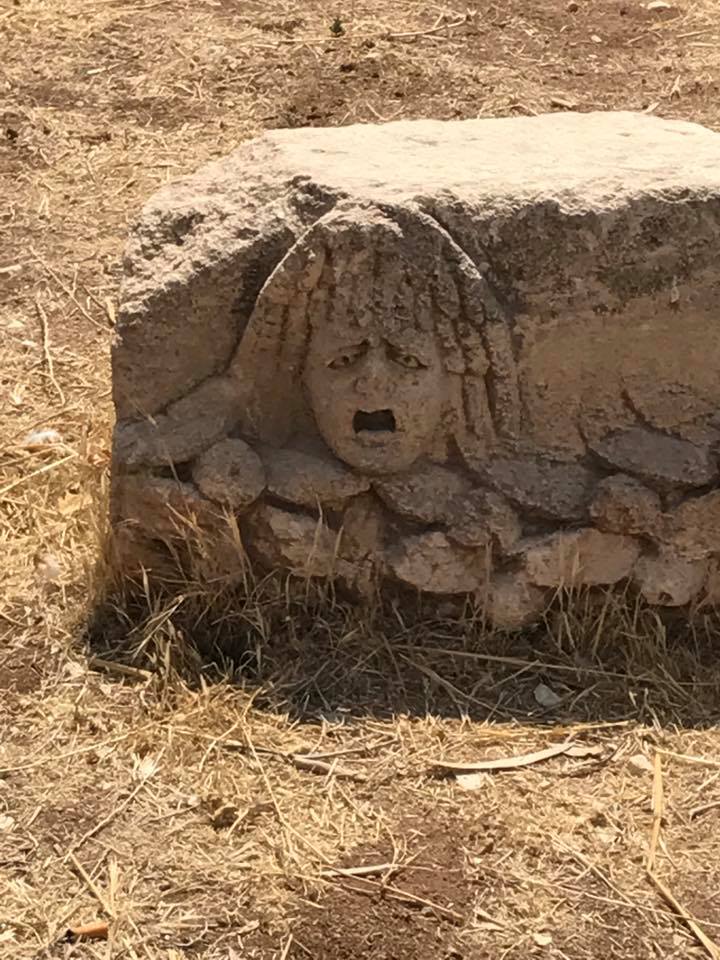
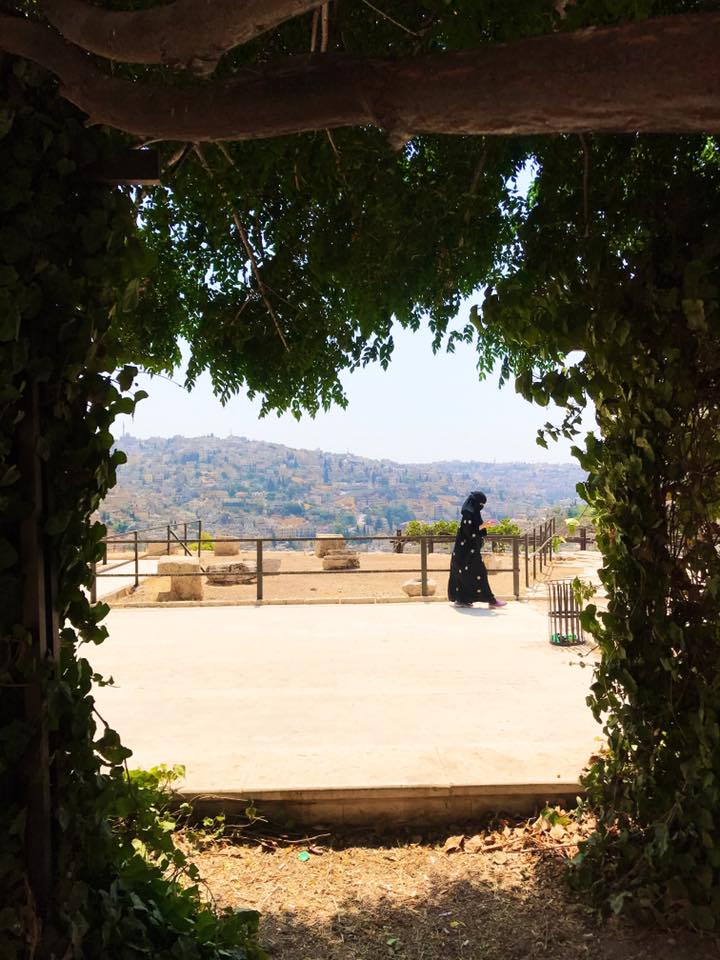
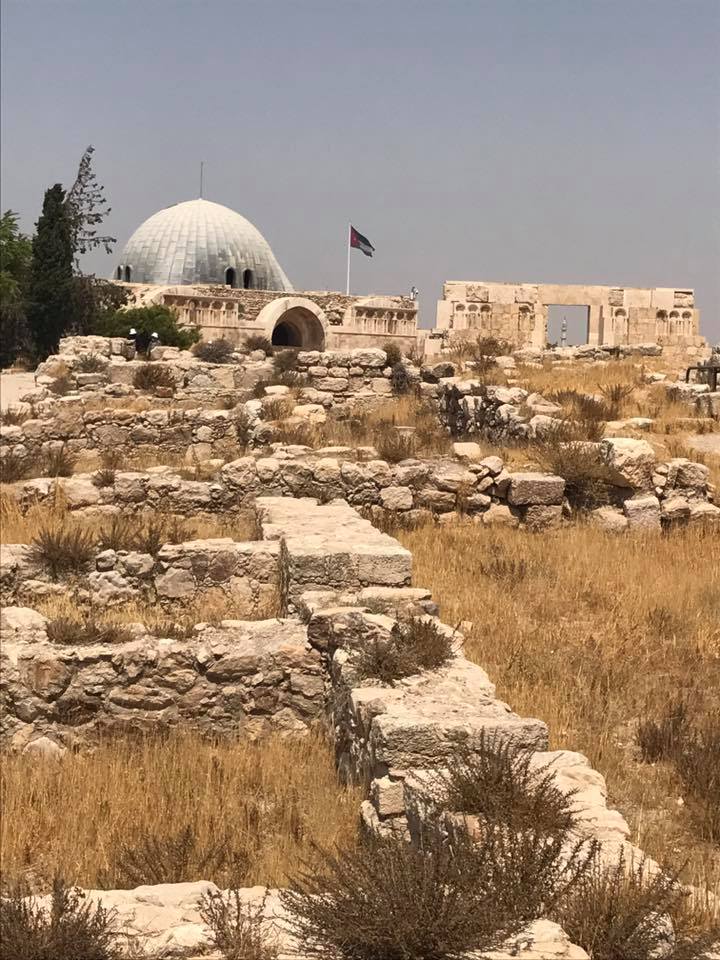
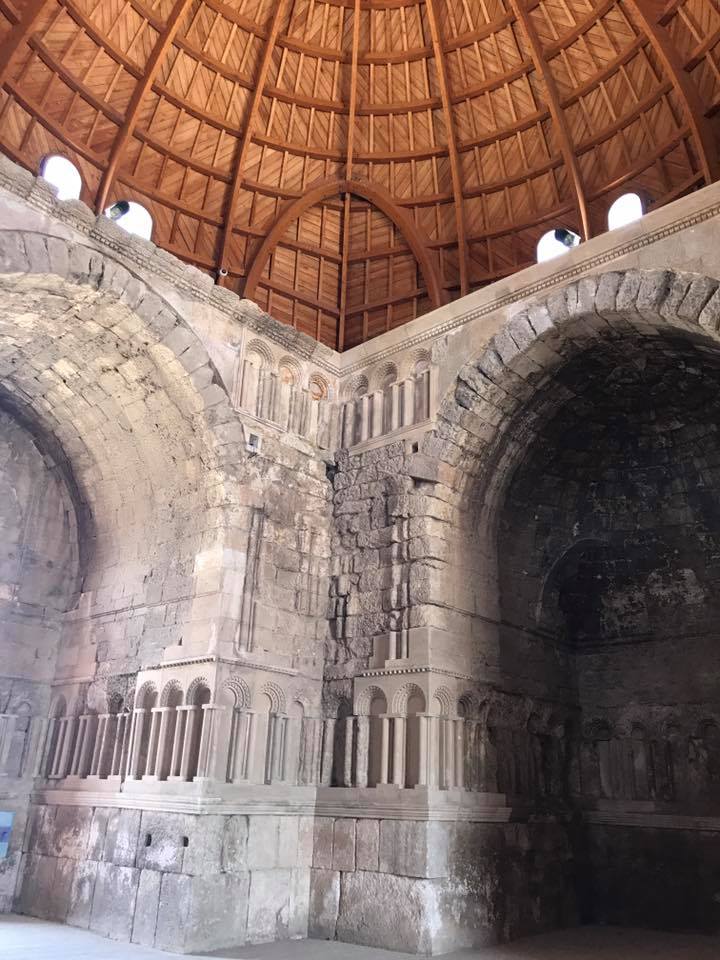
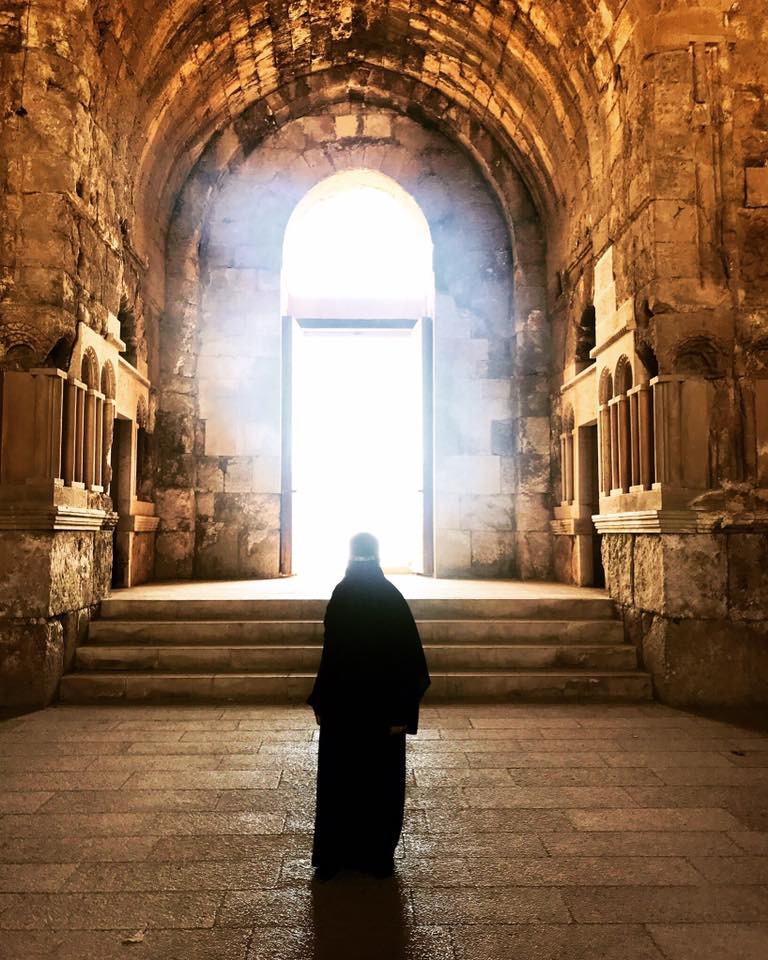
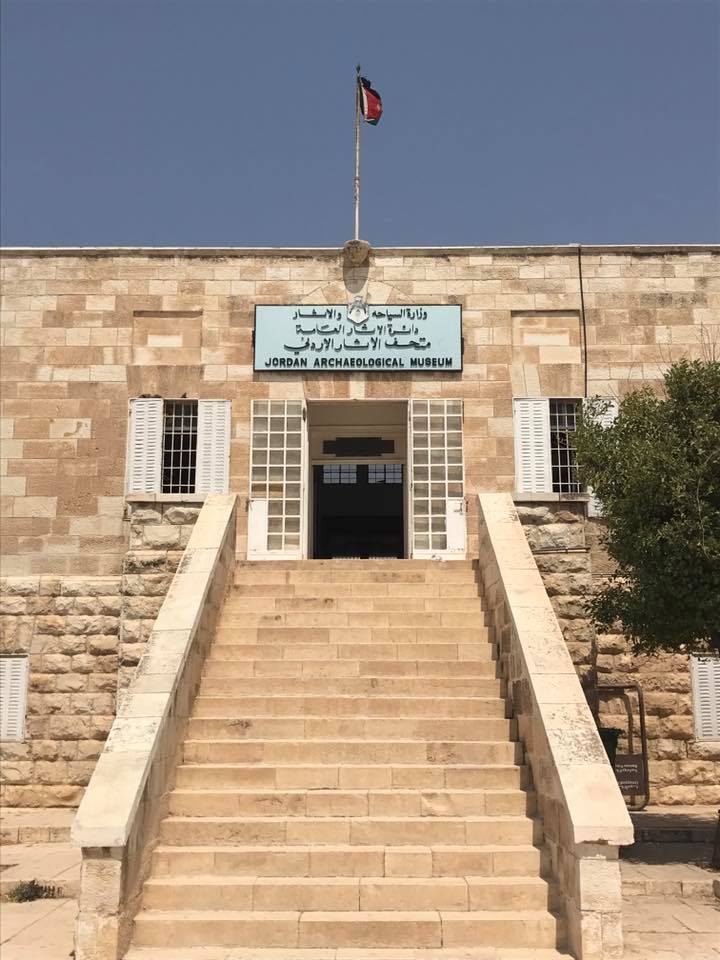
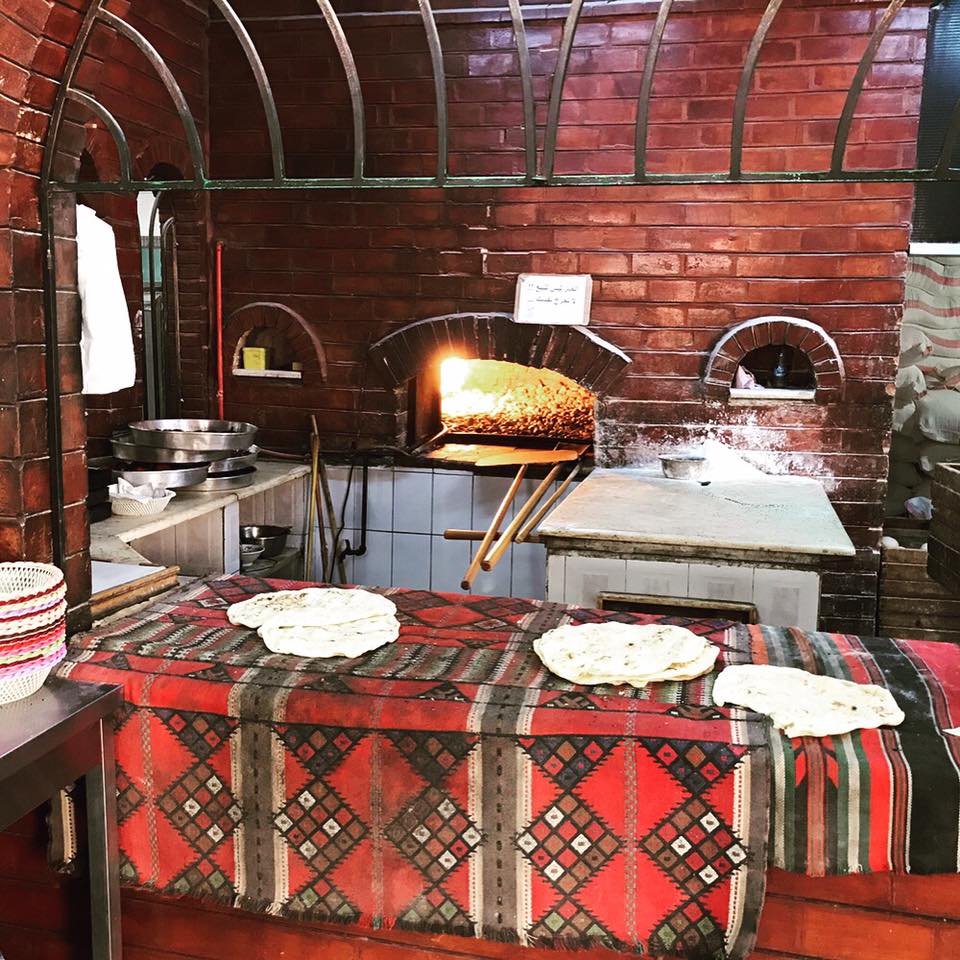
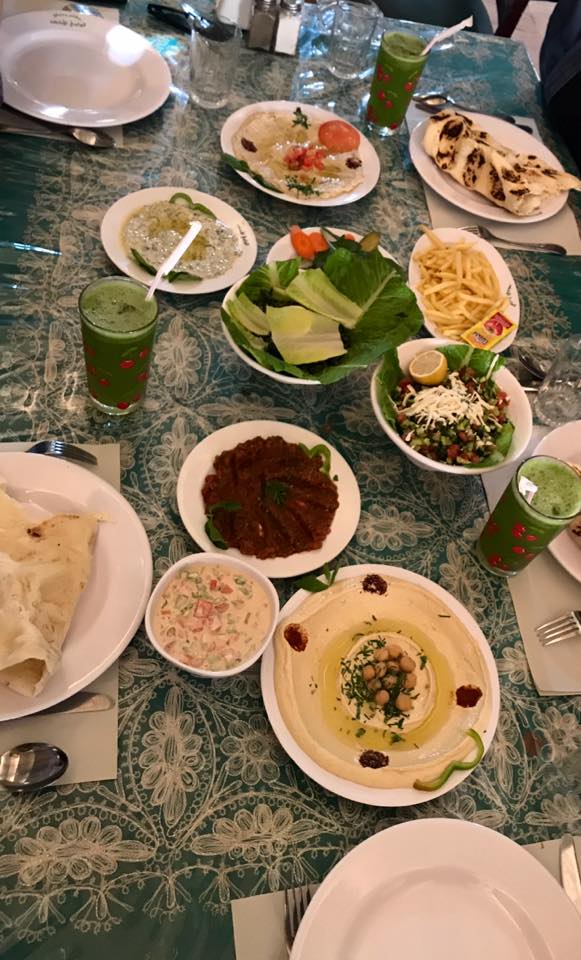
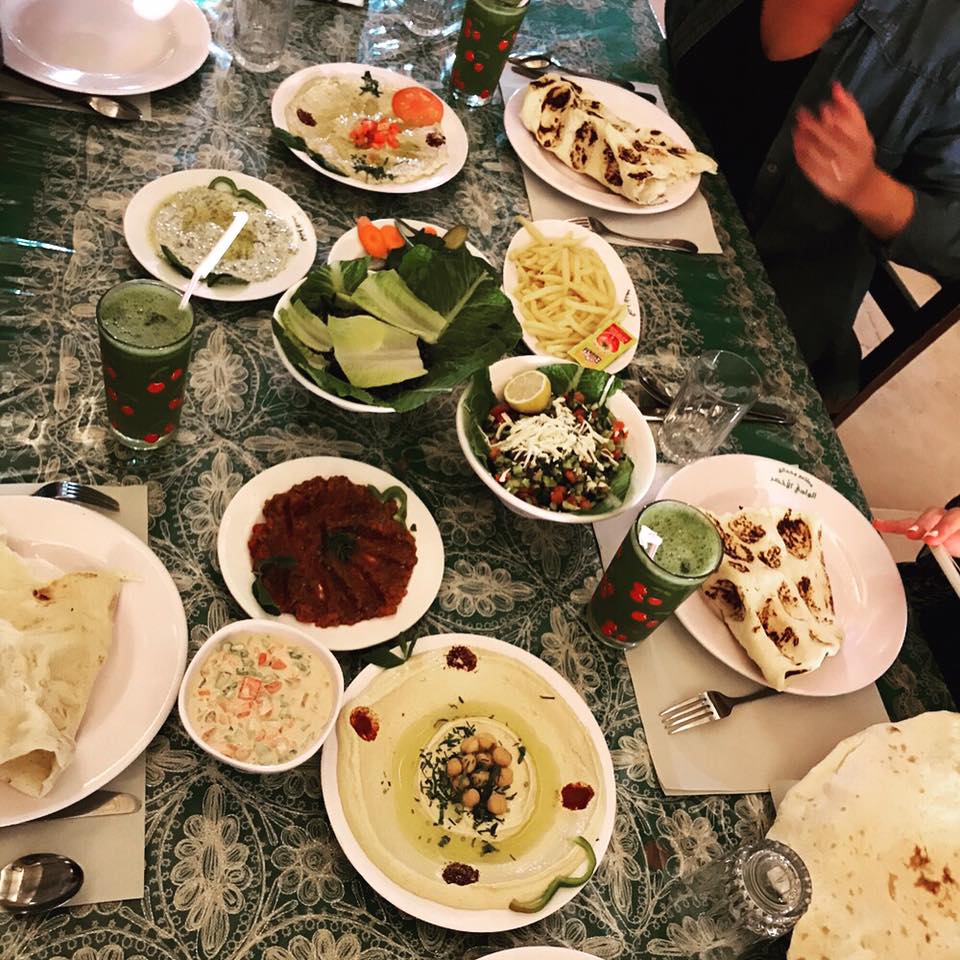
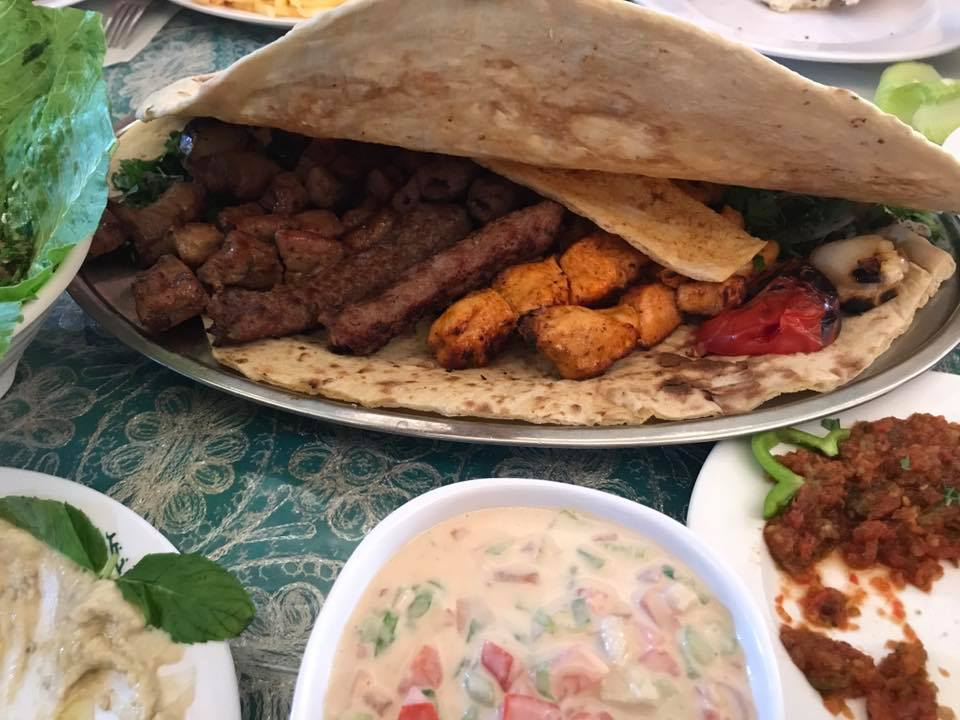
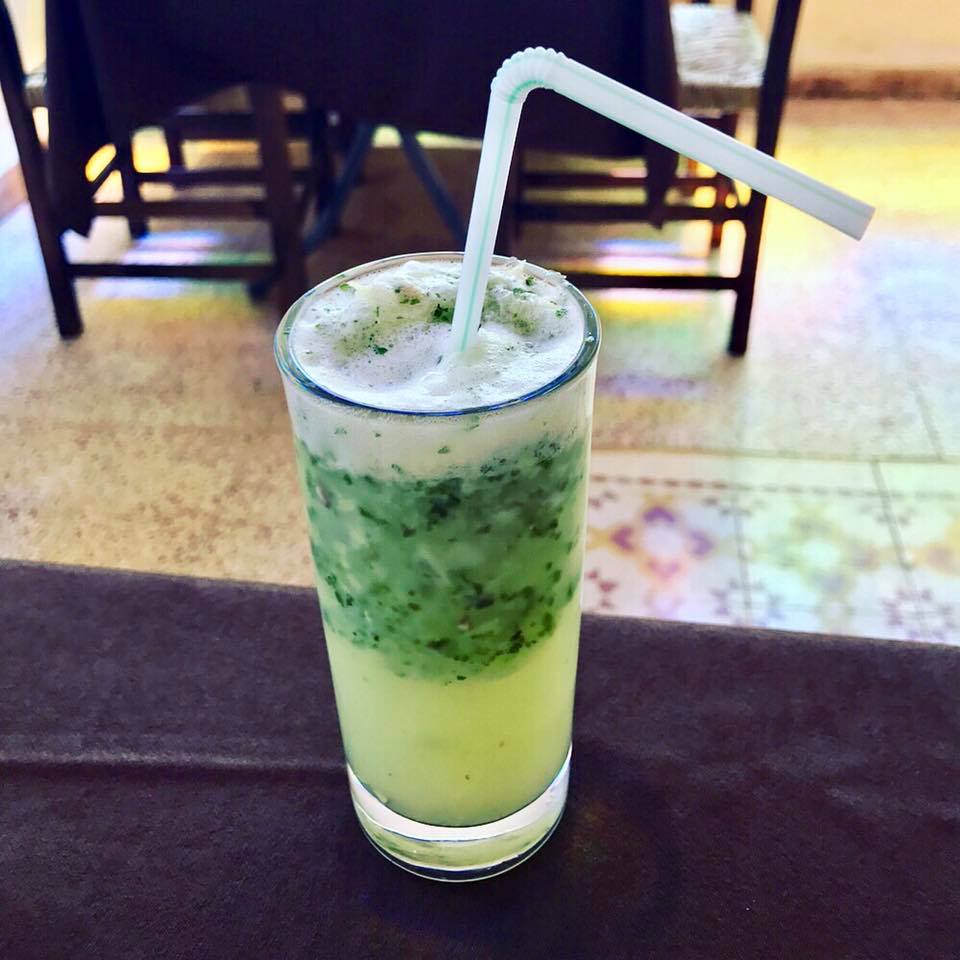
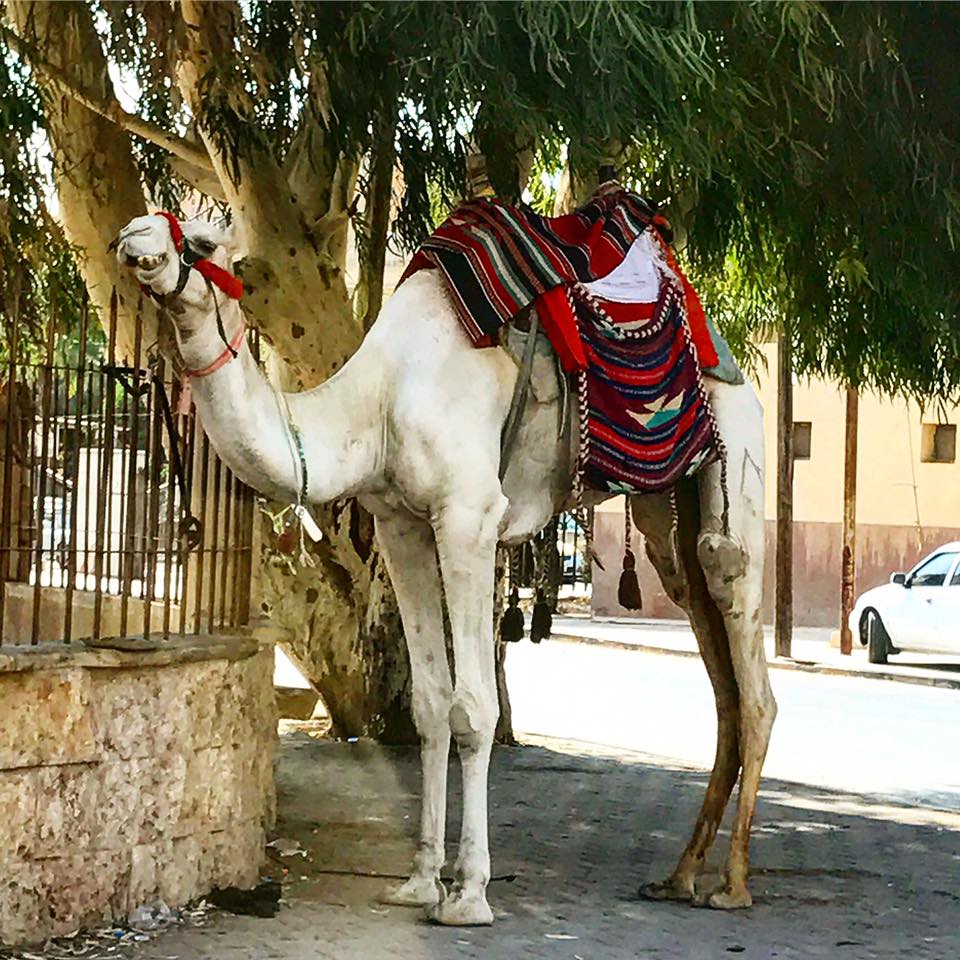
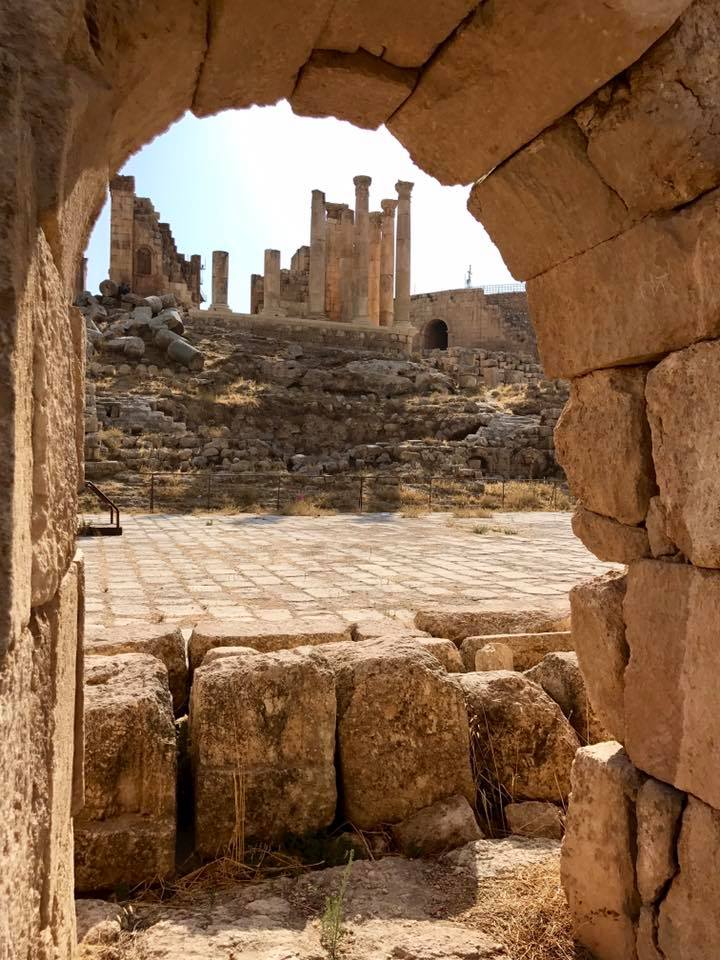
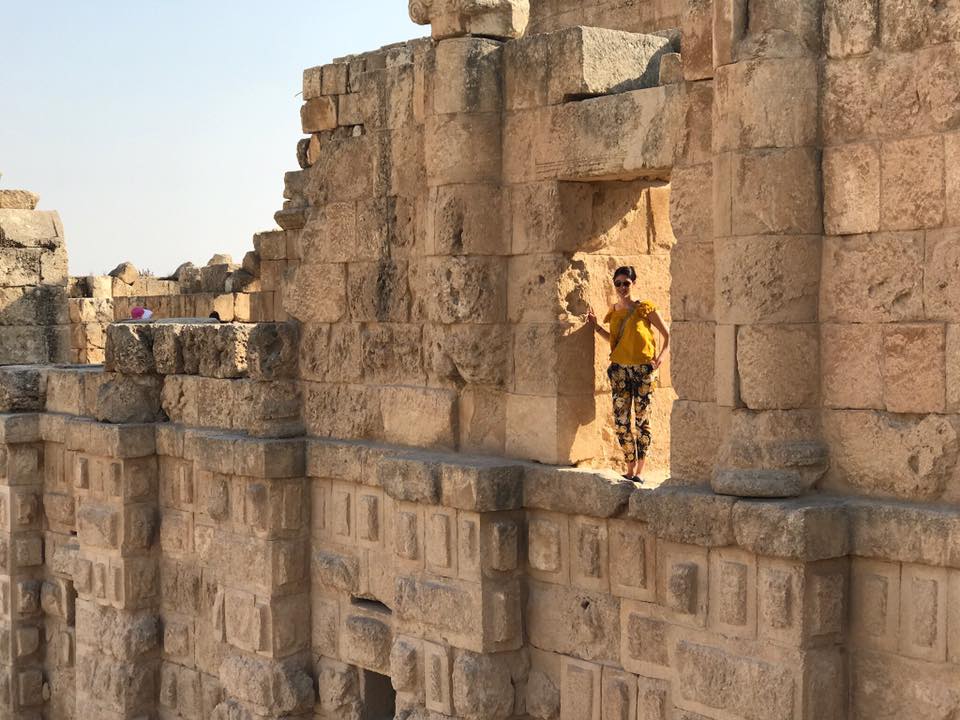
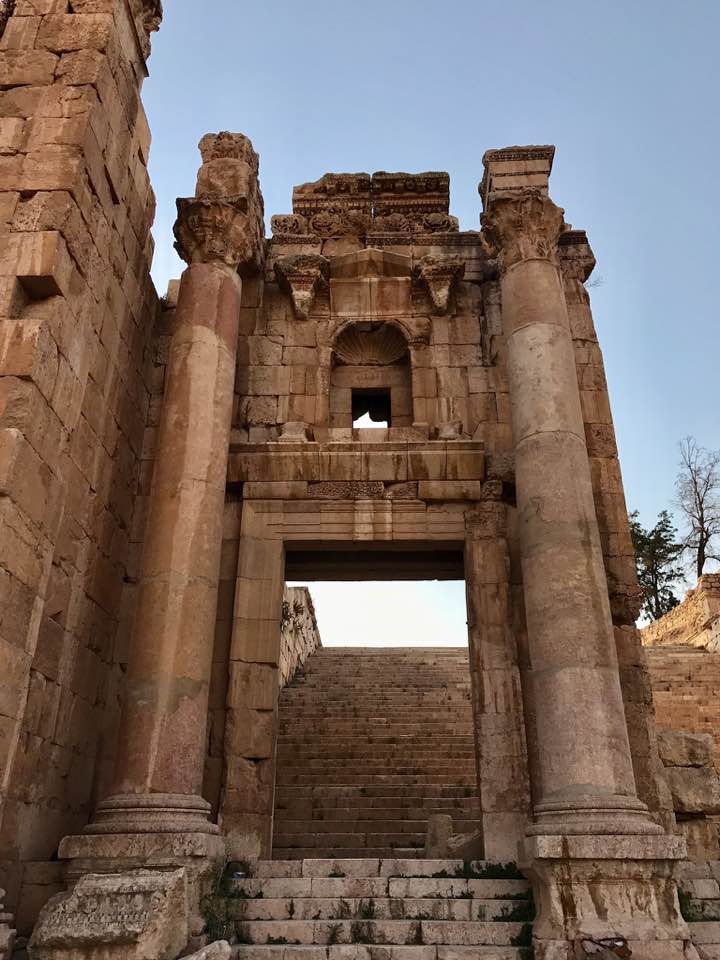
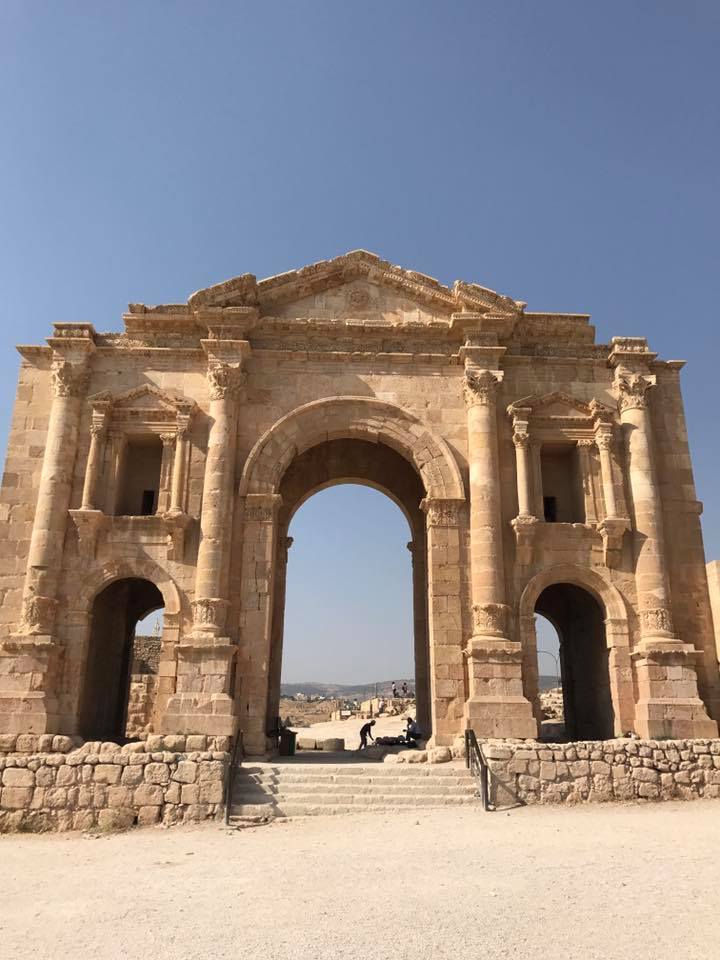
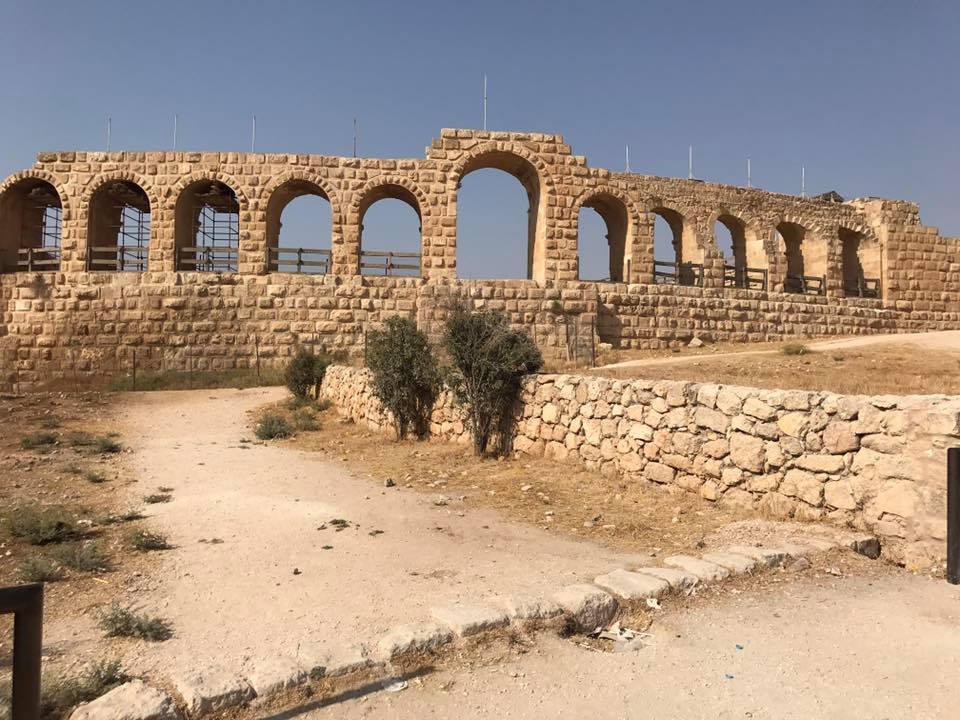
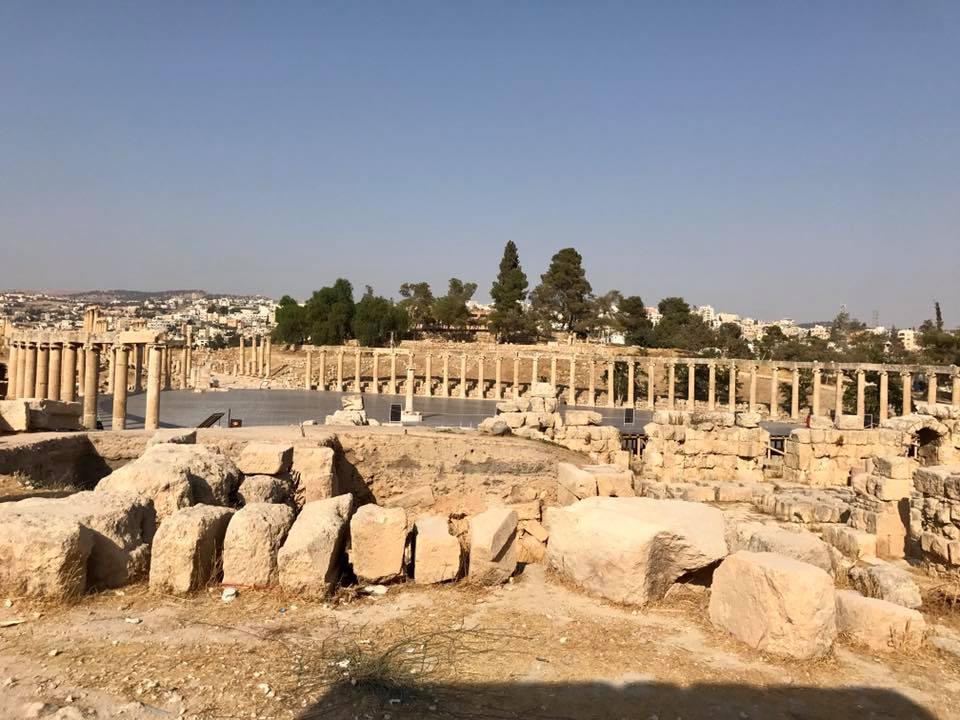
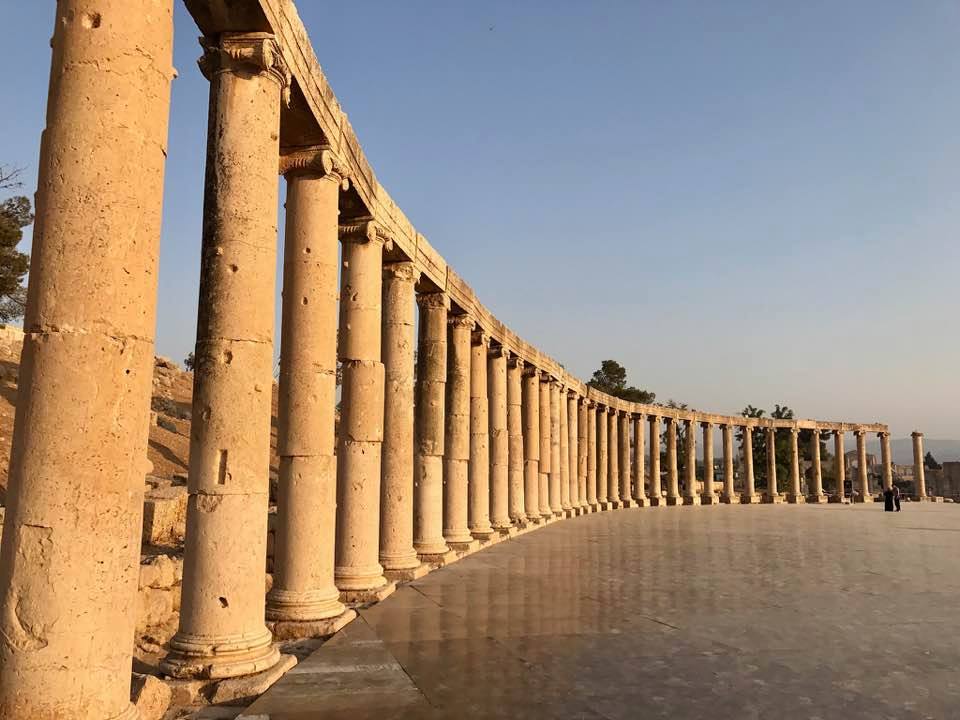
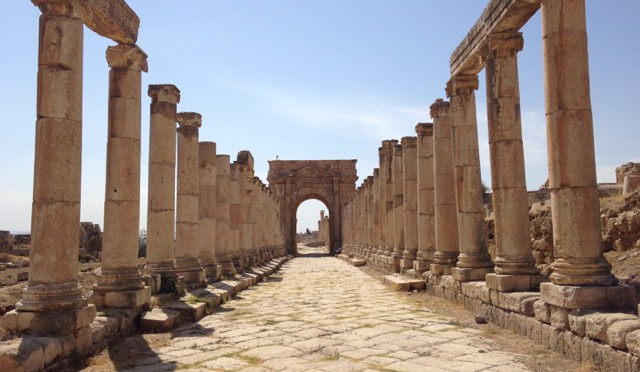
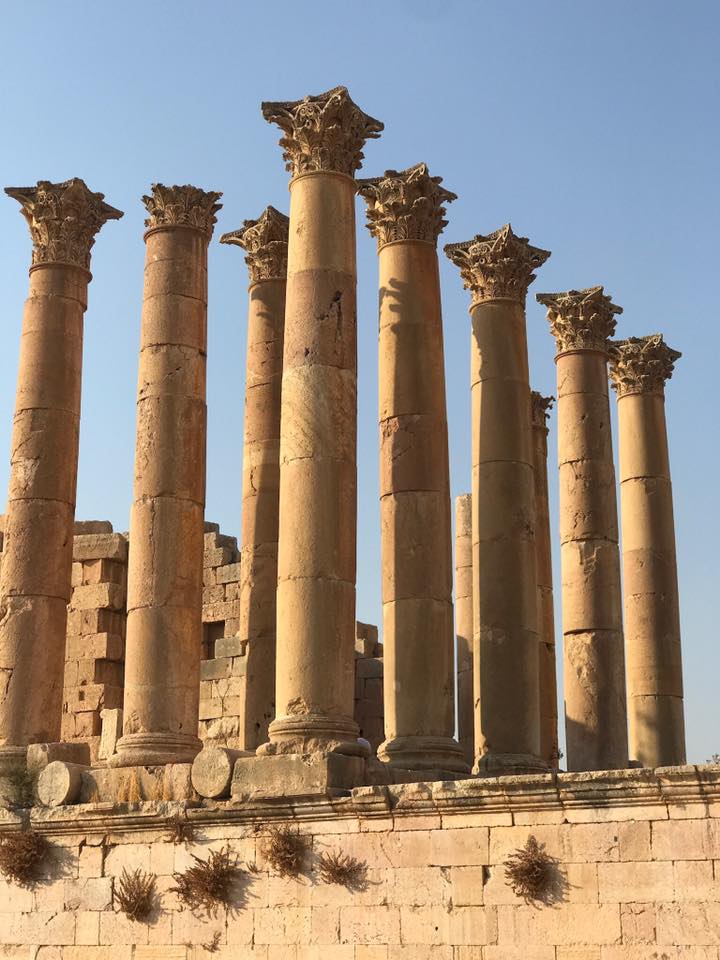
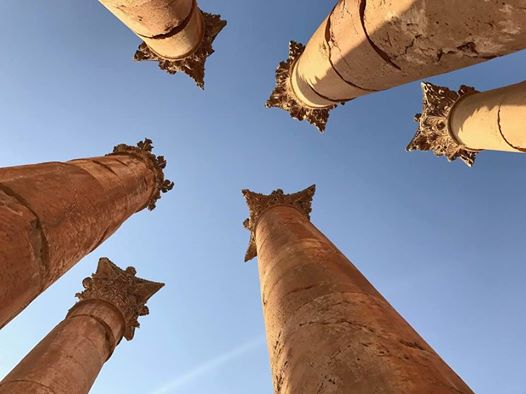
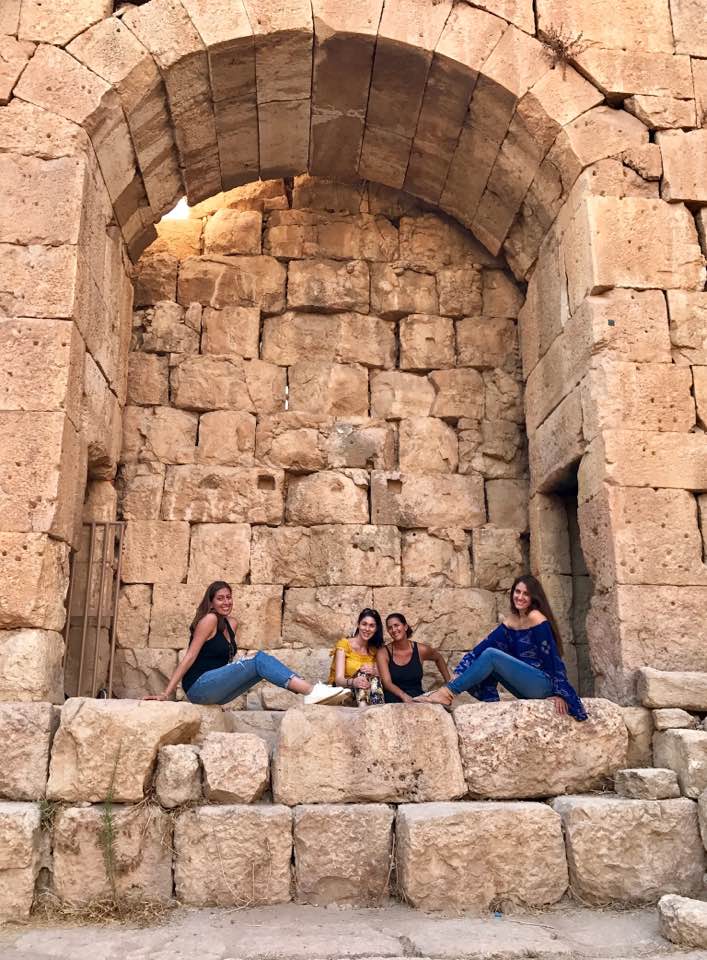
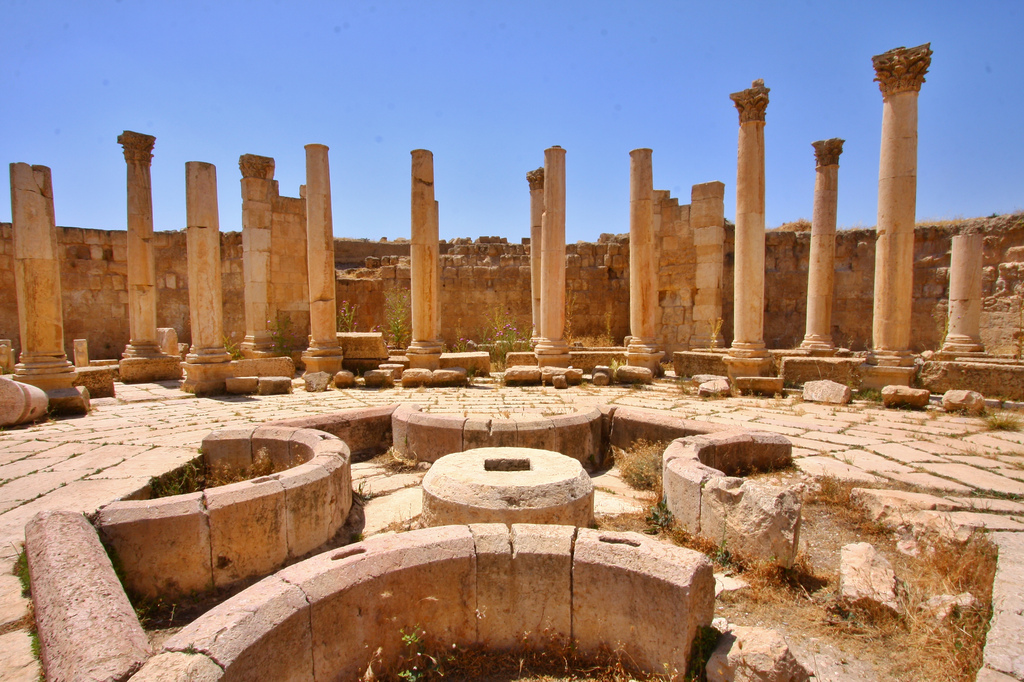
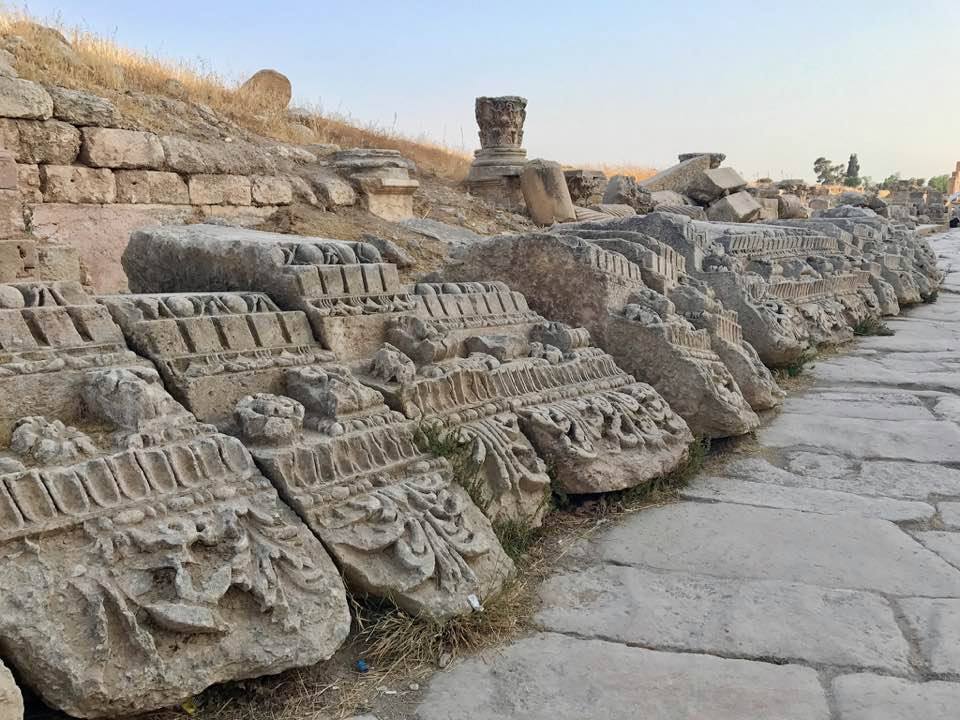
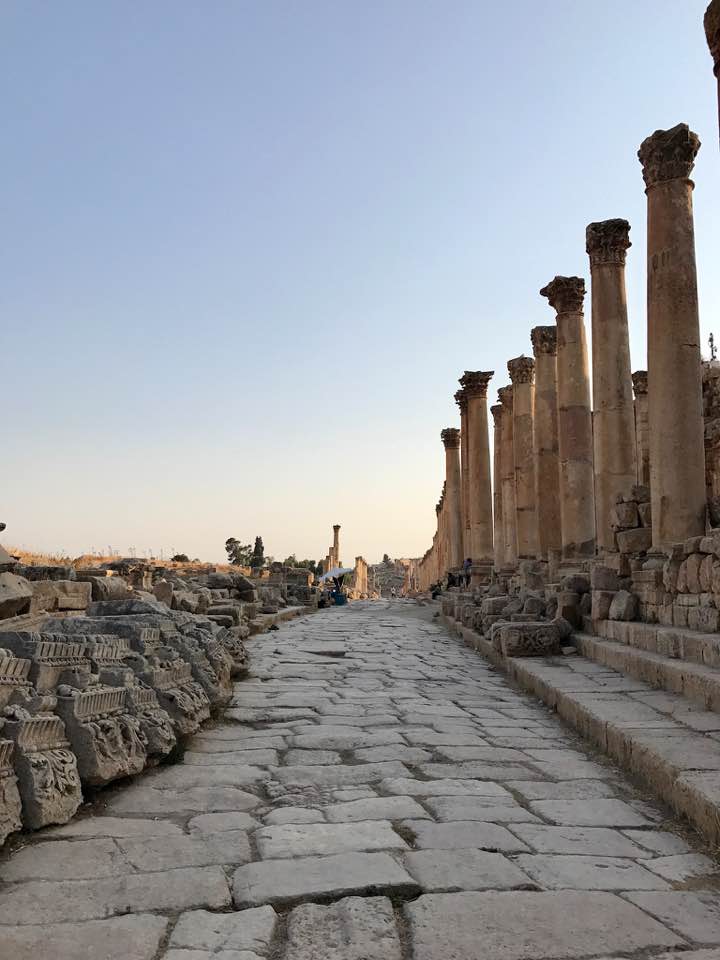
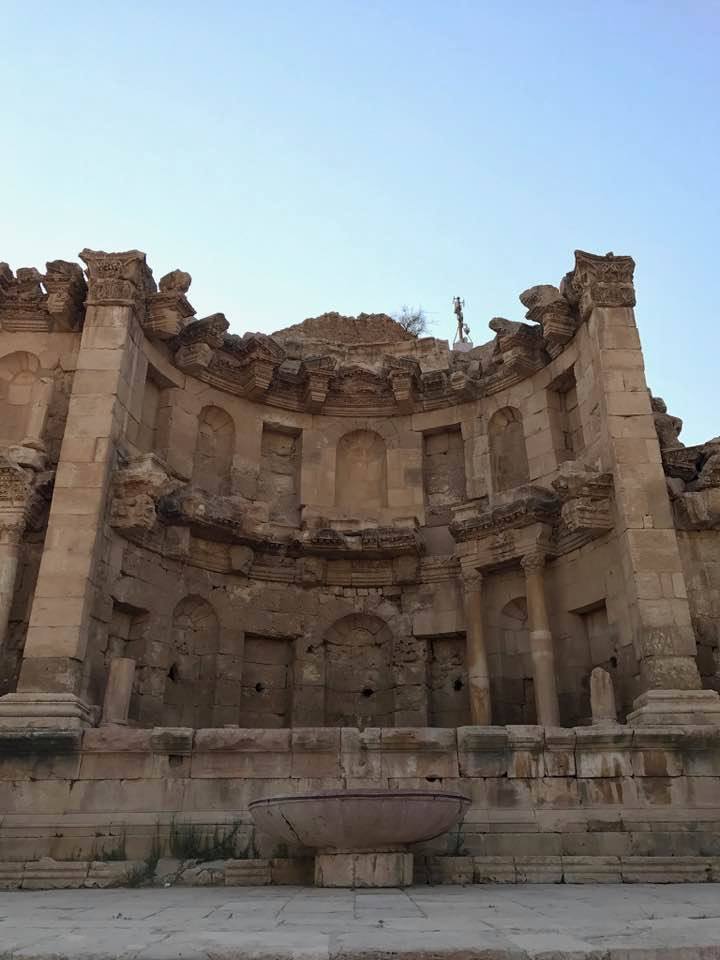
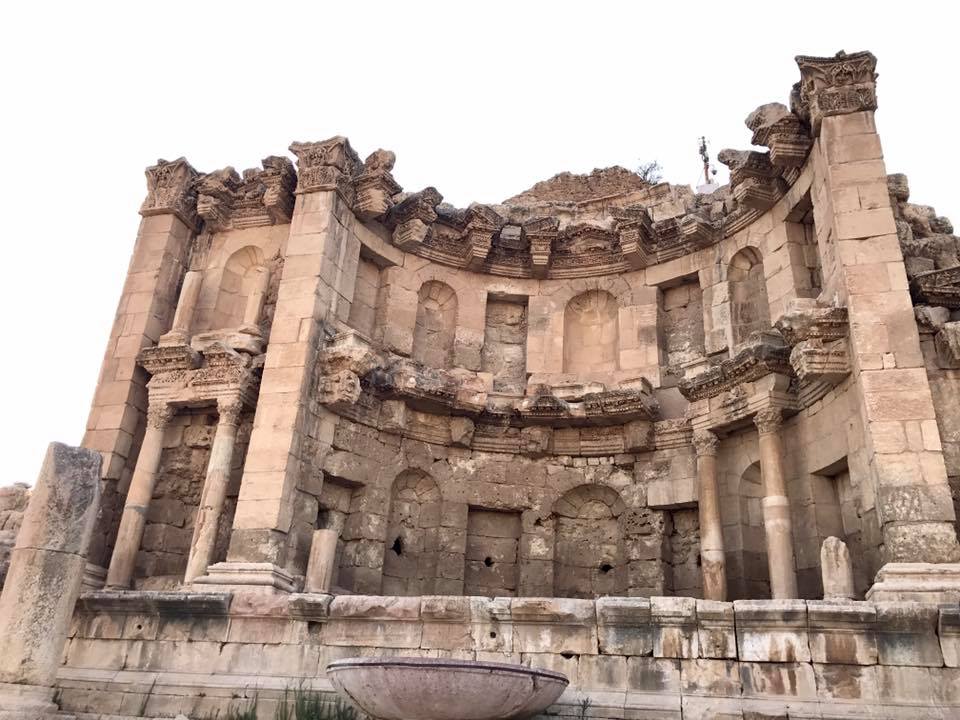
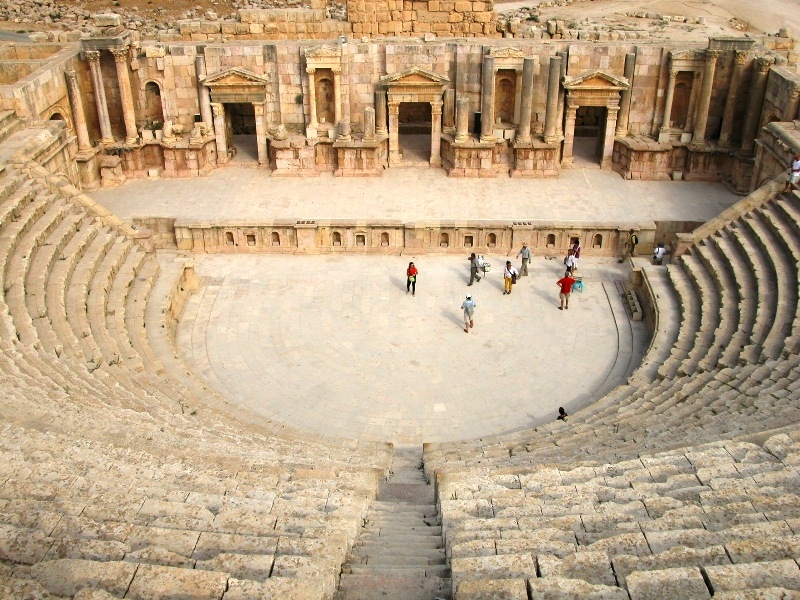
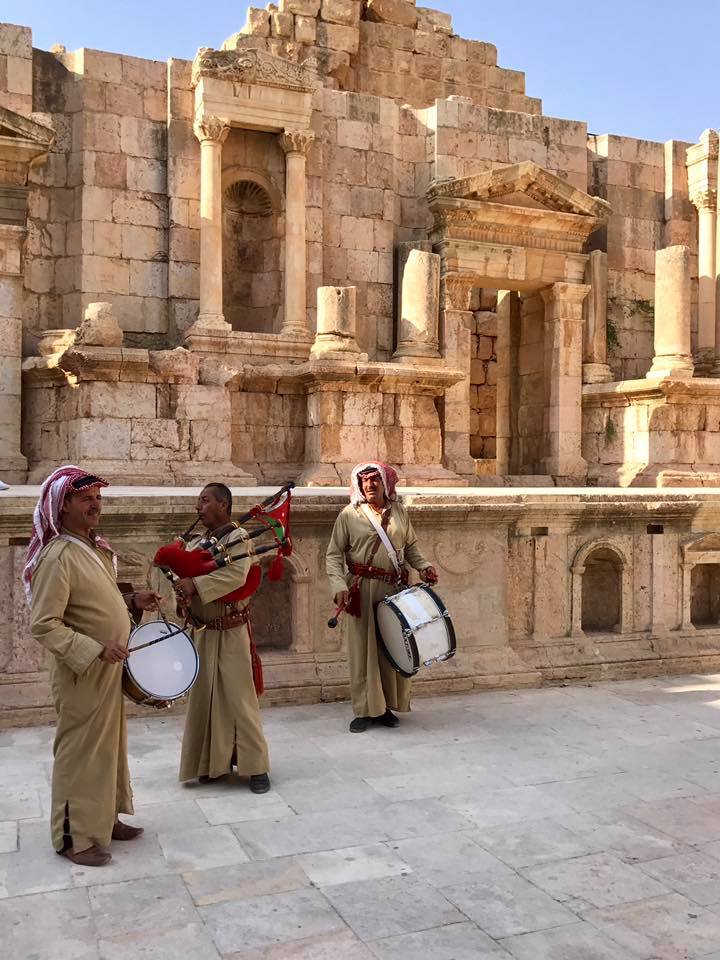
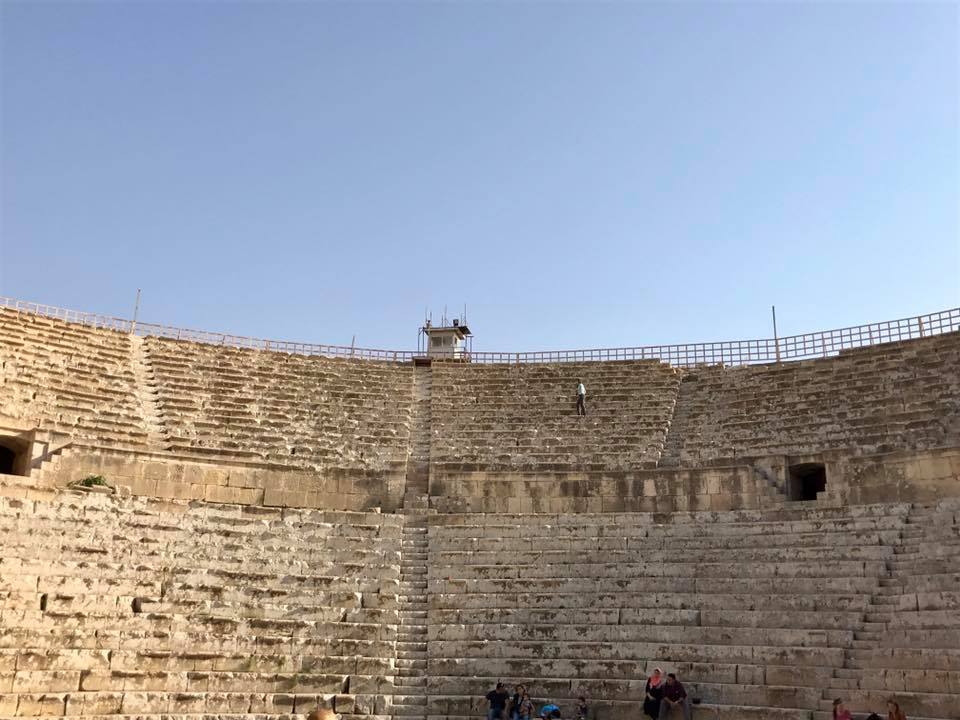
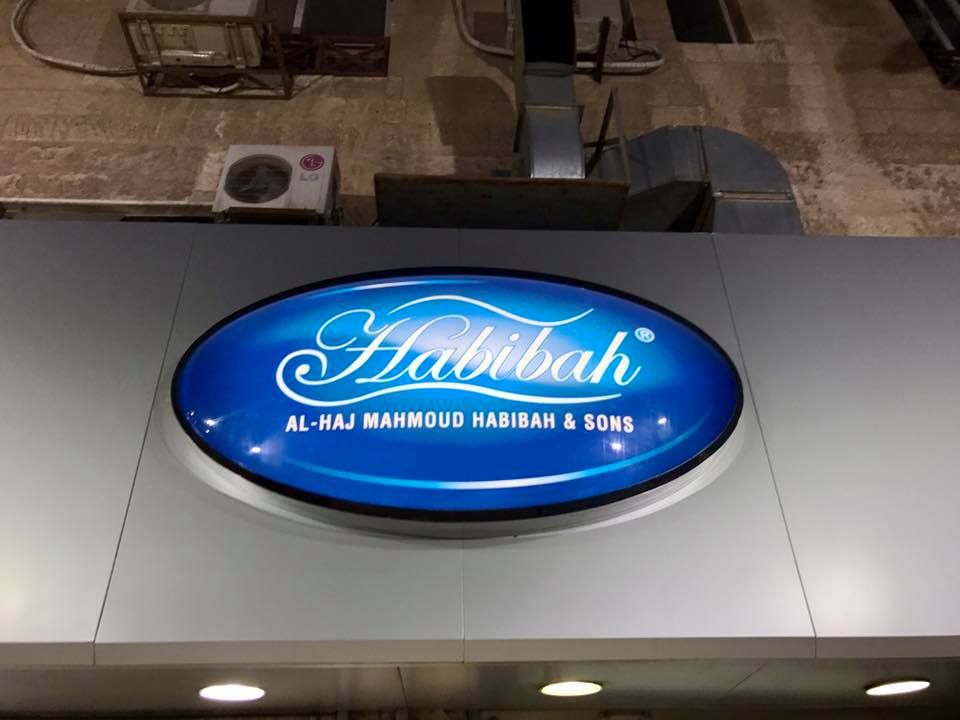
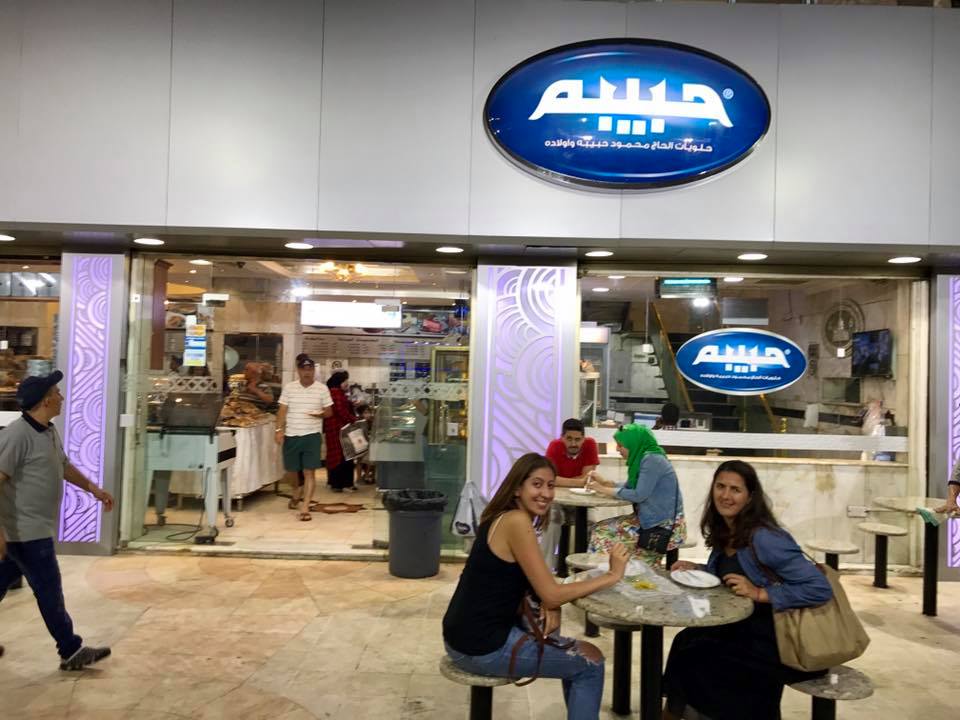
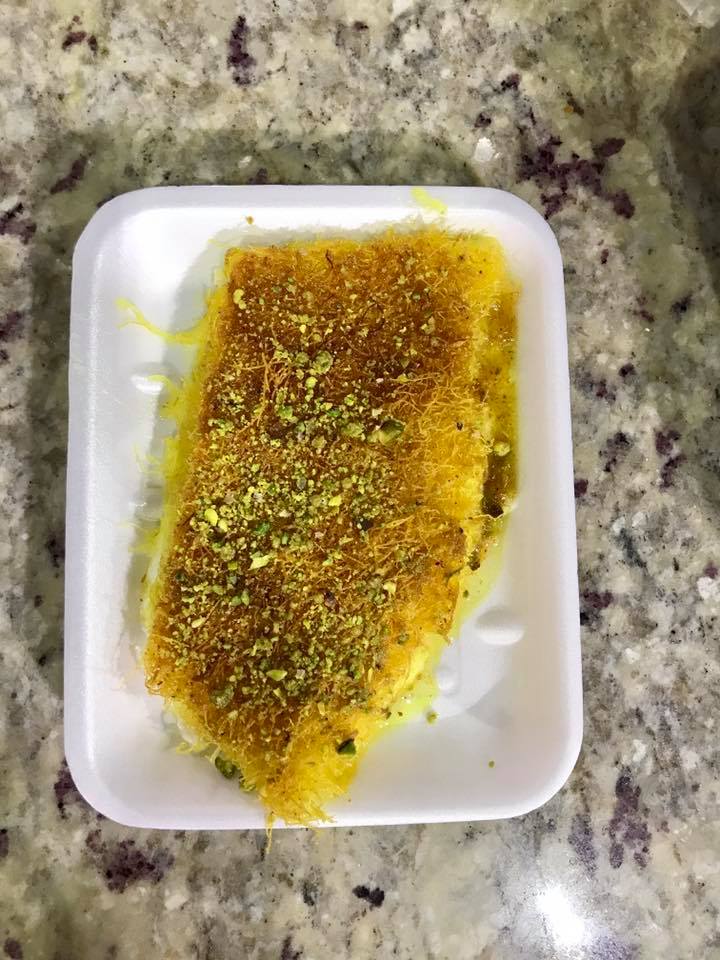
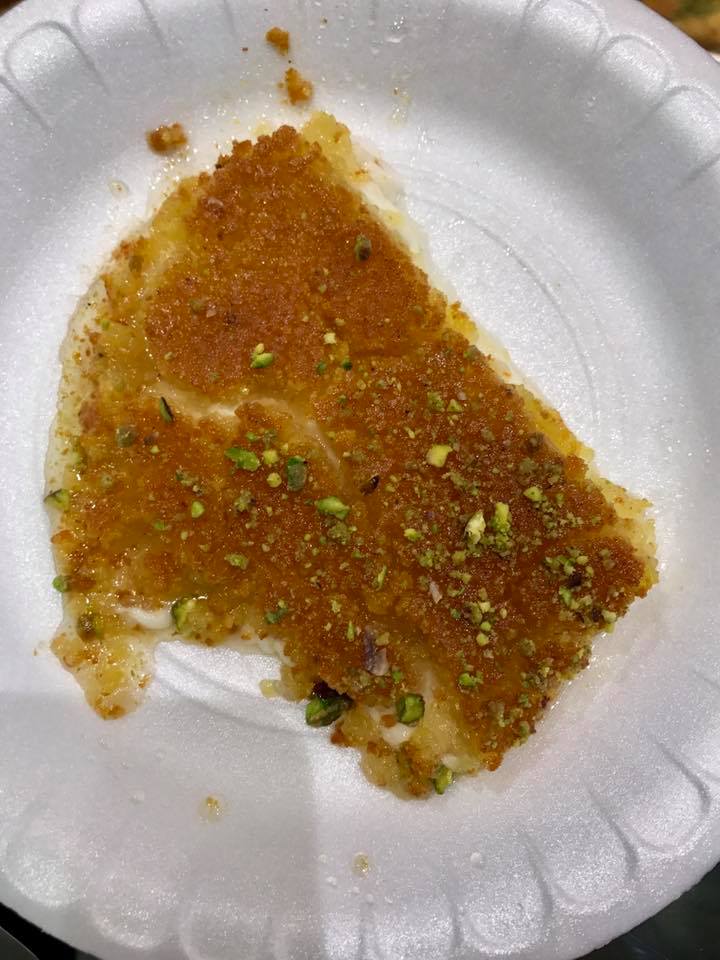
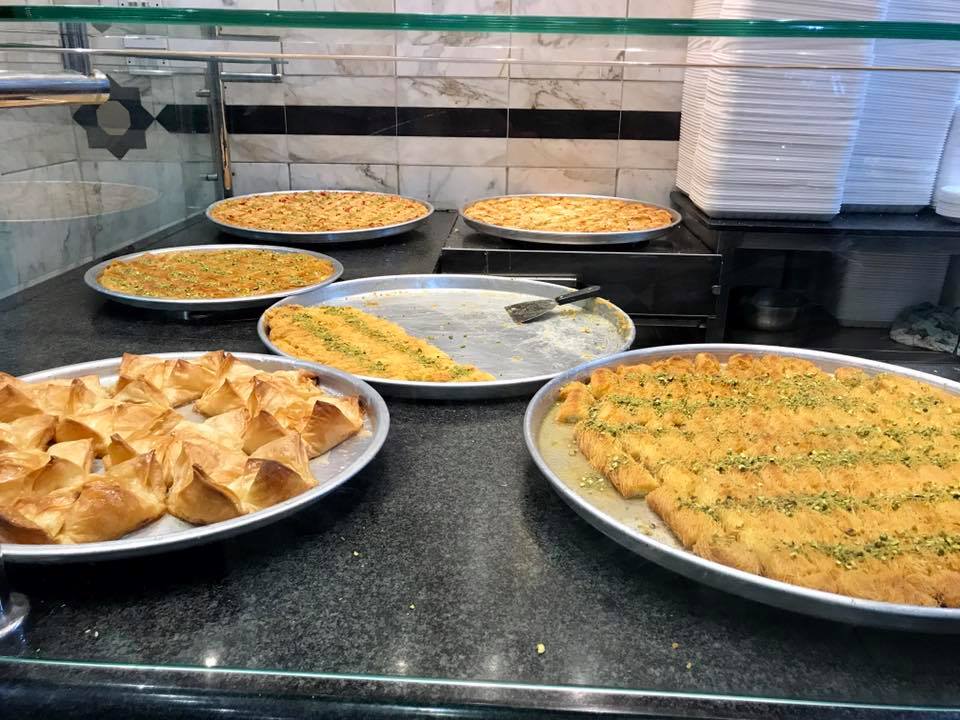
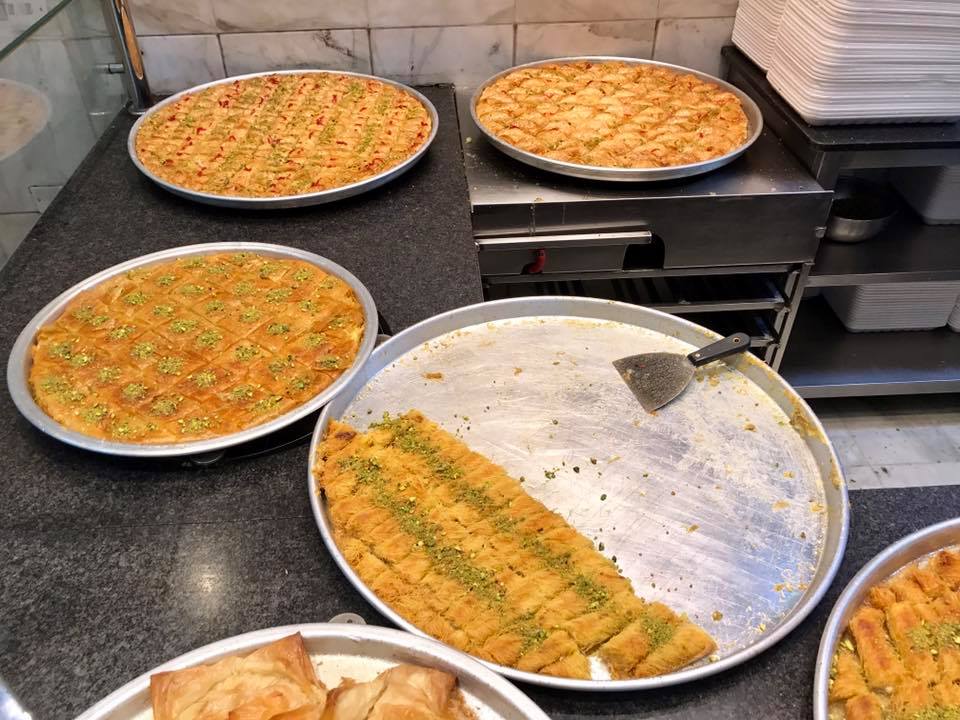
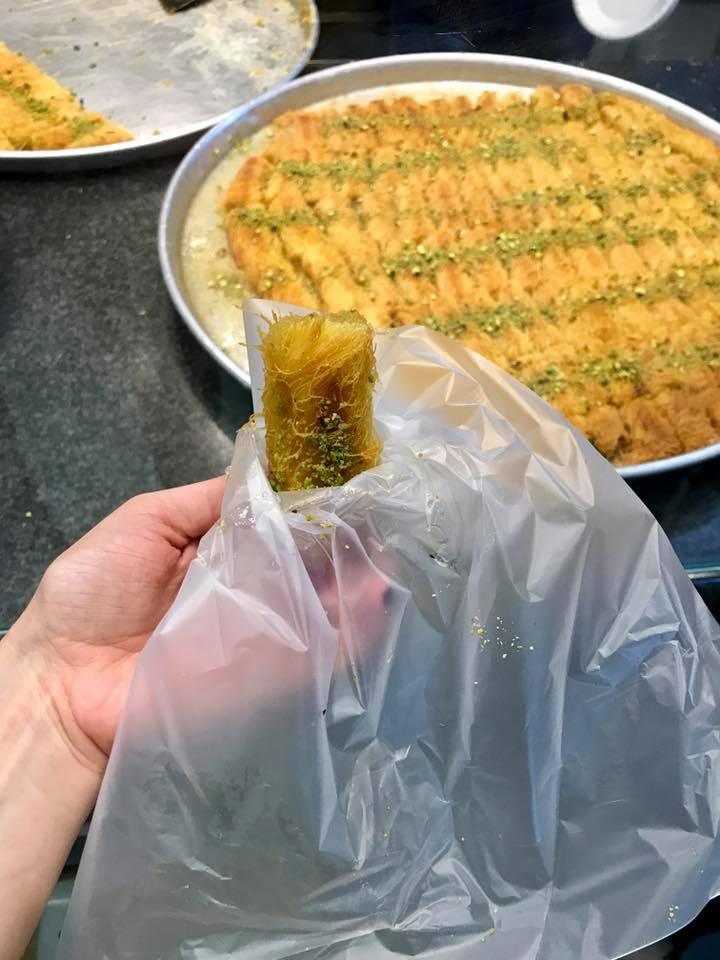
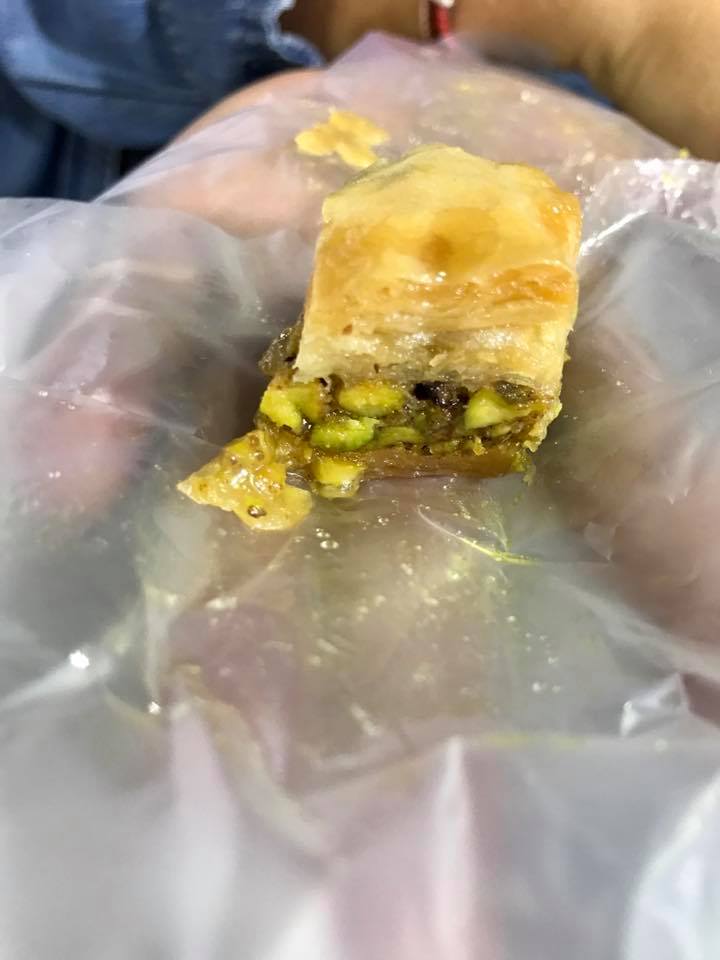
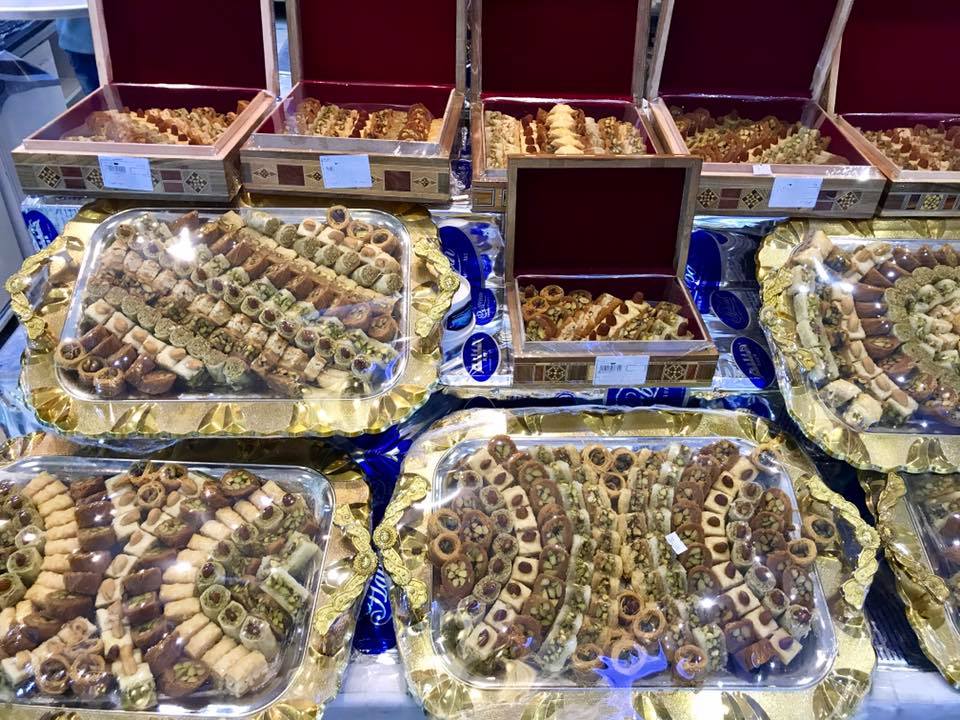
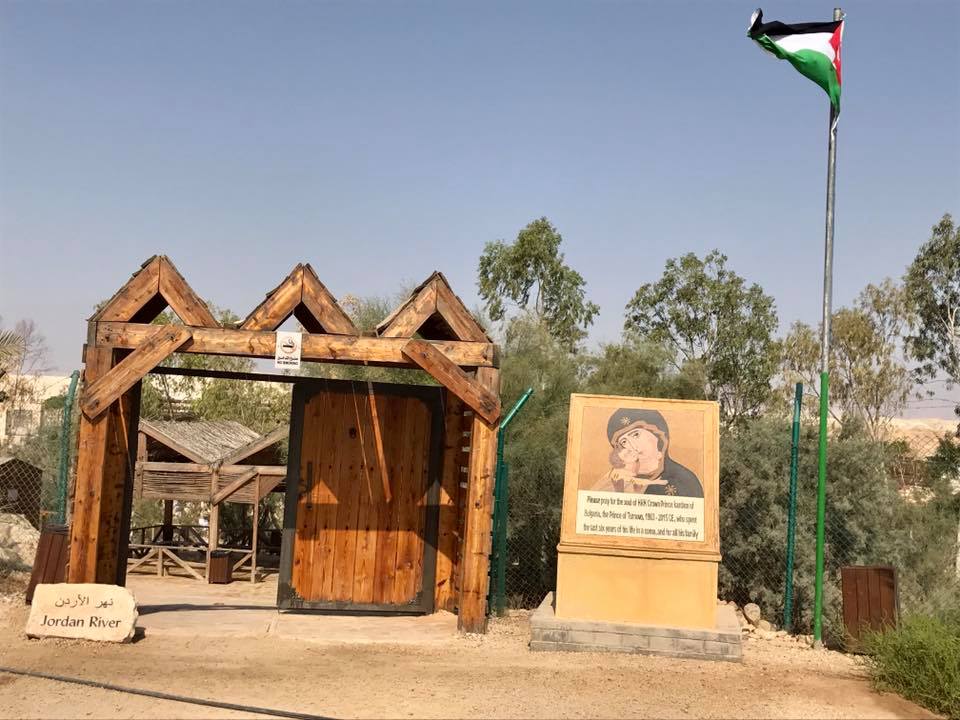
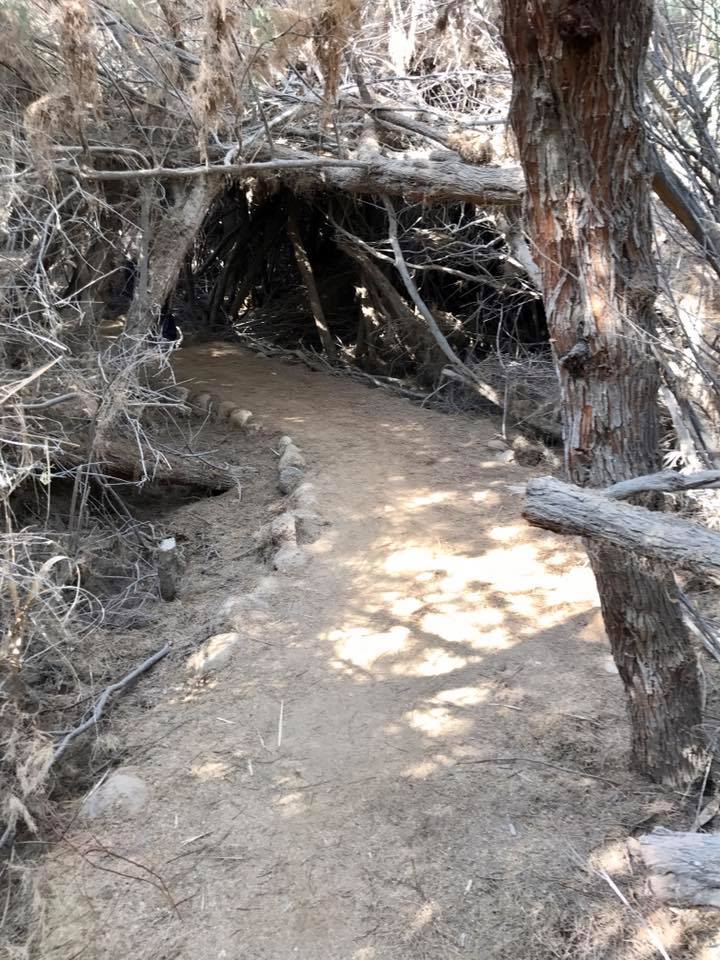
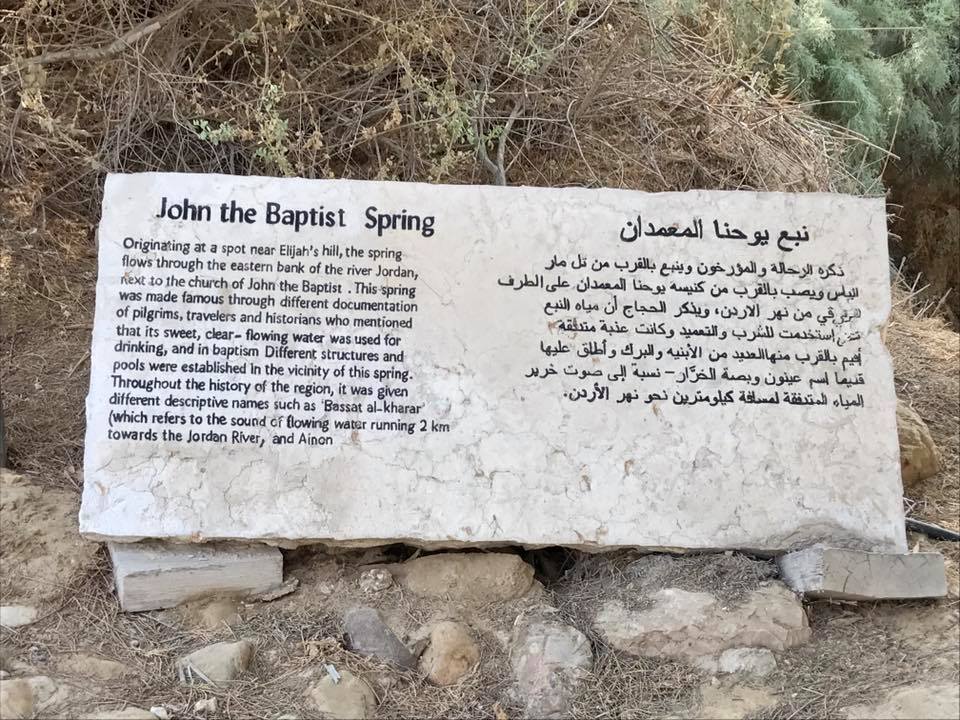
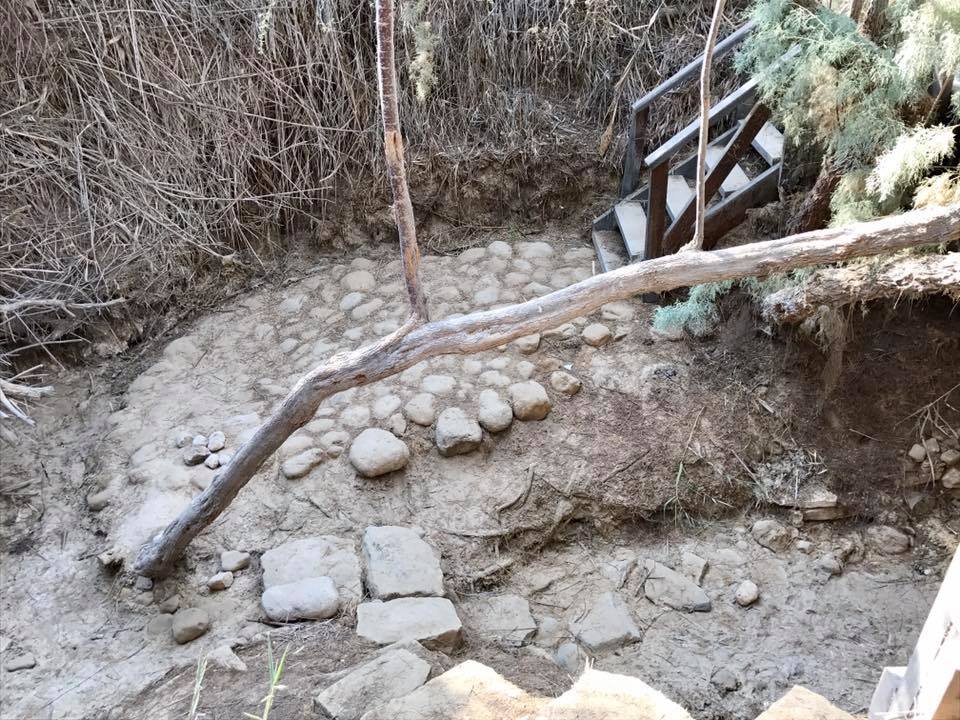
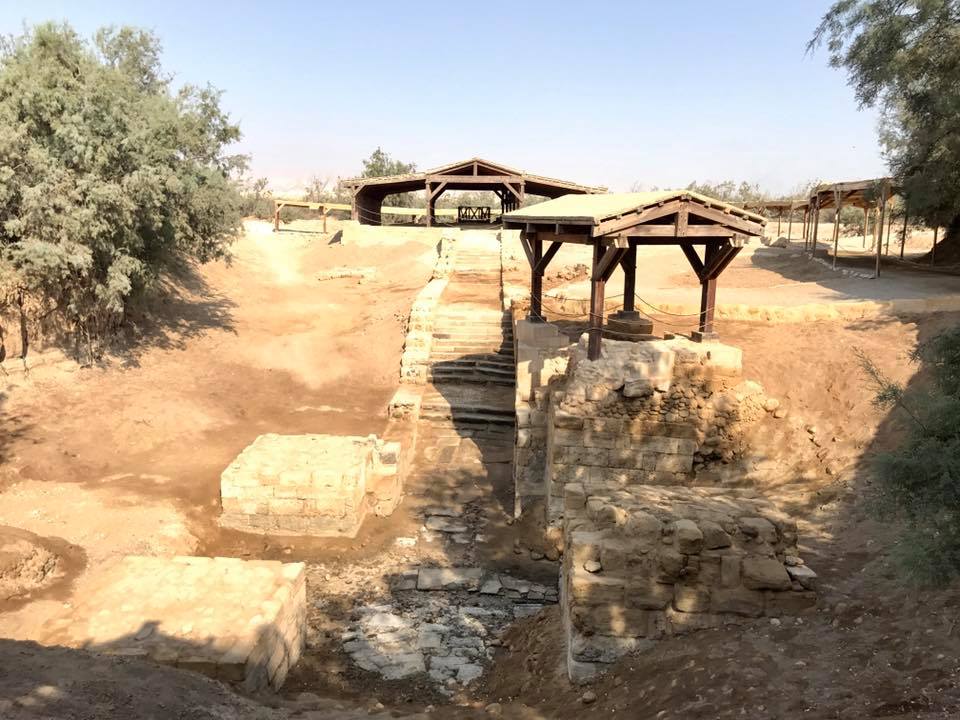
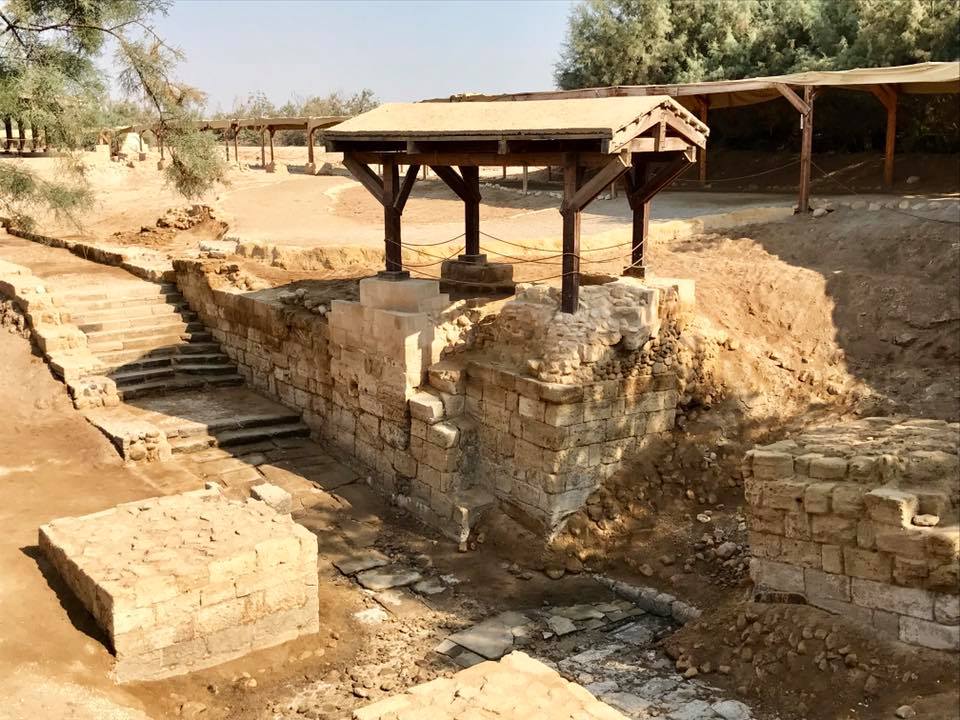
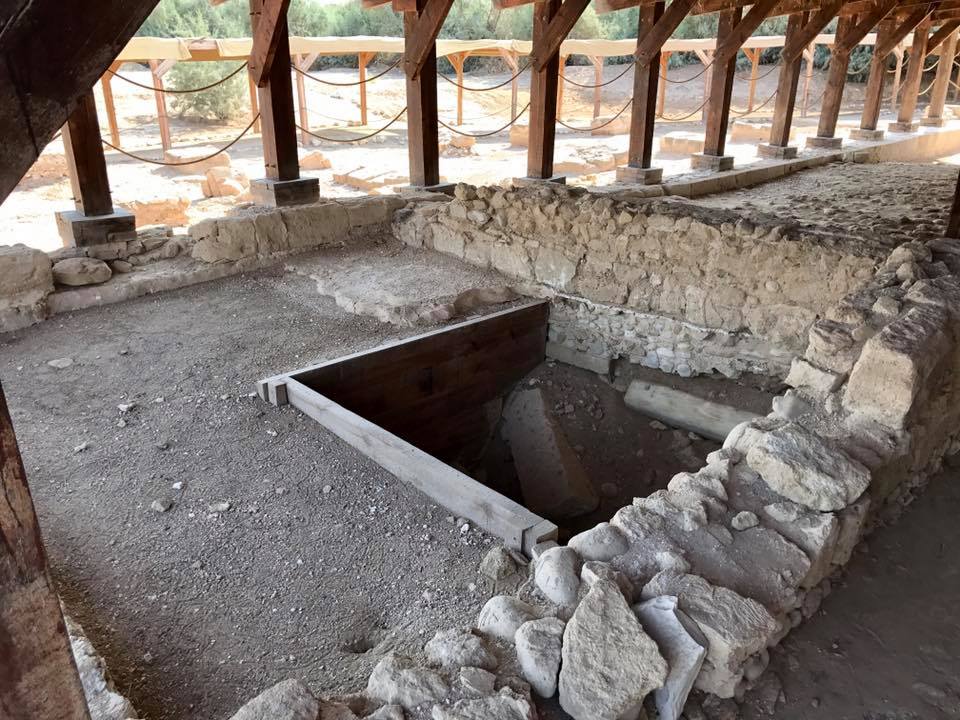
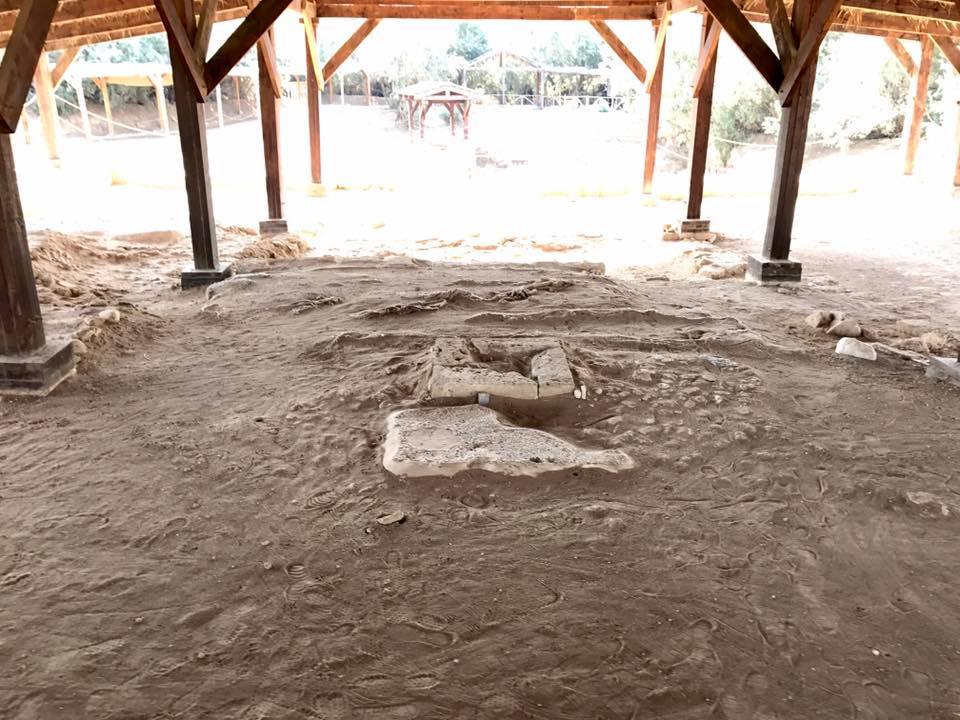
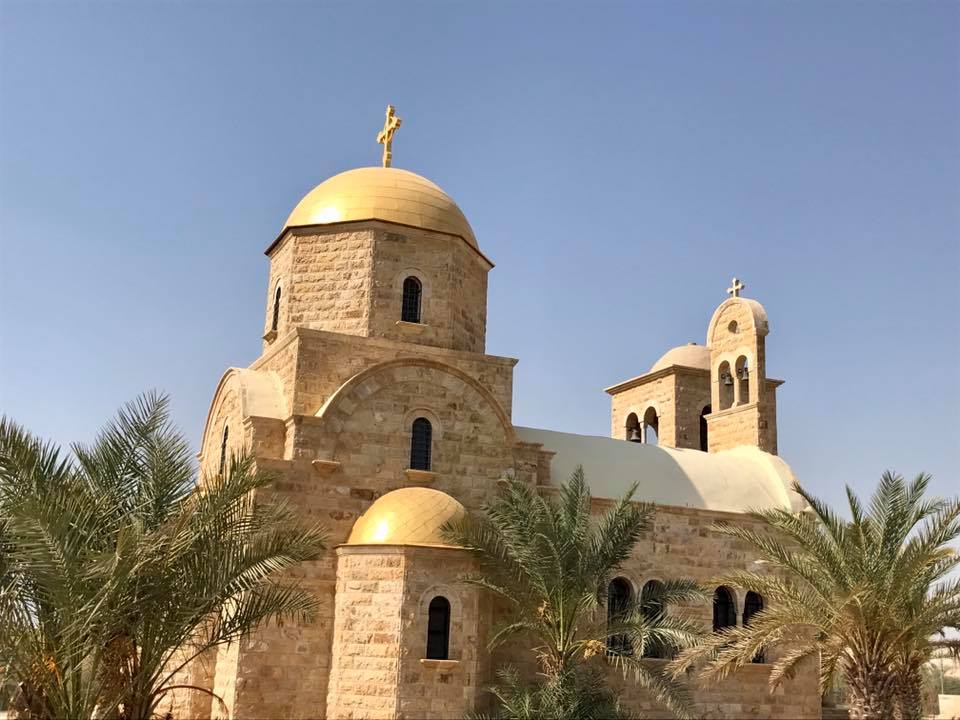
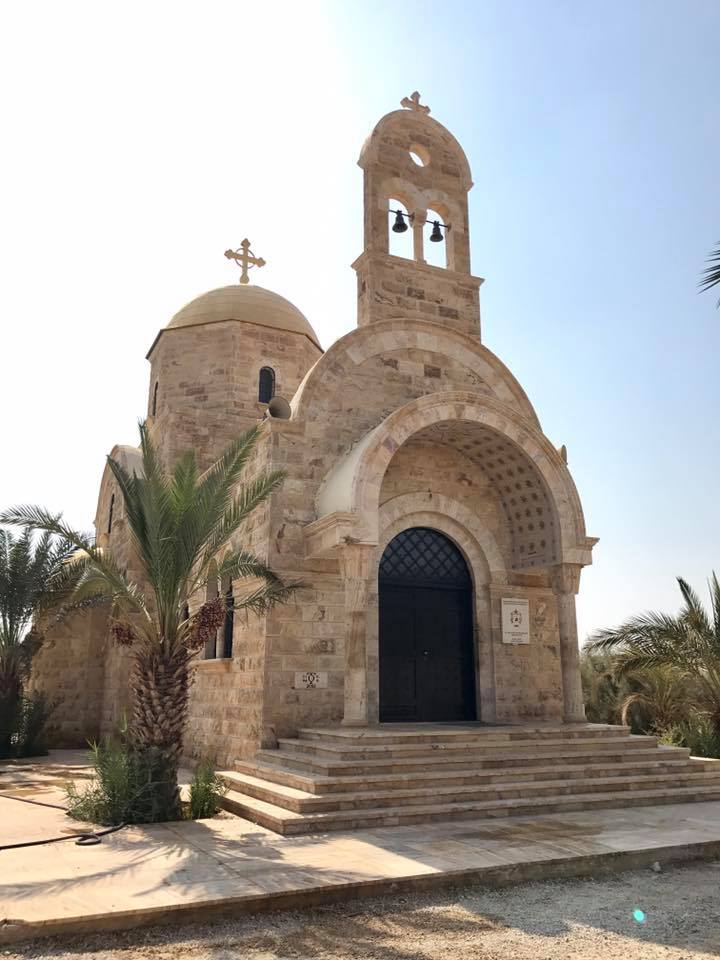
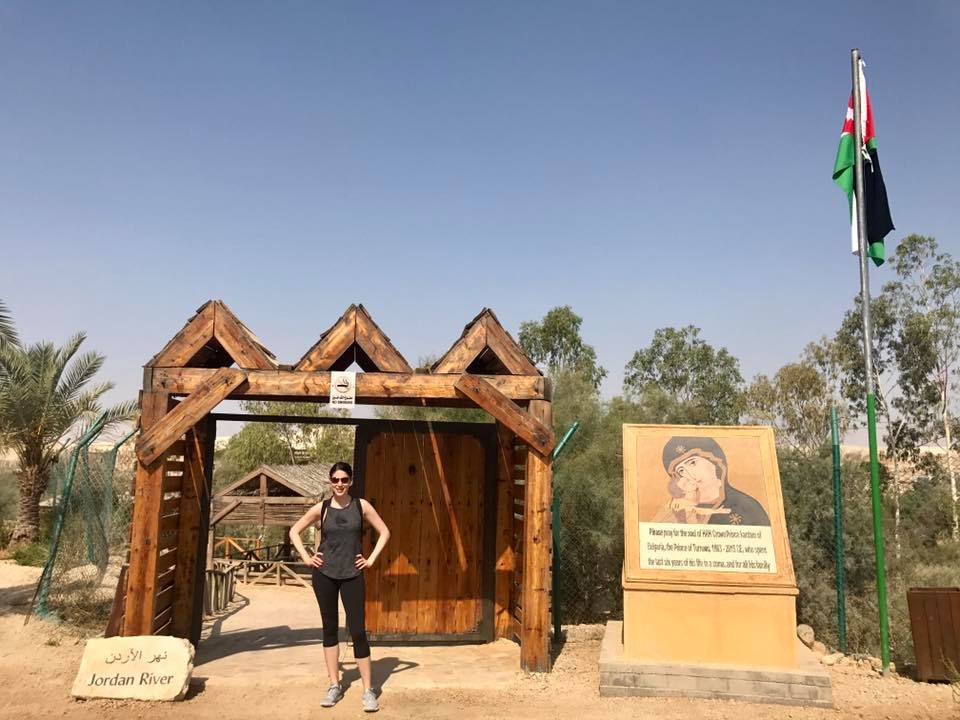
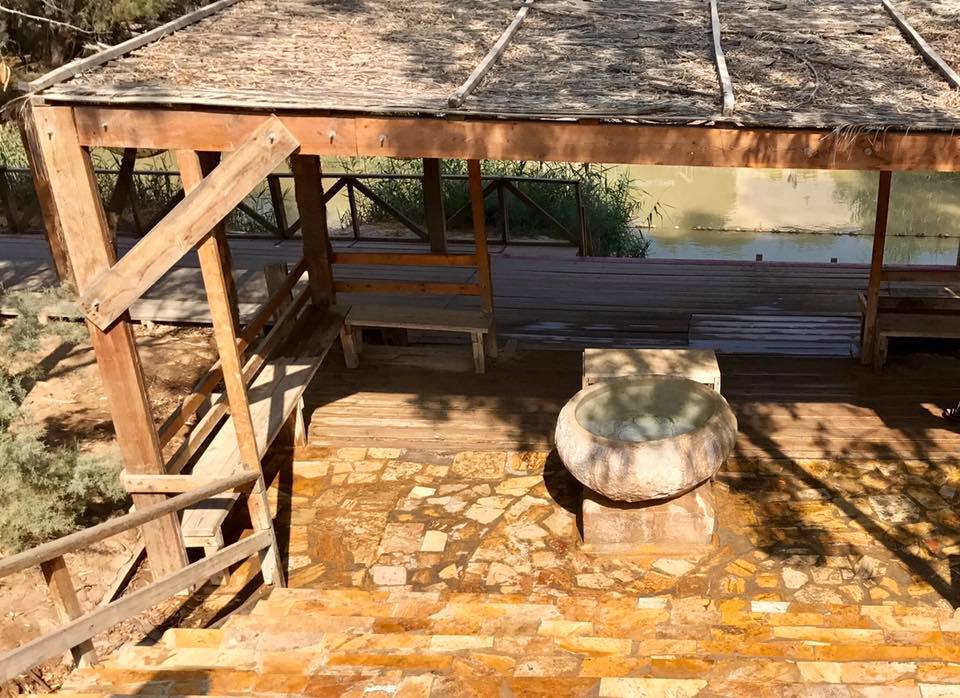
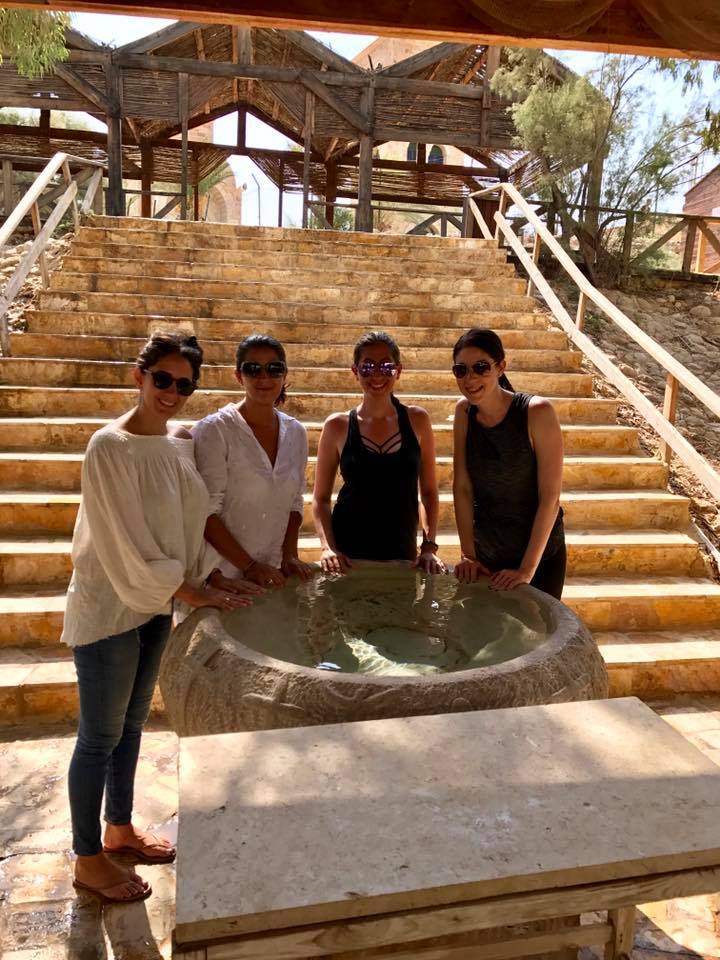
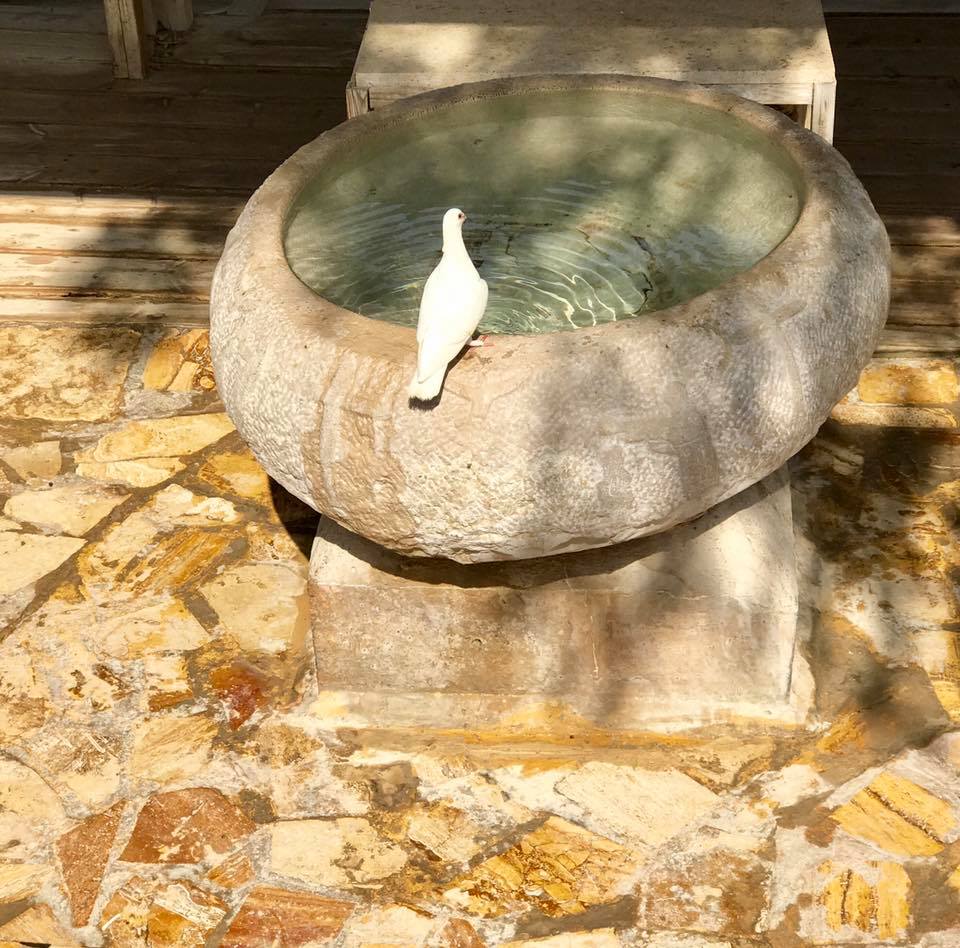
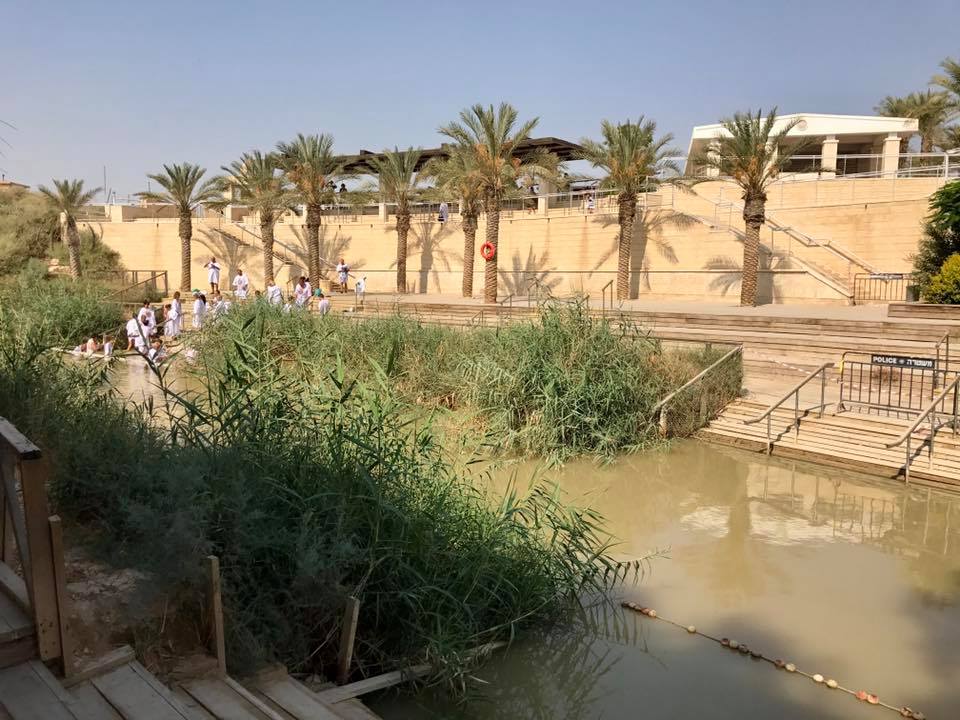
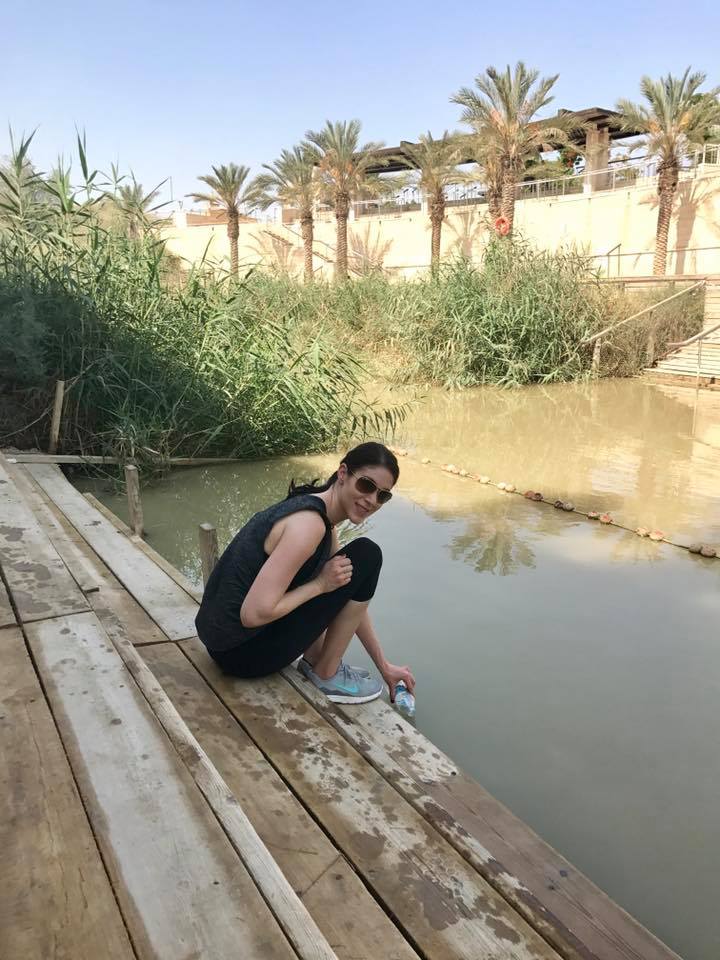
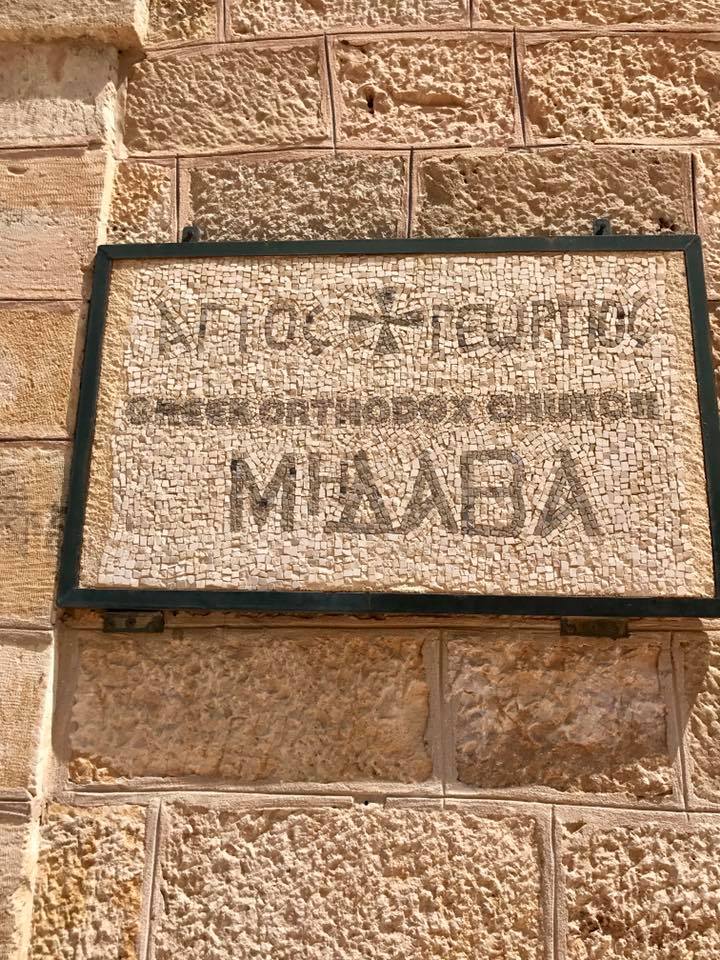
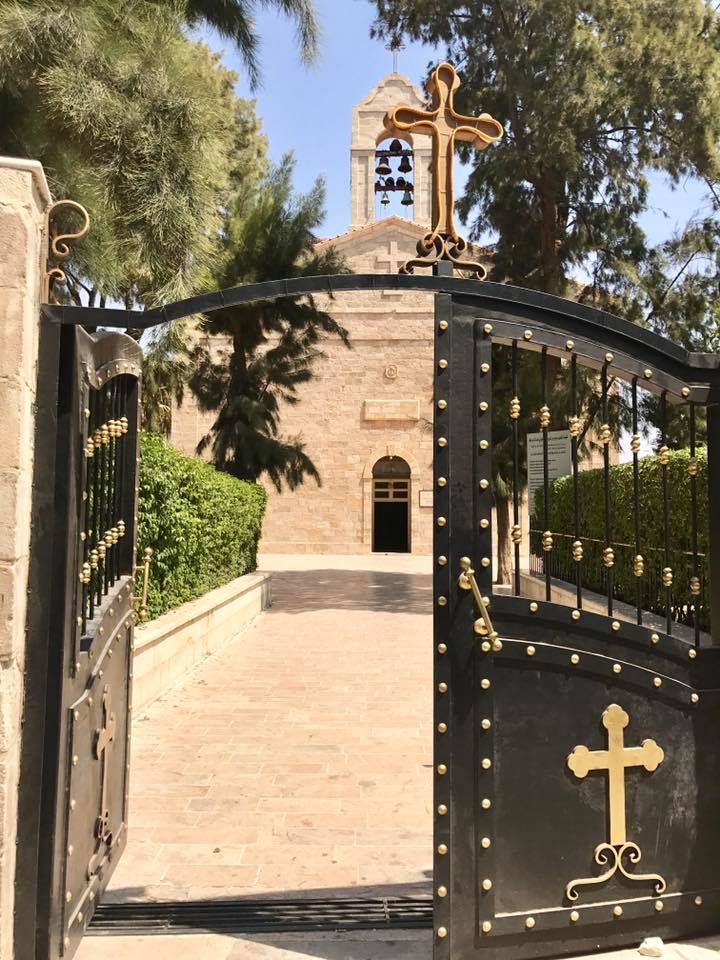
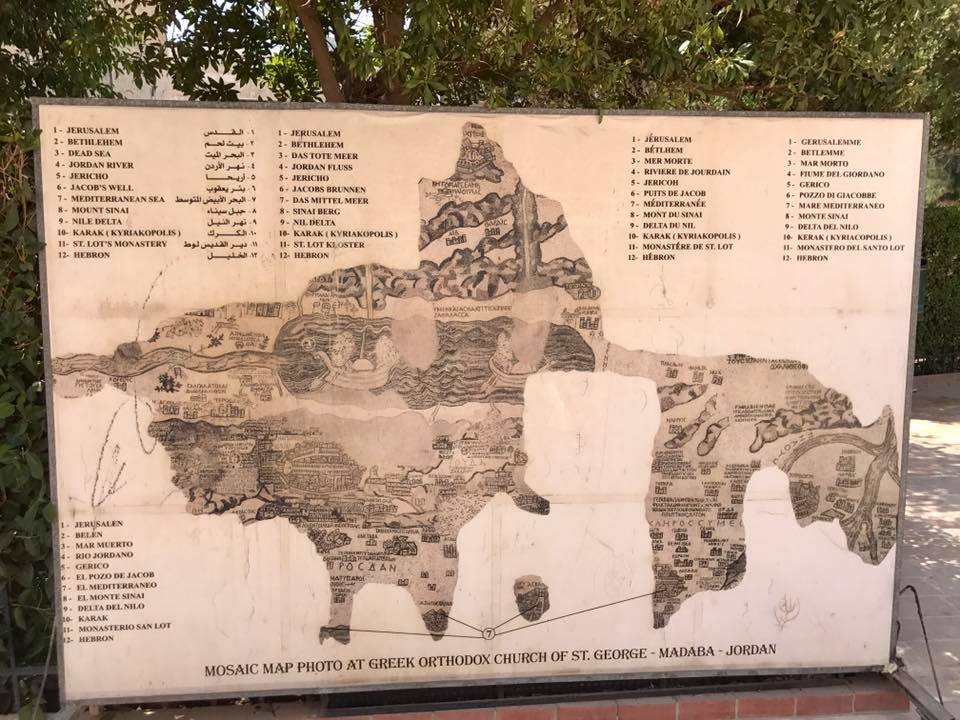
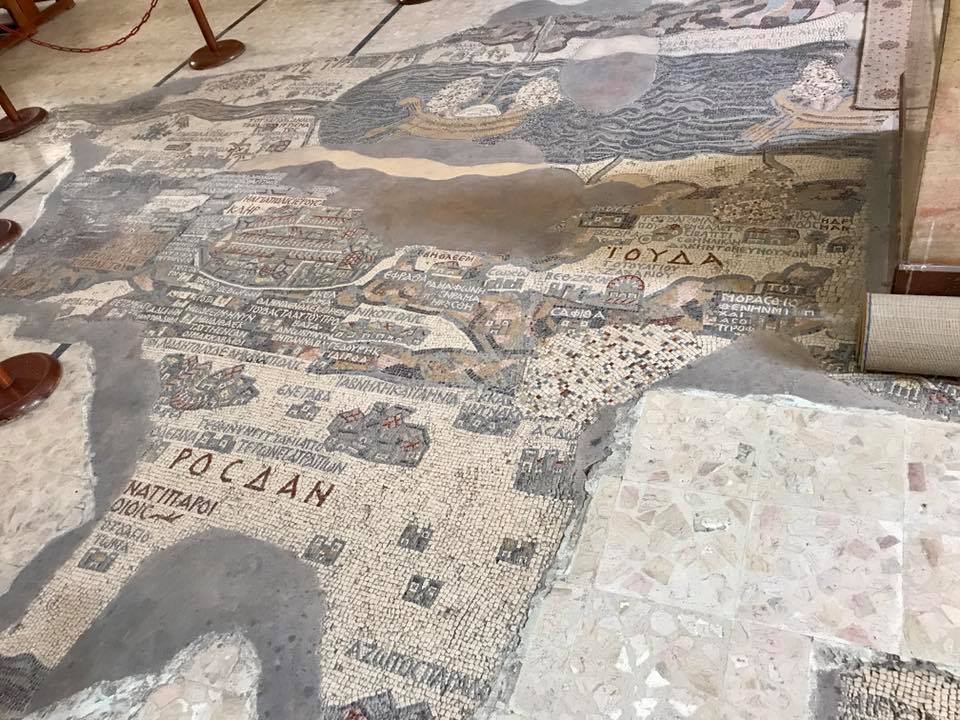
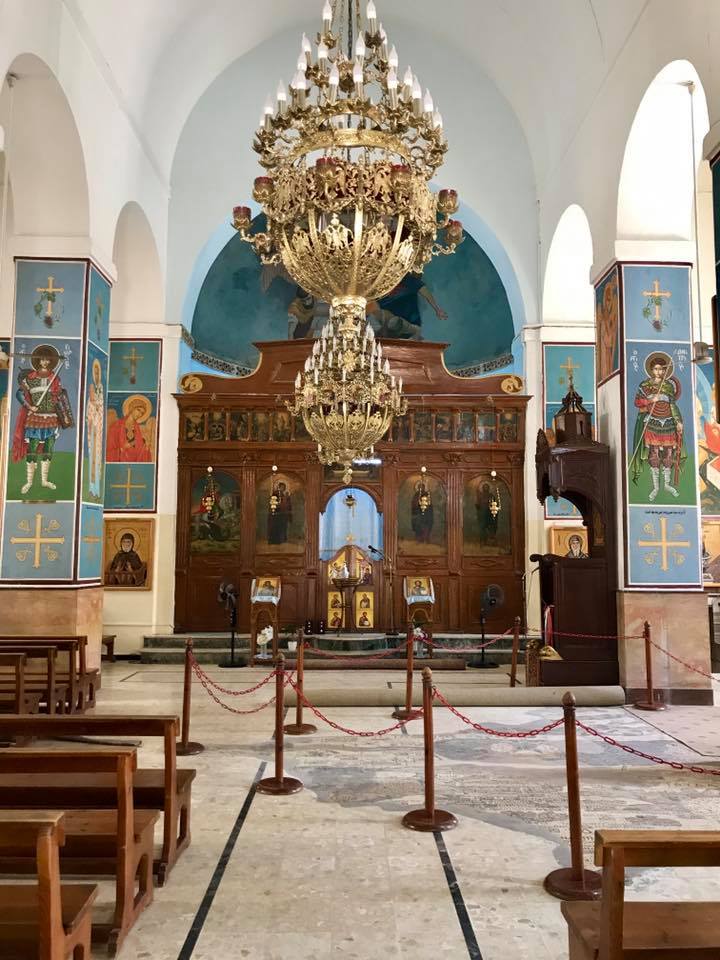
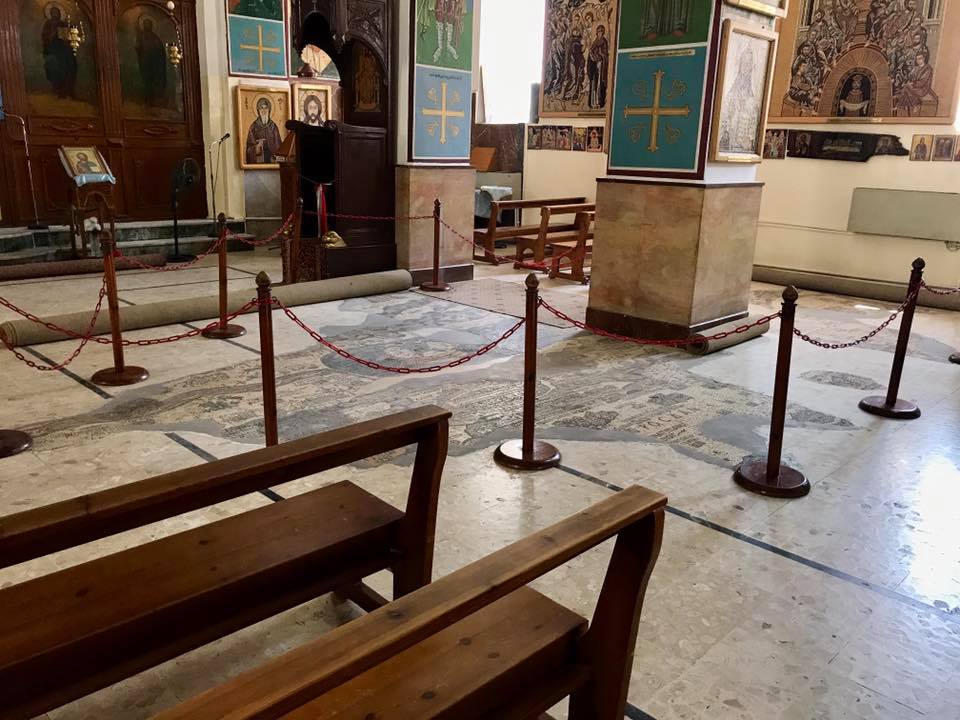
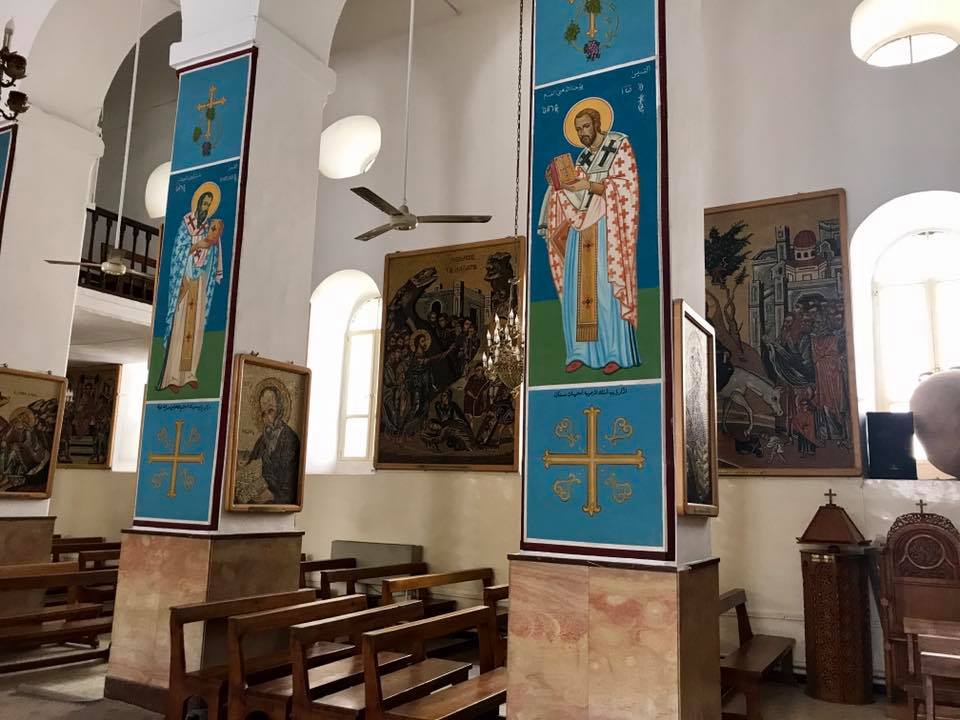
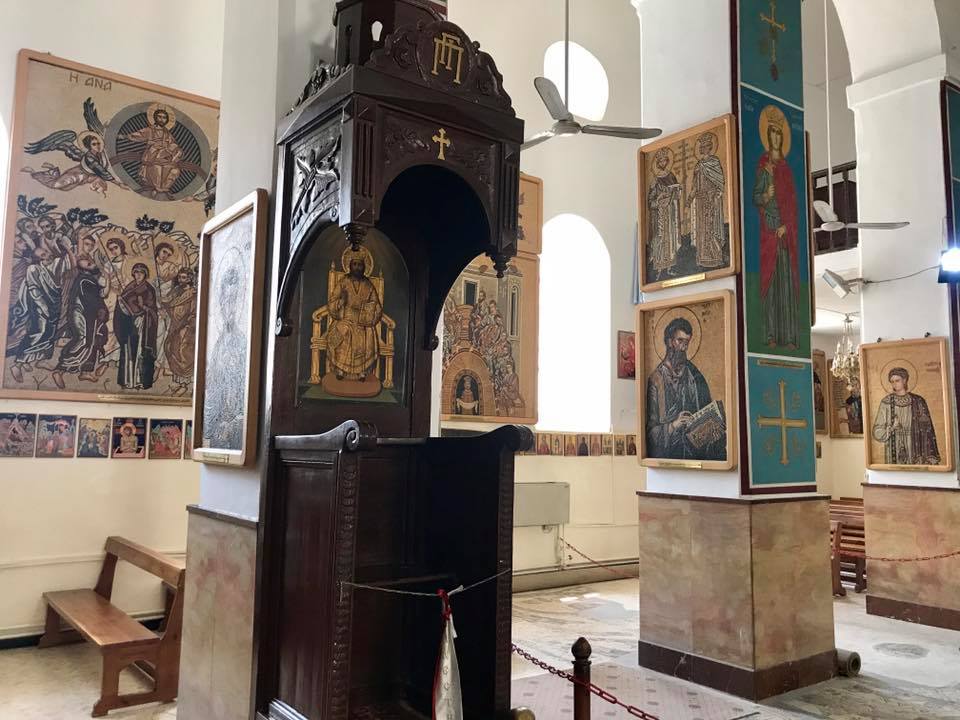
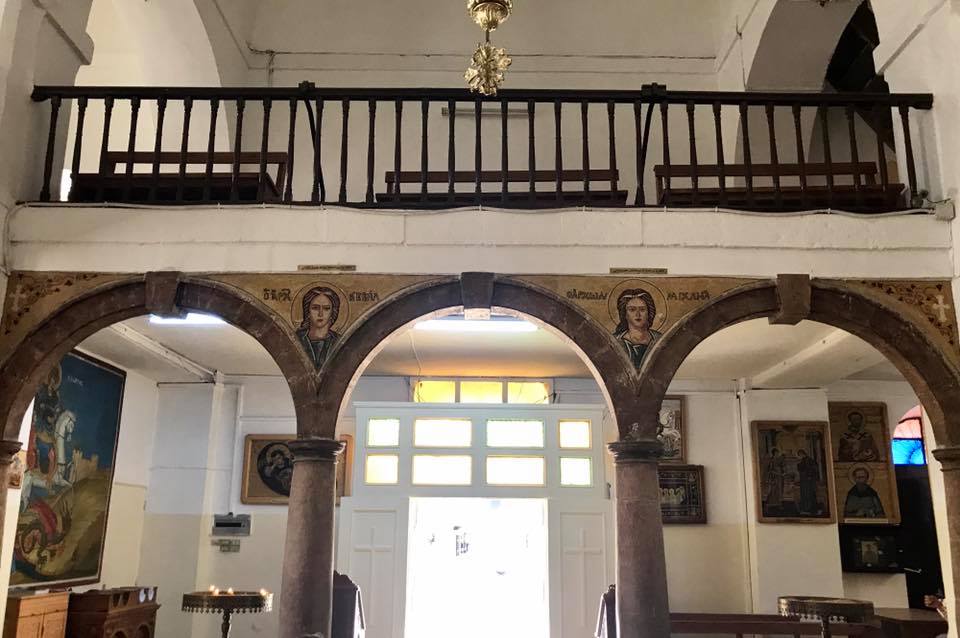
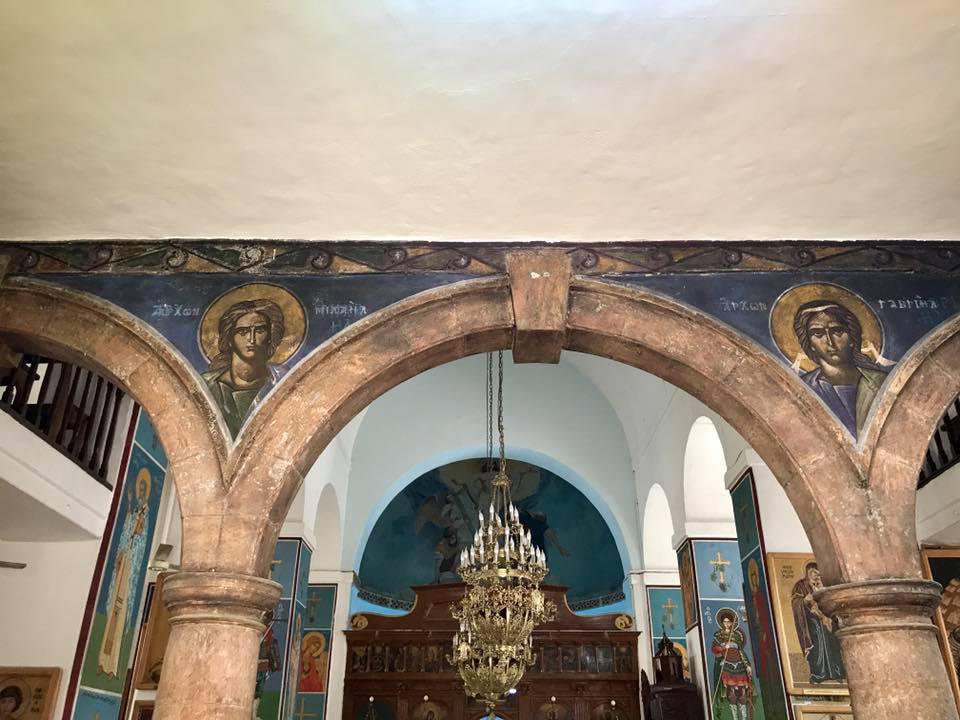
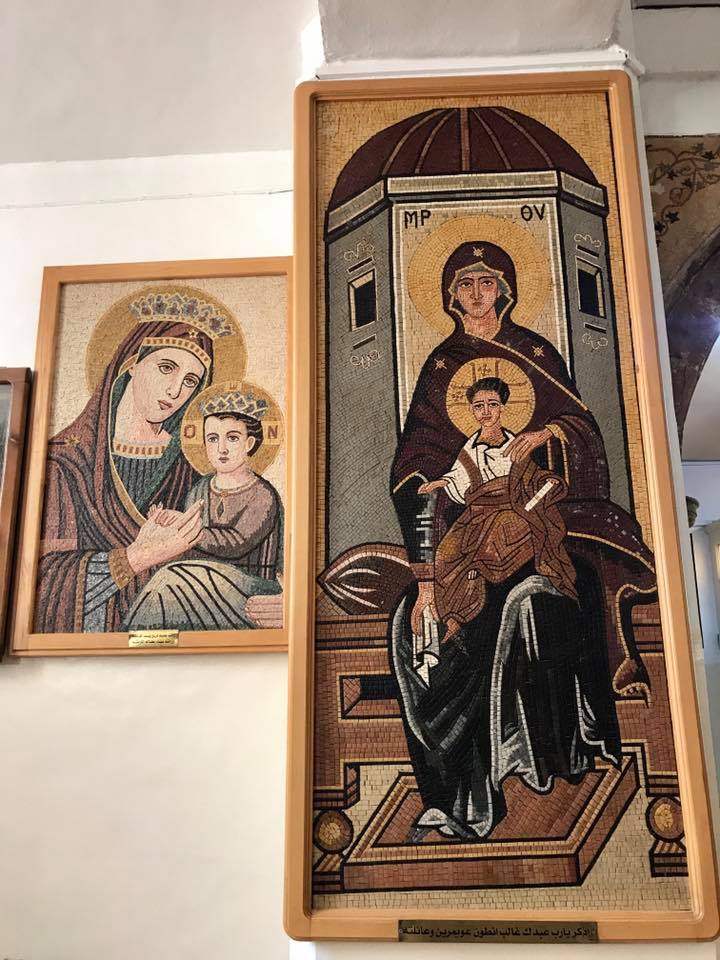
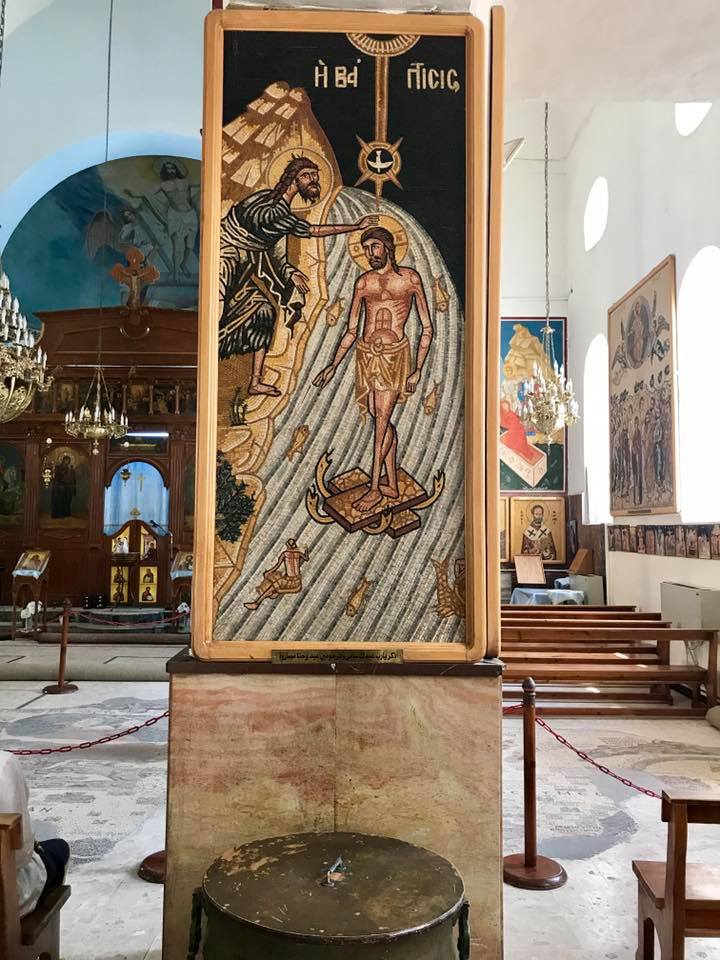
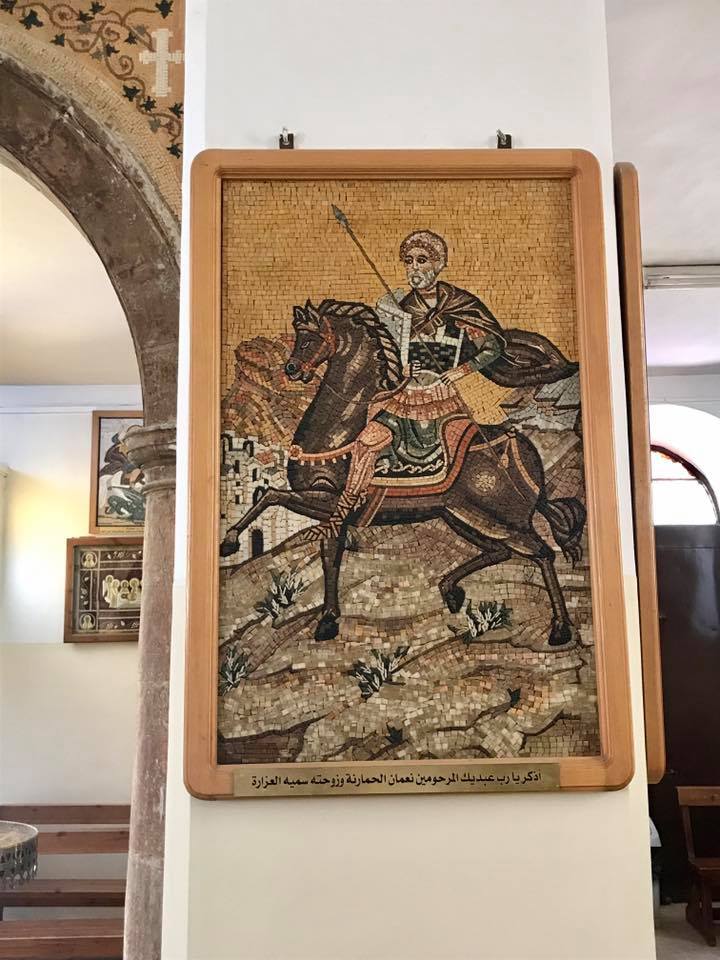
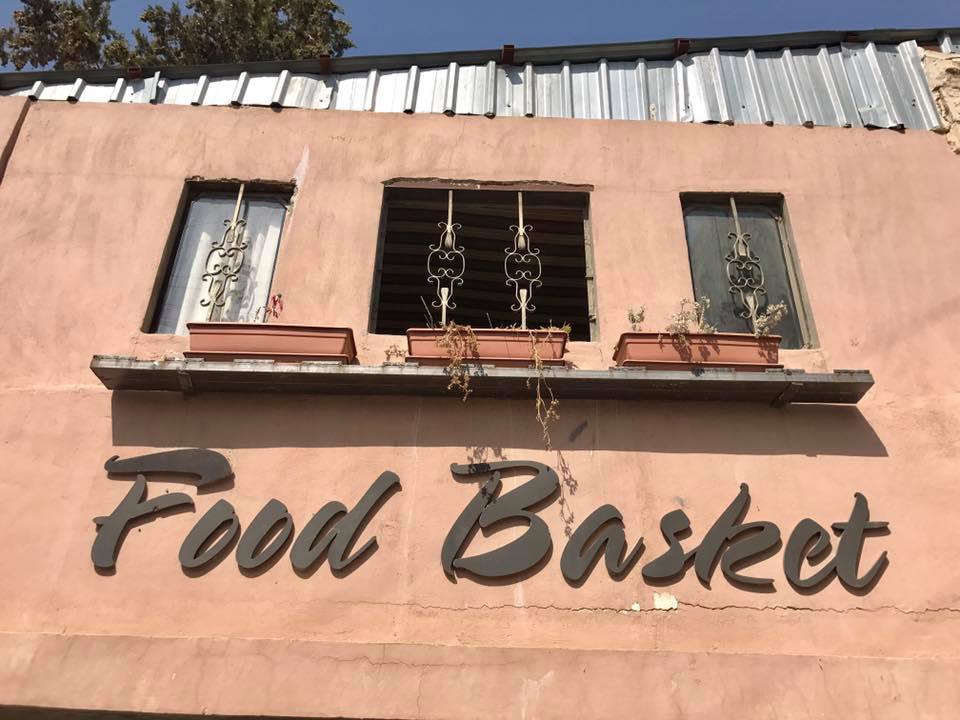
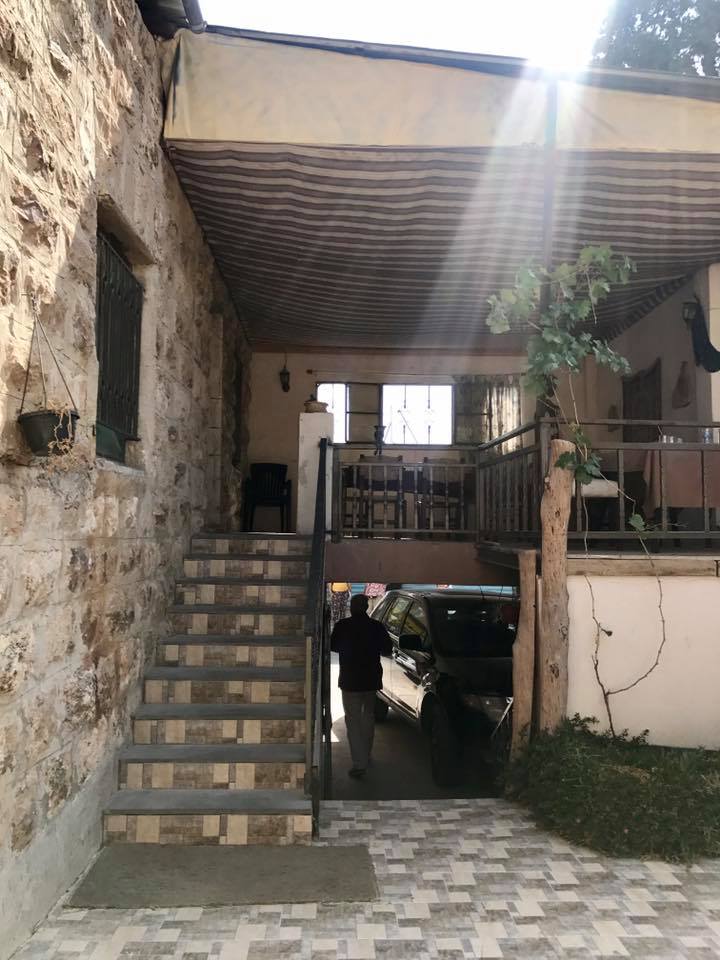
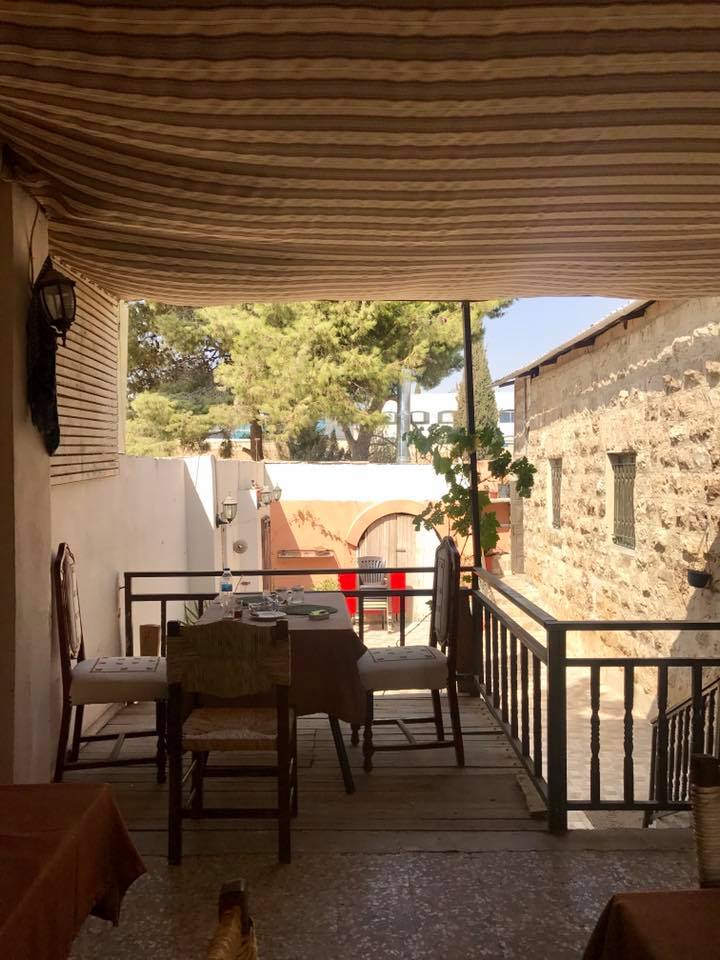
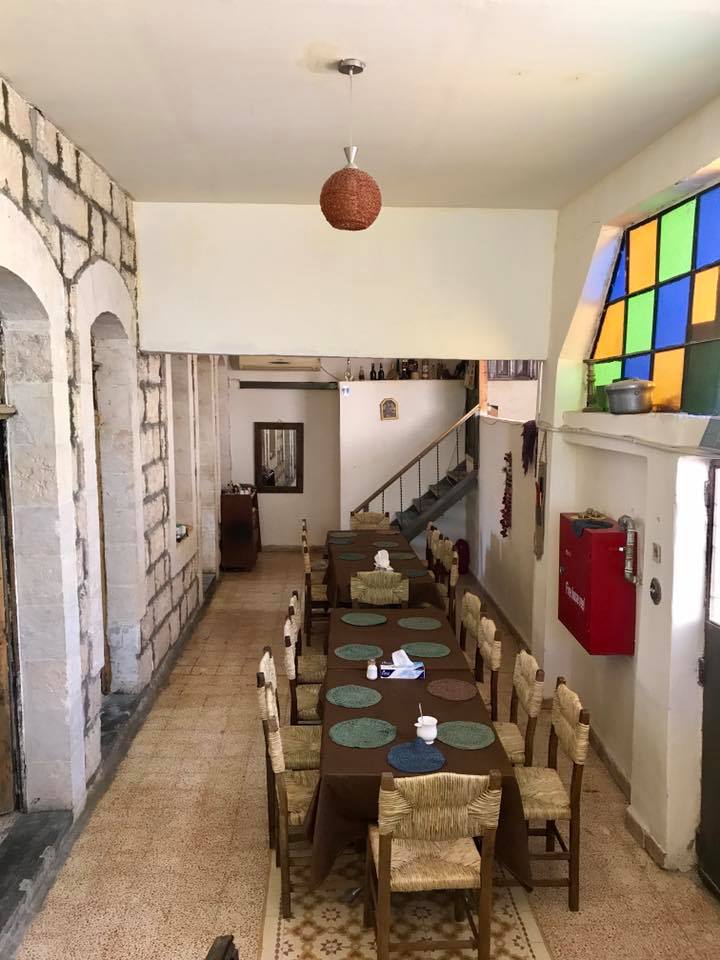
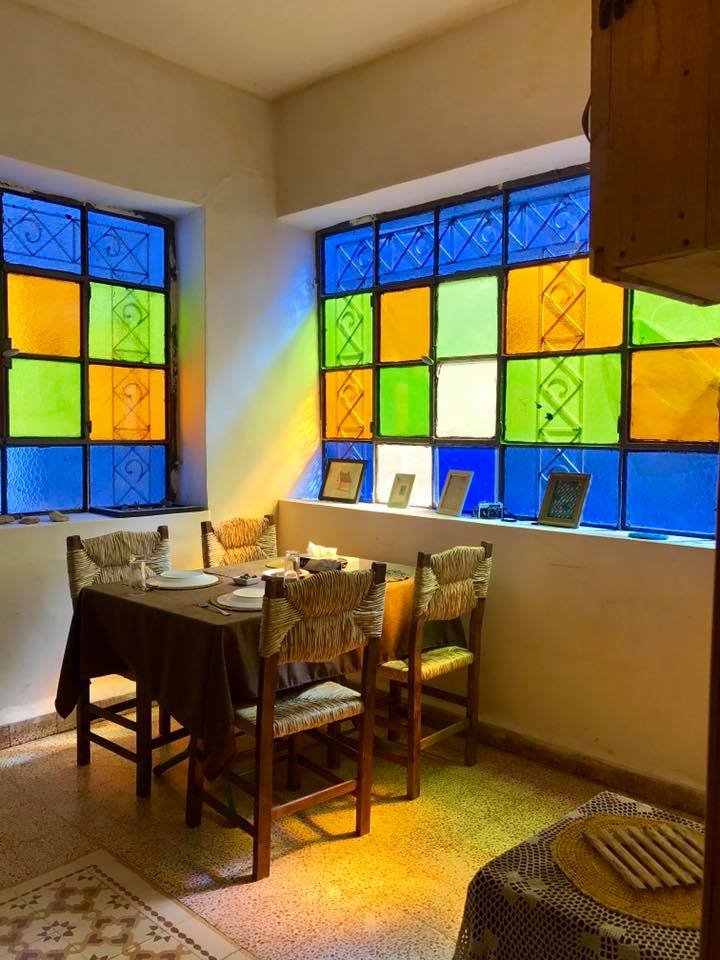
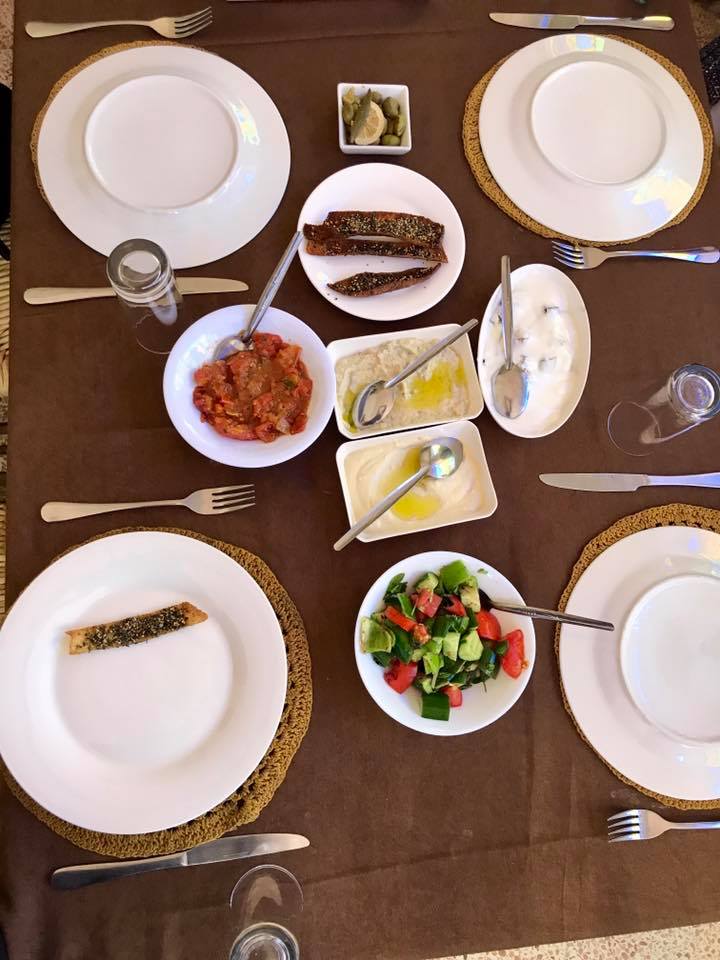
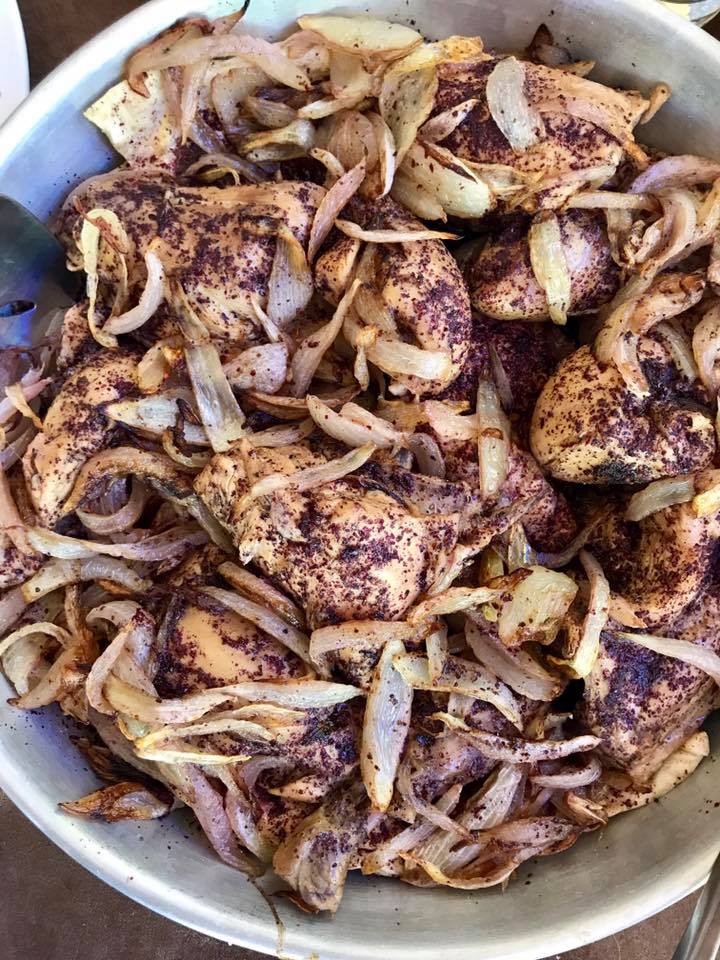
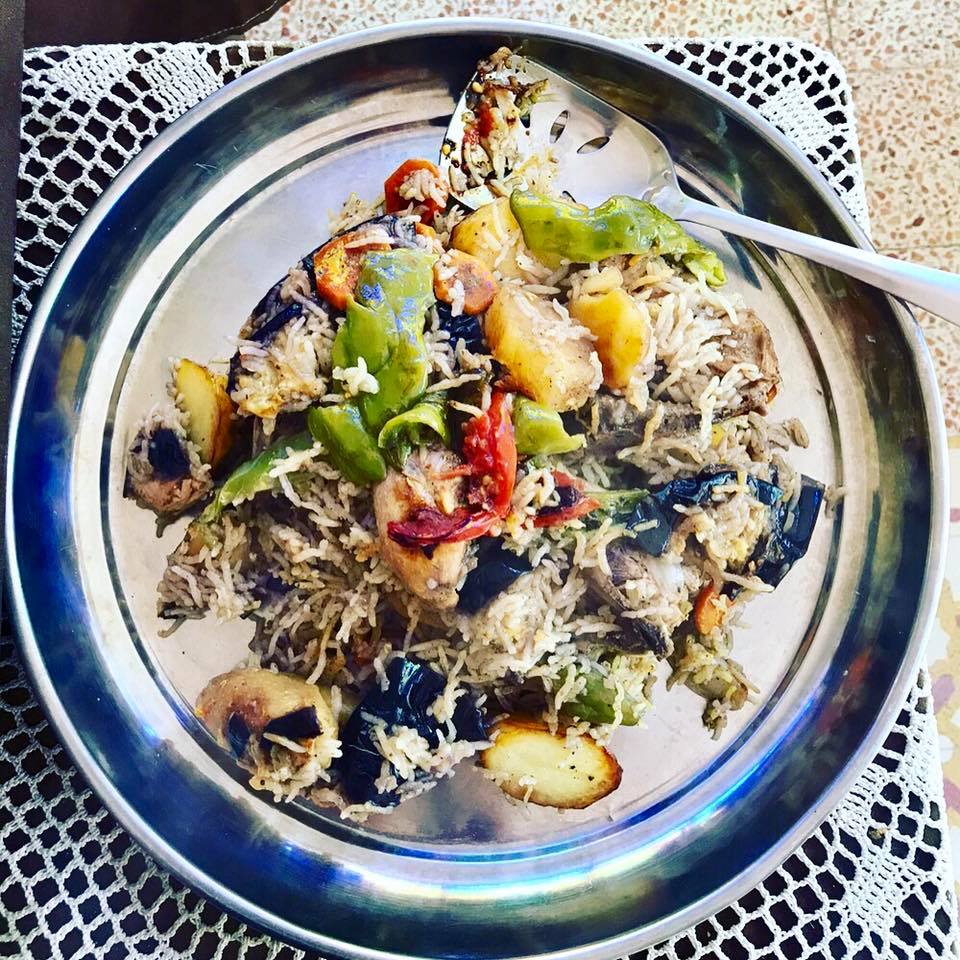
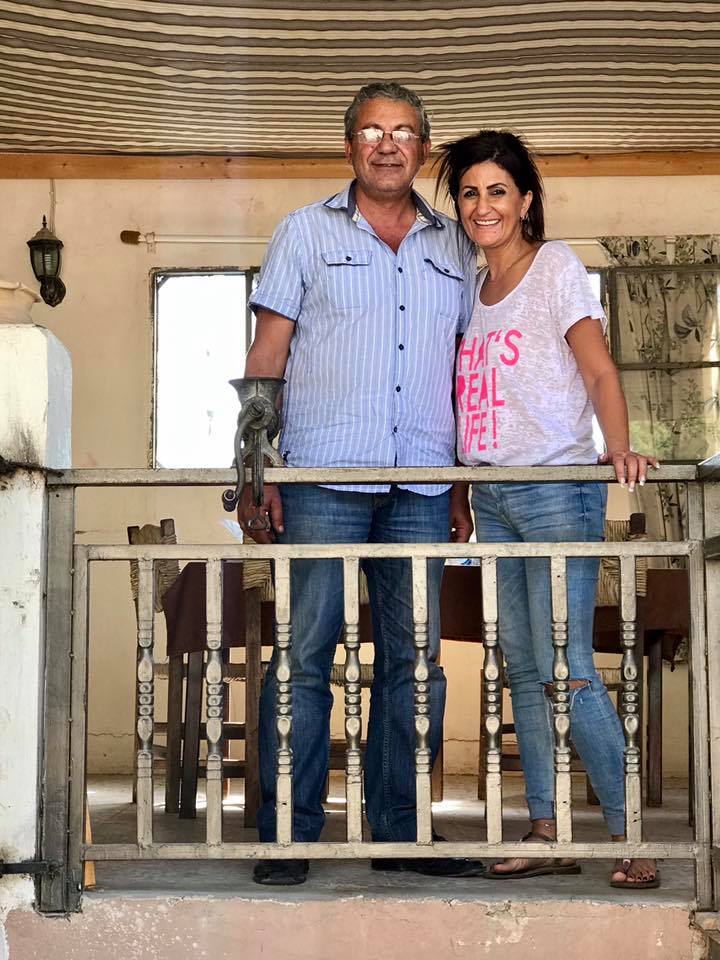
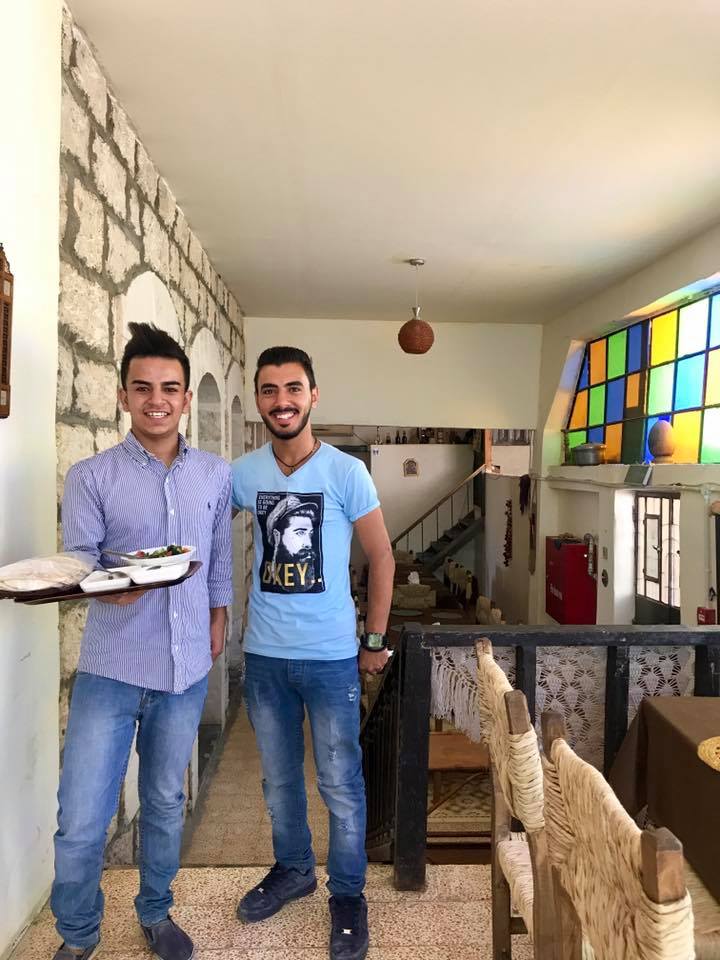
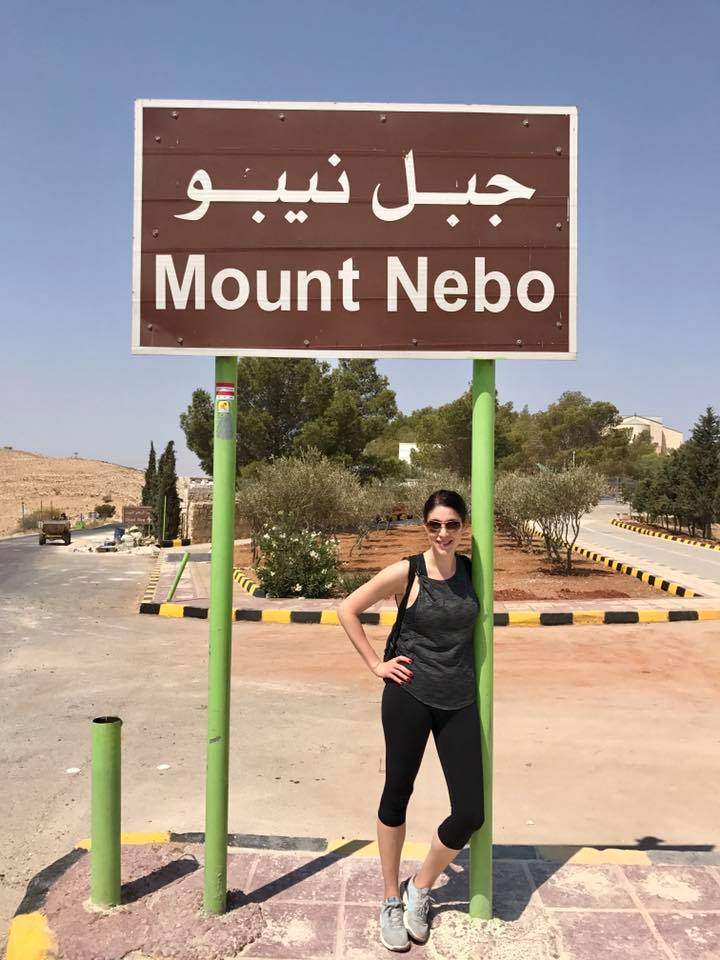
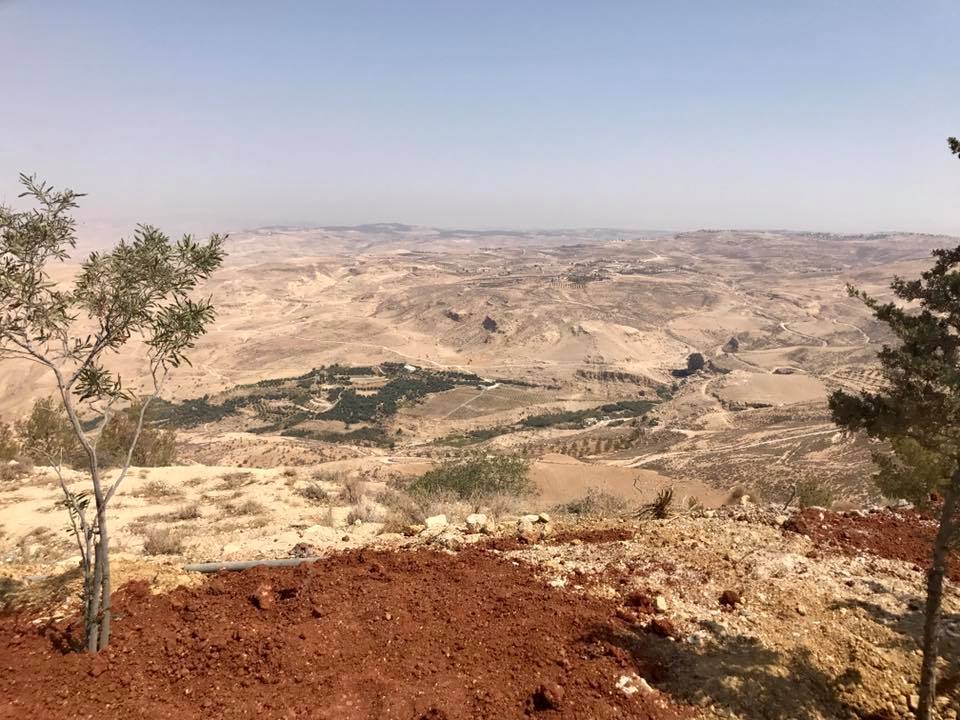
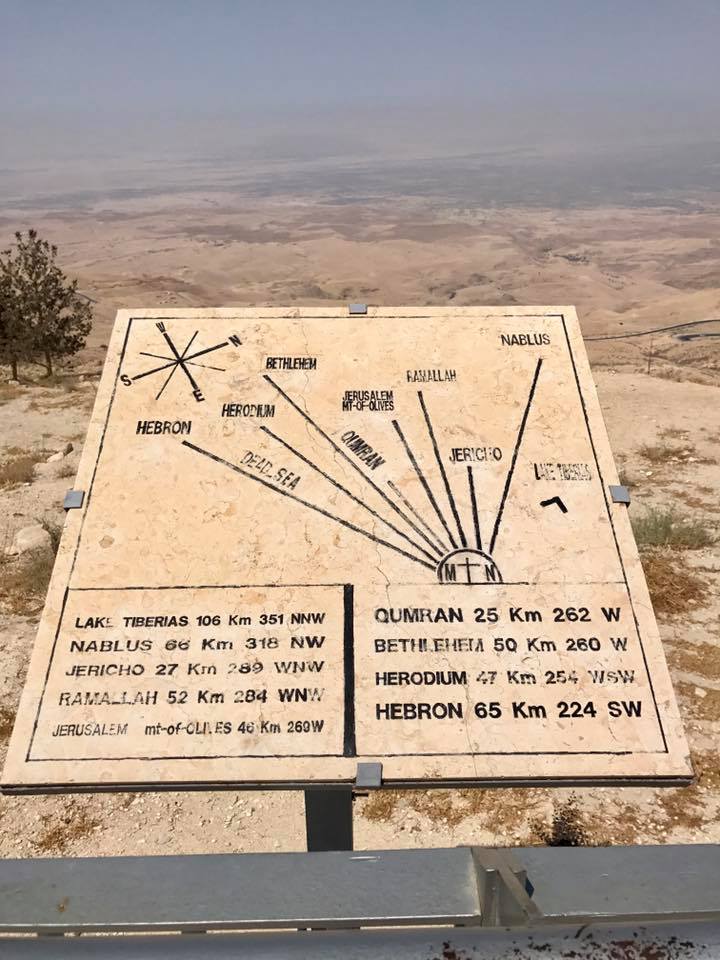
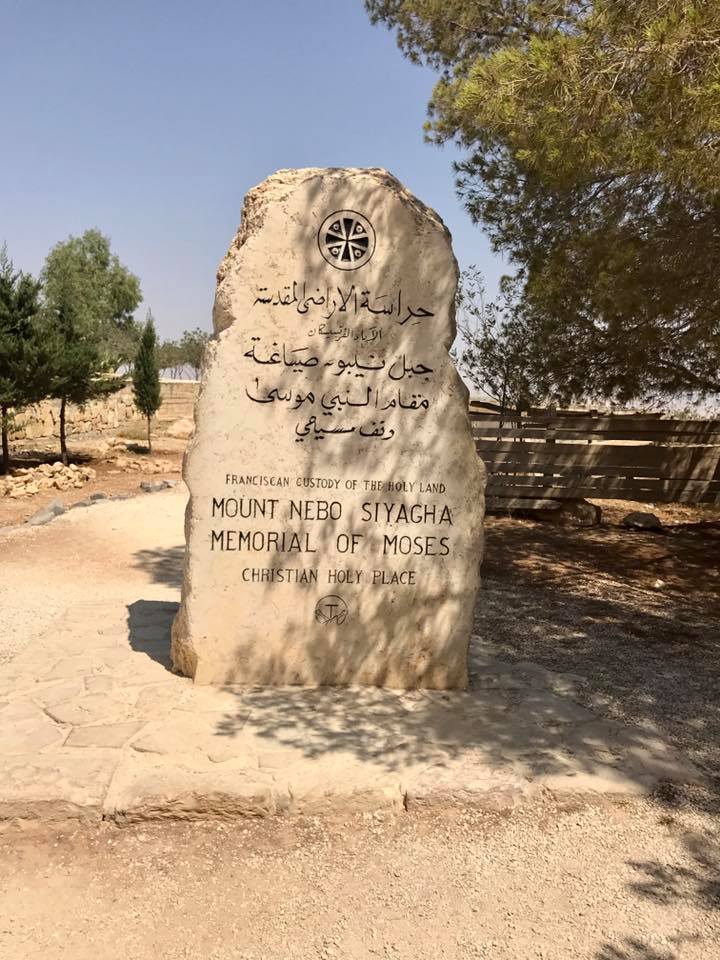
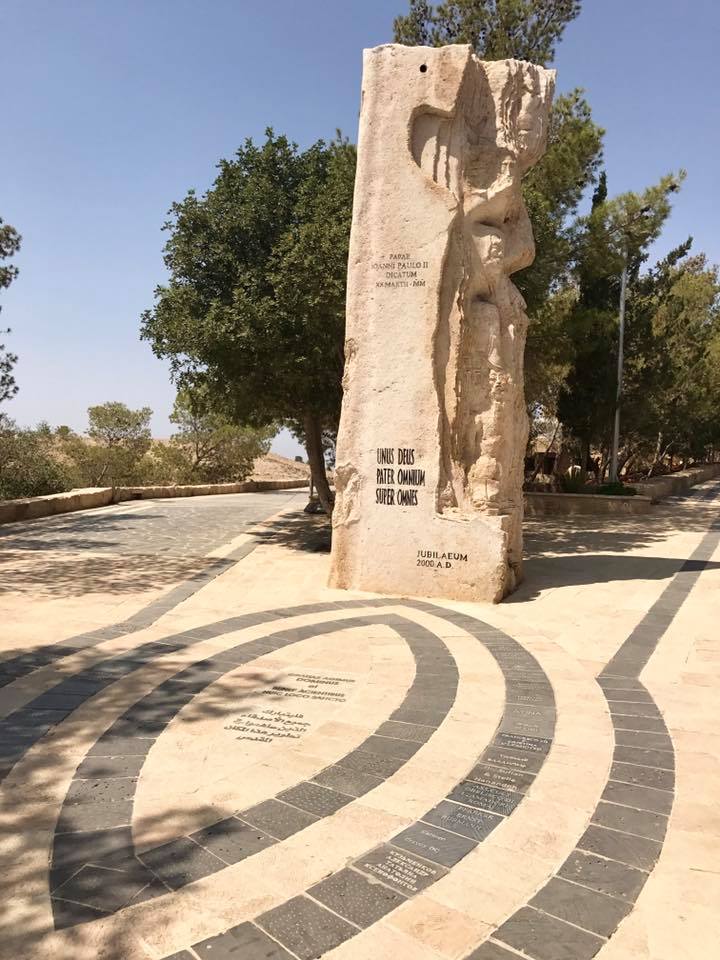
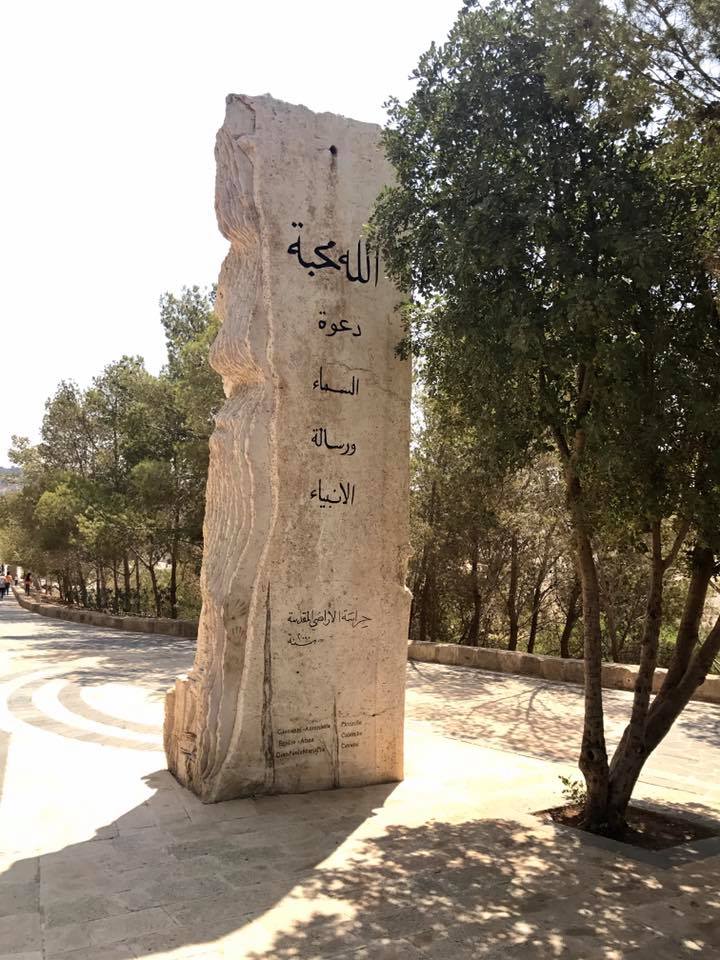
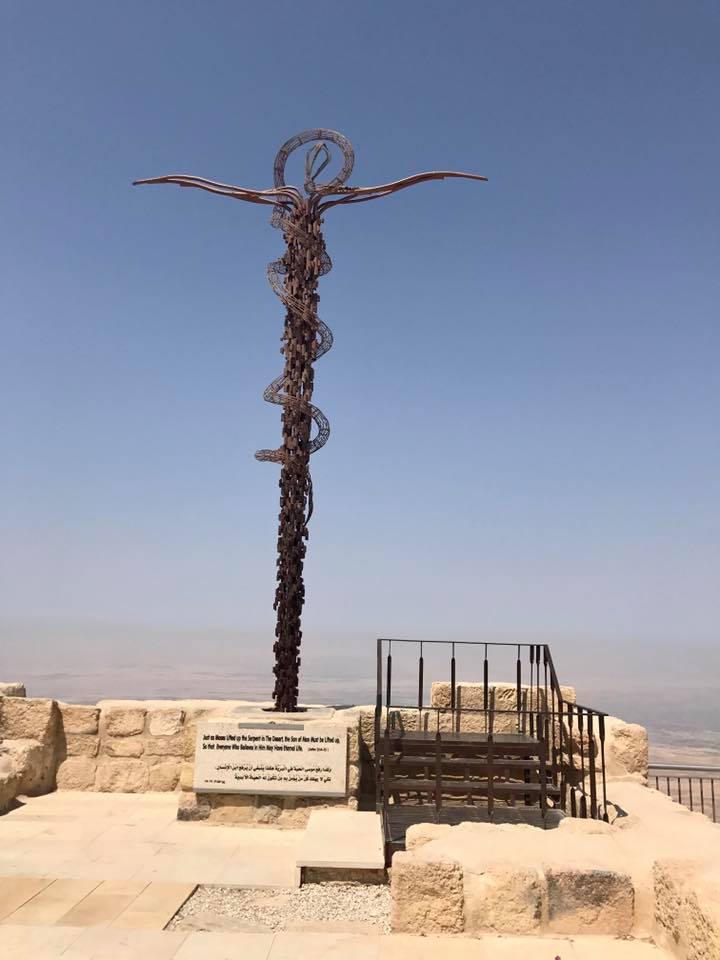
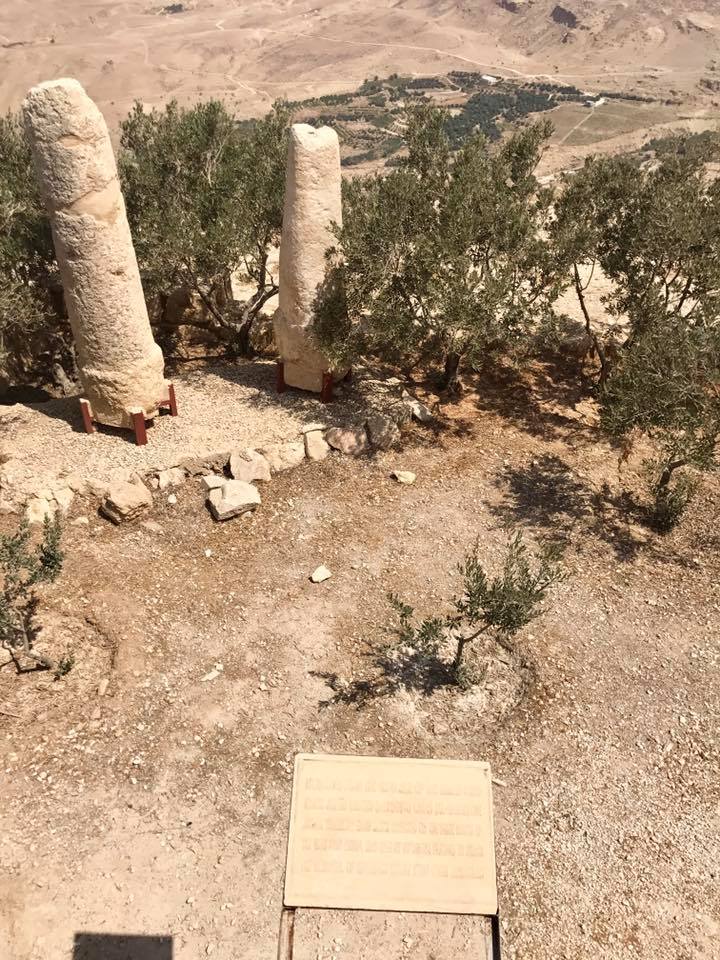
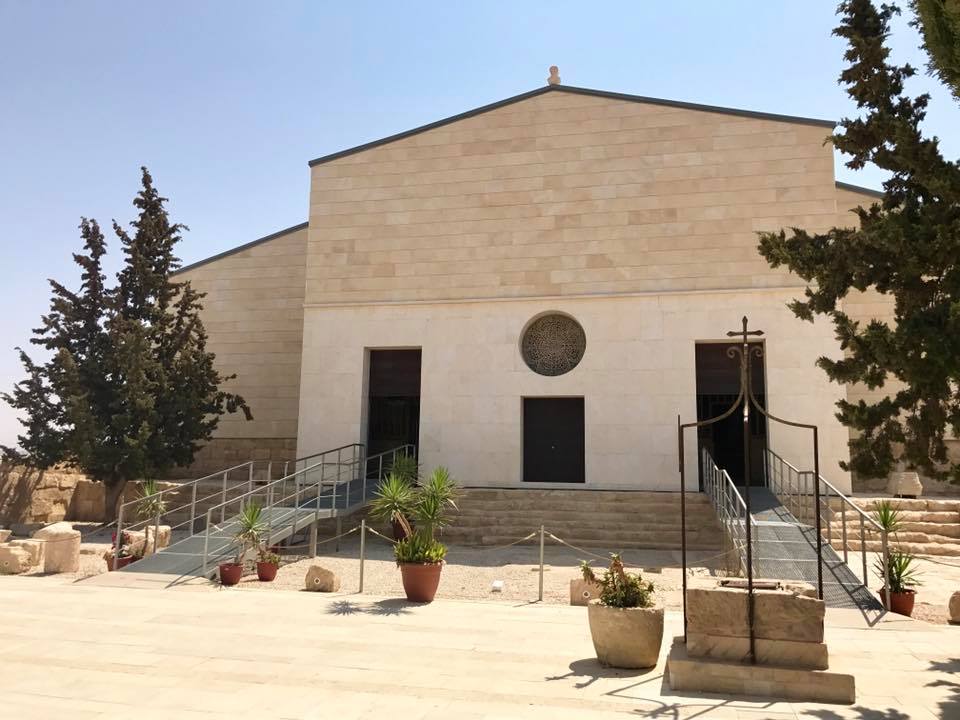
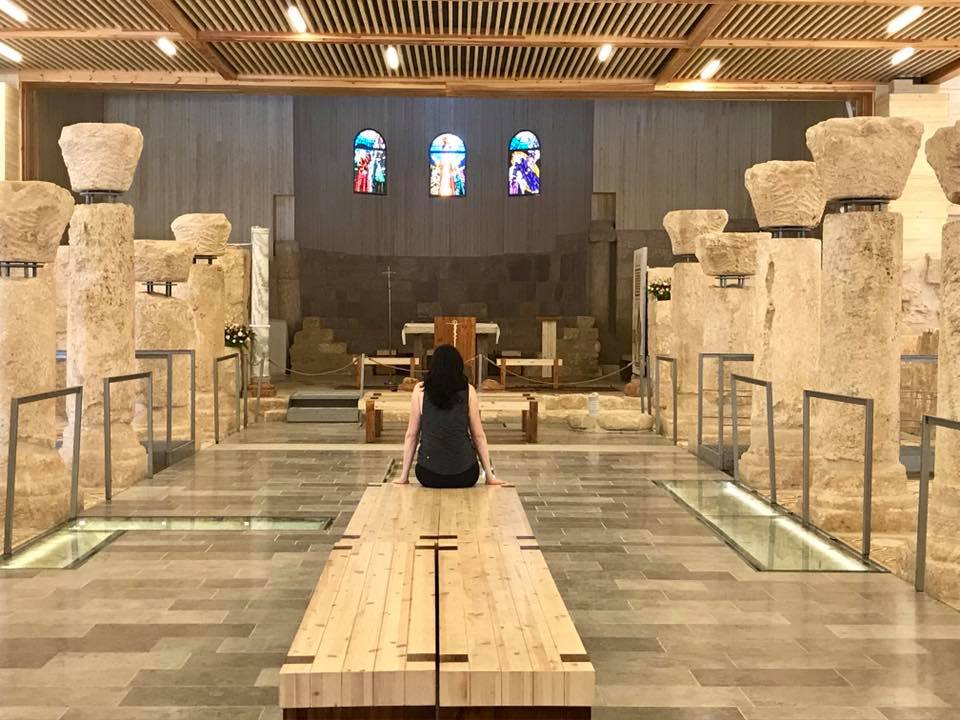
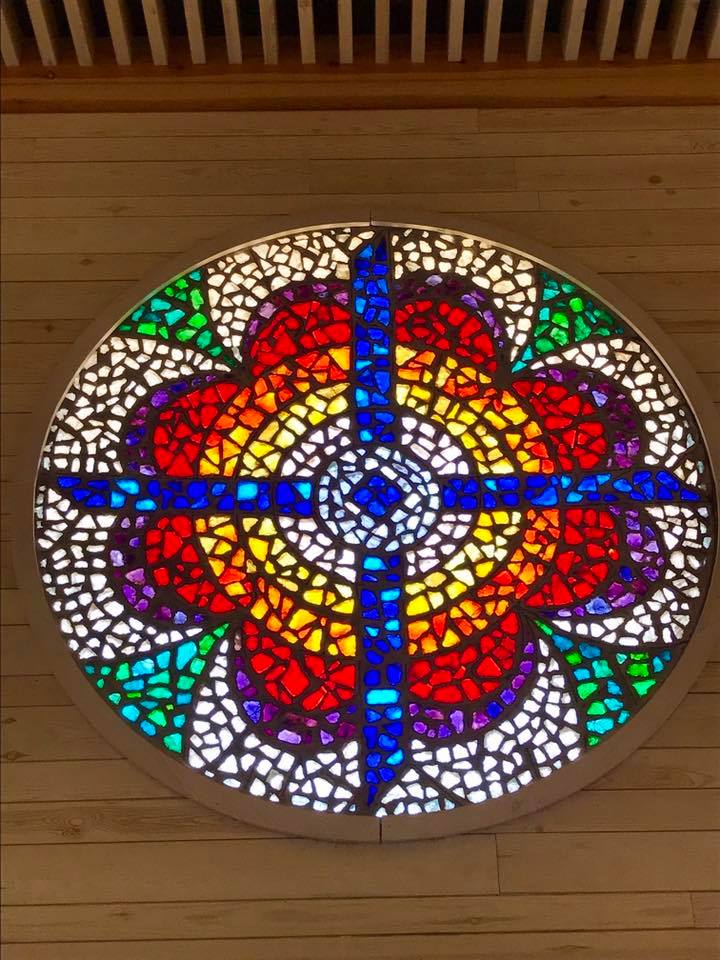
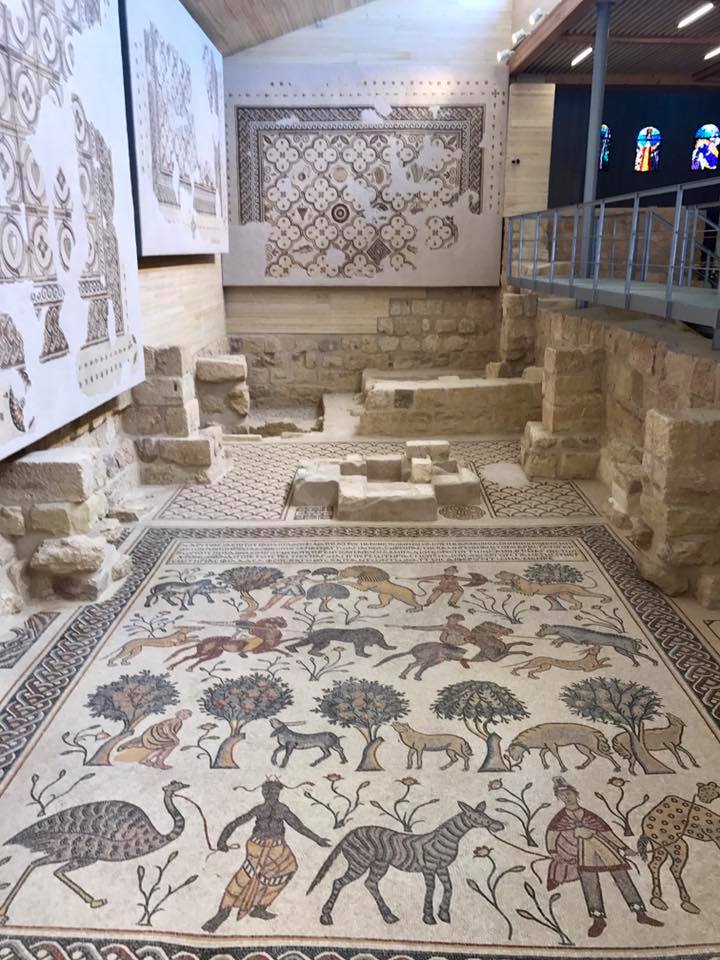
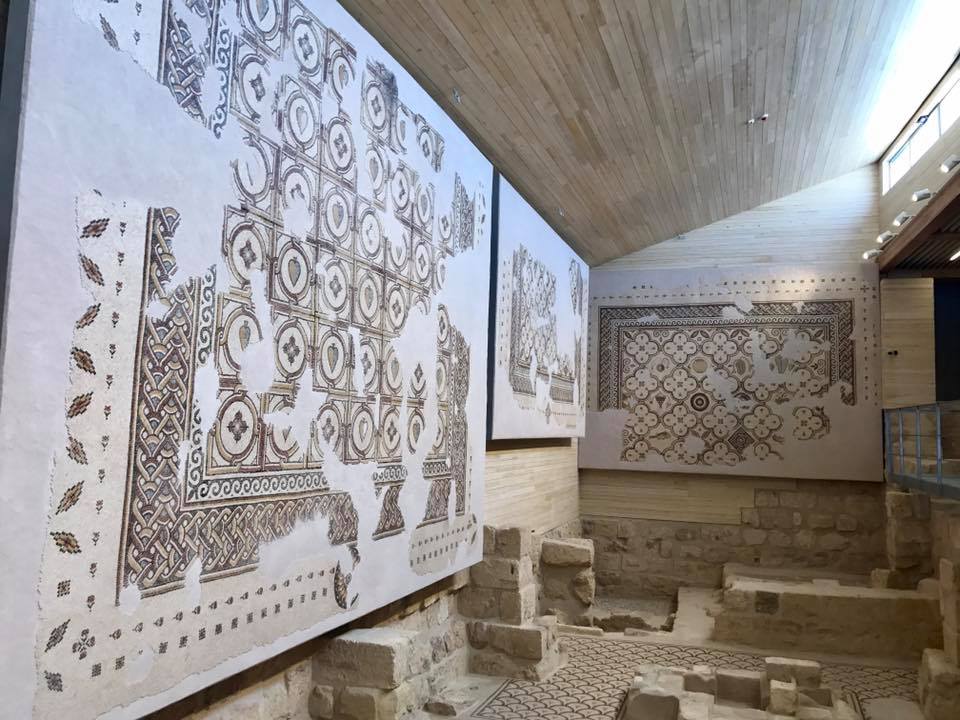
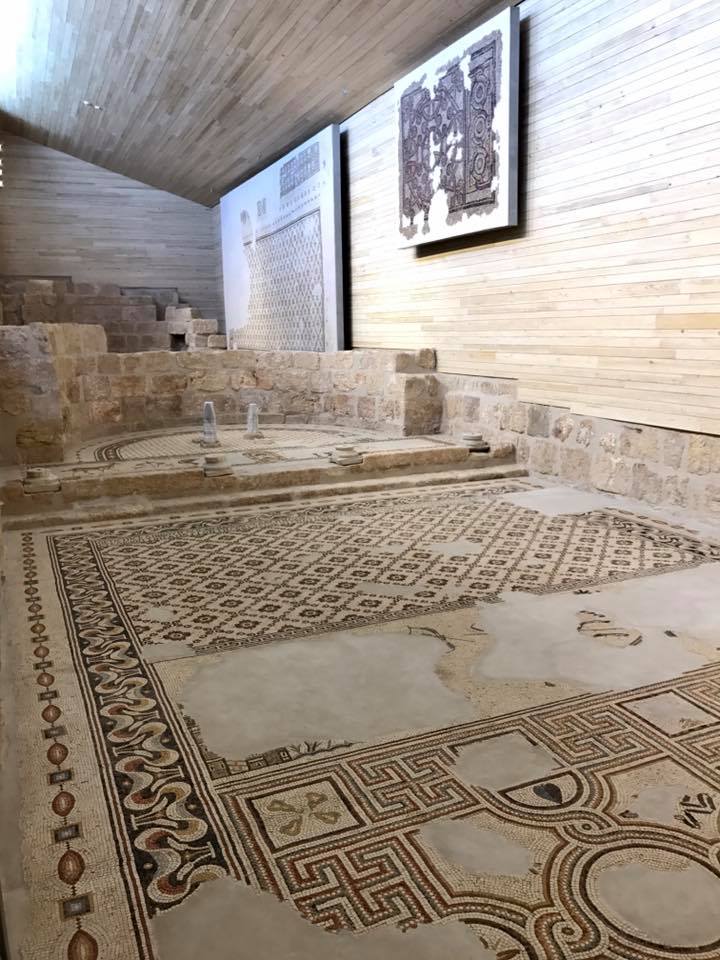
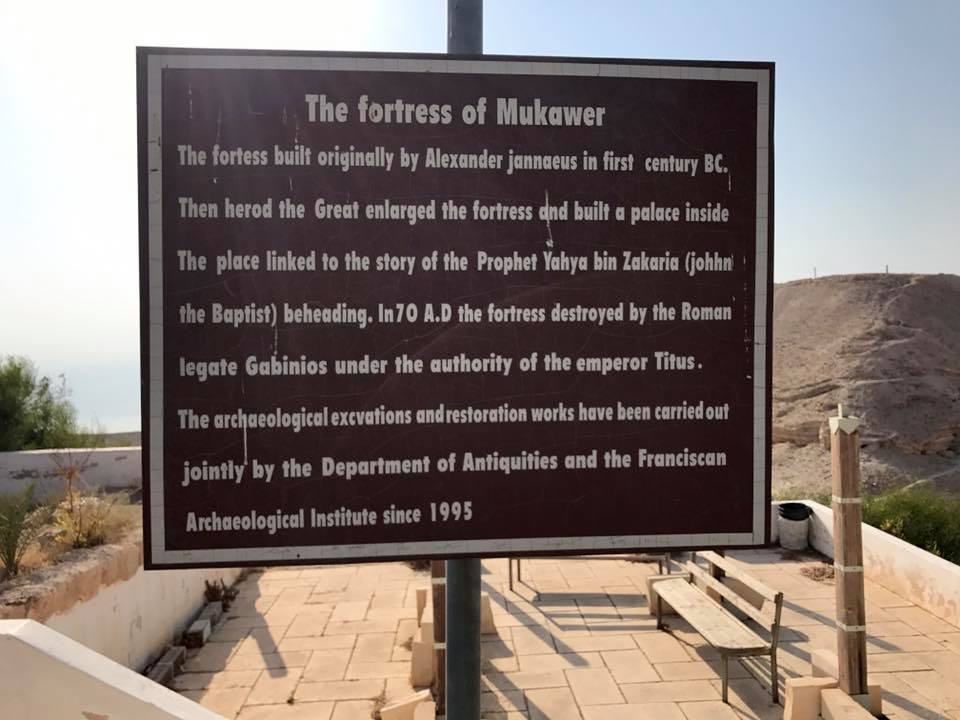
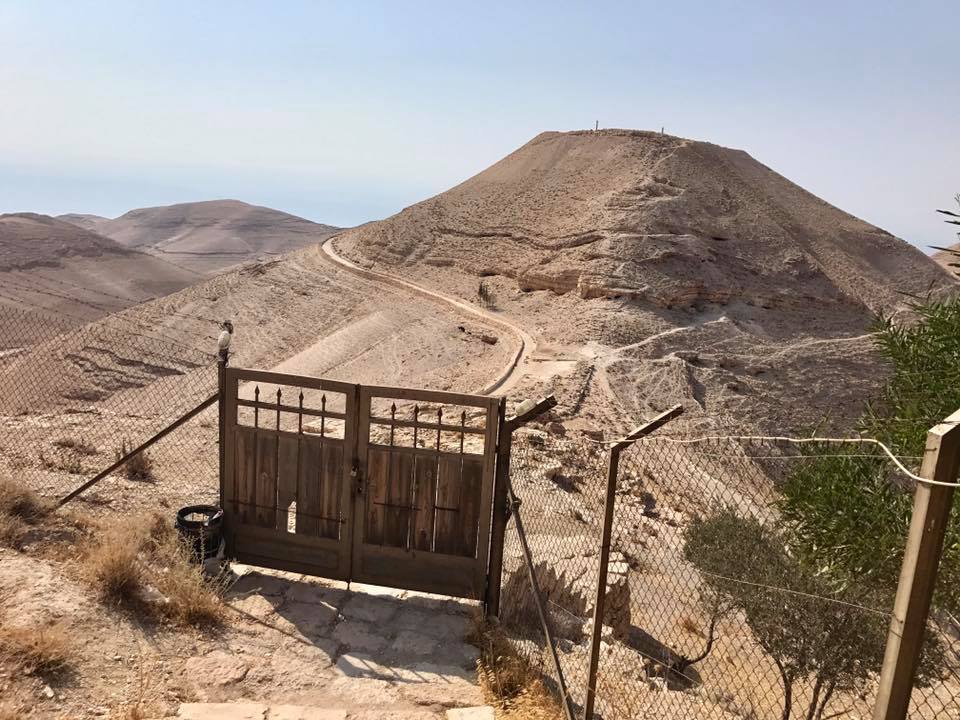
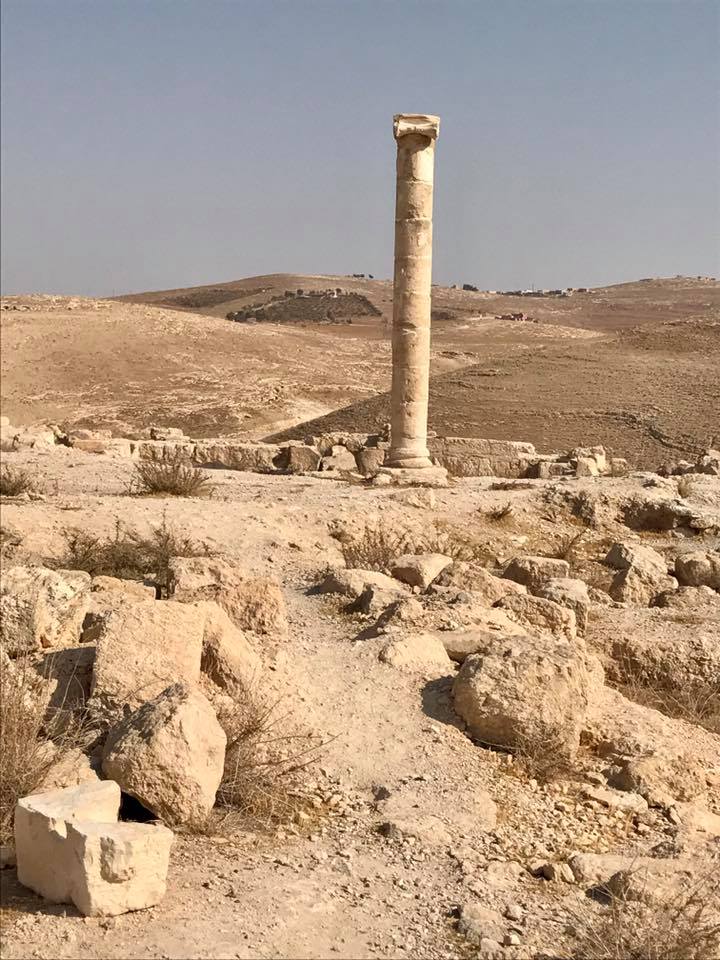
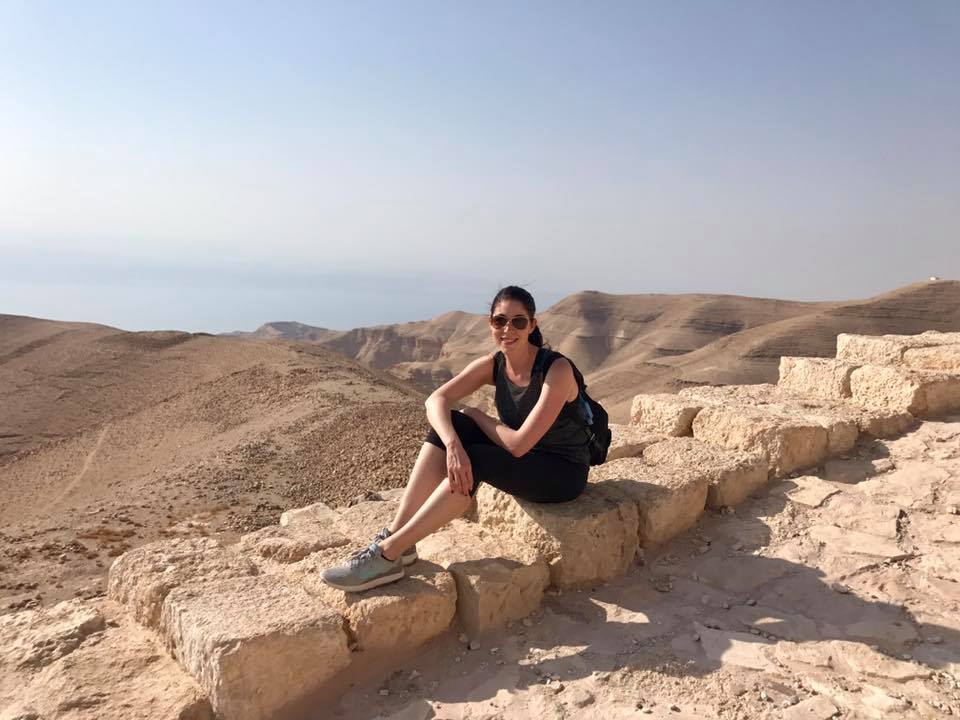
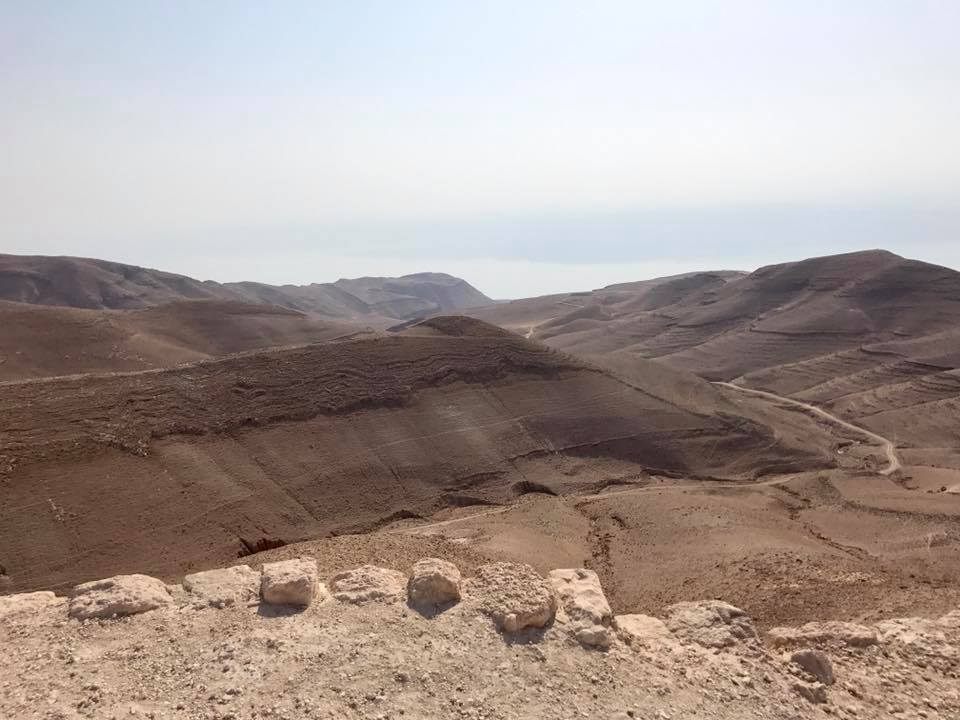
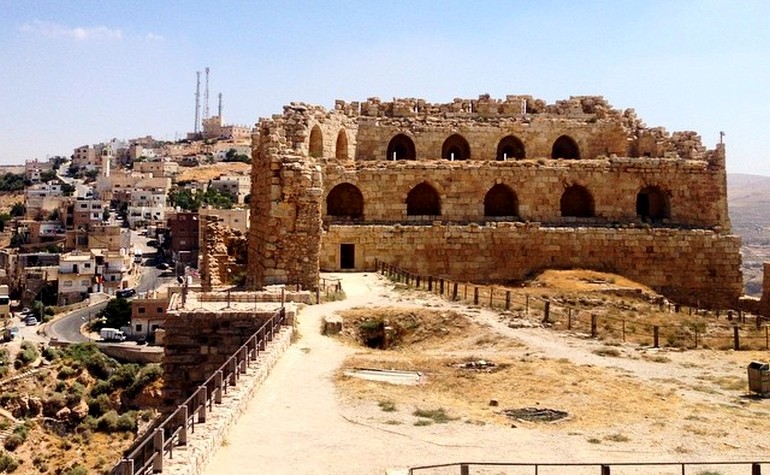
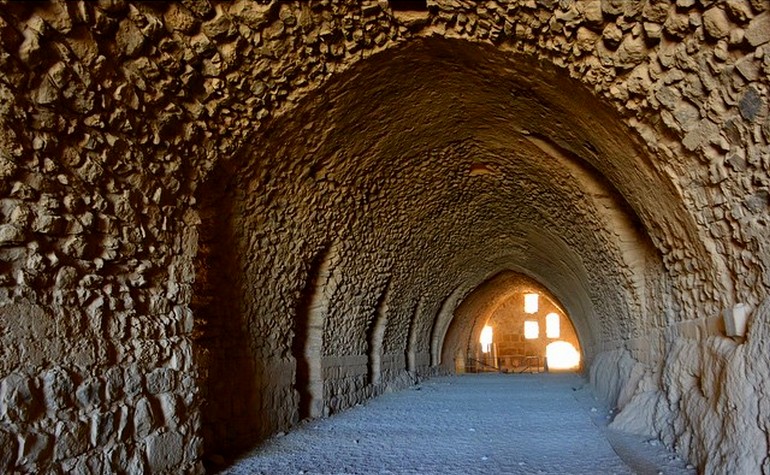
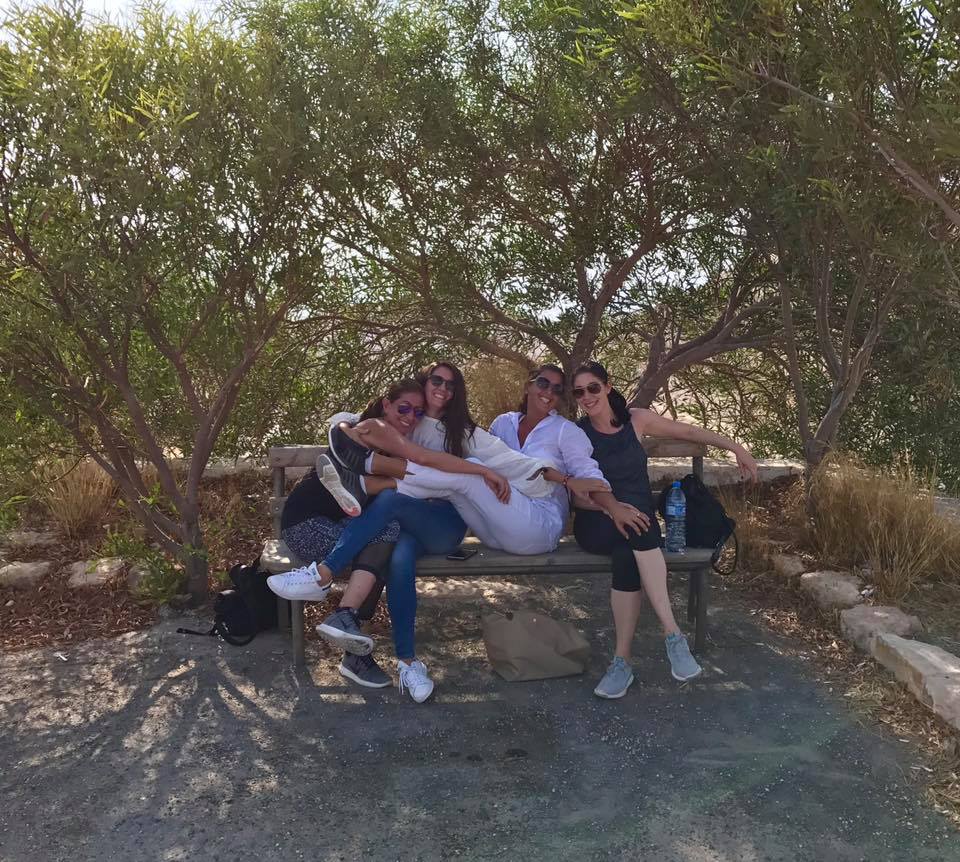
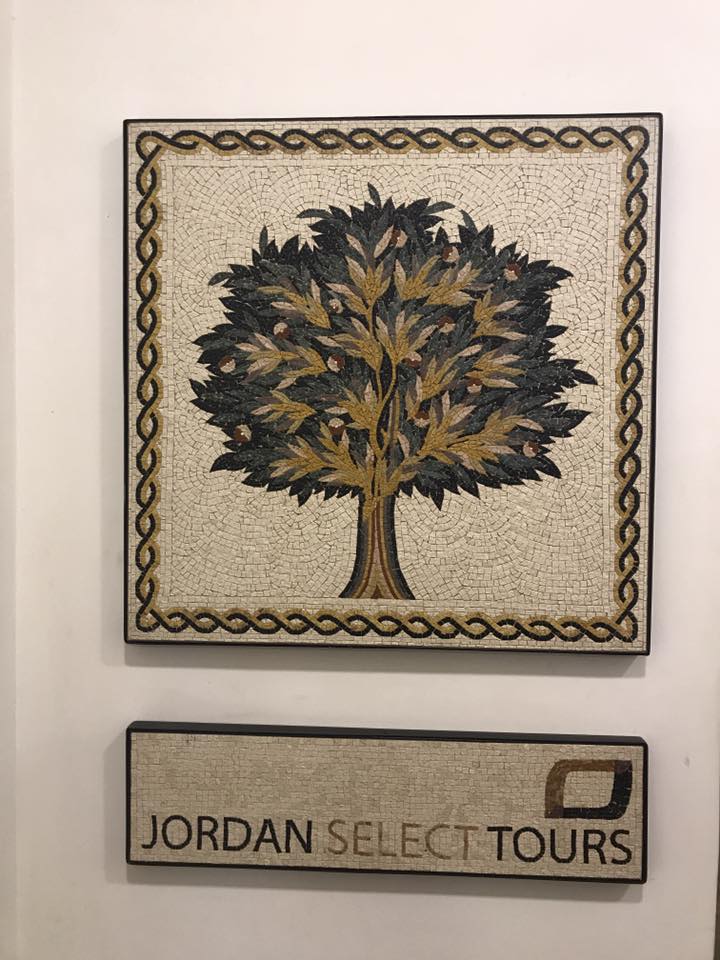
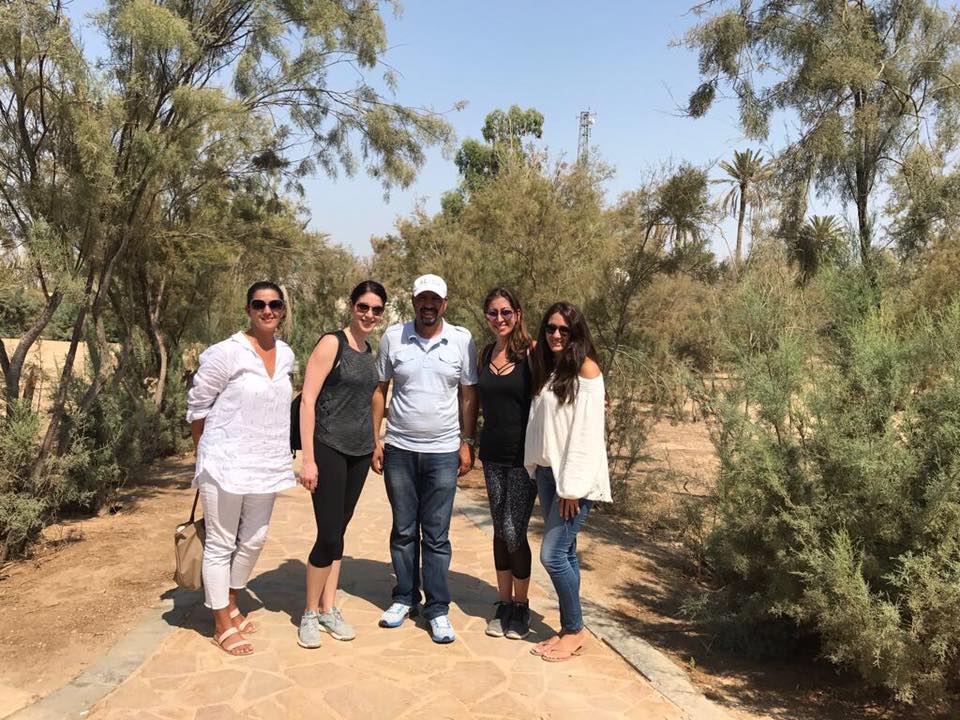
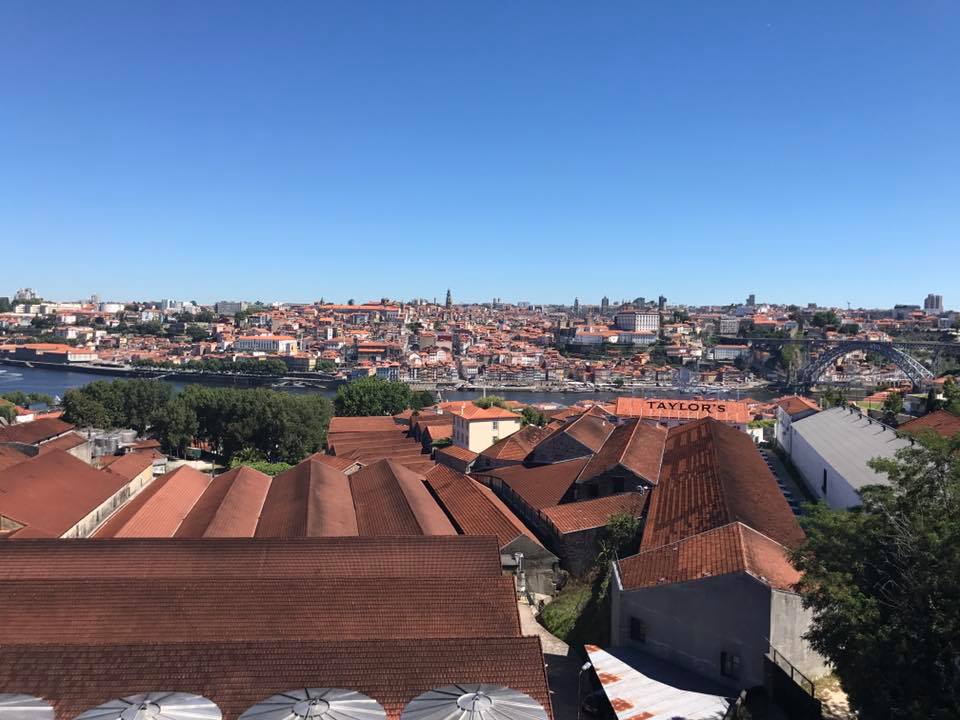 If you have a thing for tiles on the walls and on the floors, love Port wine, or are a foodie, then this is the place for you. Porto, or Oporto as the locals call it, is a modern city with iconic building facades and dynamic gastronomy.
If you have a thing for tiles on the walls and on the floors, love Port wine, or are a foodie, then this is the place for you. Porto, or Oporto as the locals call it, is a modern city with iconic building facades and dynamic gastronomy.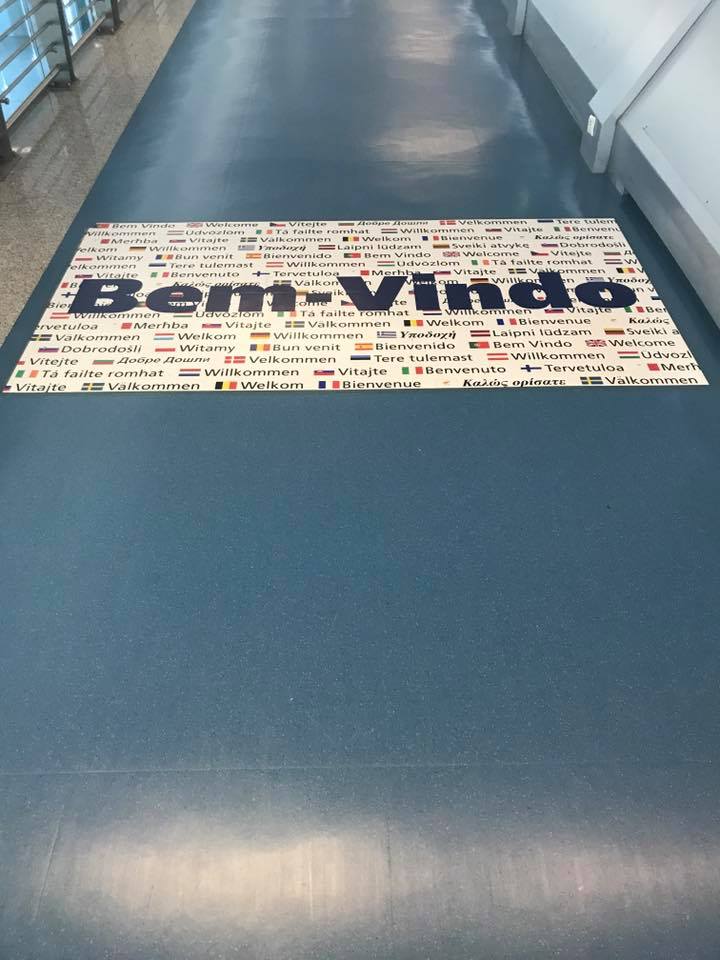
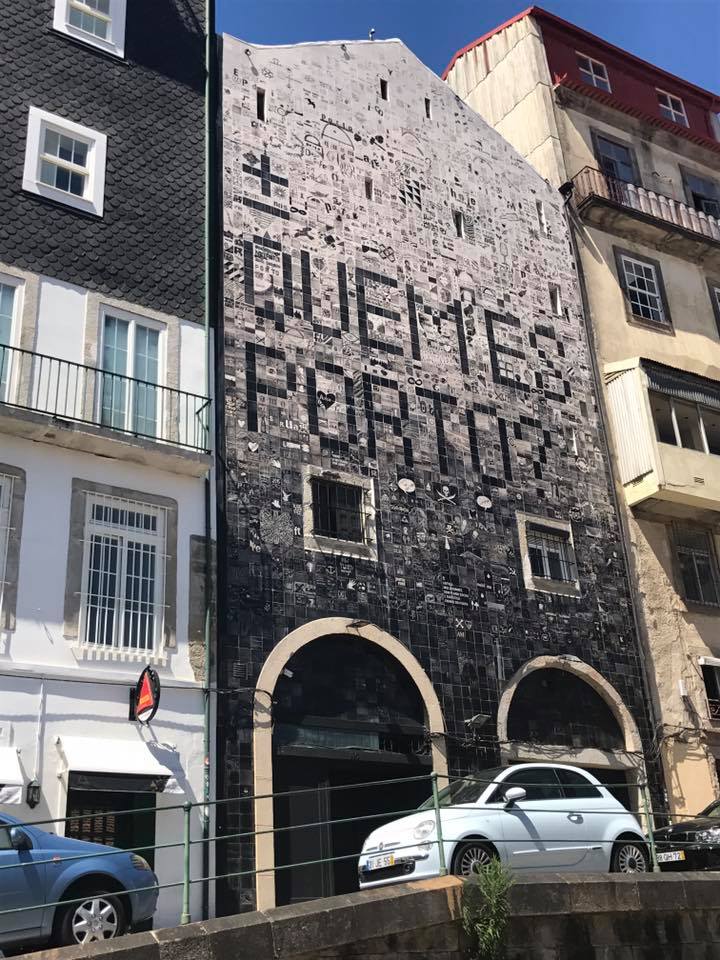
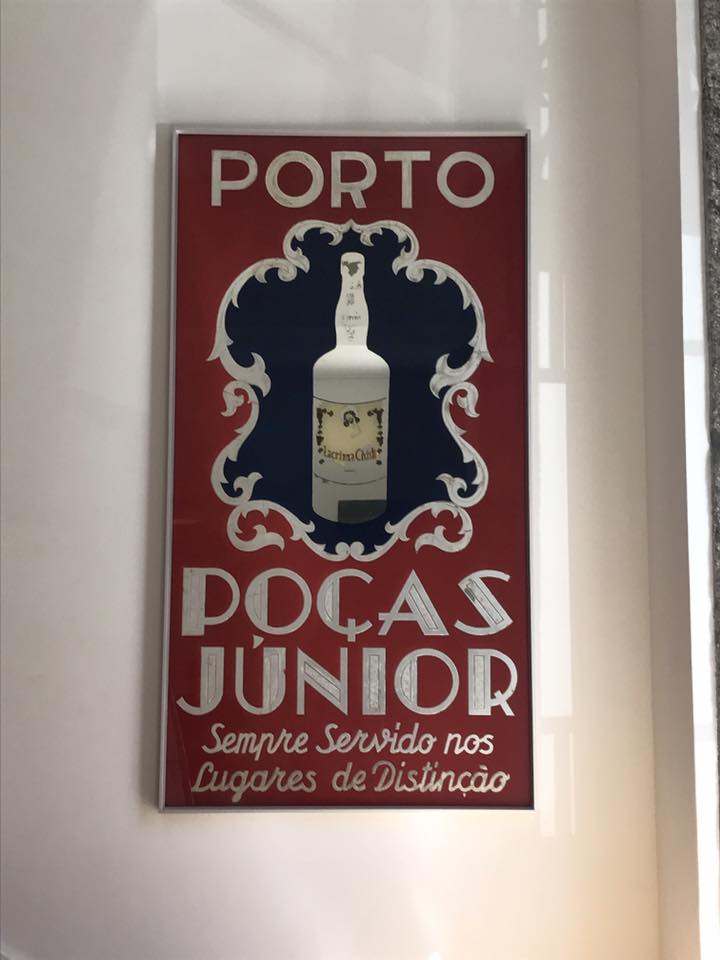
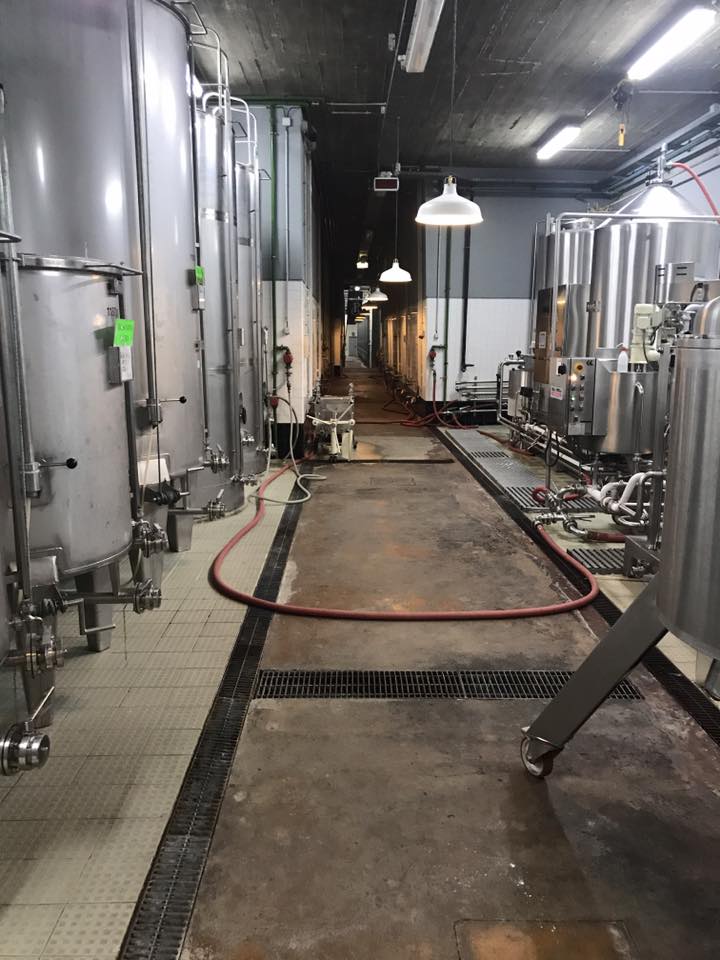 They still use the traditional method of cleaning their wine storage units, which means that someone who is small enough to fit in this hole, climbs in and cleans by hand. They have one dedicated employee for this task!
They still use the traditional method of cleaning their wine storage units, which means that someone who is small enough to fit in this hole, climbs in and cleans by hand. They have one dedicated employee for this task! 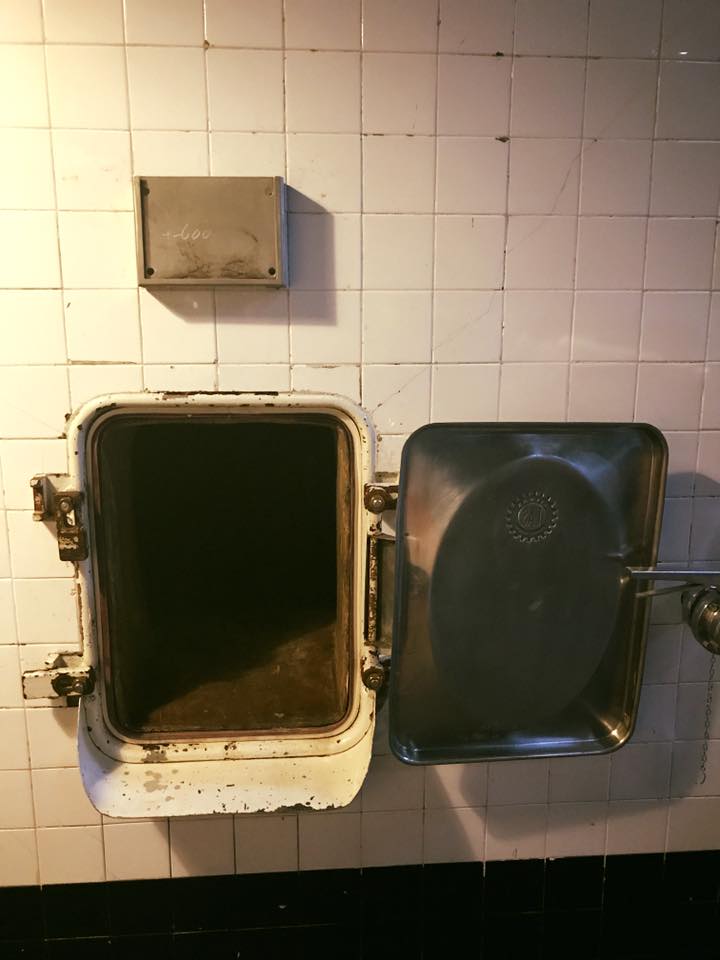 They also have one dedicated employee who hand-makes their wine barrels at this on-site workshop.
They also have one dedicated employee who hand-makes their wine barrels at this on-site workshop.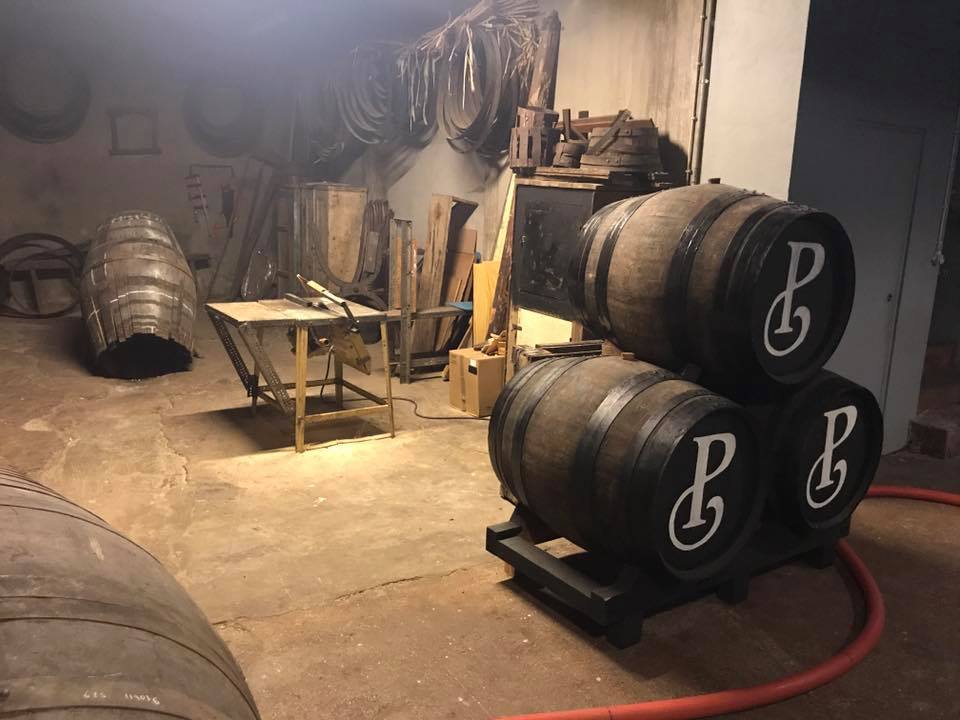
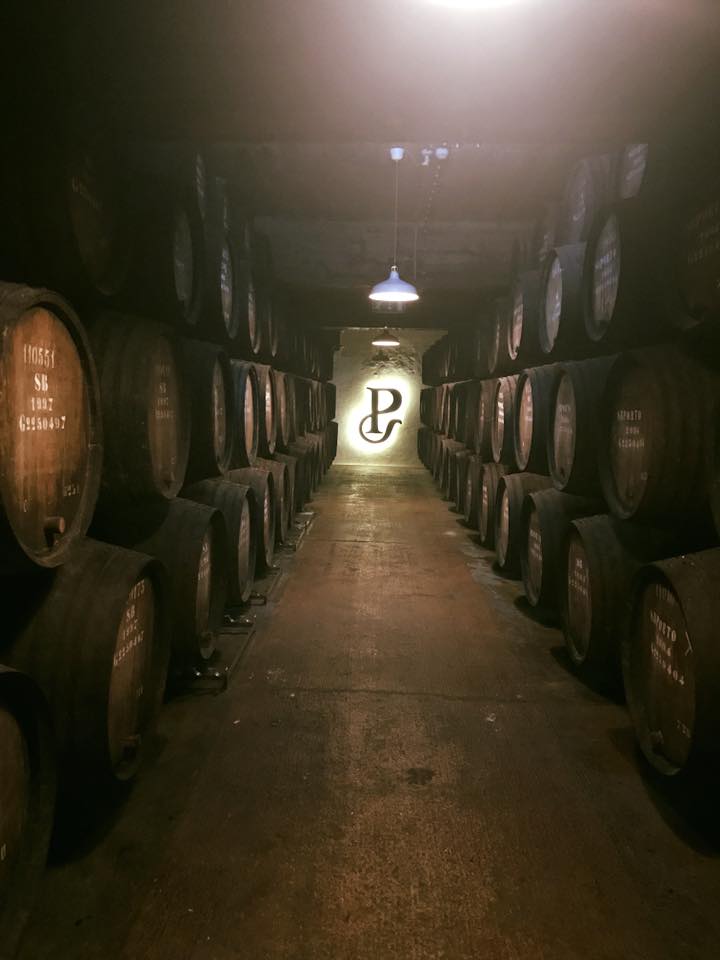
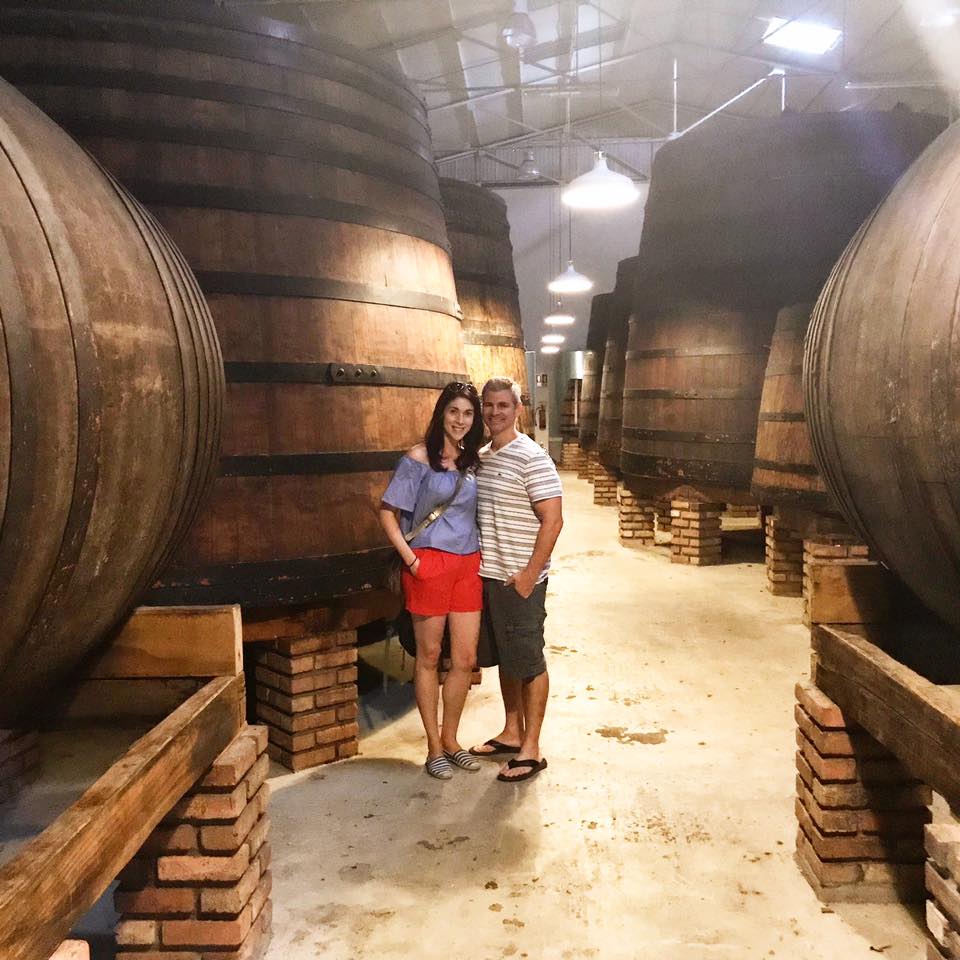 After tasting several varieties of port, including a port rose (there is such a thing and it is splendid!), we were in need of some food, so we headed back over the bridge to sink our teeth into a sandwich for which Porto is famous: the
After tasting several varieties of port, including a port rose (there is such a thing and it is splendid!), we were in need of some food, so we headed back over the bridge to sink our teeth into a sandwich for which Porto is famous: the 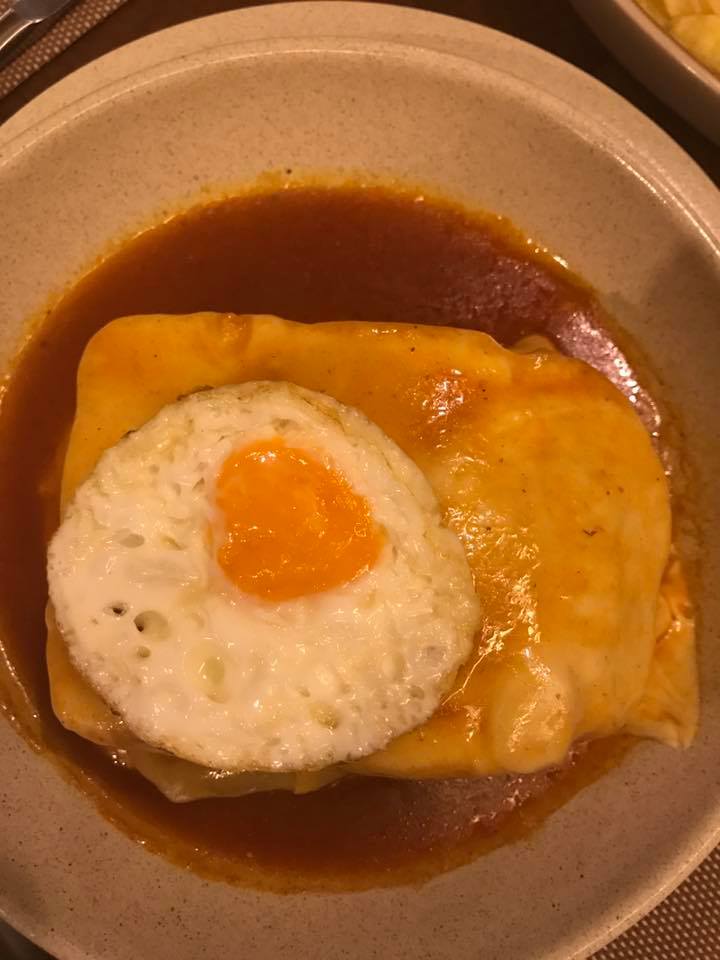
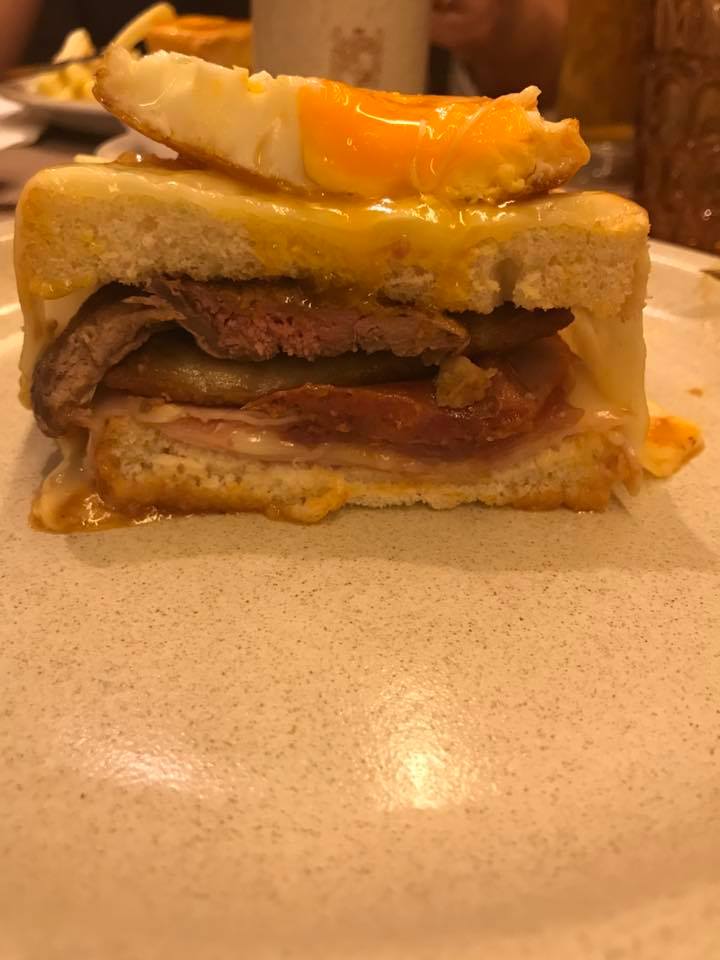
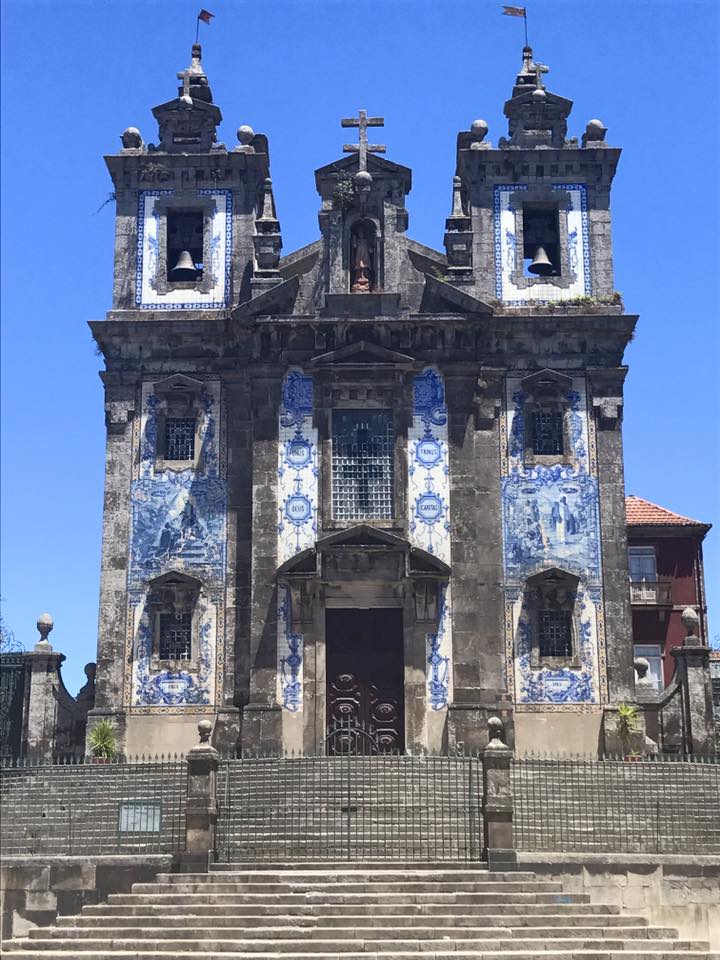
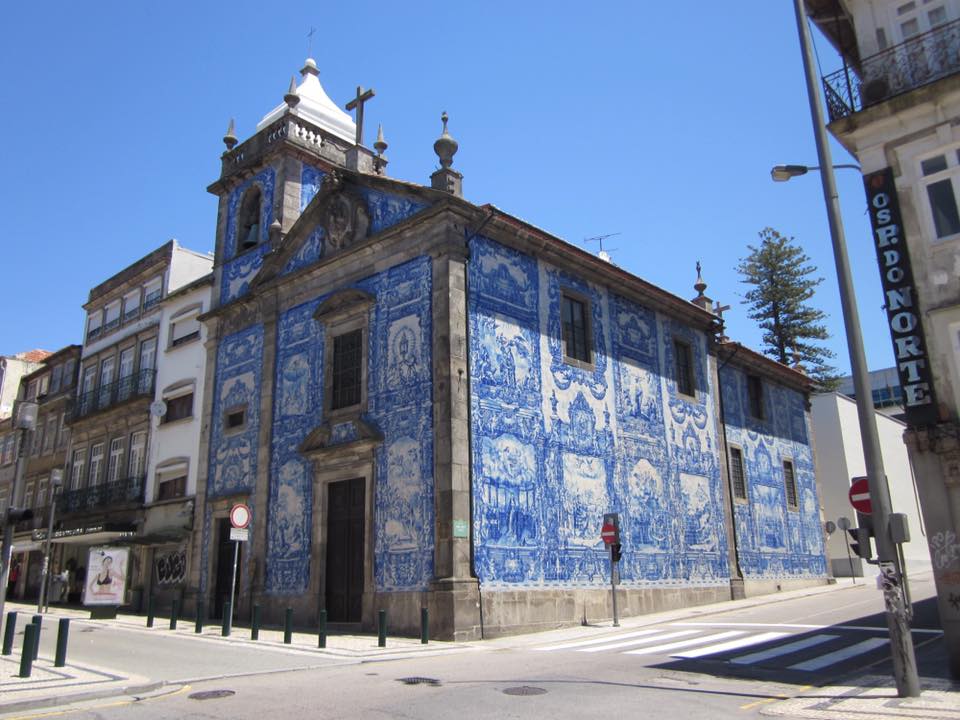
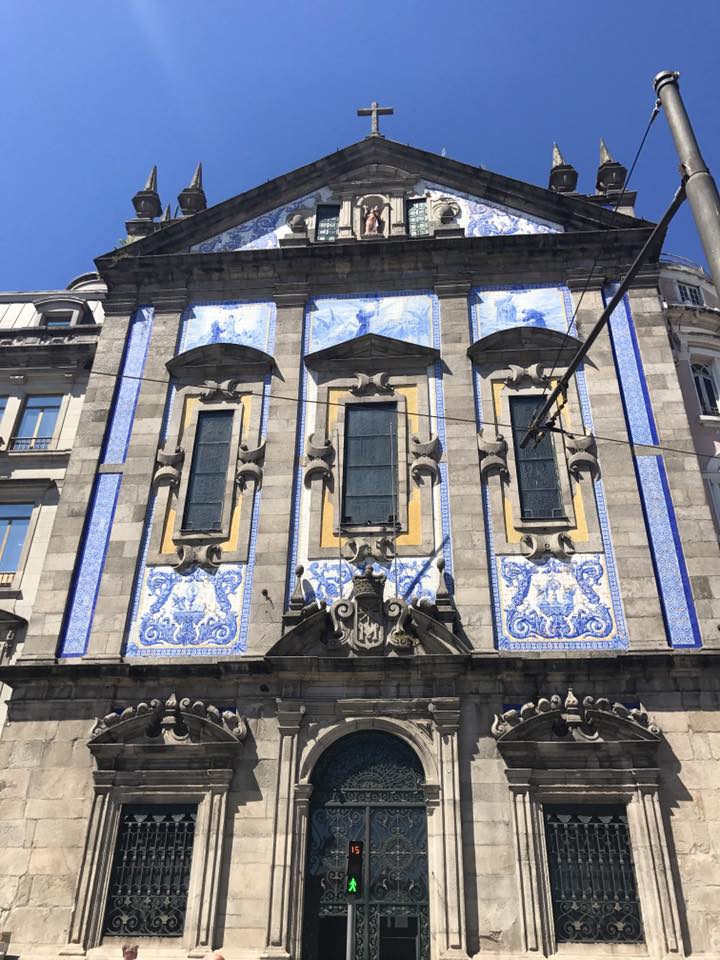
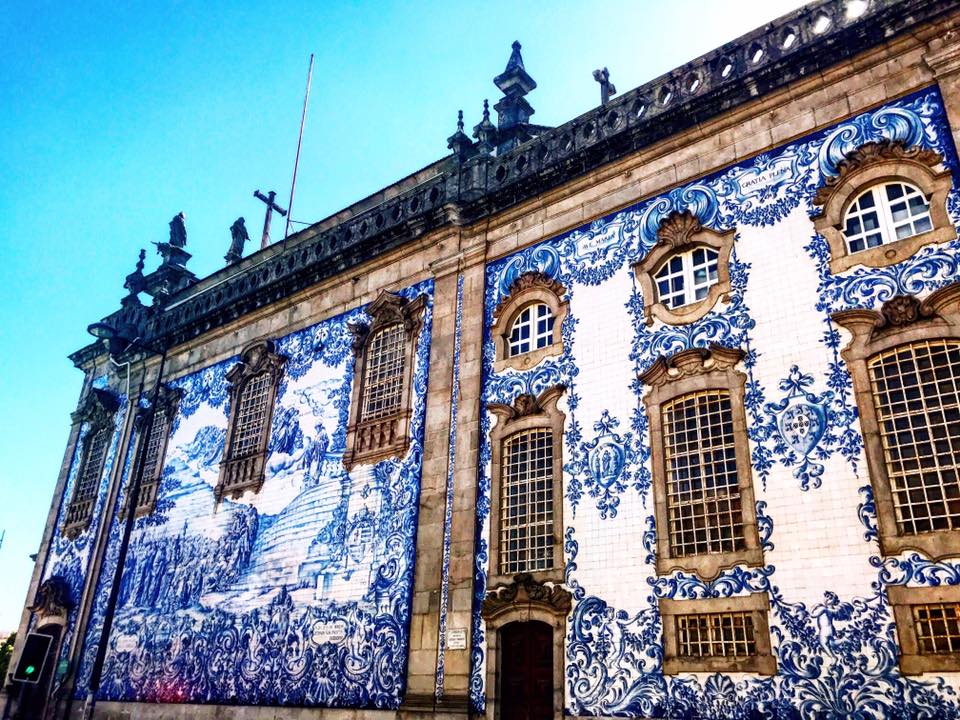
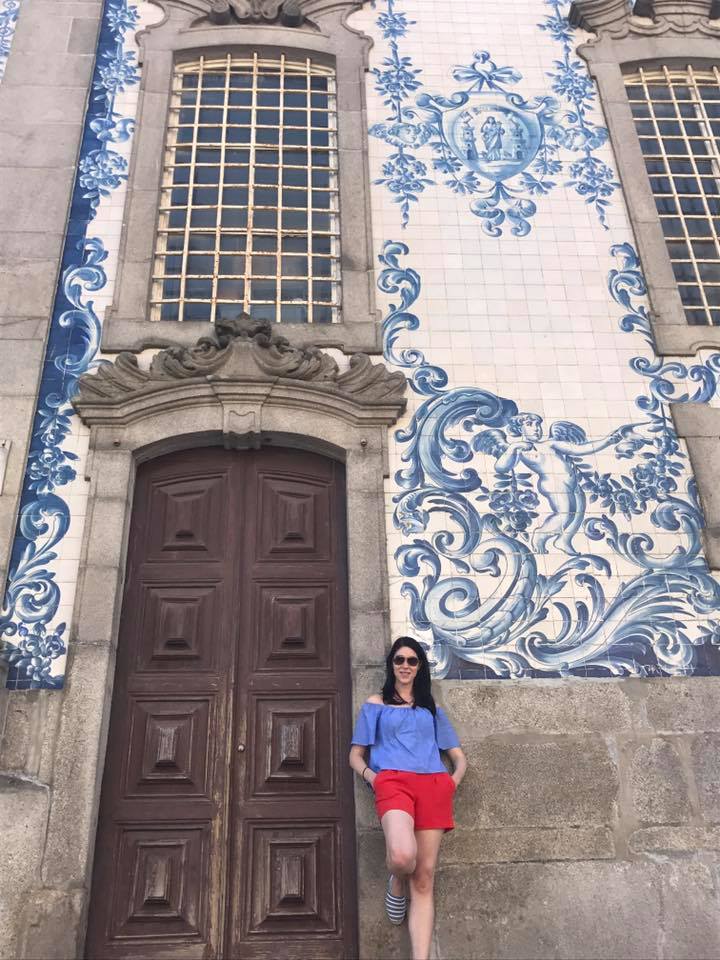
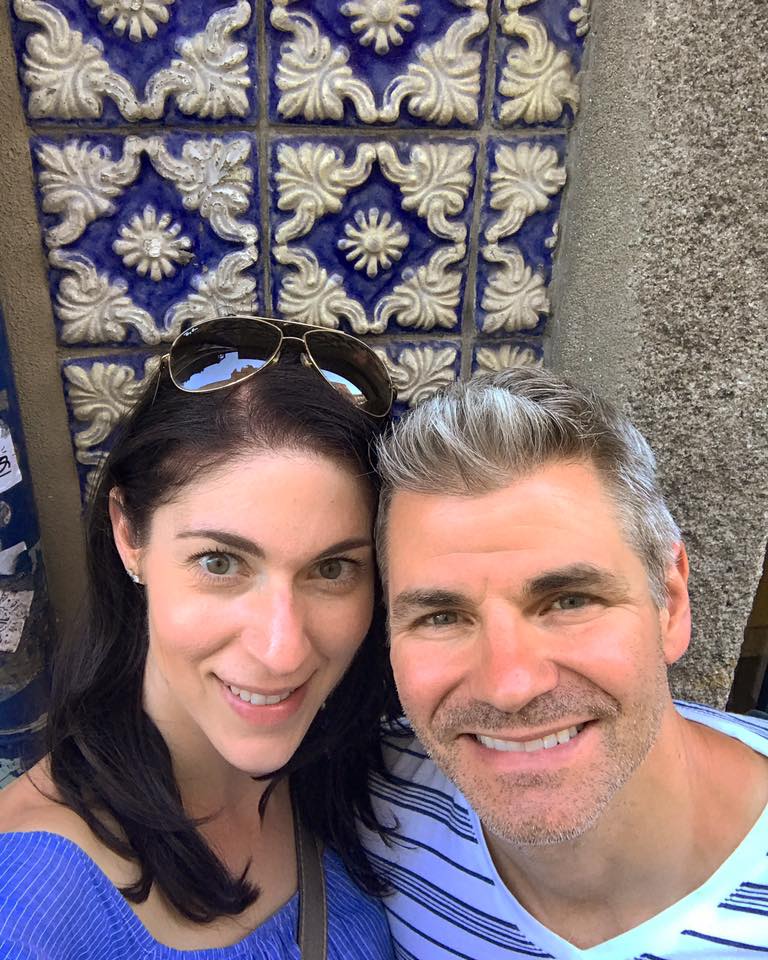
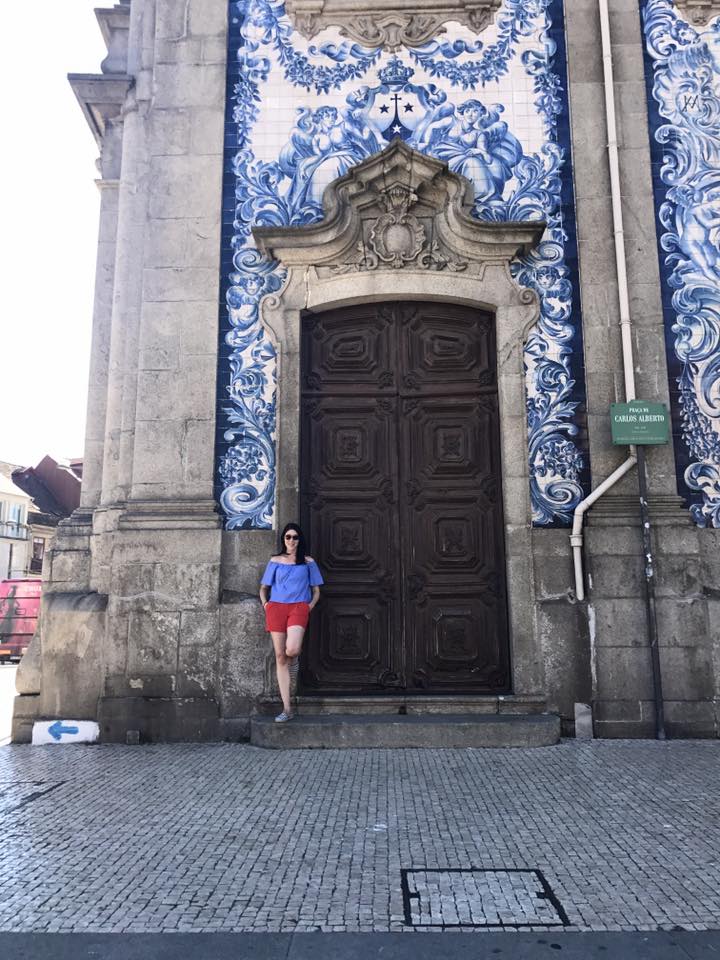
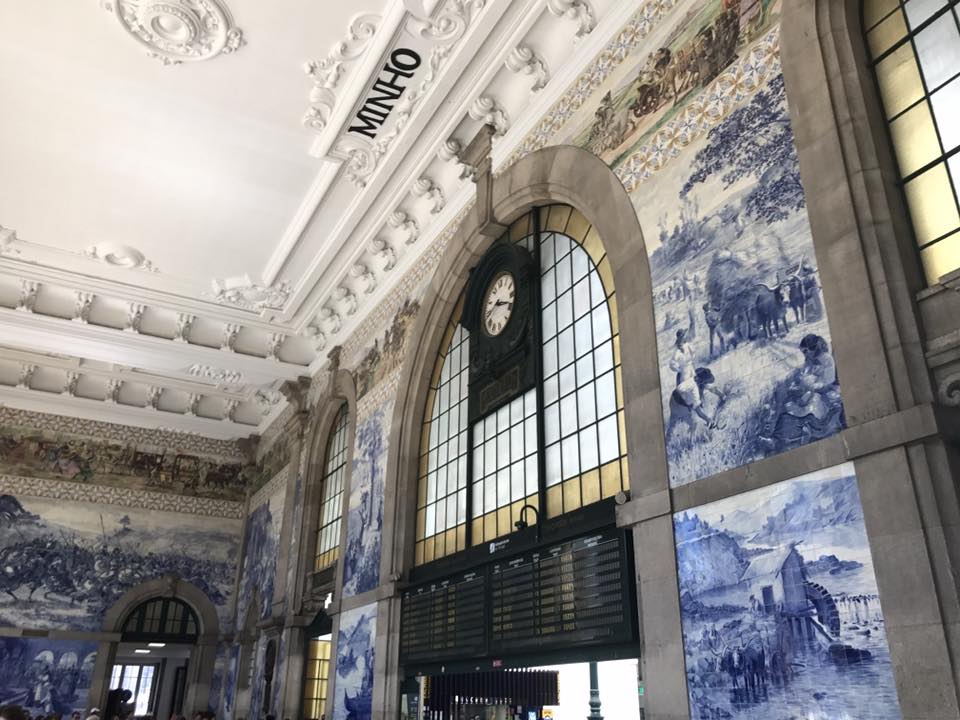 We even went to a tile museum, kind of. This place is a government owned and operated tile cooperative. While it does display all of Porto’s traditional tiles, it also supplies tile. So, if you have building that has traditional tile, and you are missing a few pieces, you come in, they verify that you are legit (as in you own the building and you are restoring it), and then they just give you the tile. As in, for free. They will also take tile if you are remodeling and getting rid of the tile (why you would ever do that is beyond me). They will not, however, sell you tile (trust me, I tried).
We even went to a tile museum, kind of. This place is a government owned and operated tile cooperative. While it does display all of Porto’s traditional tiles, it also supplies tile. So, if you have building that has traditional tile, and you are missing a few pieces, you come in, they verify that you are legit (as in you own the building and you are restoring it), and then they just give you the tile. As in, for free. They will also take tile if you are remodeling and getting rid of the tile (why you would ever do that is beyond me). They will not, however, sell you tile (trust me, I tried).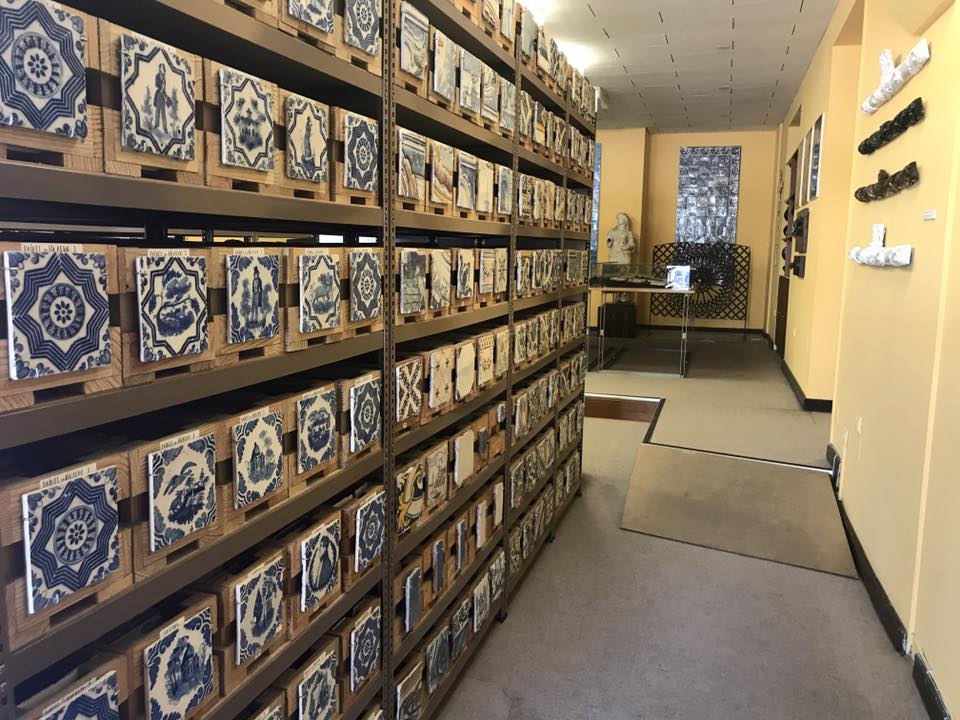
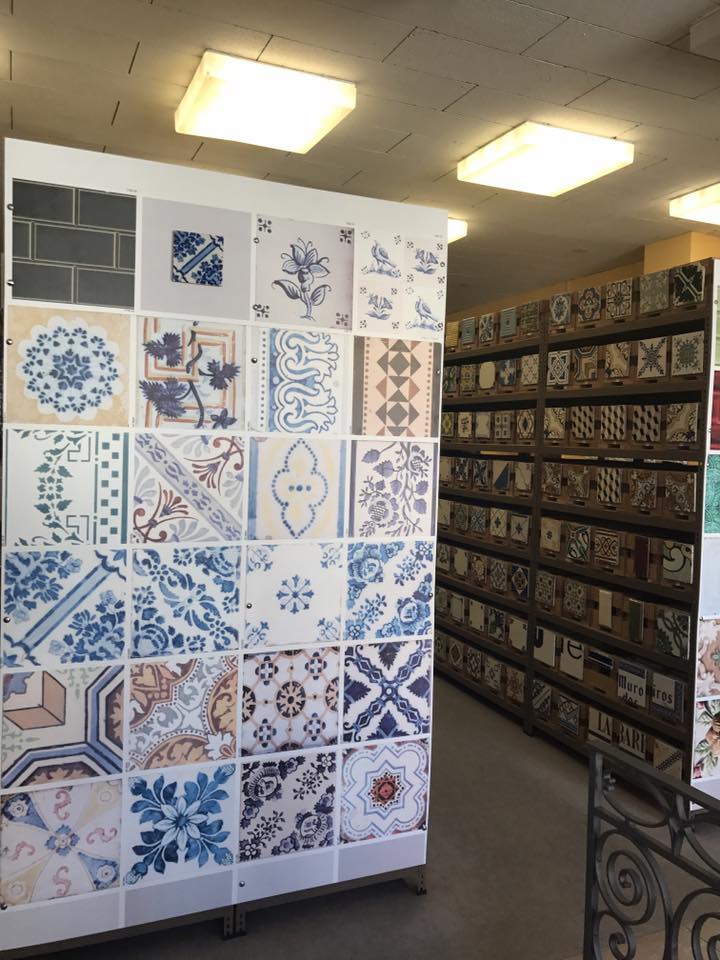
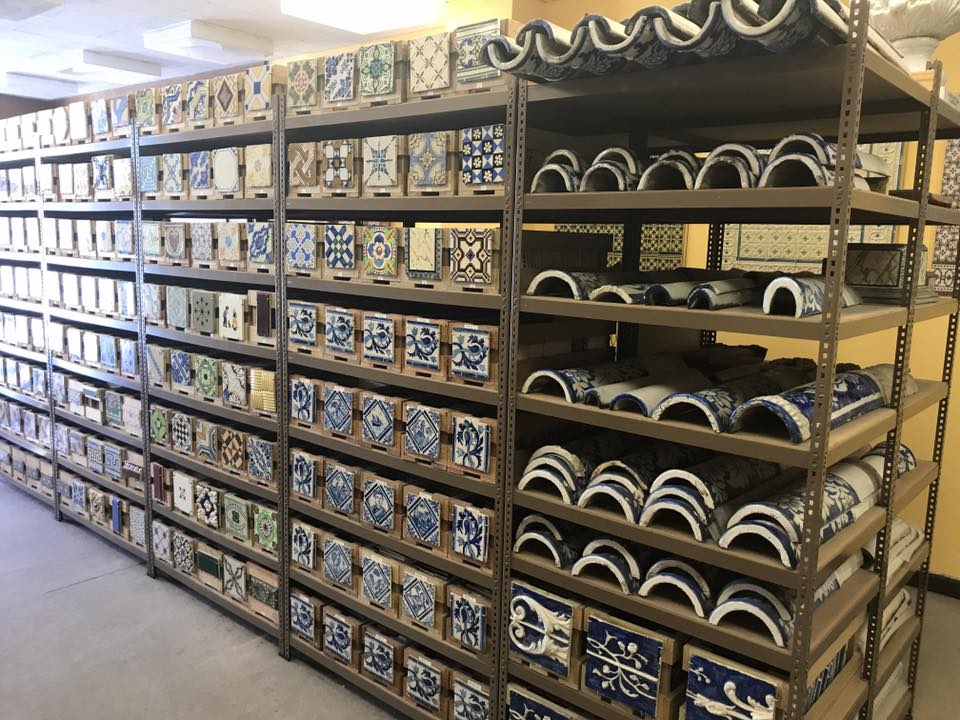 We also visited some of Porto’s most famous food shops. These are legit shops that sell traditional Portuguese products. The most famous among them is
We also visited some of Porto’s most famous food shops. These are legit shops that sell traditional Portuguese products. The most famous among them is 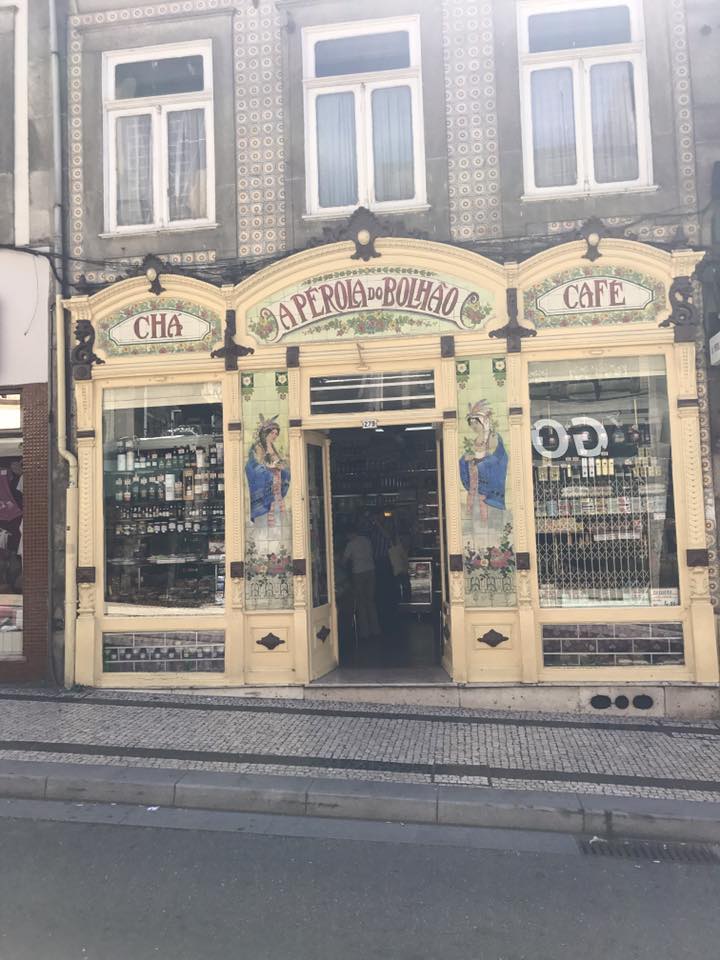
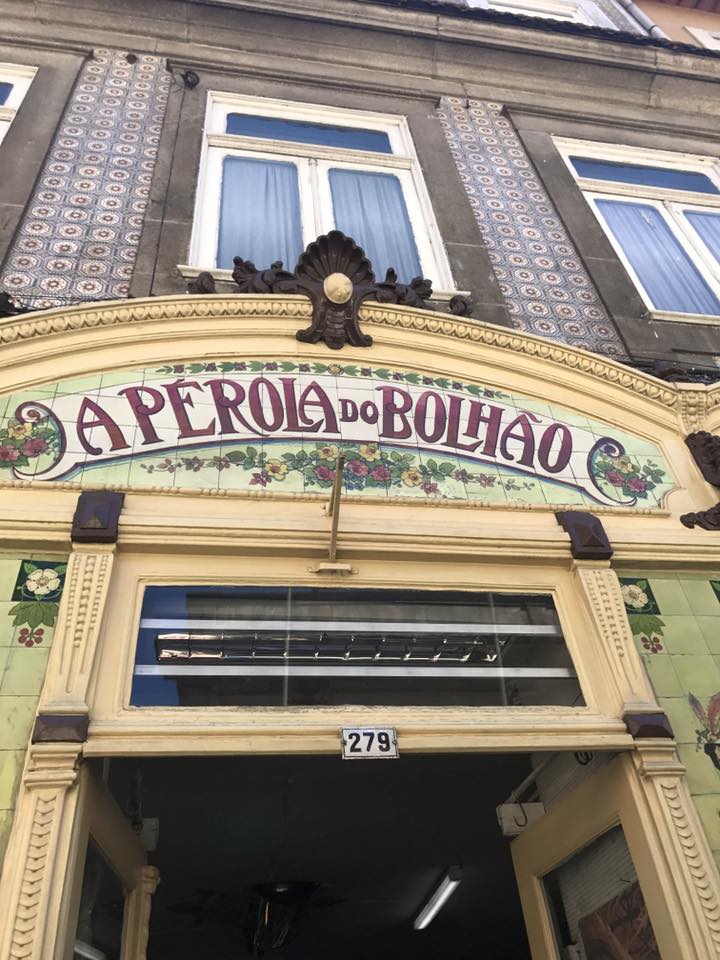
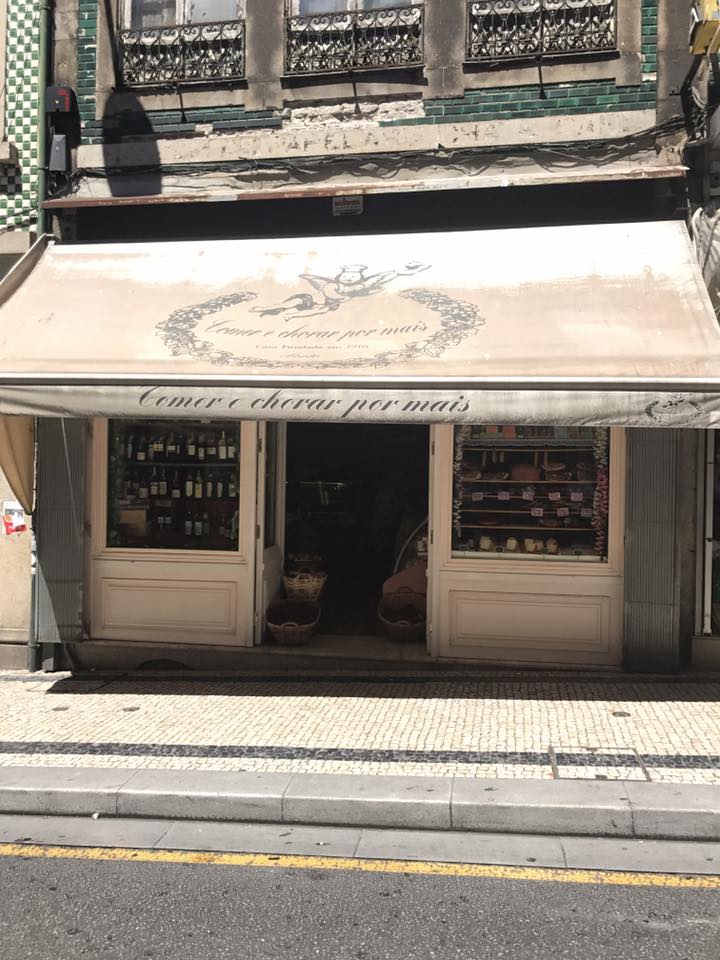


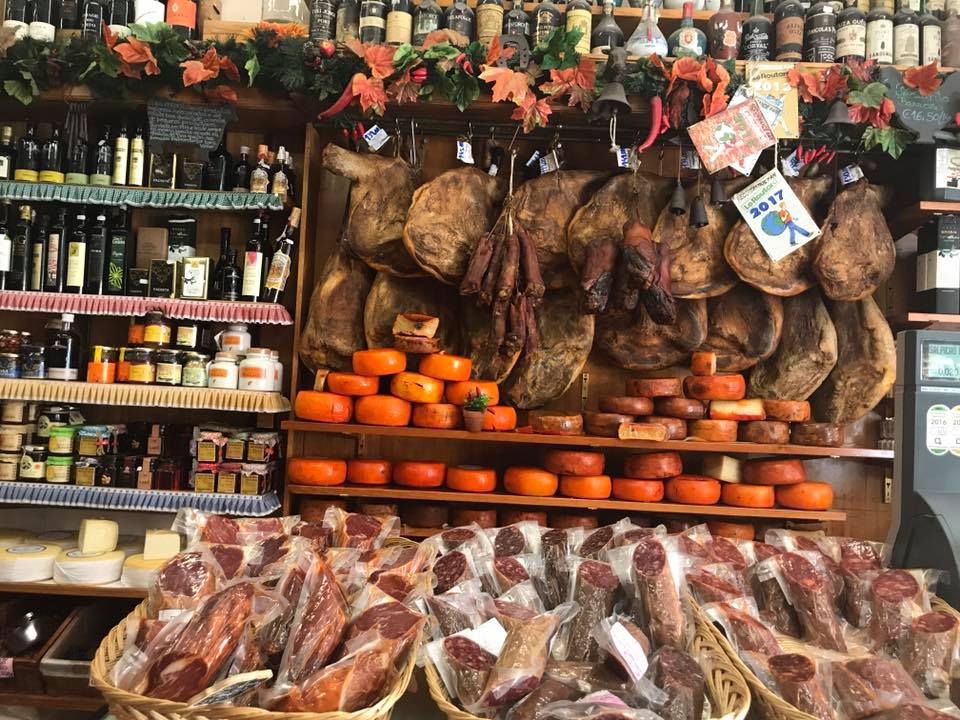
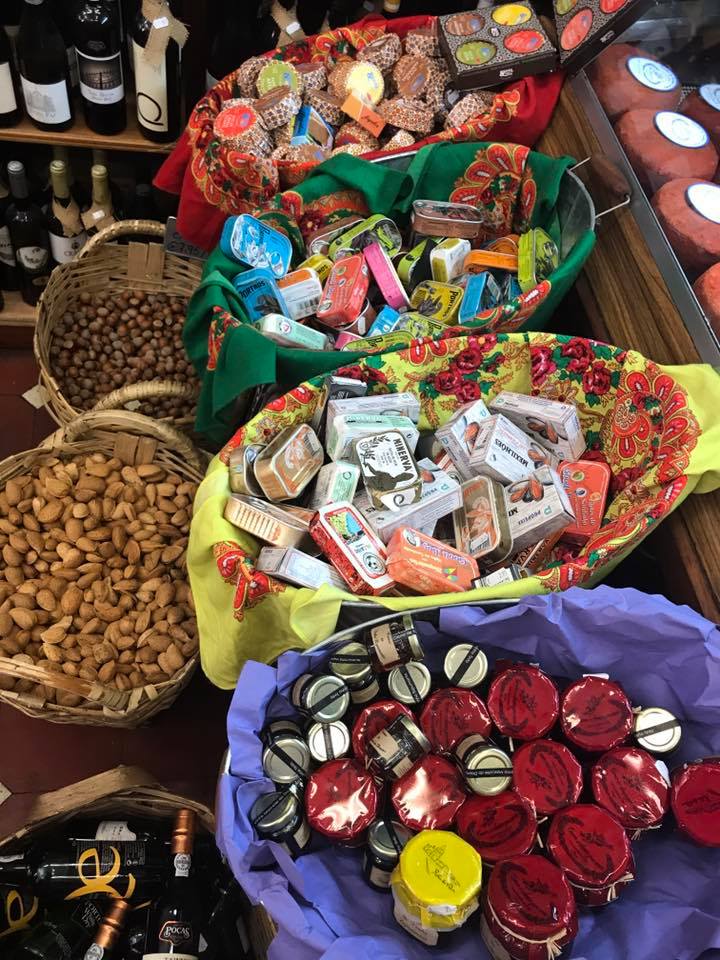
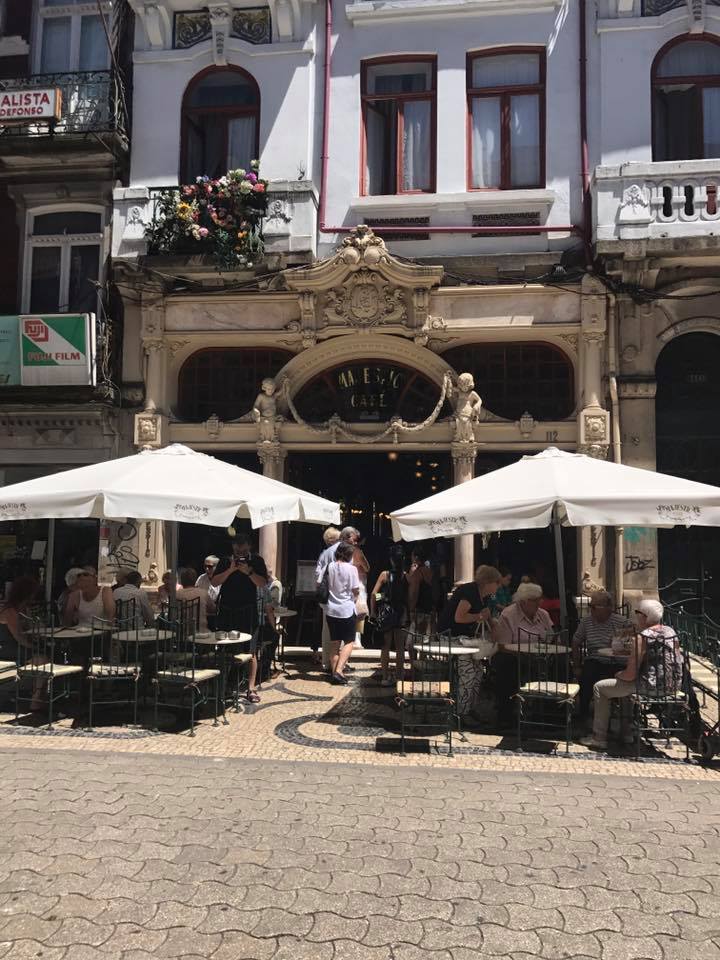
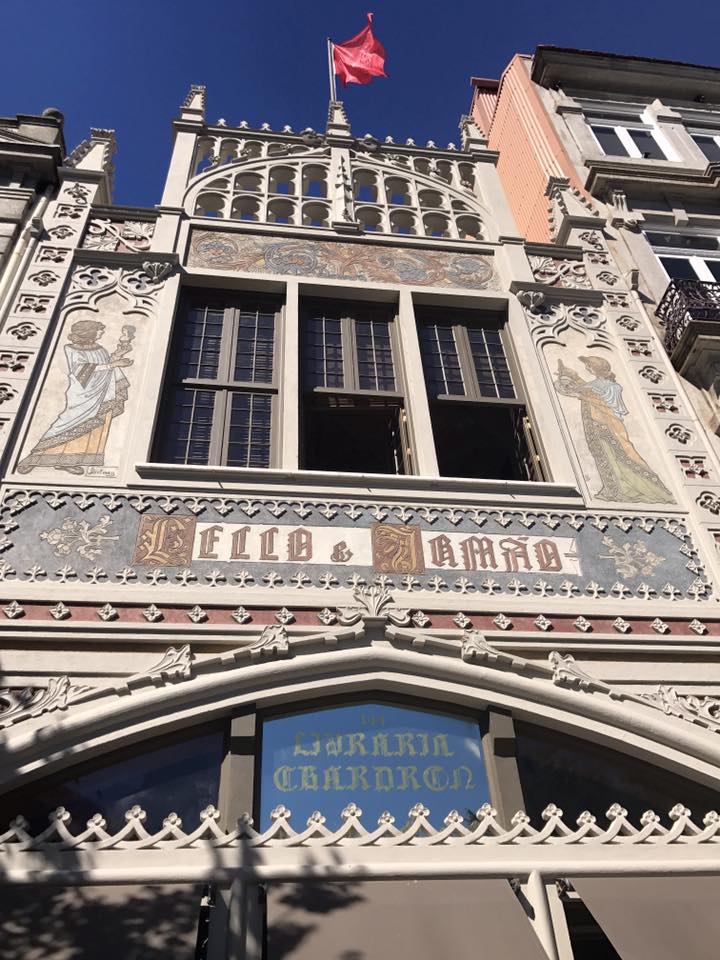
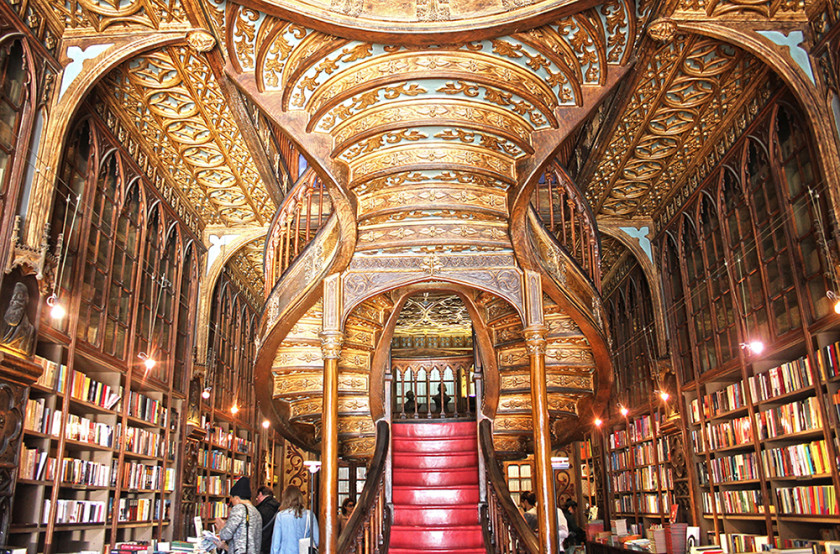
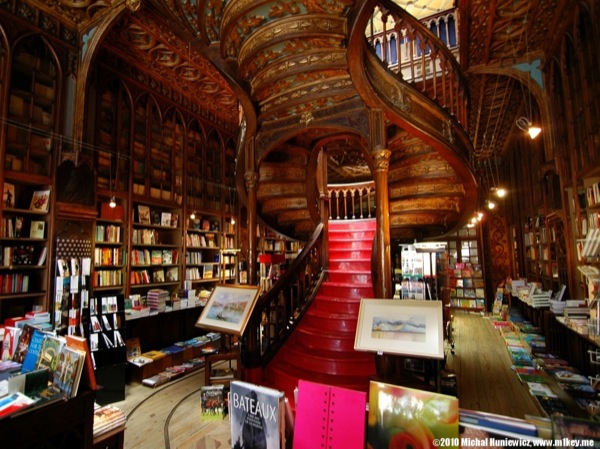
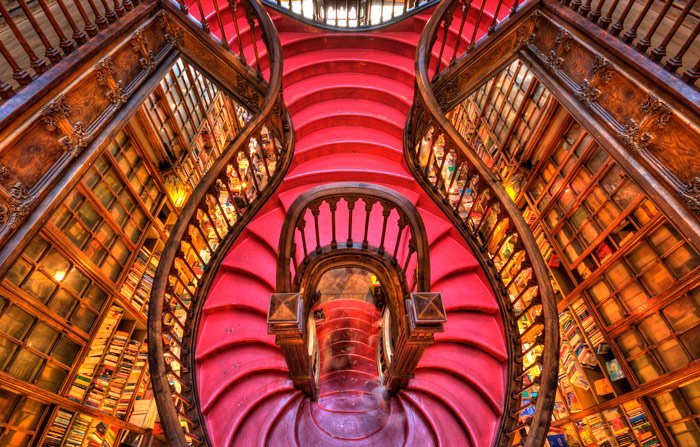
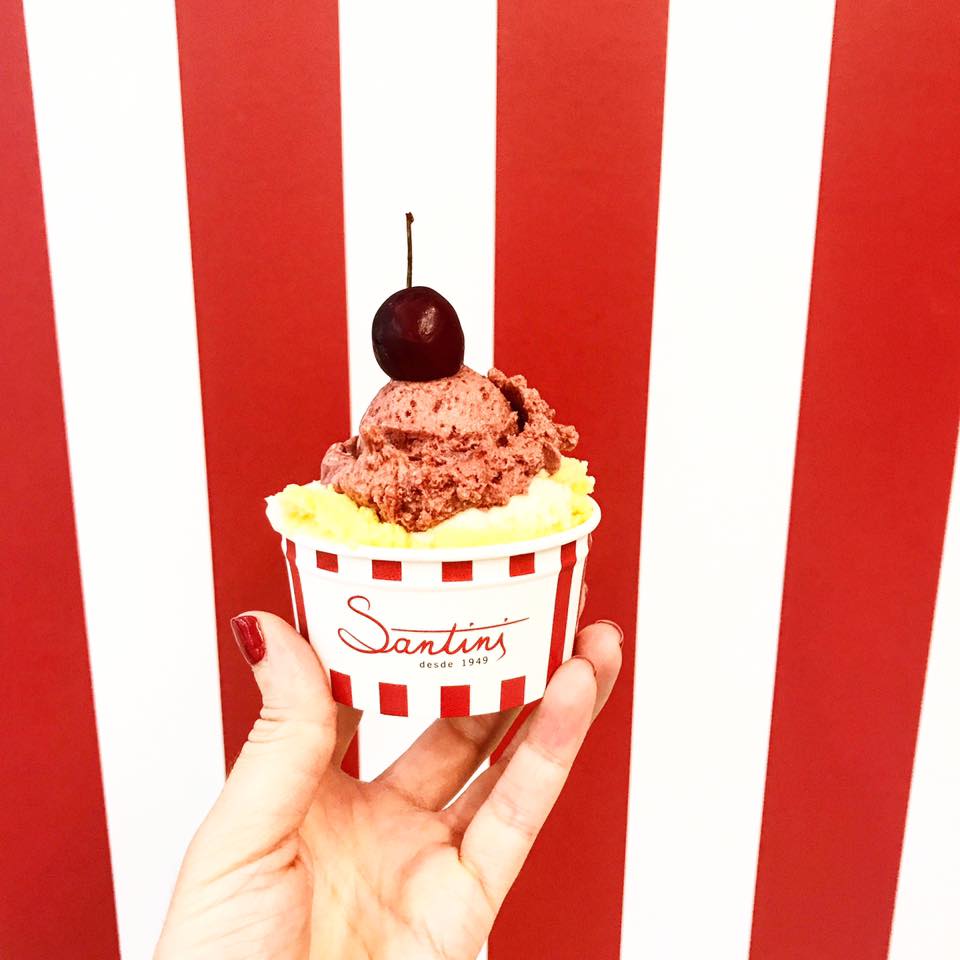 Alas, our day in Porto was coming to an end. We headed back to the airport with full bellies and achy feet; but it was worth every minute (and every calorie)!
Alas, our day in Porto was coming to an end. We headed back to the airport with full bellies and achy feet; but it was worth every minute (and every calorie)!